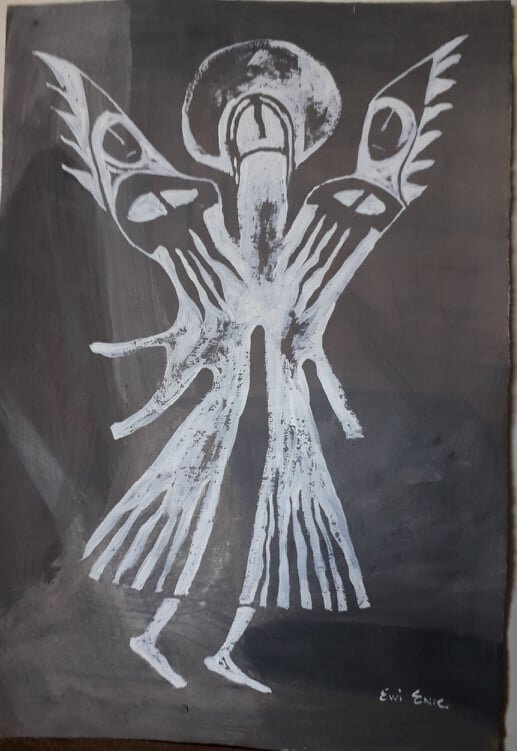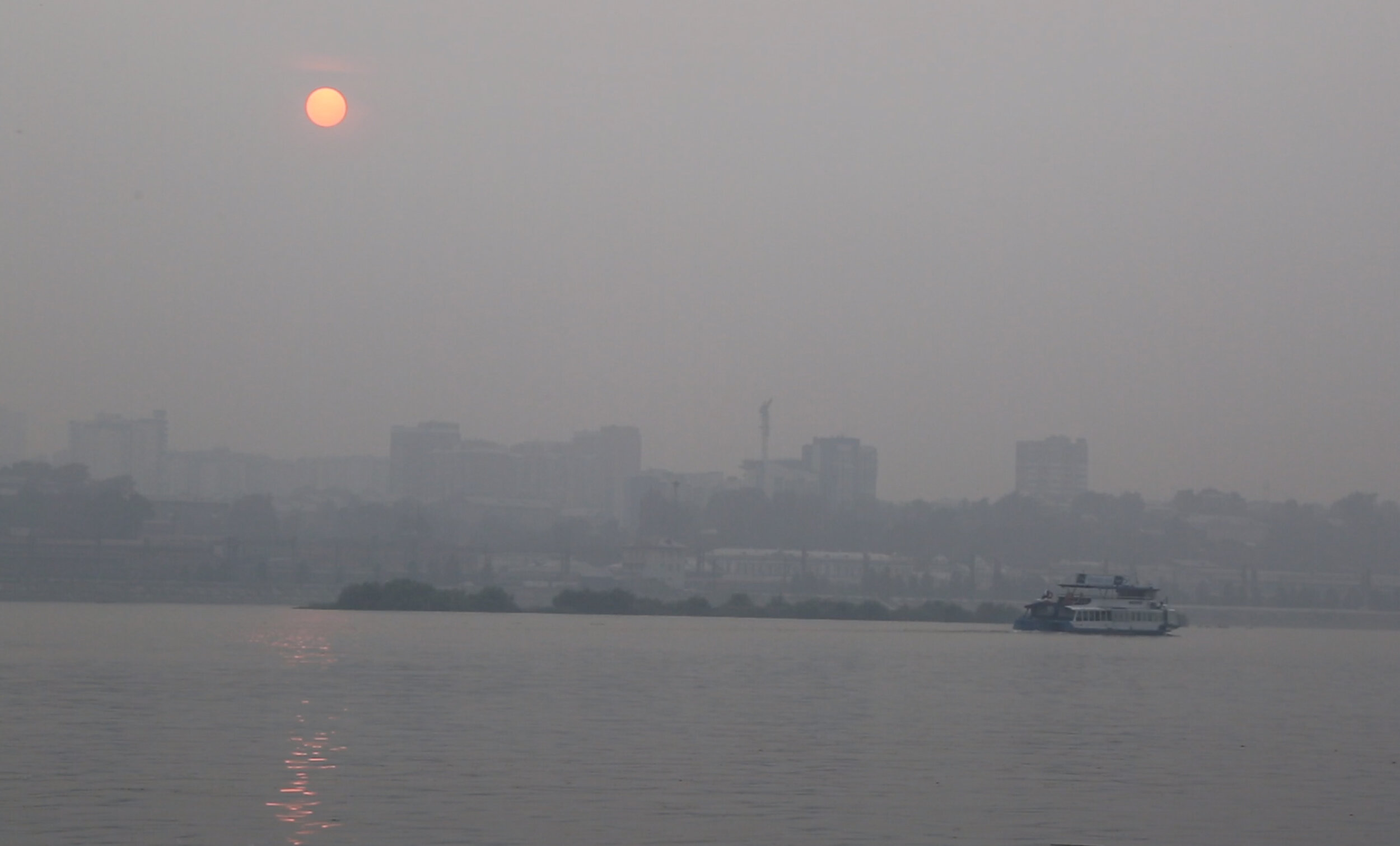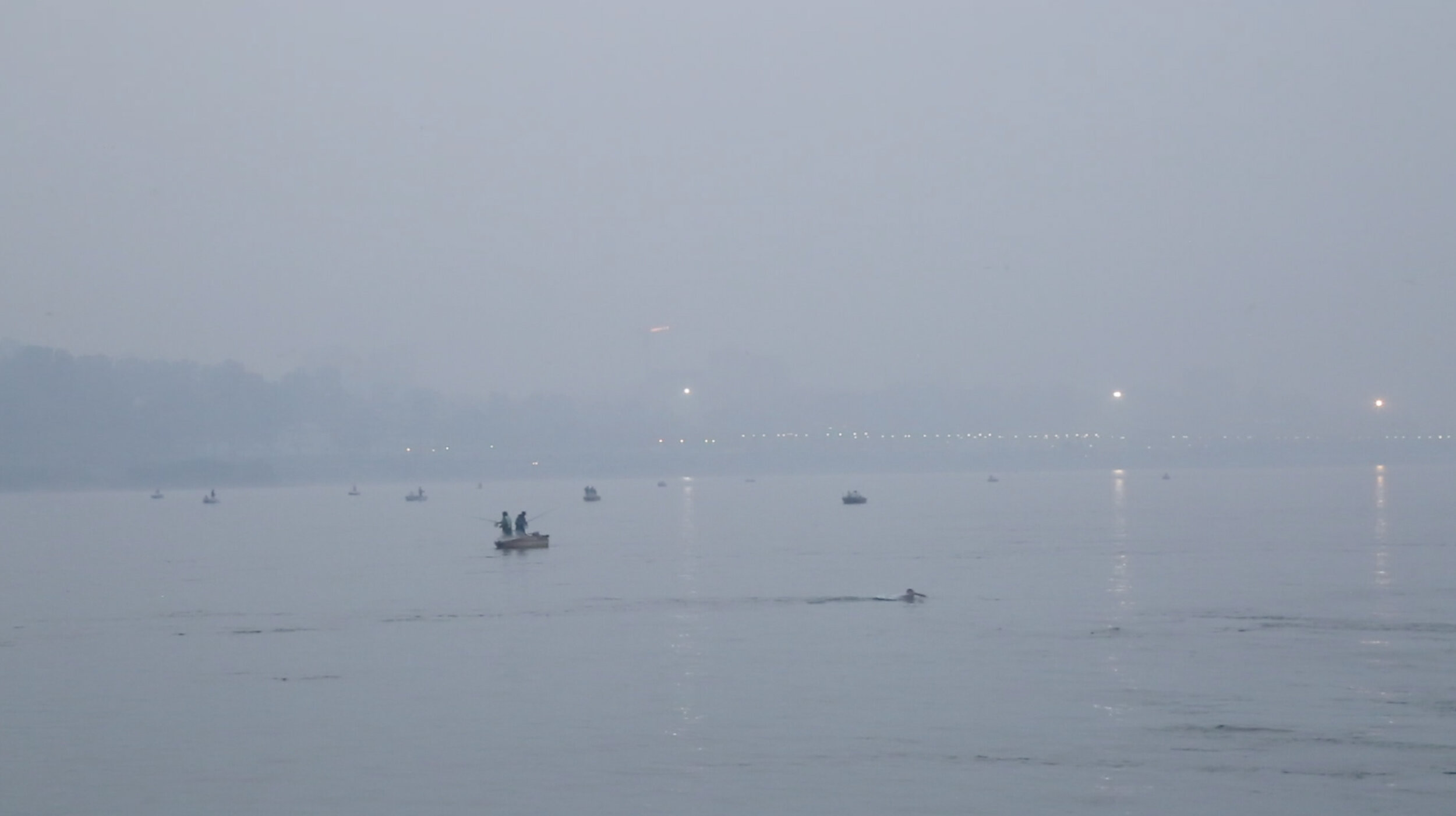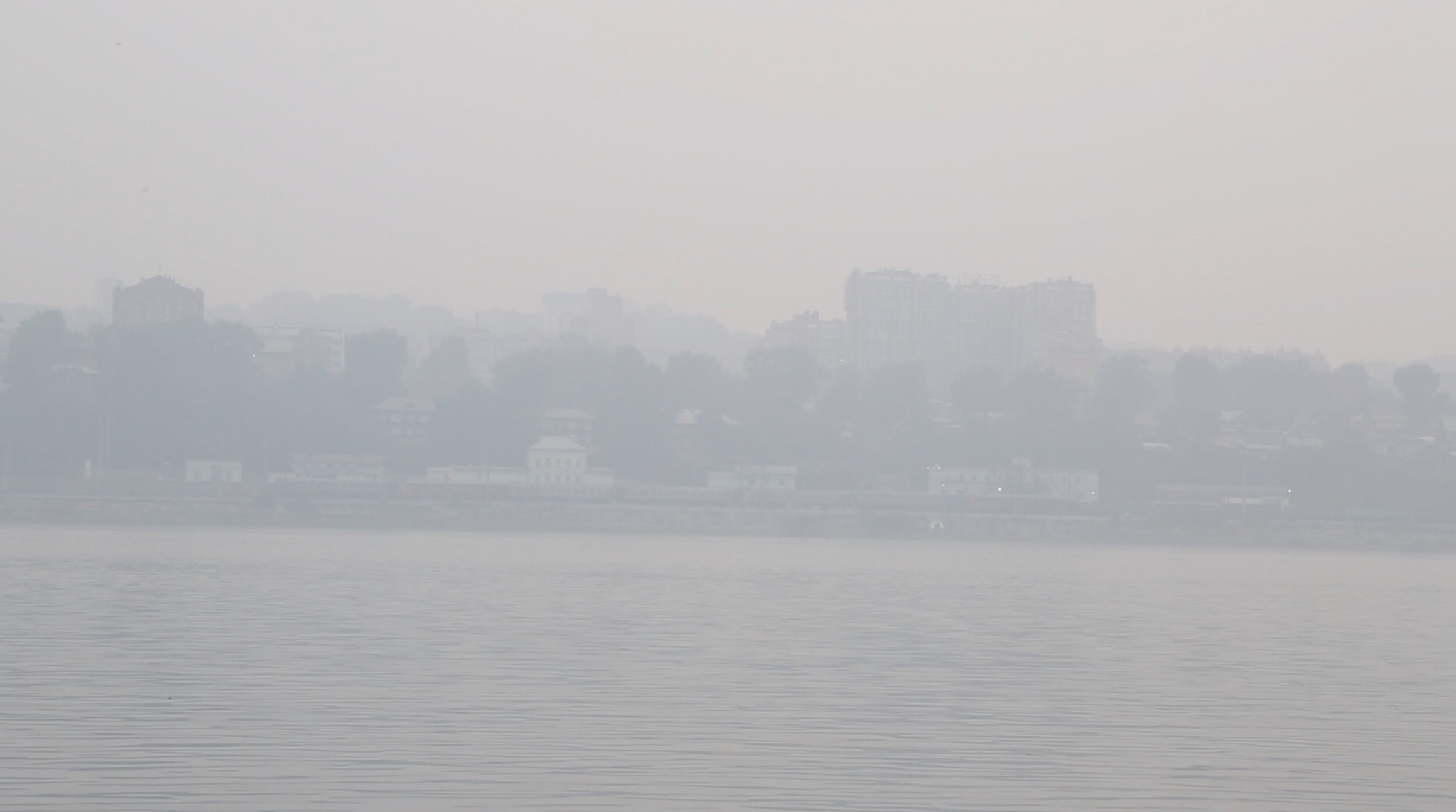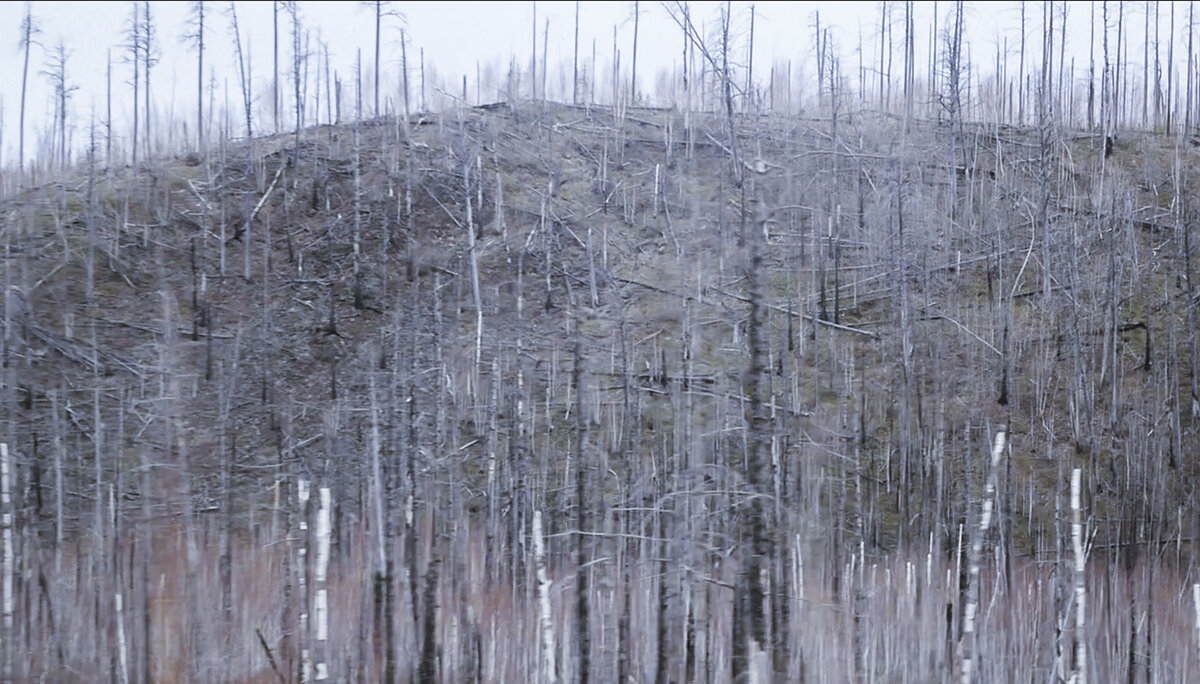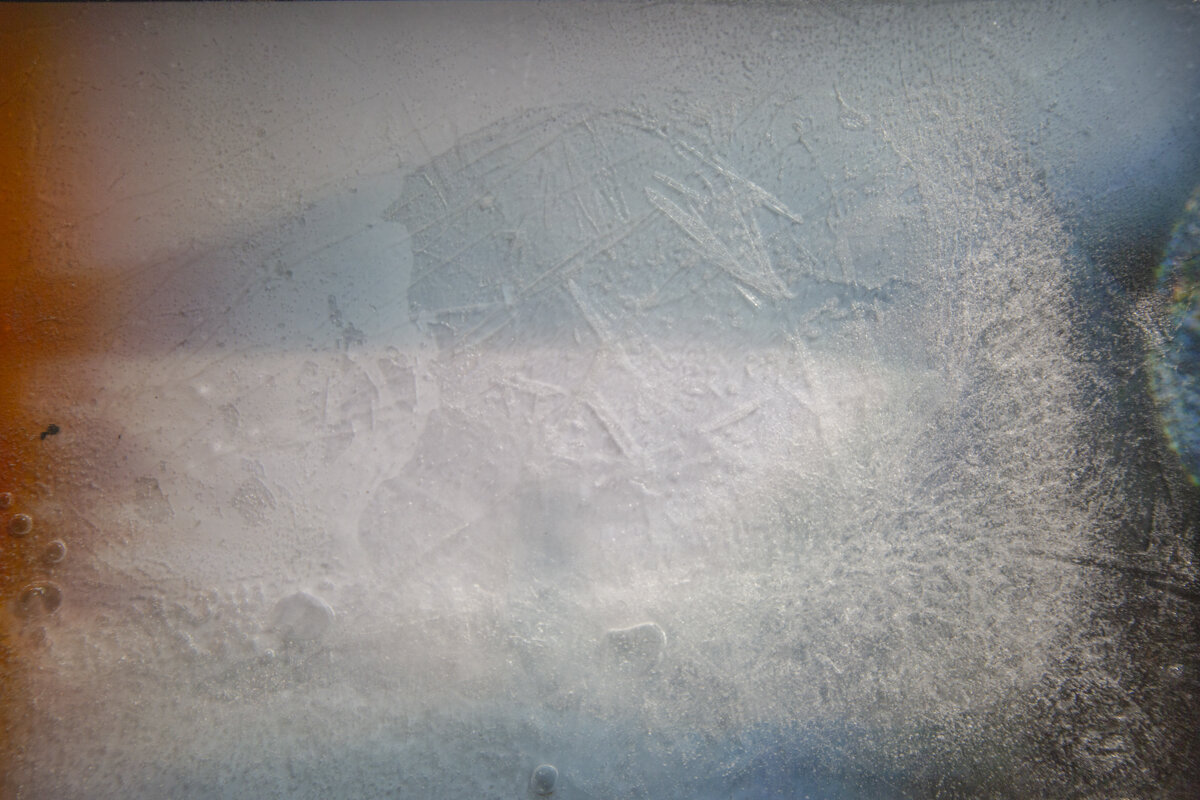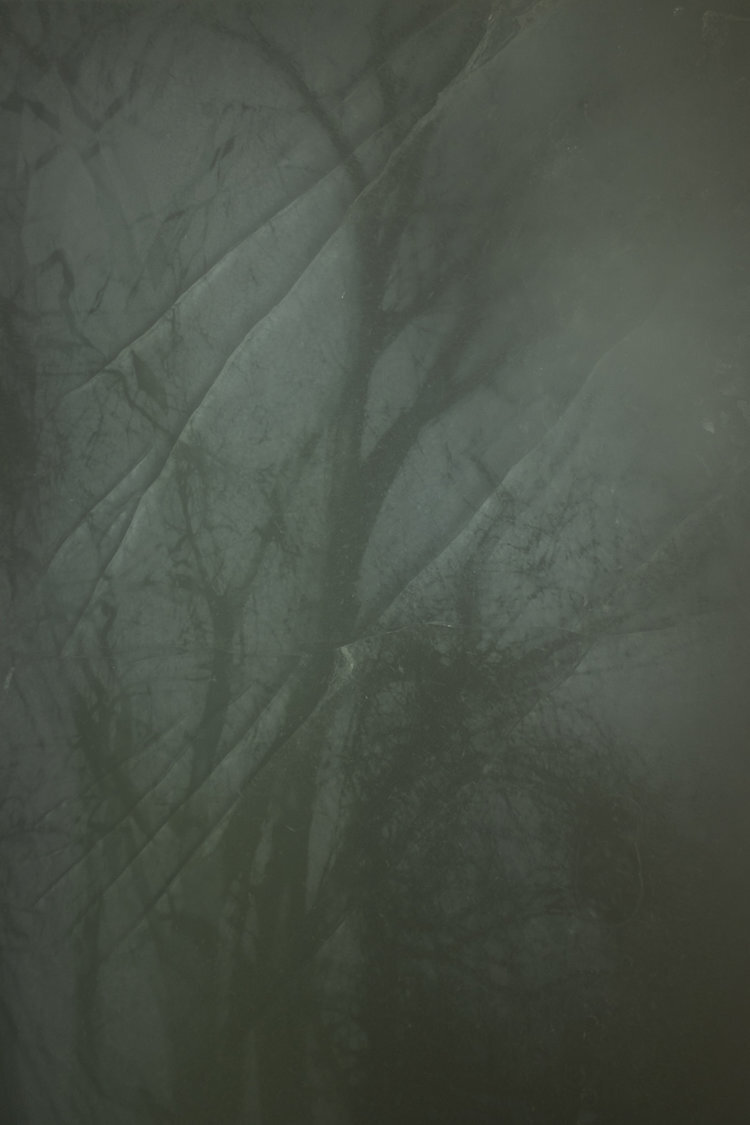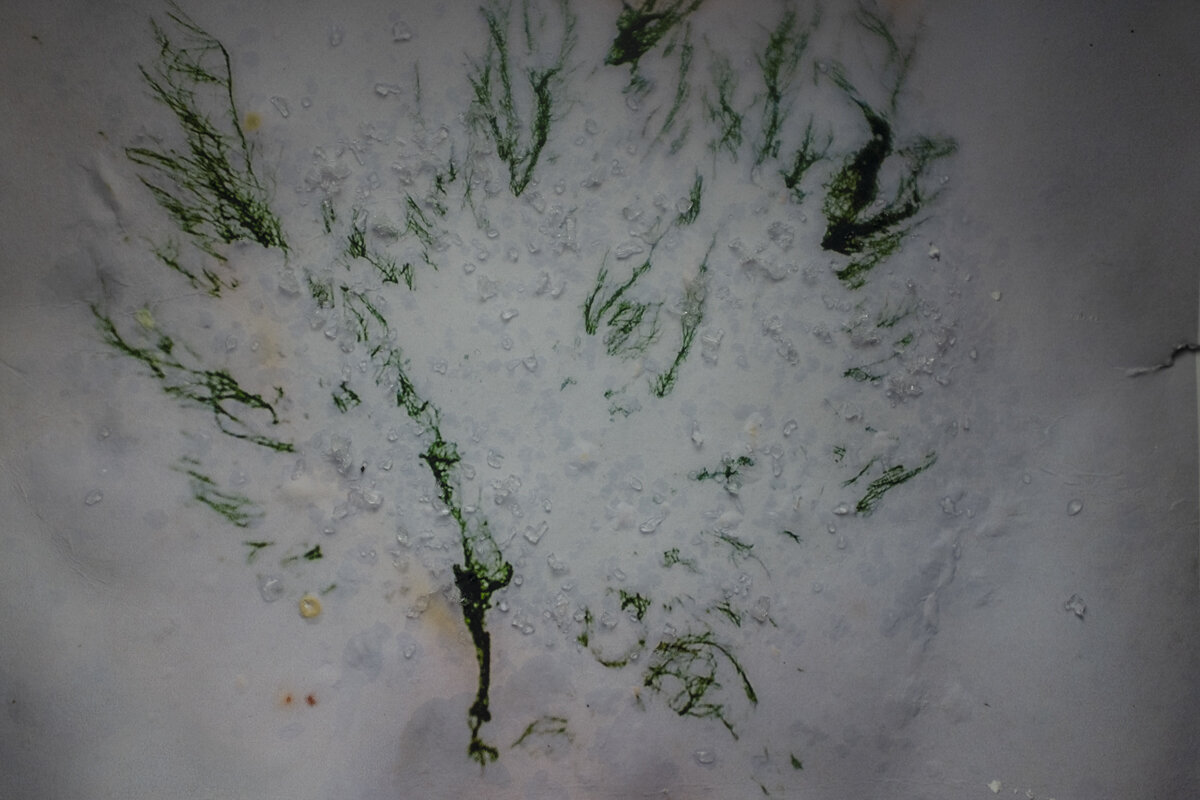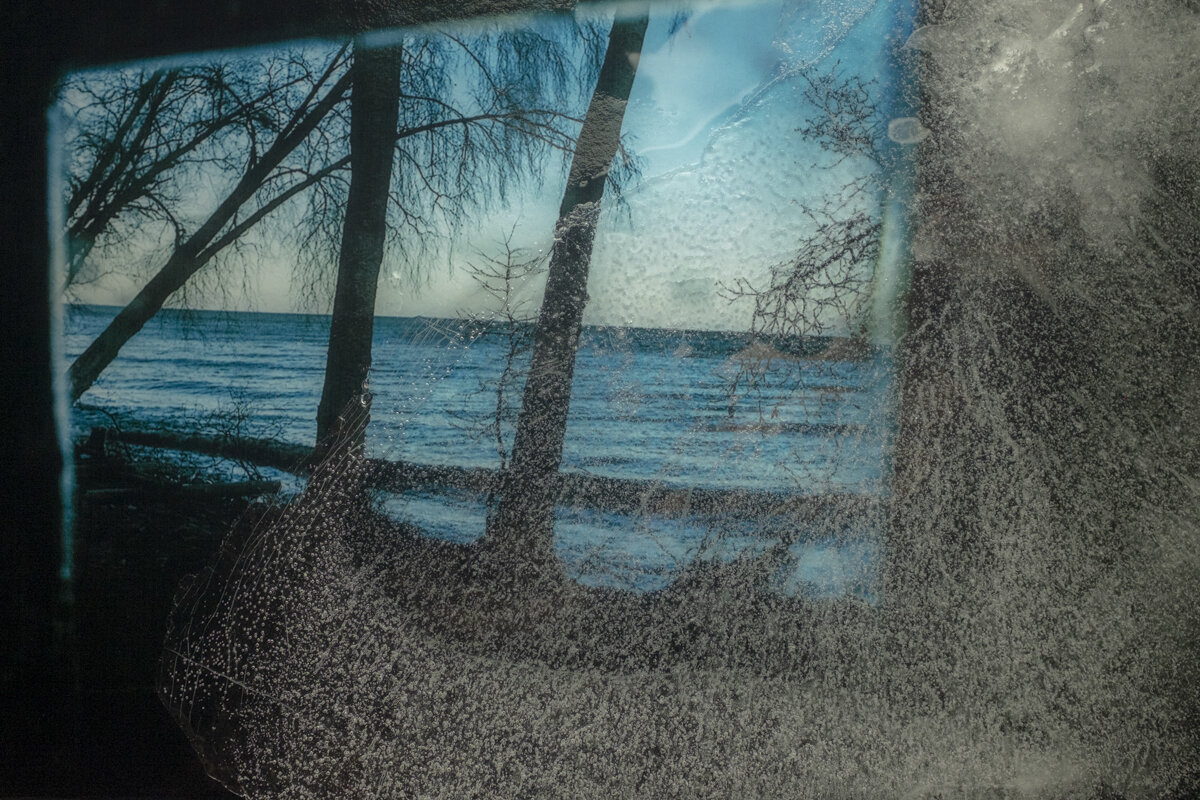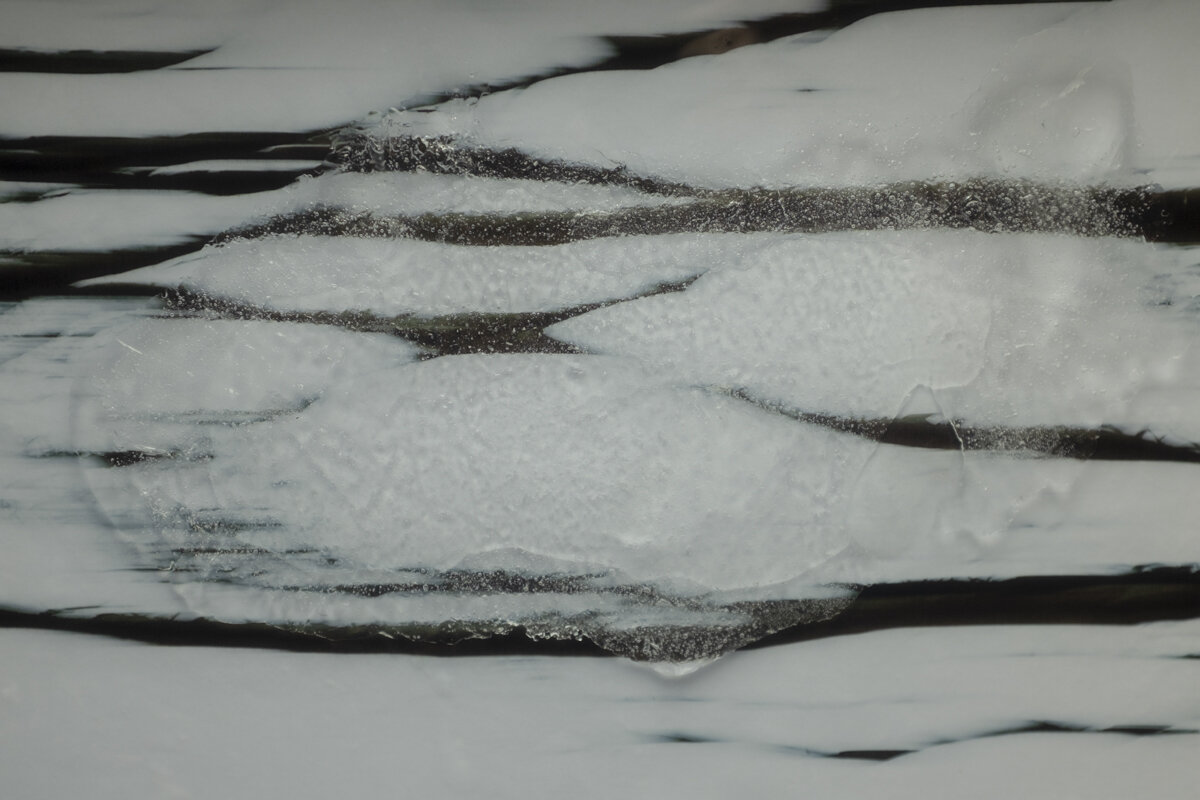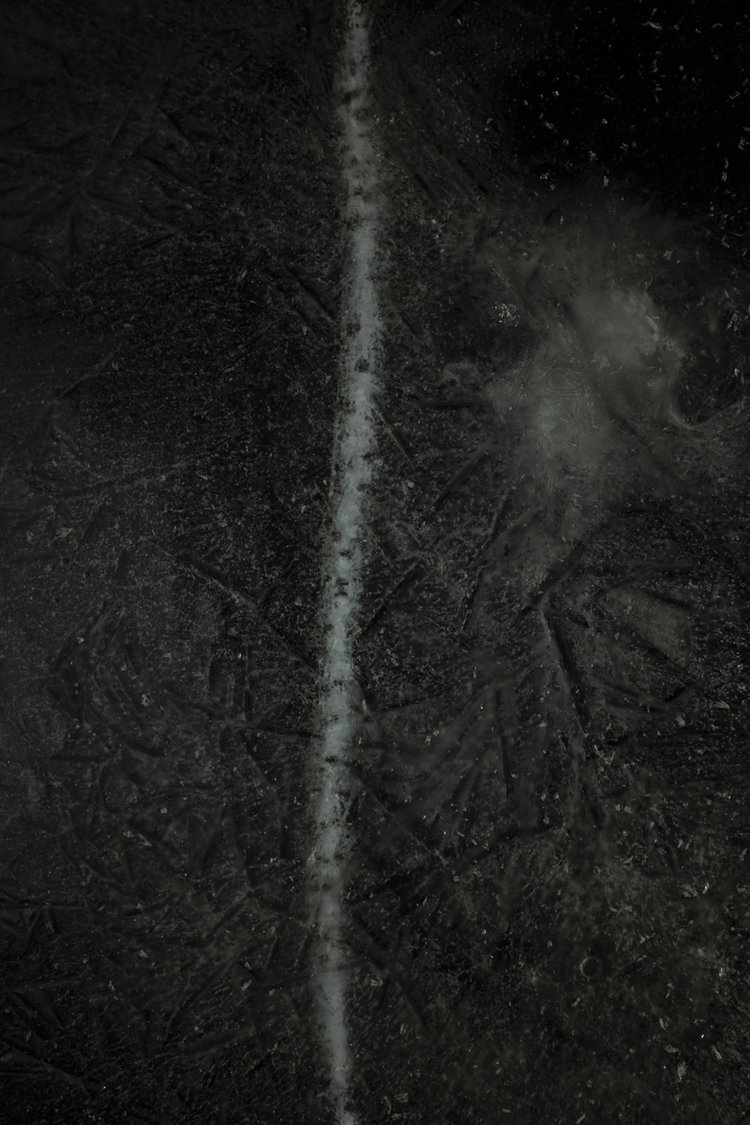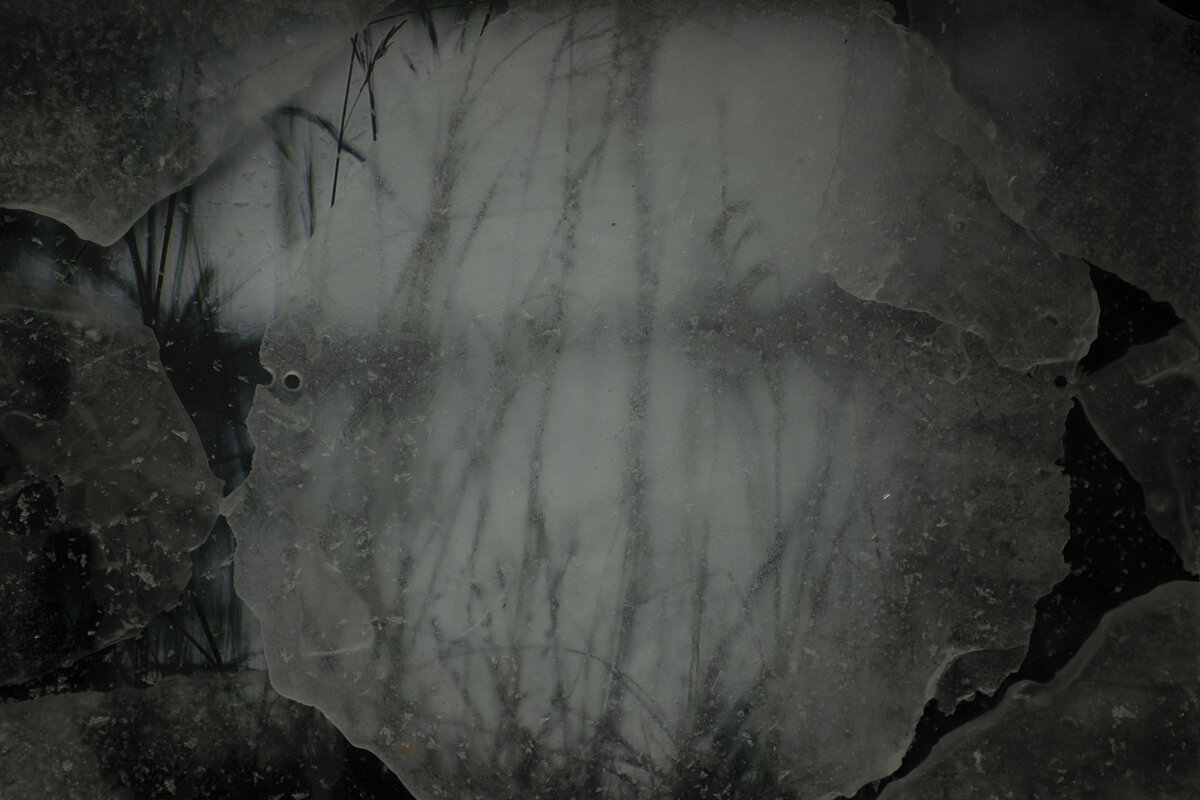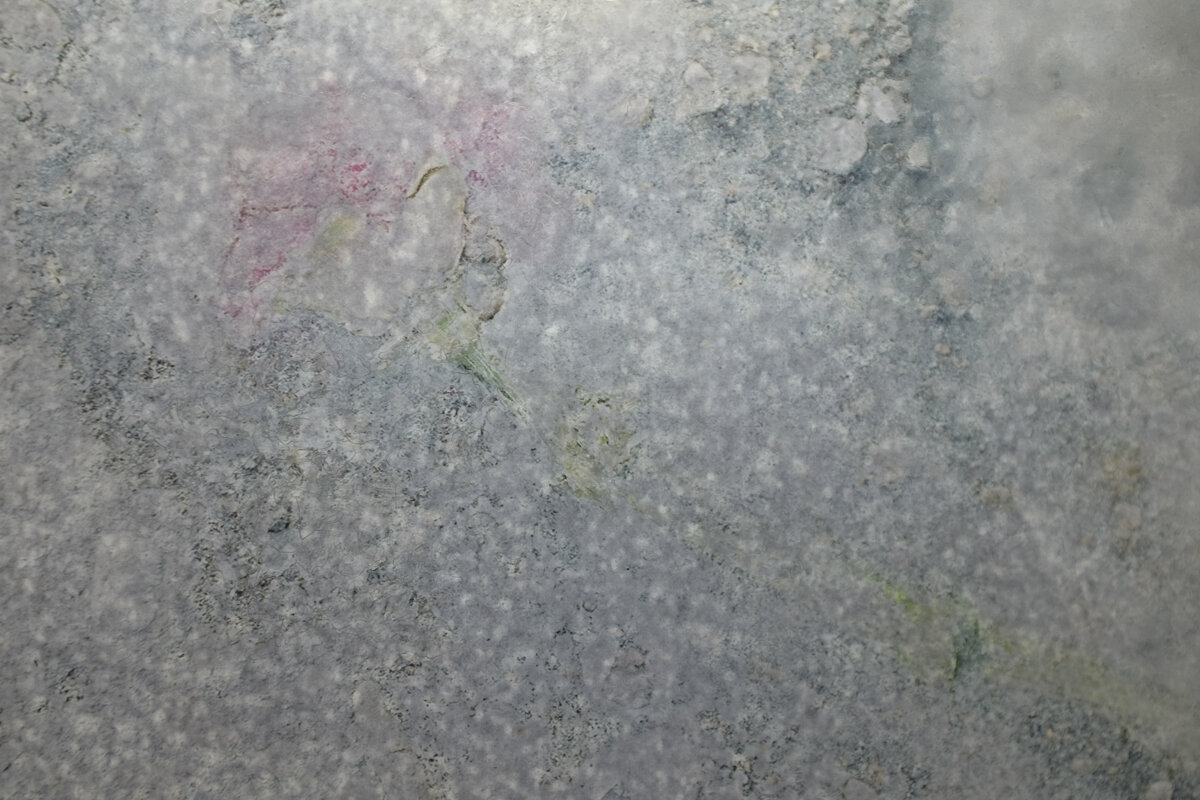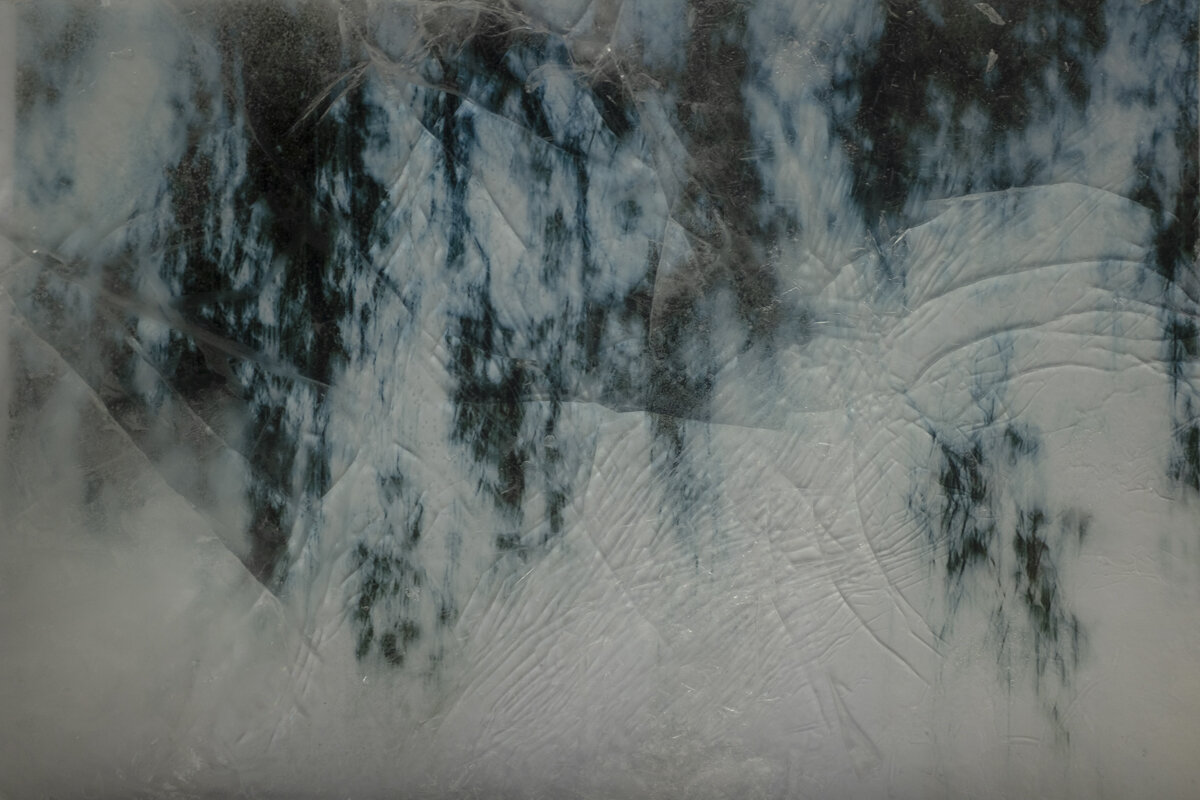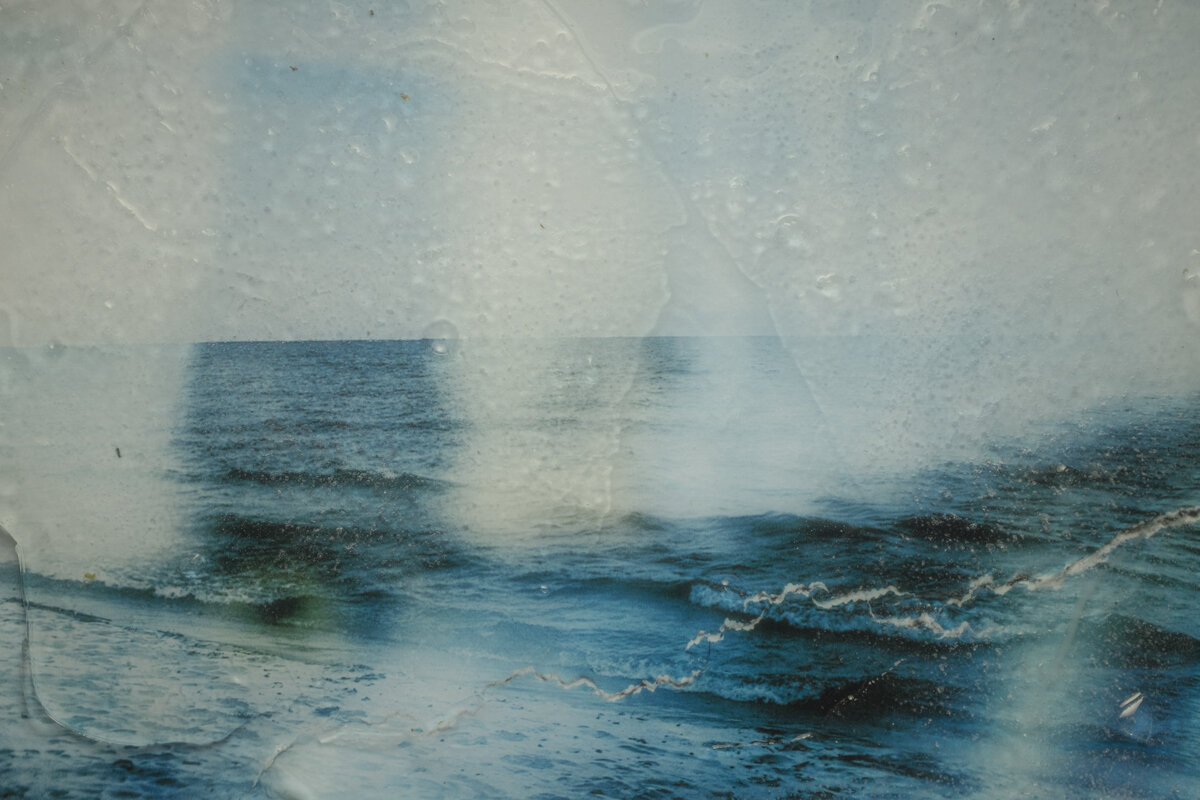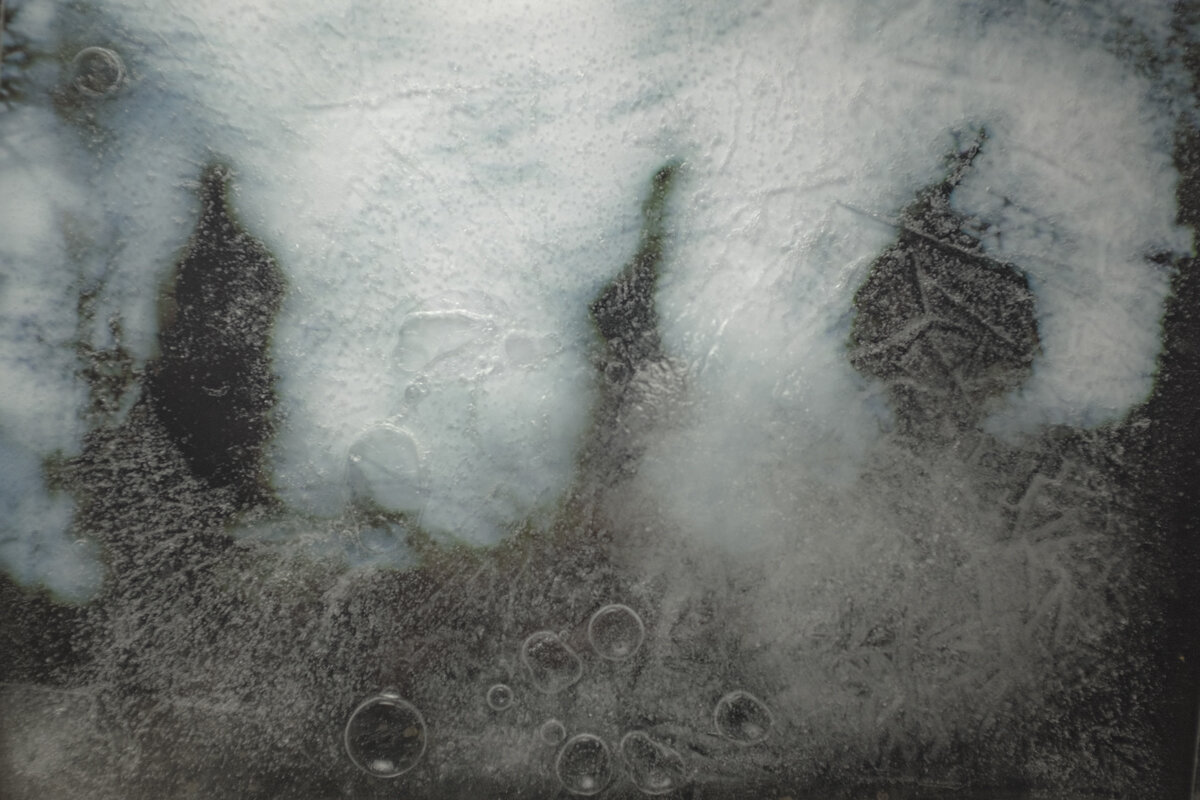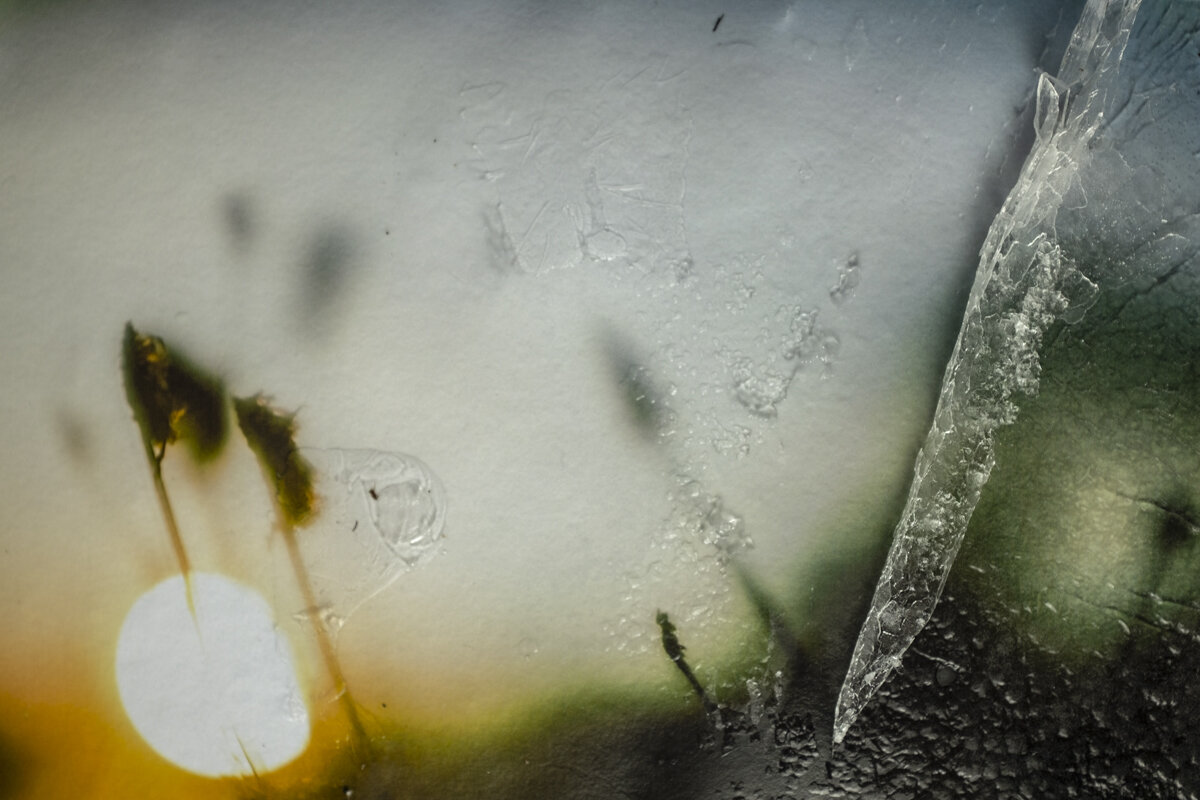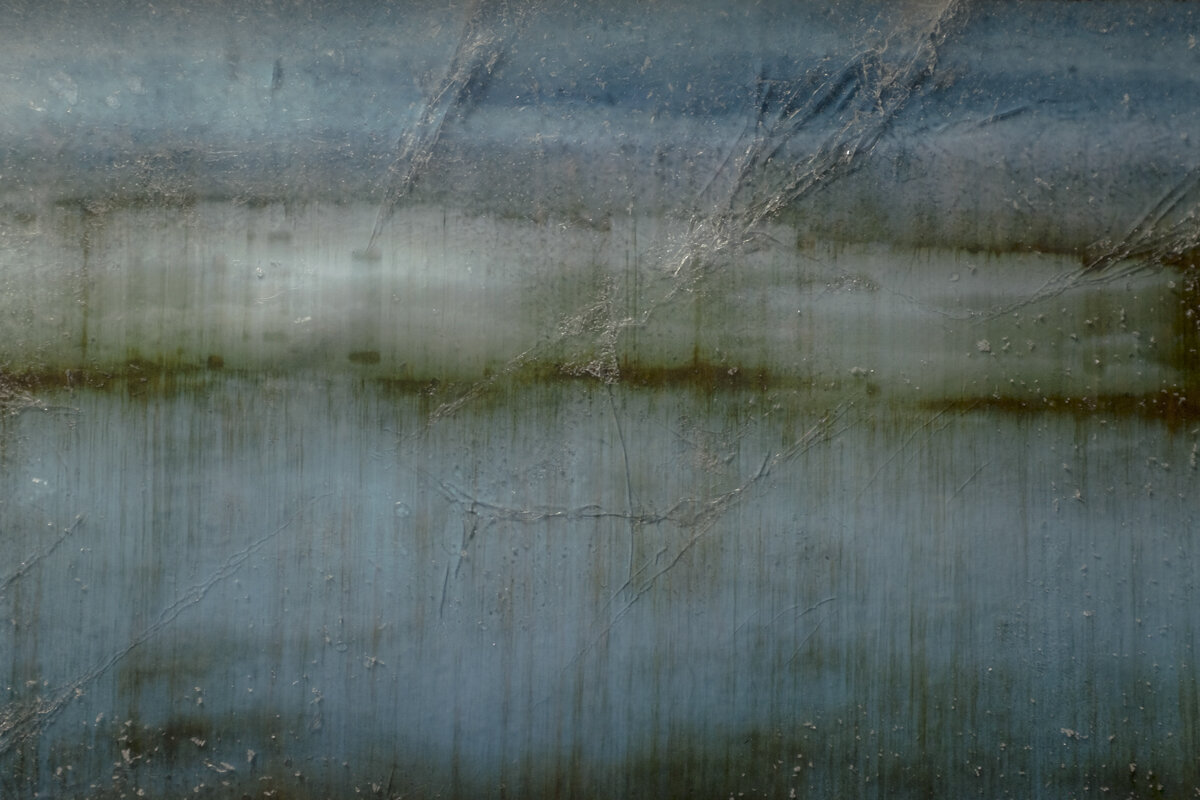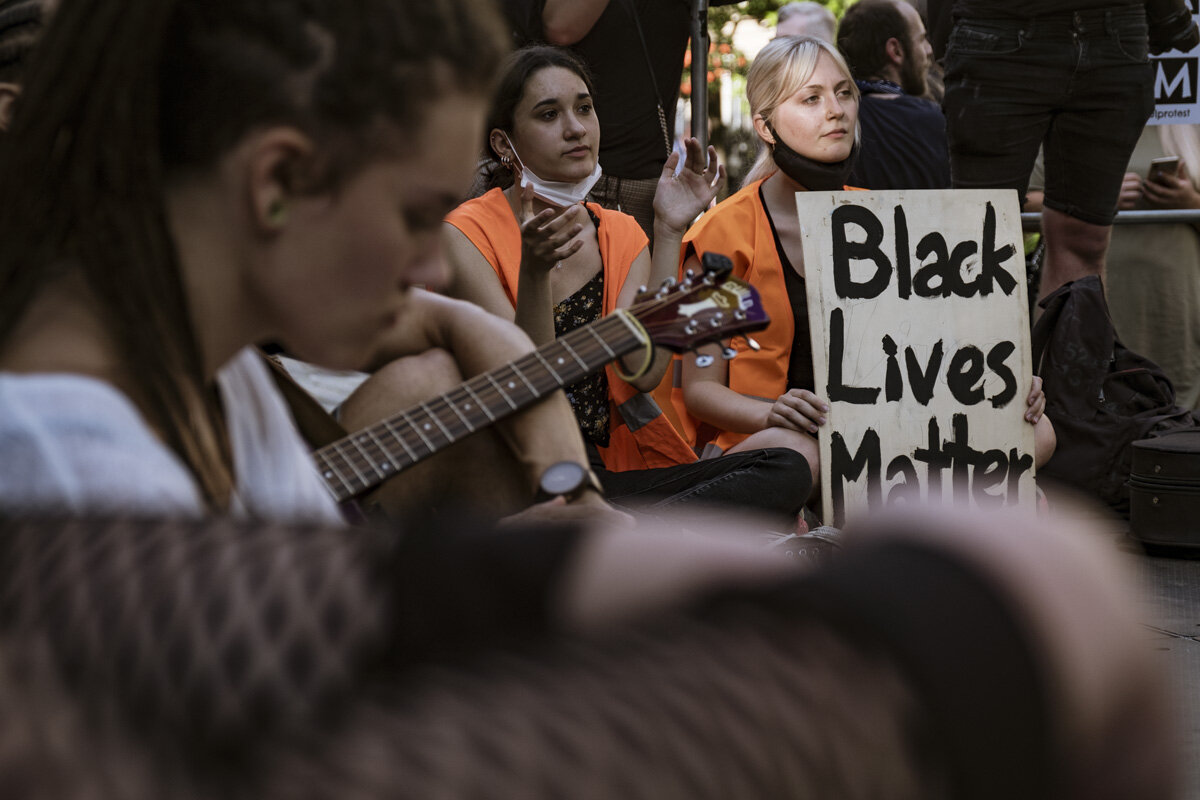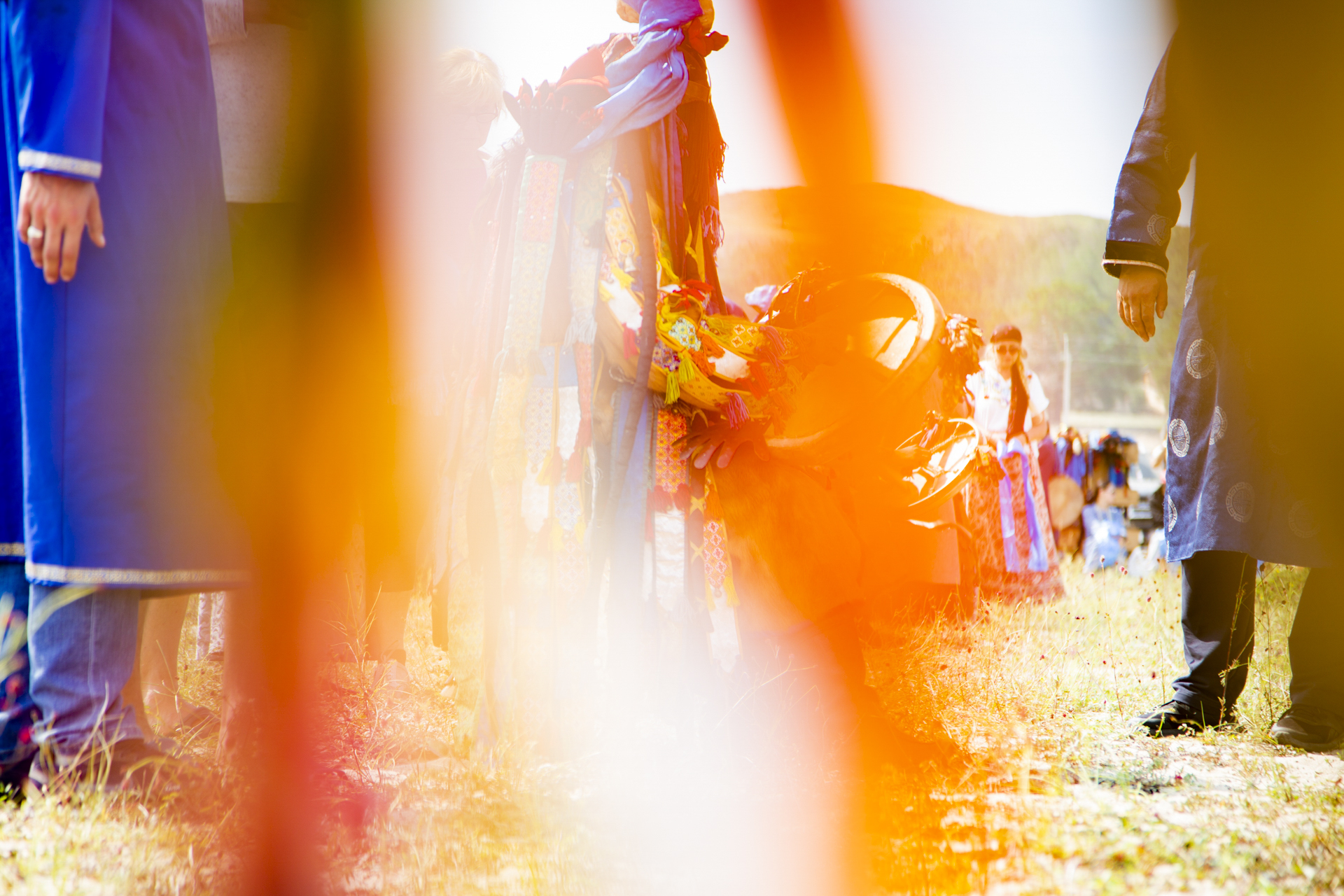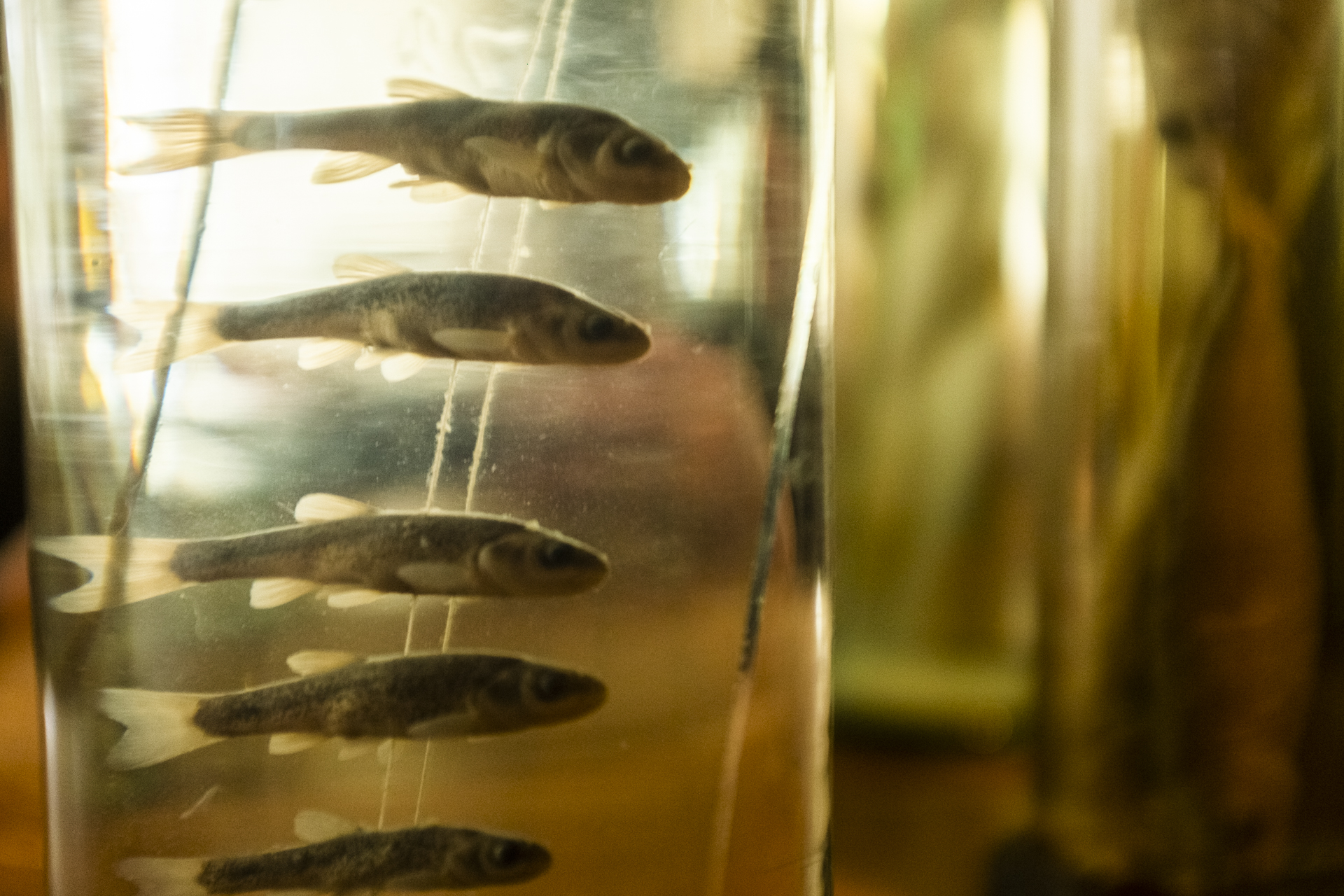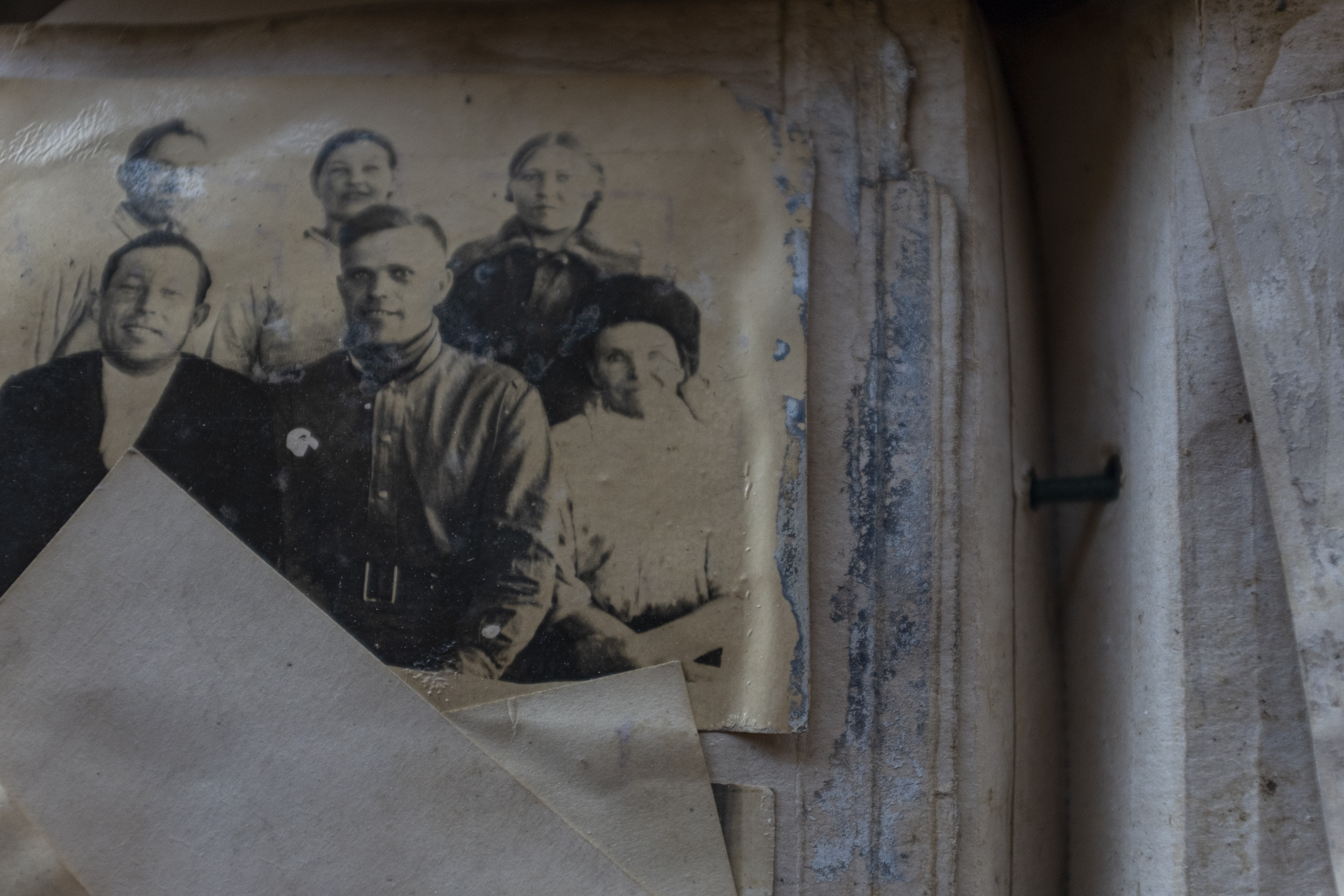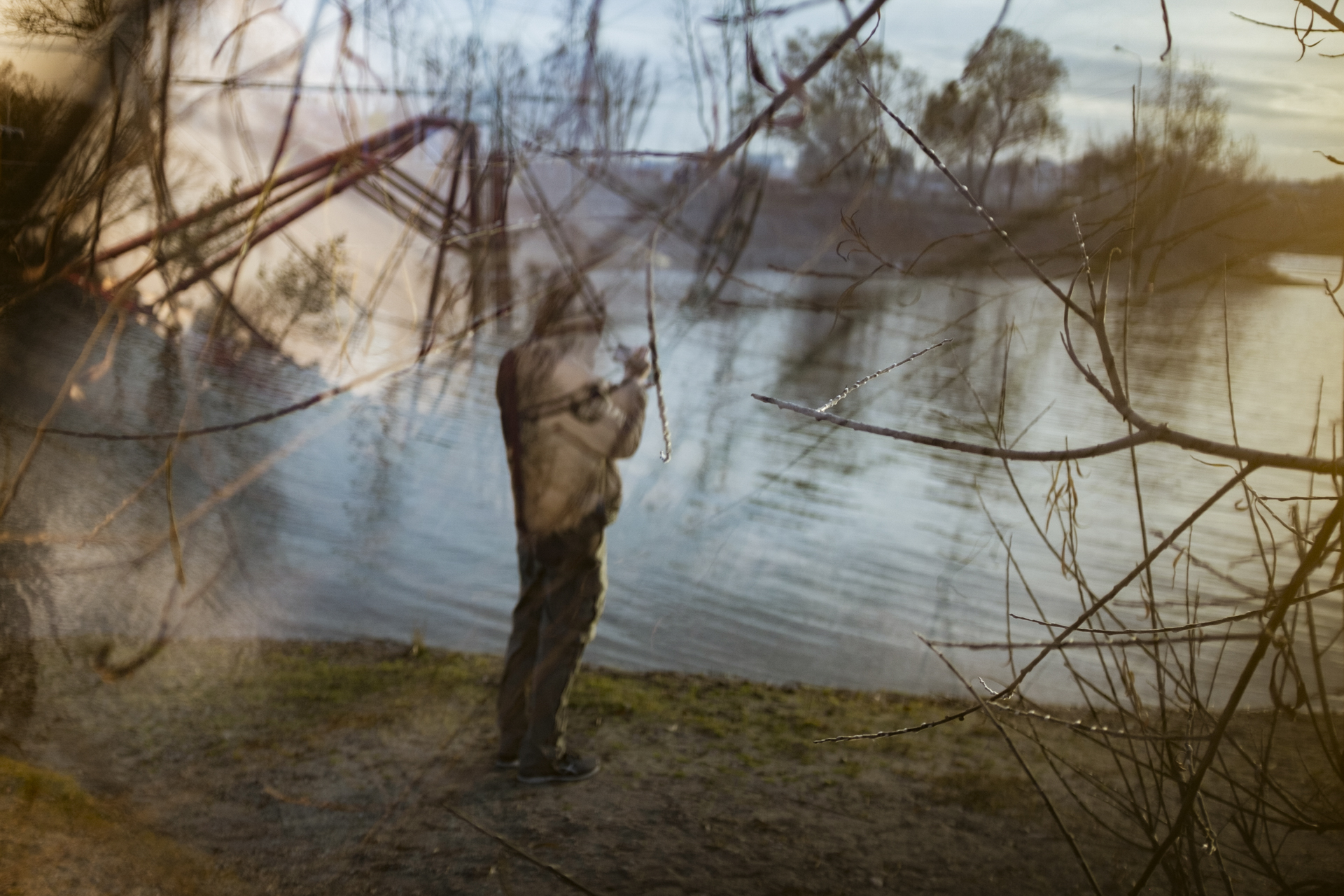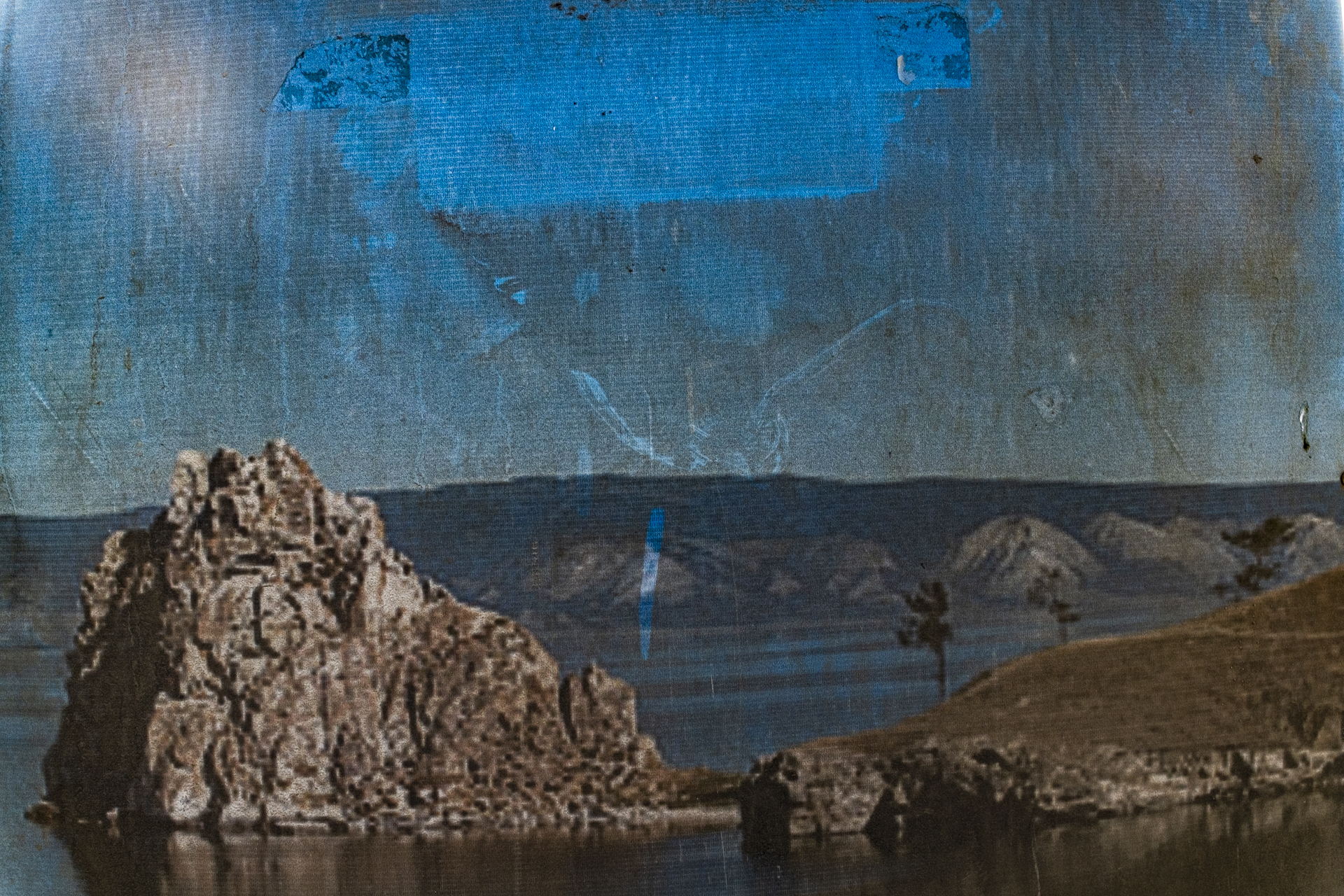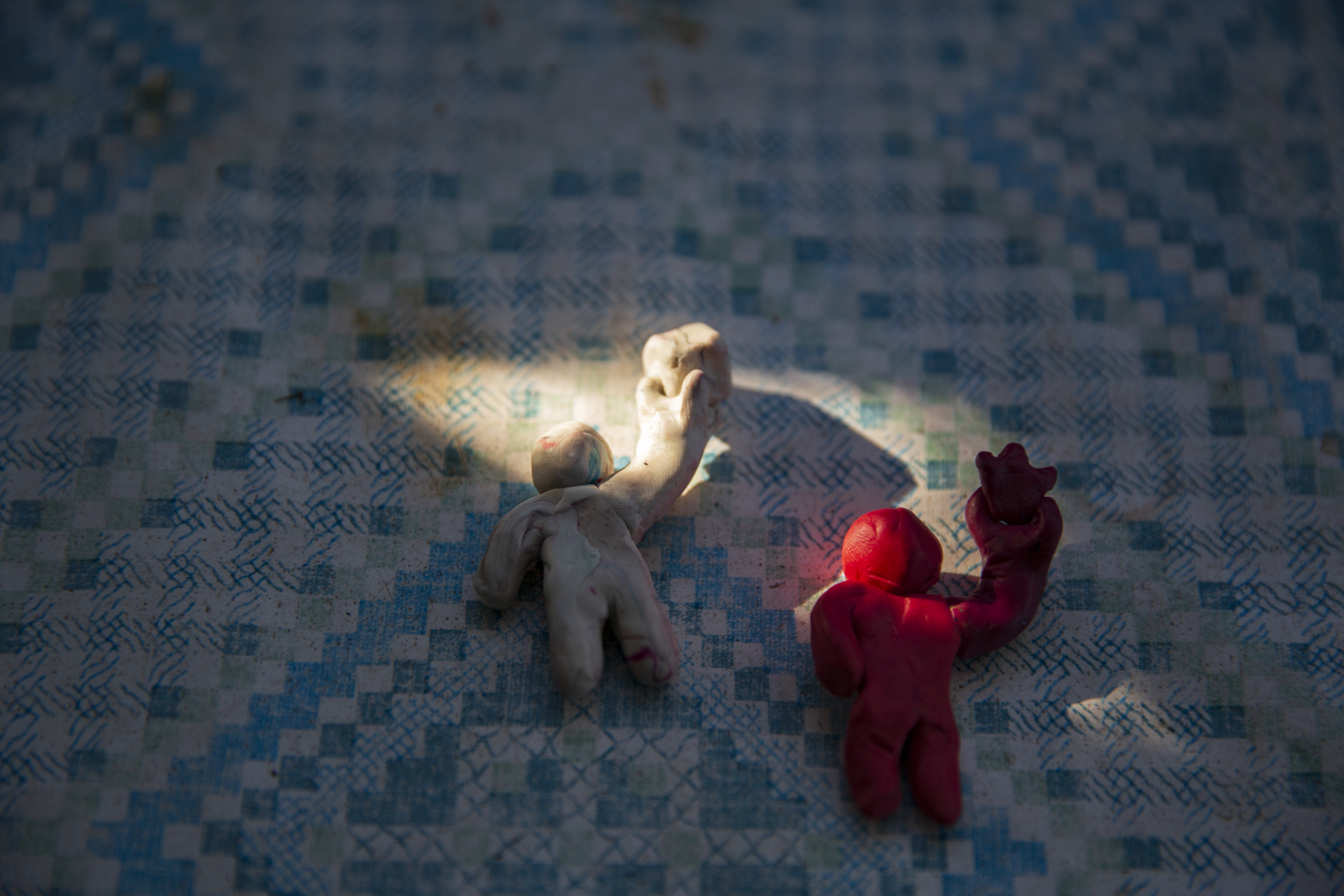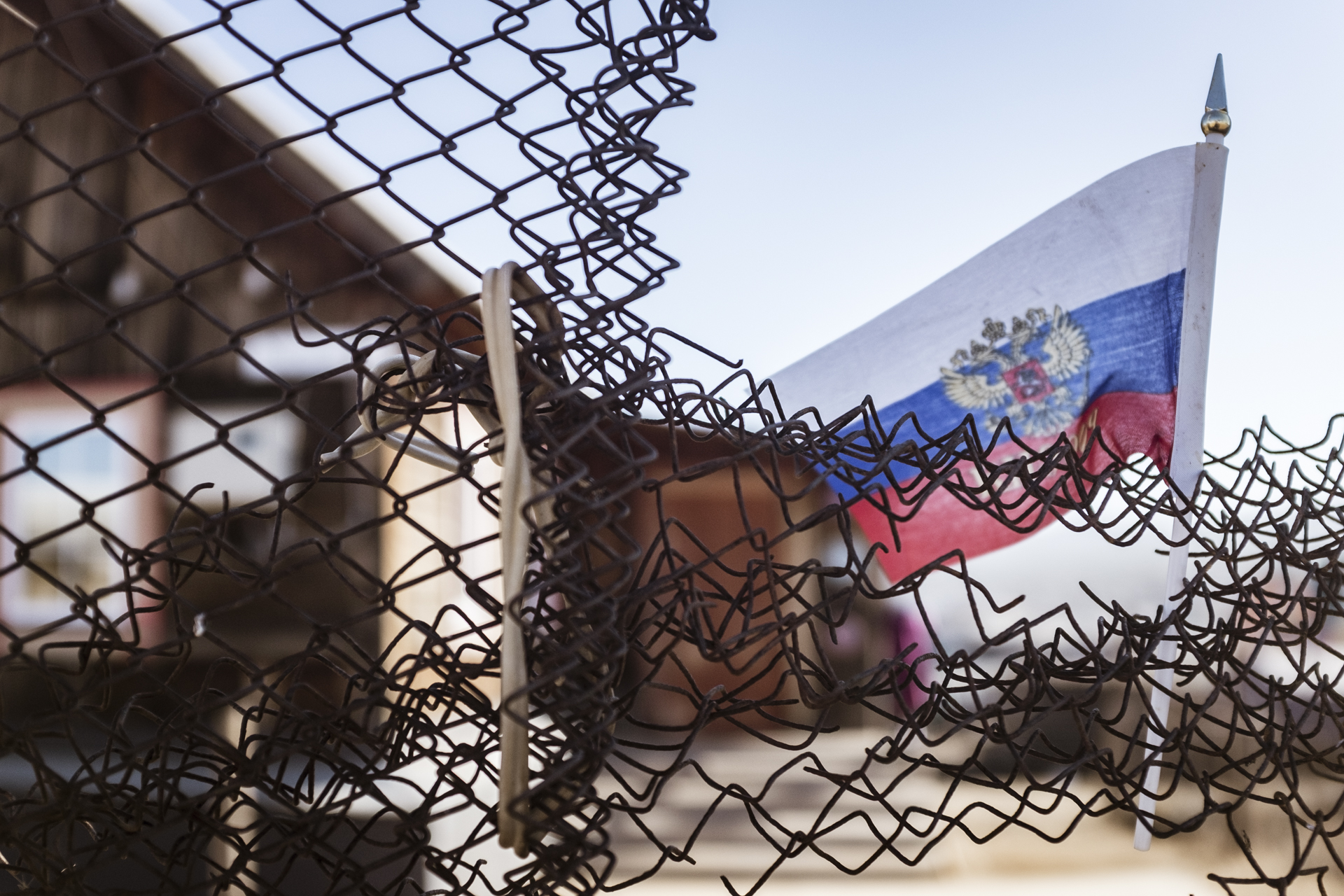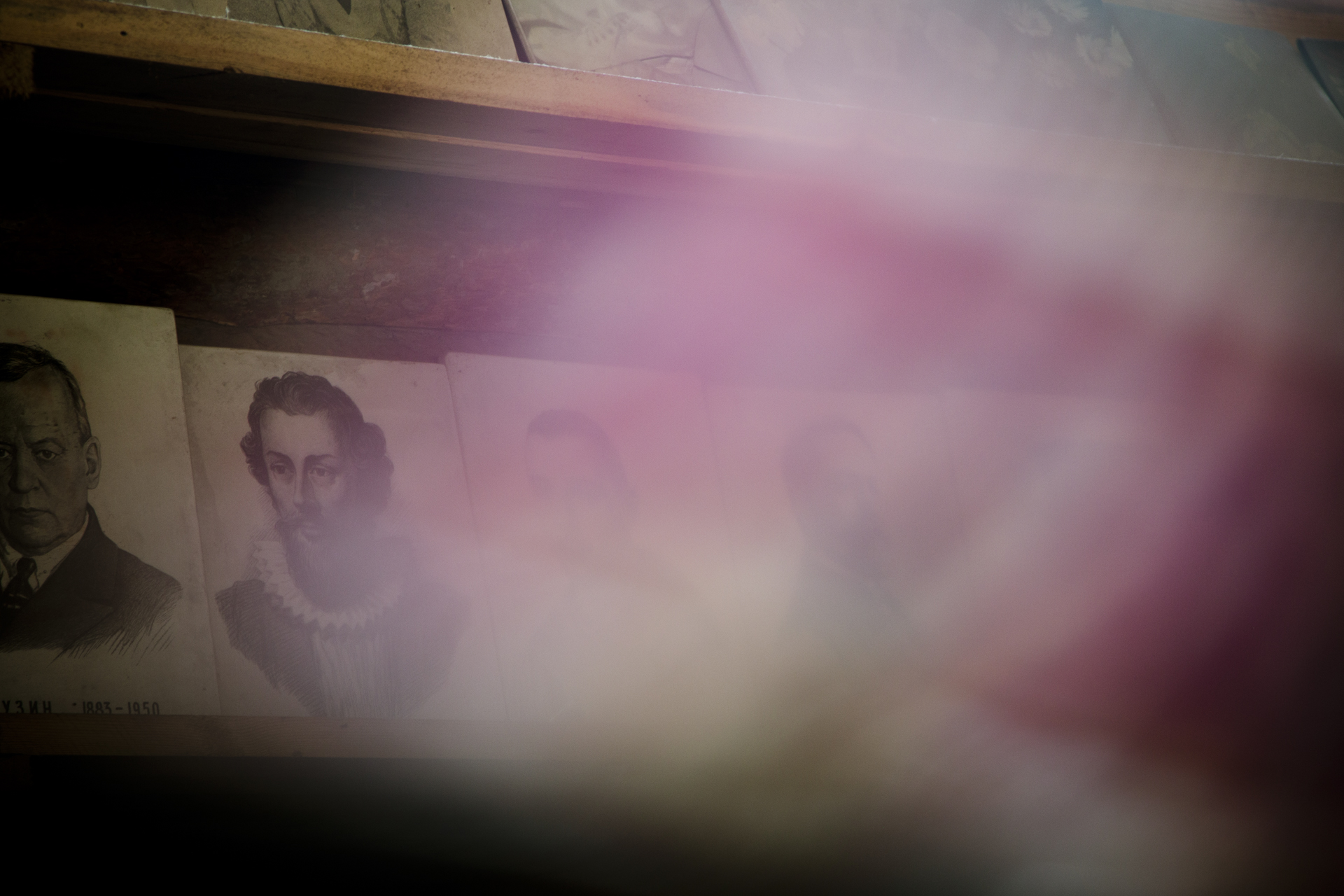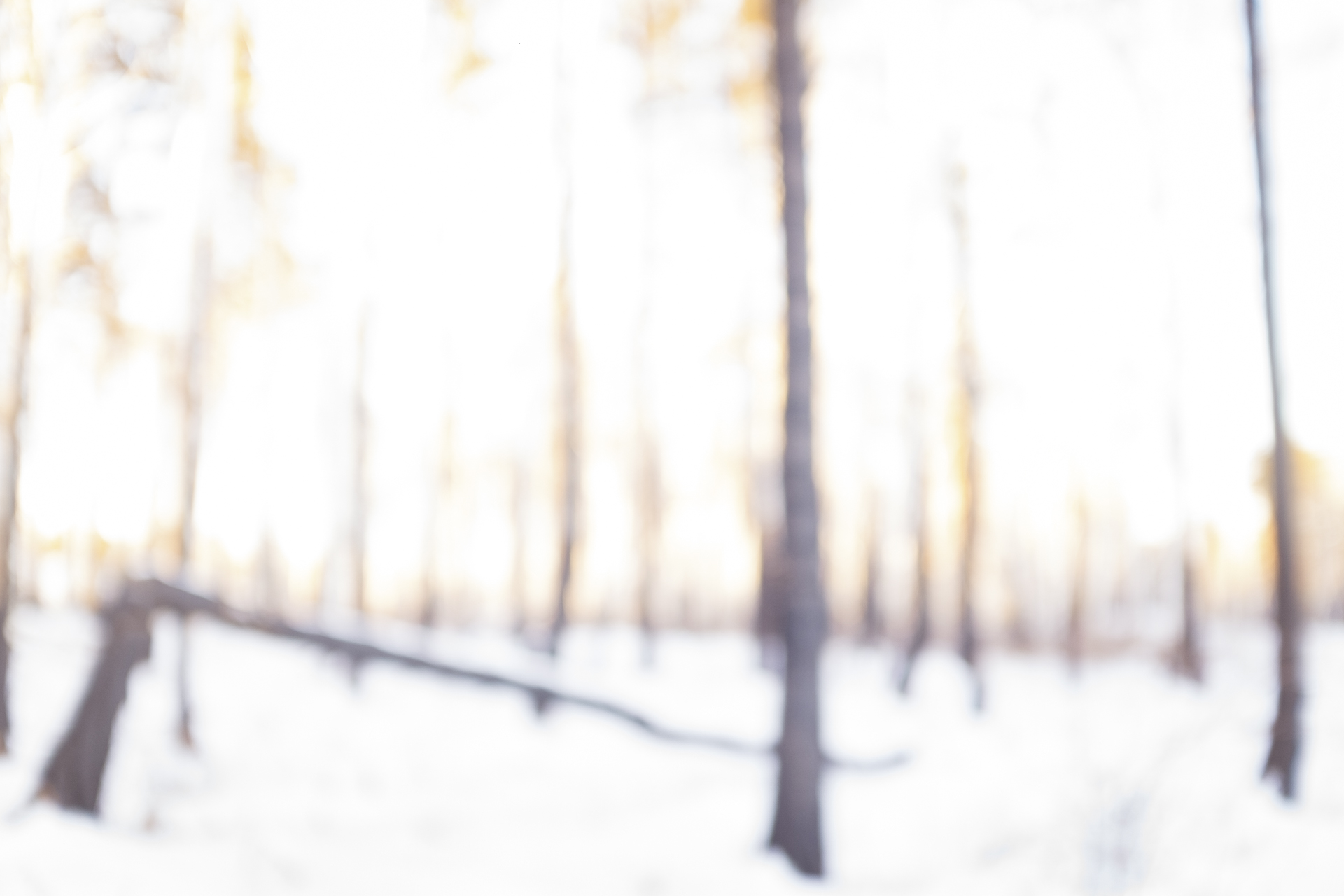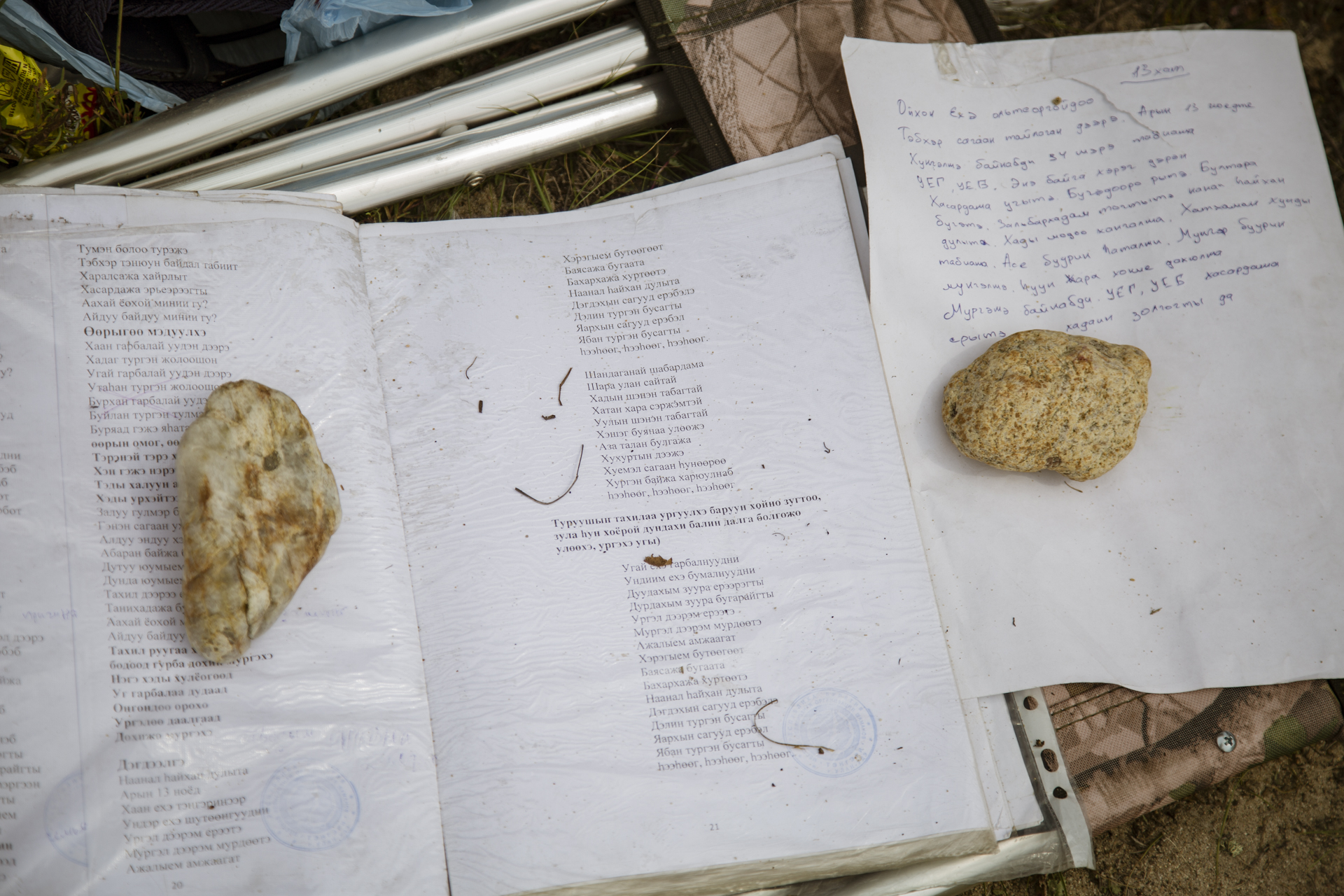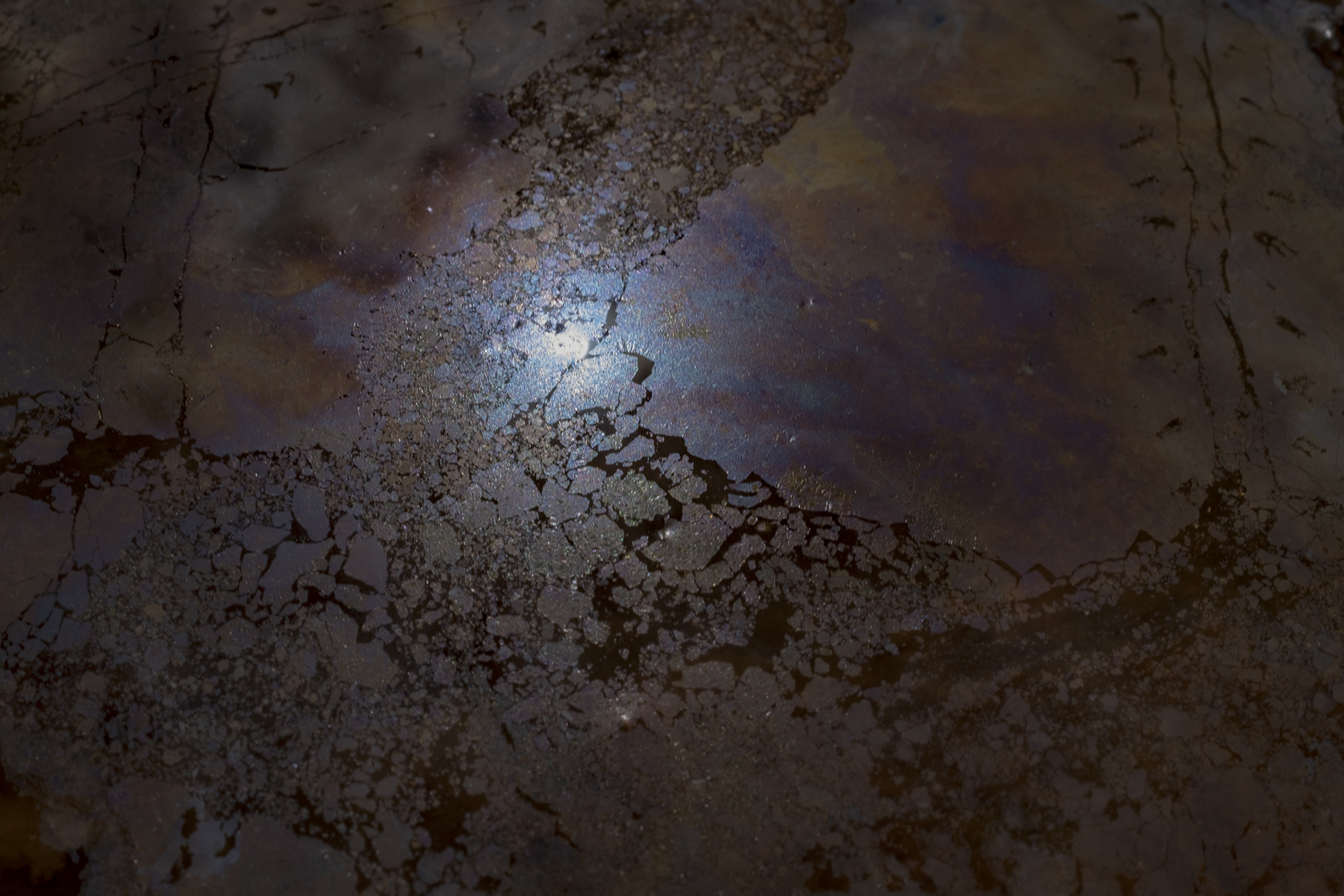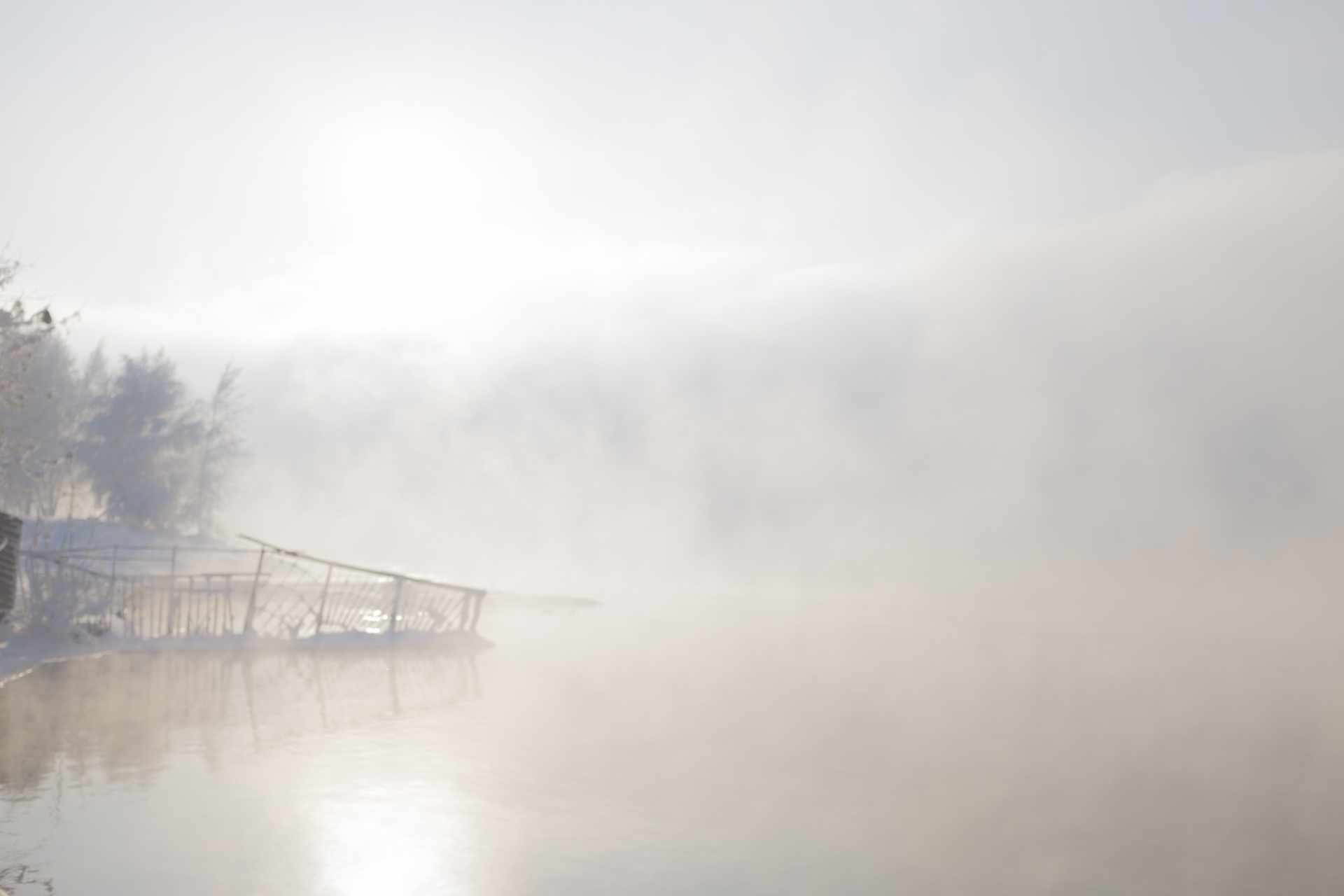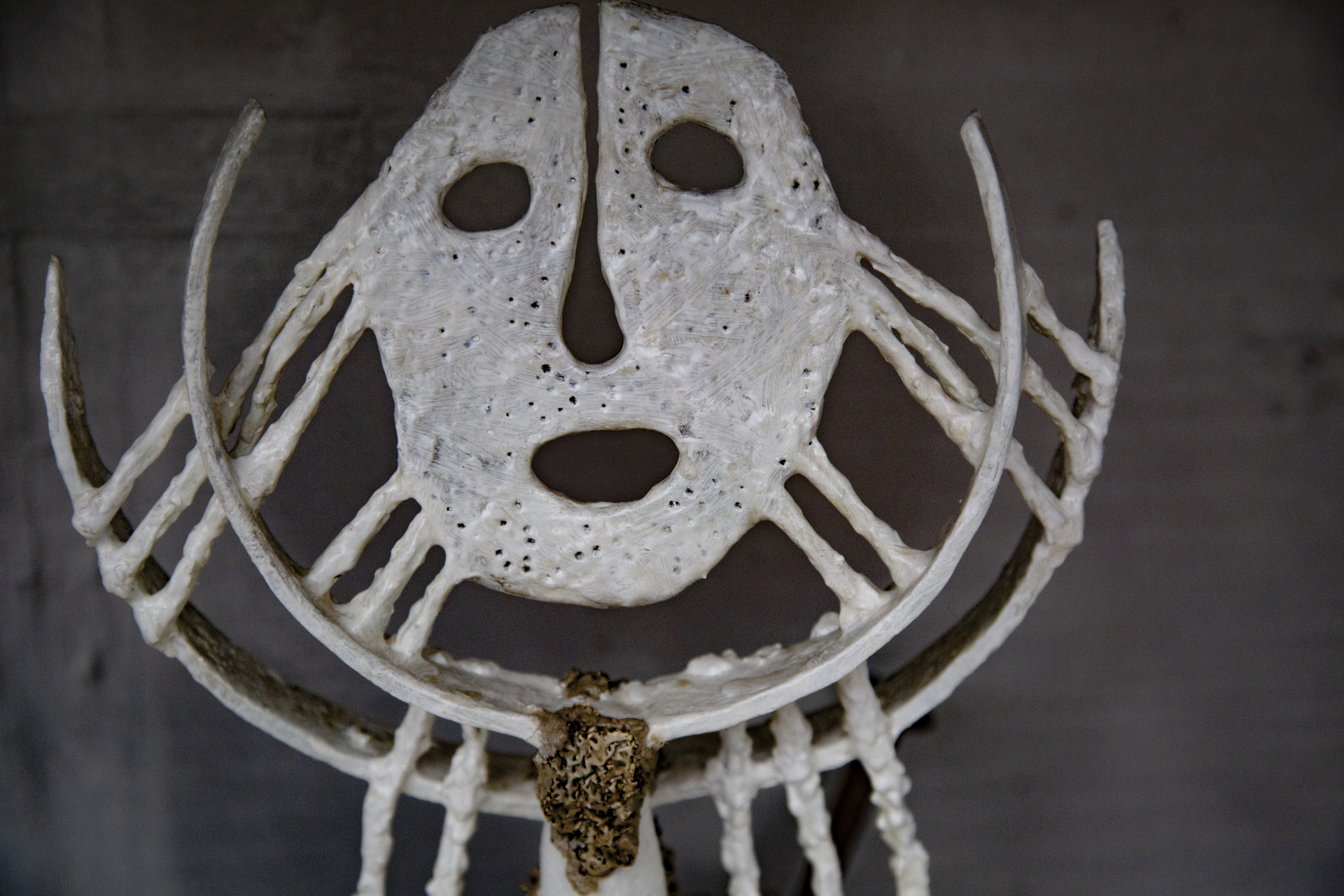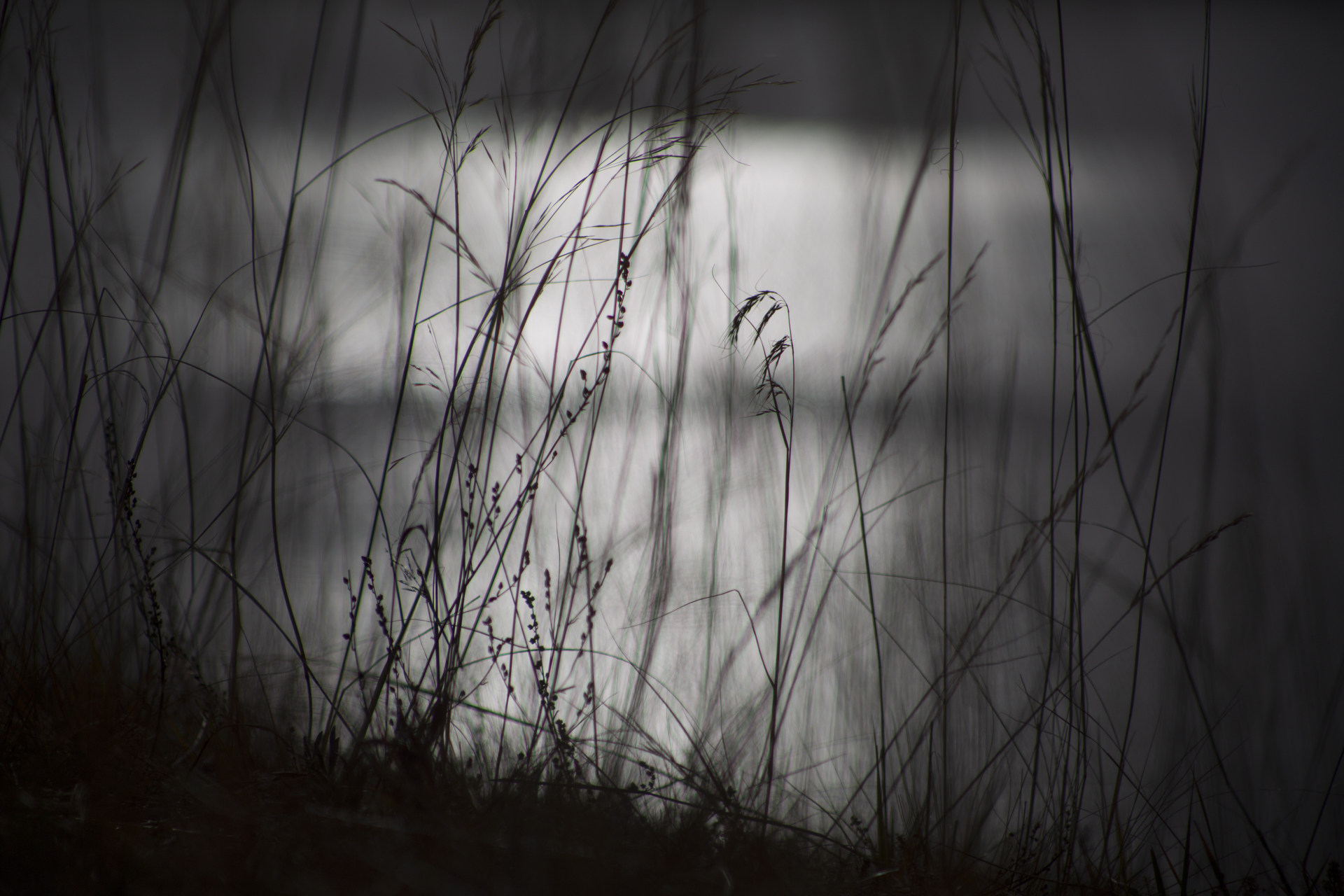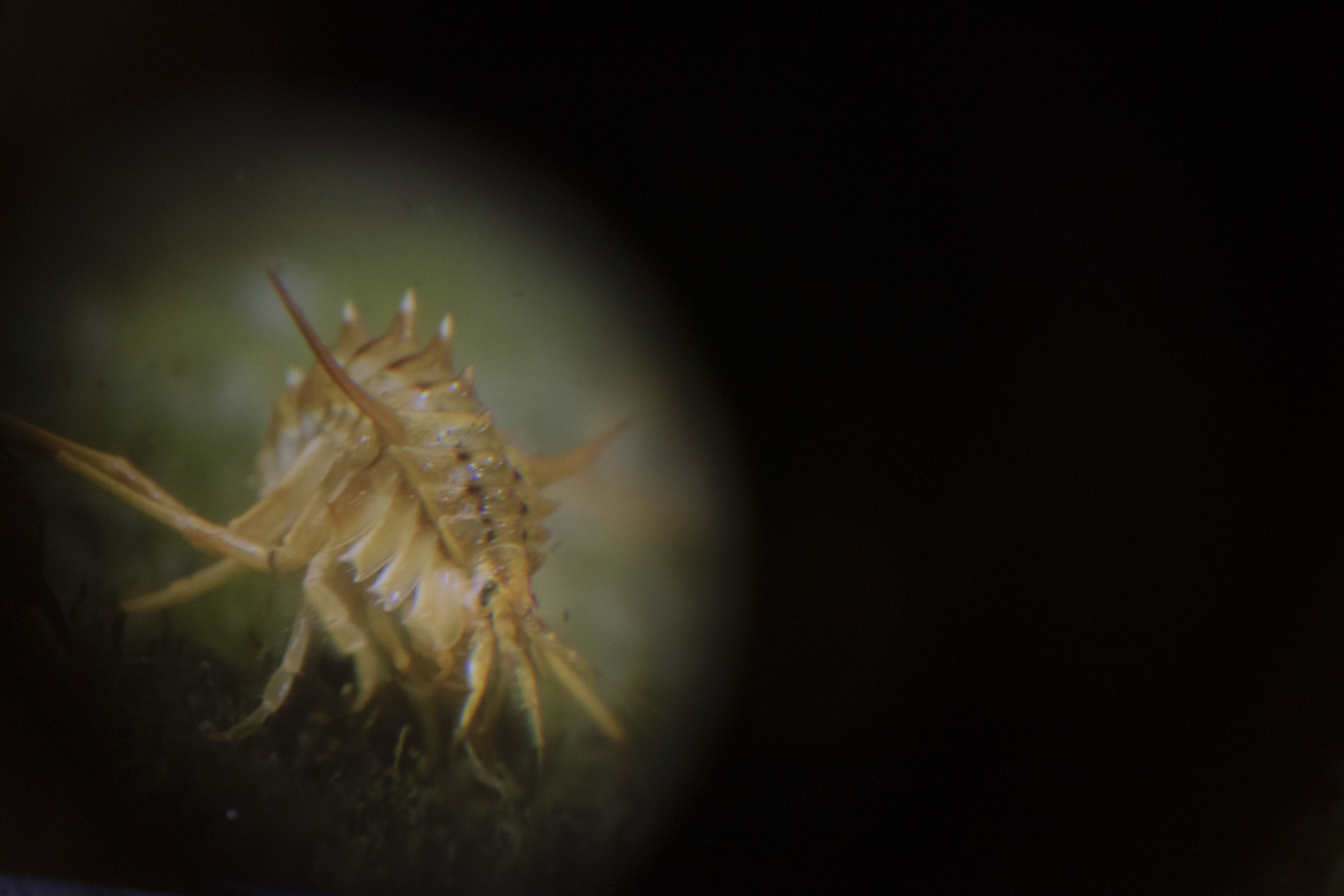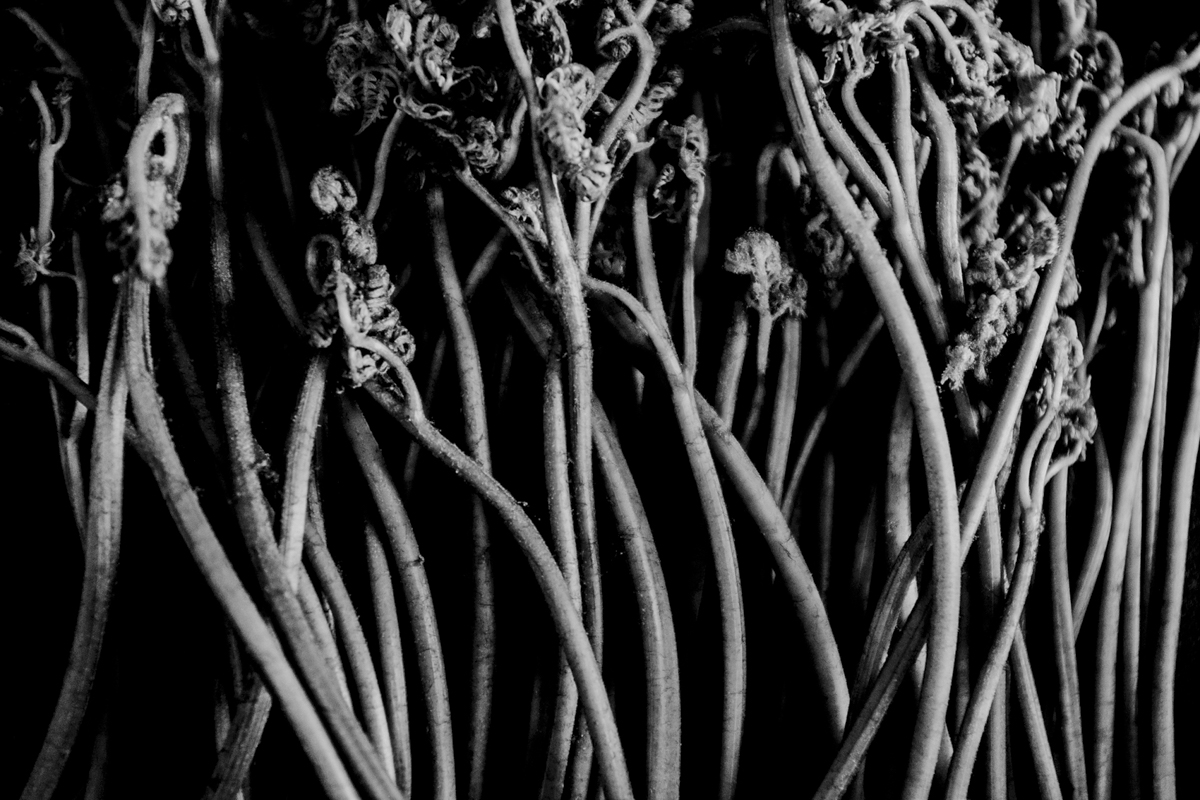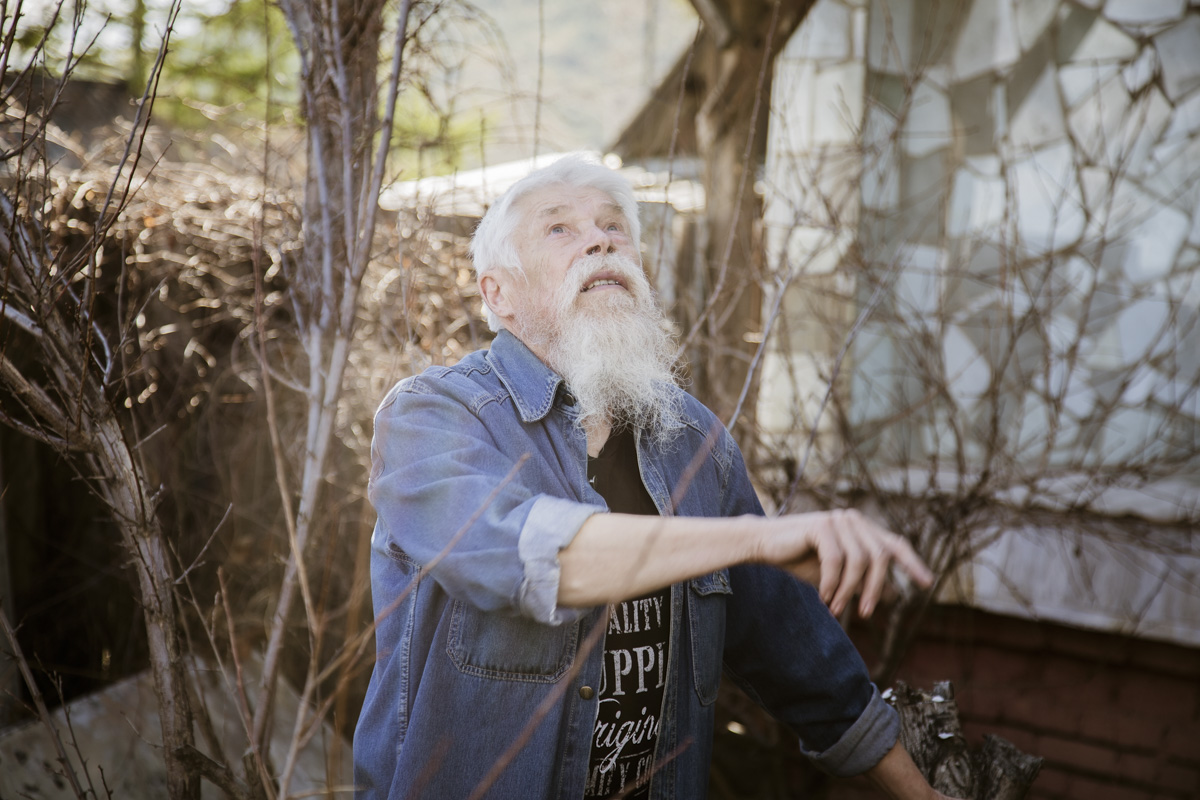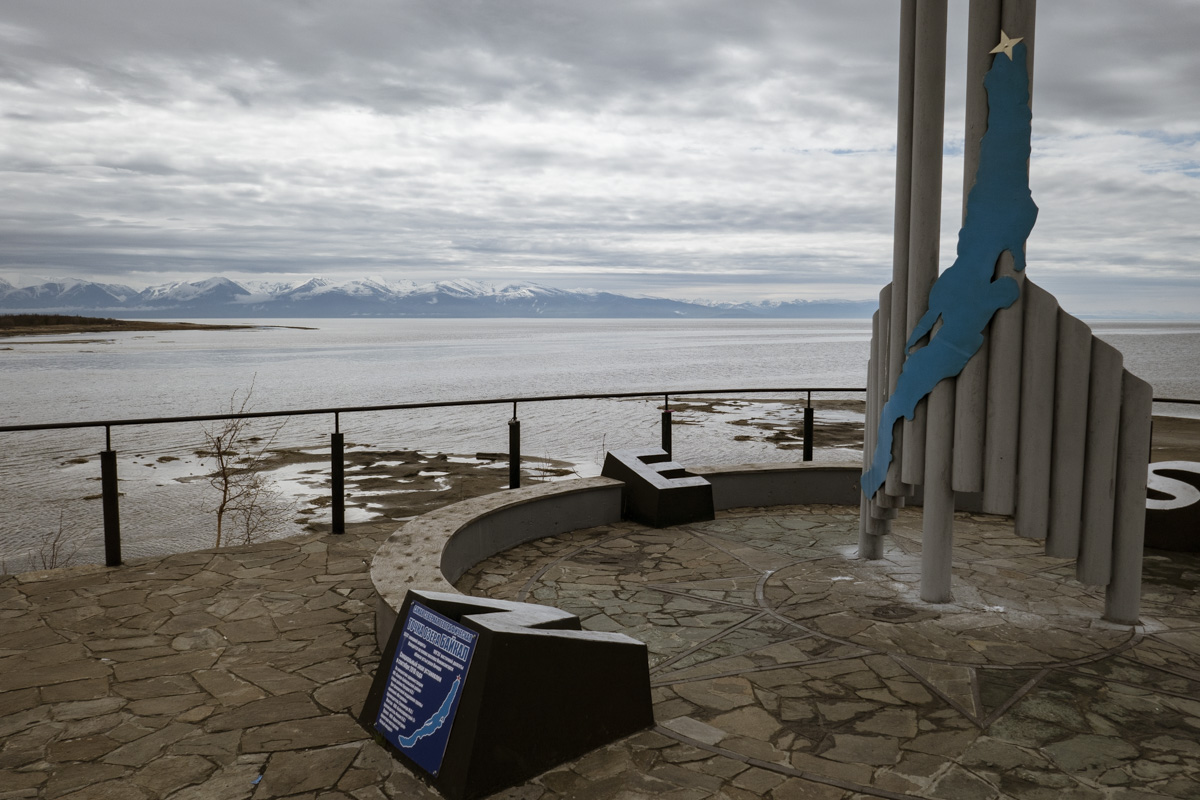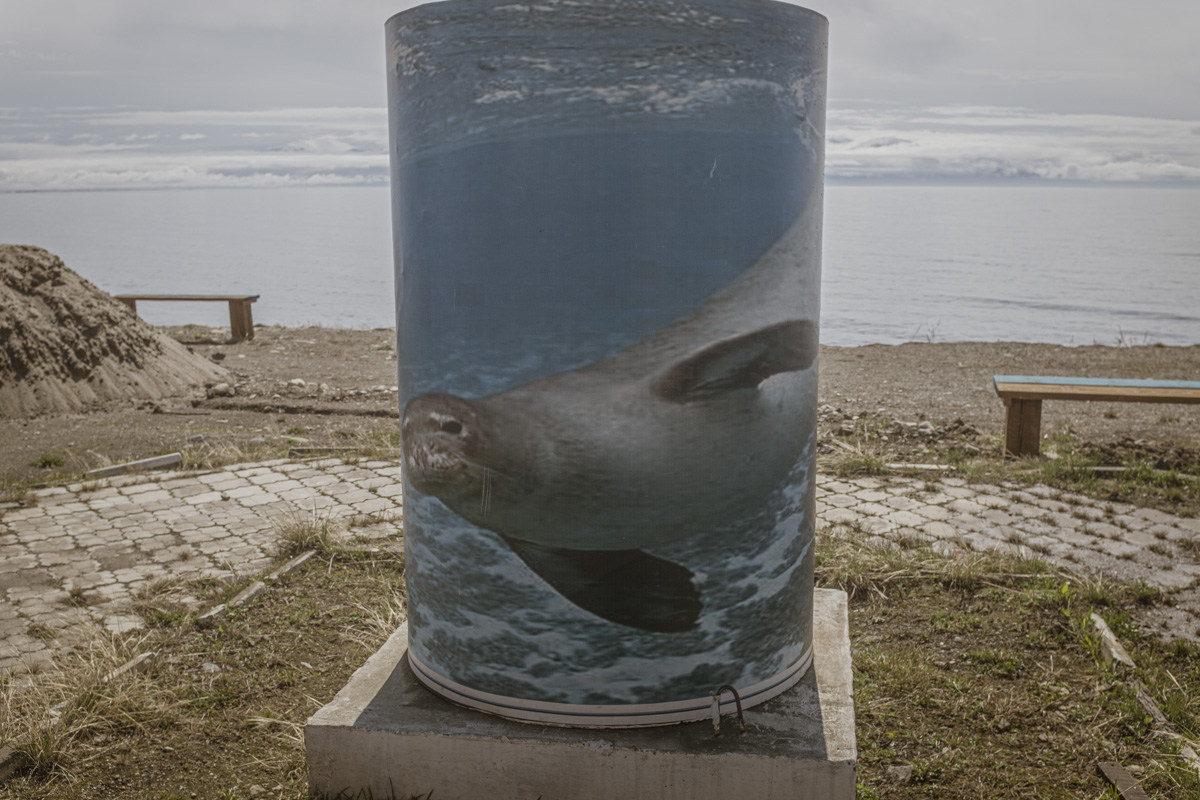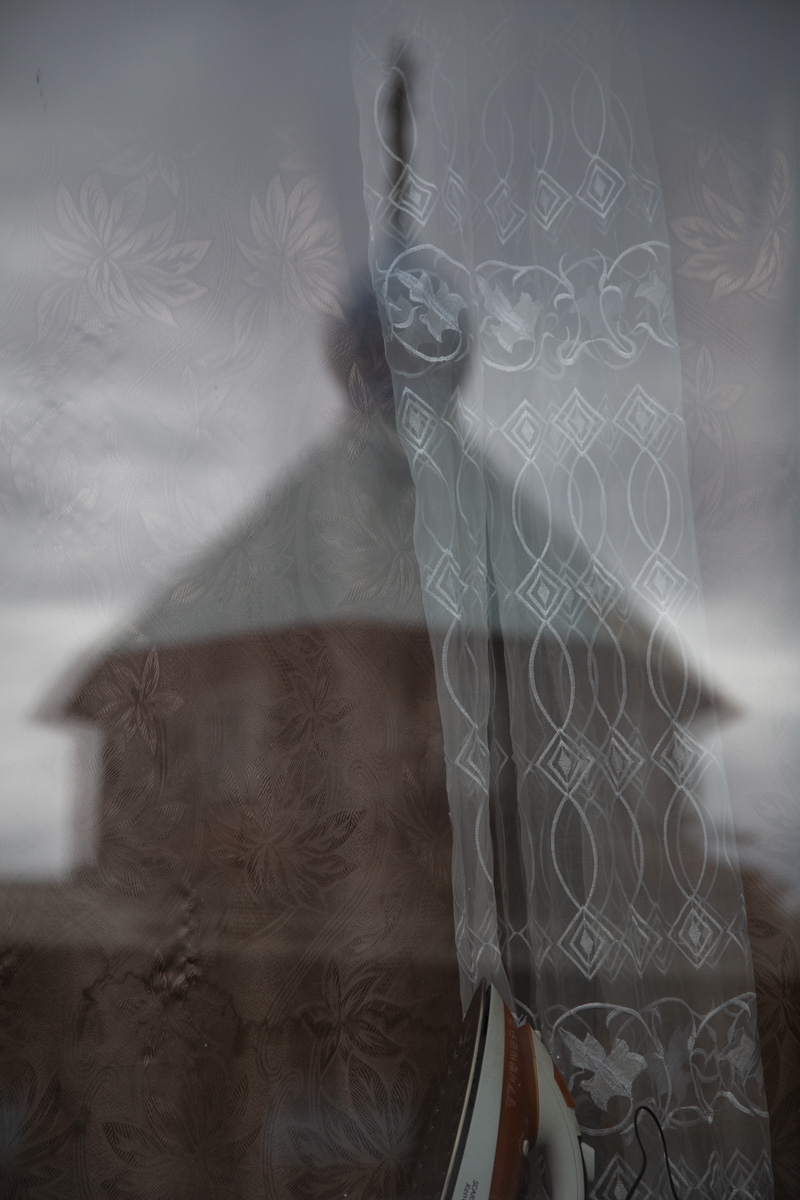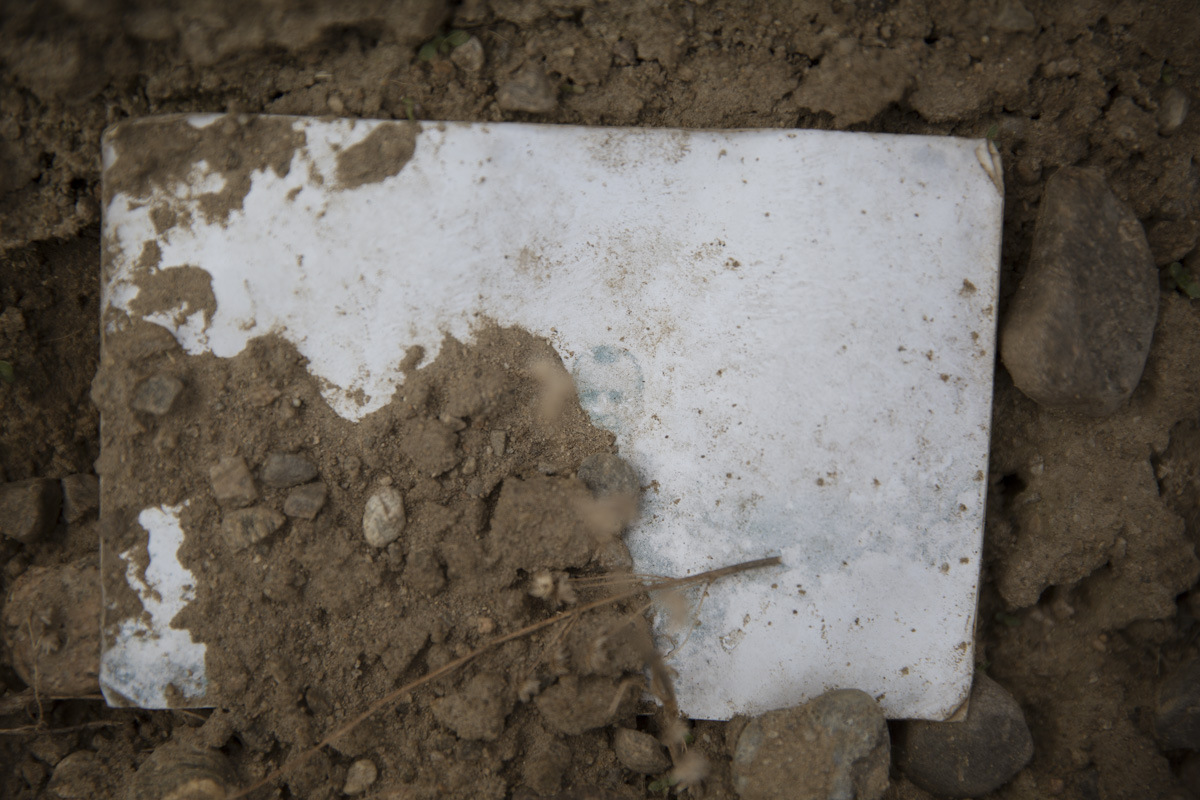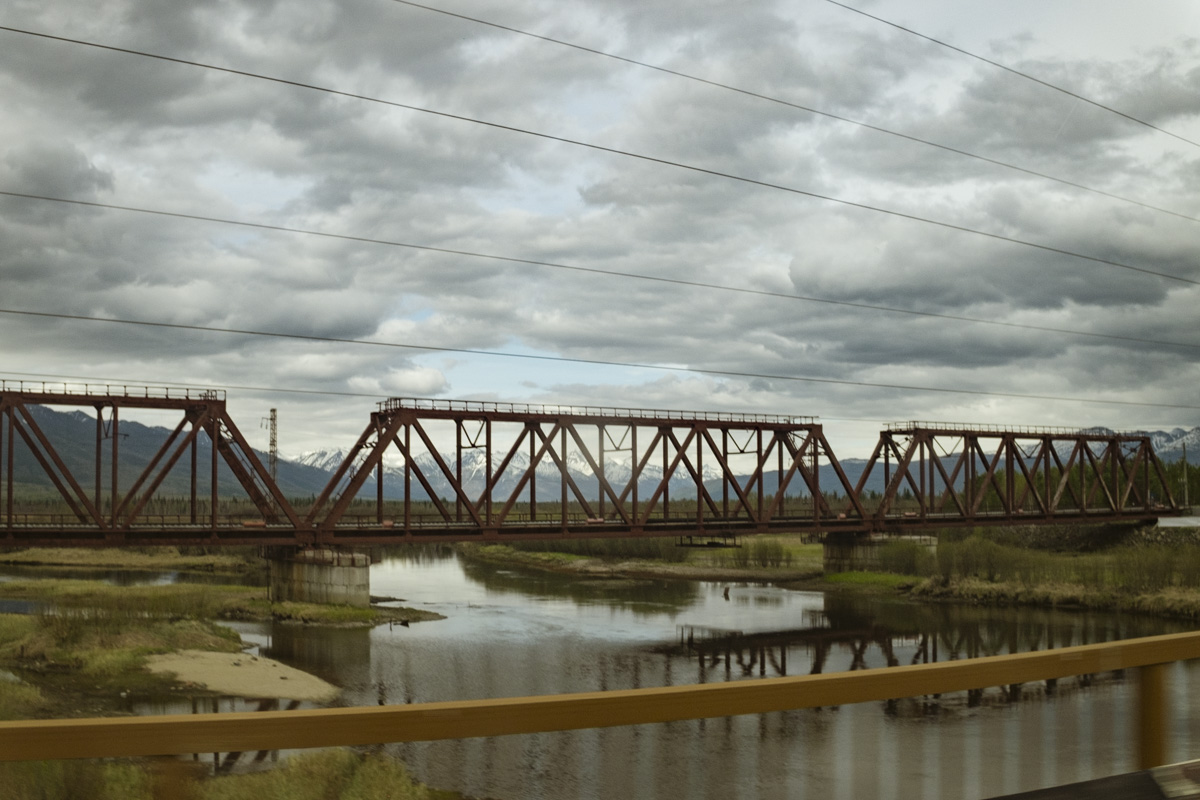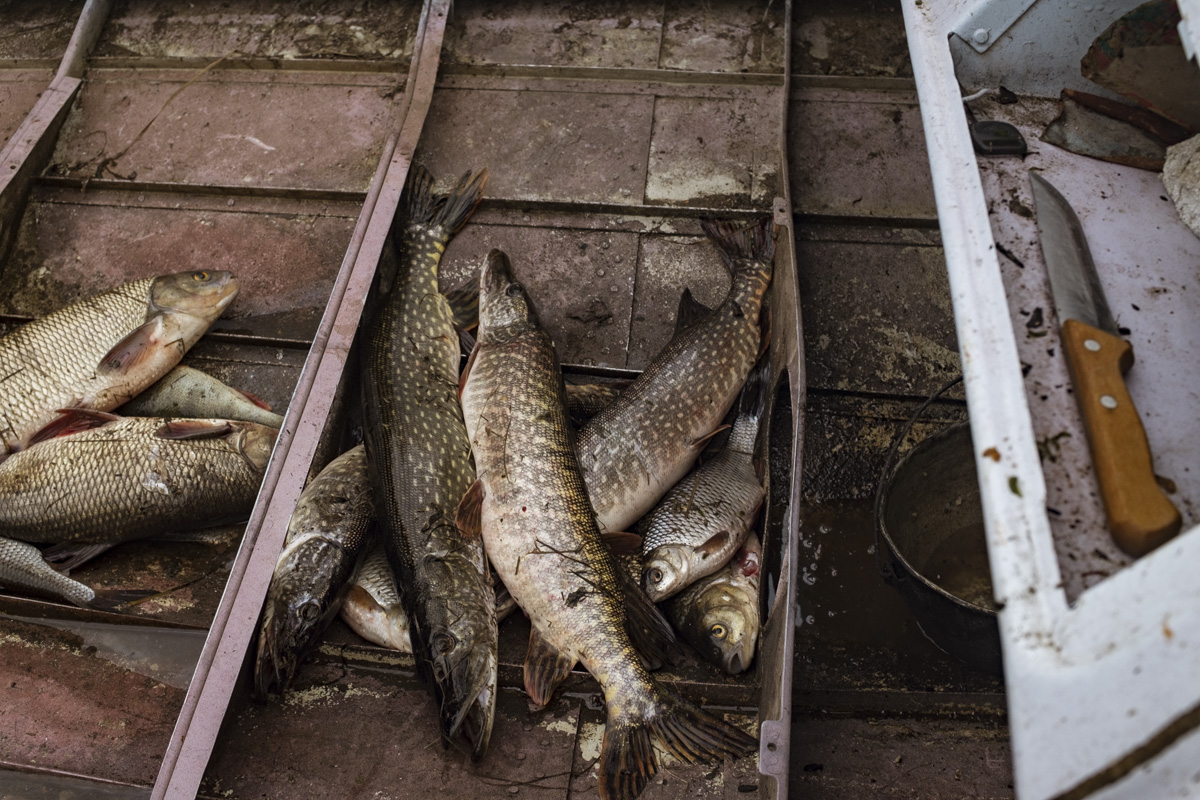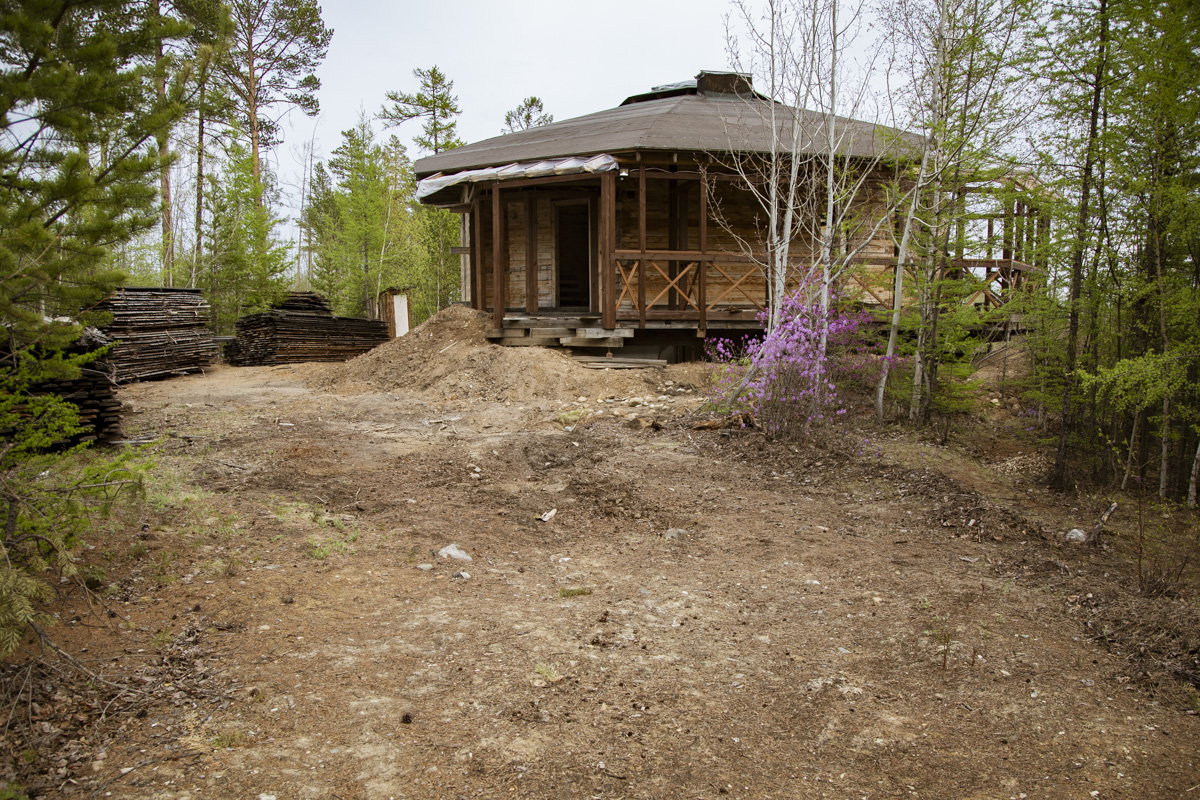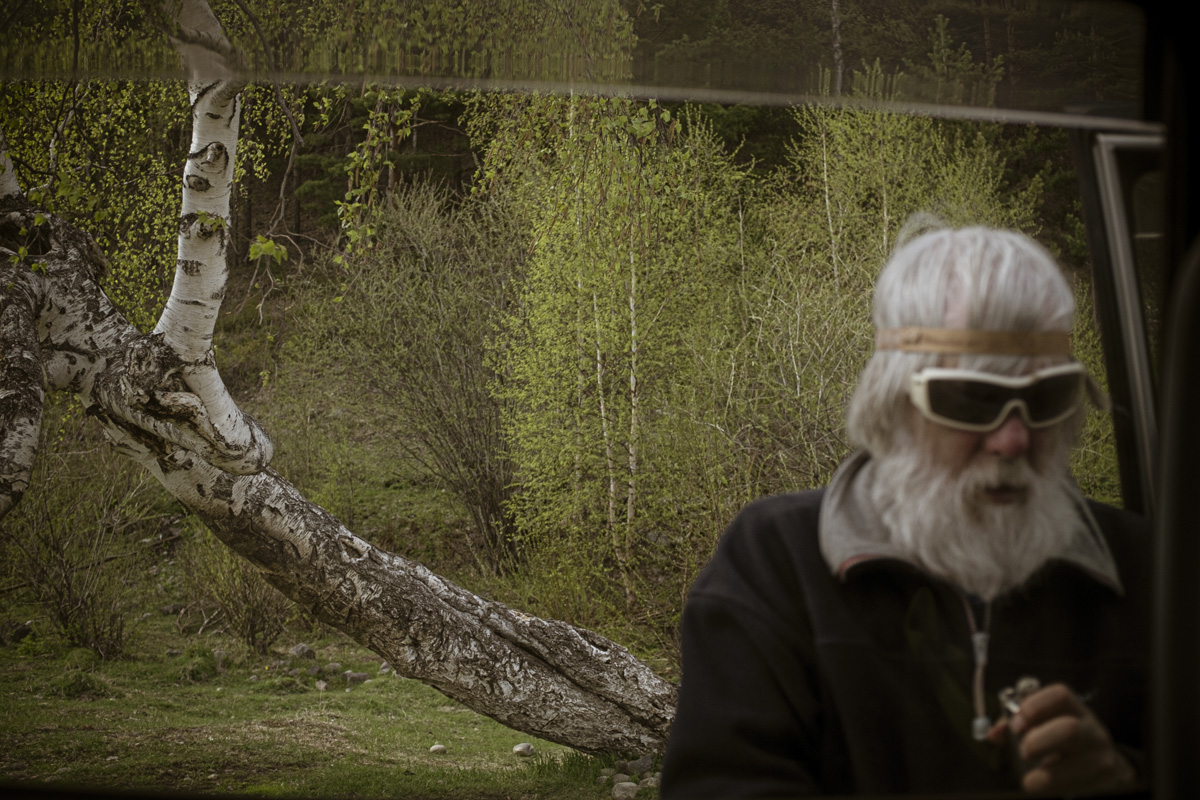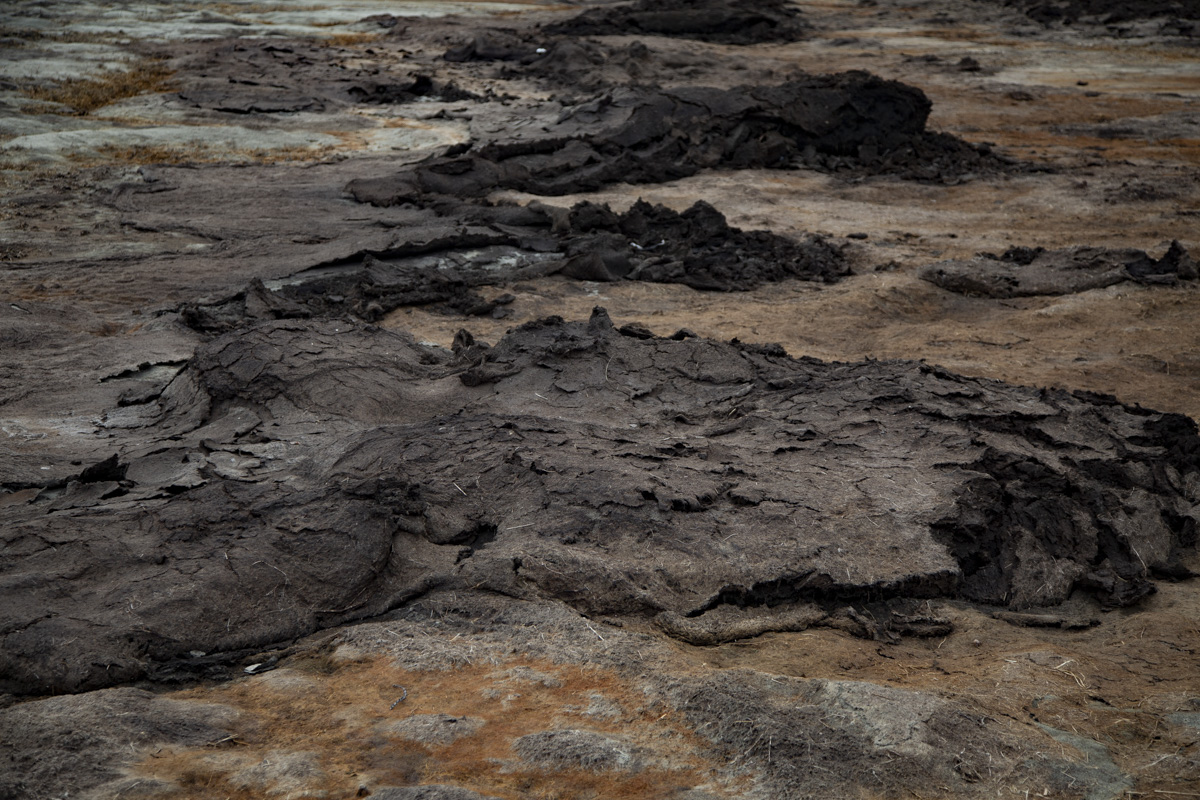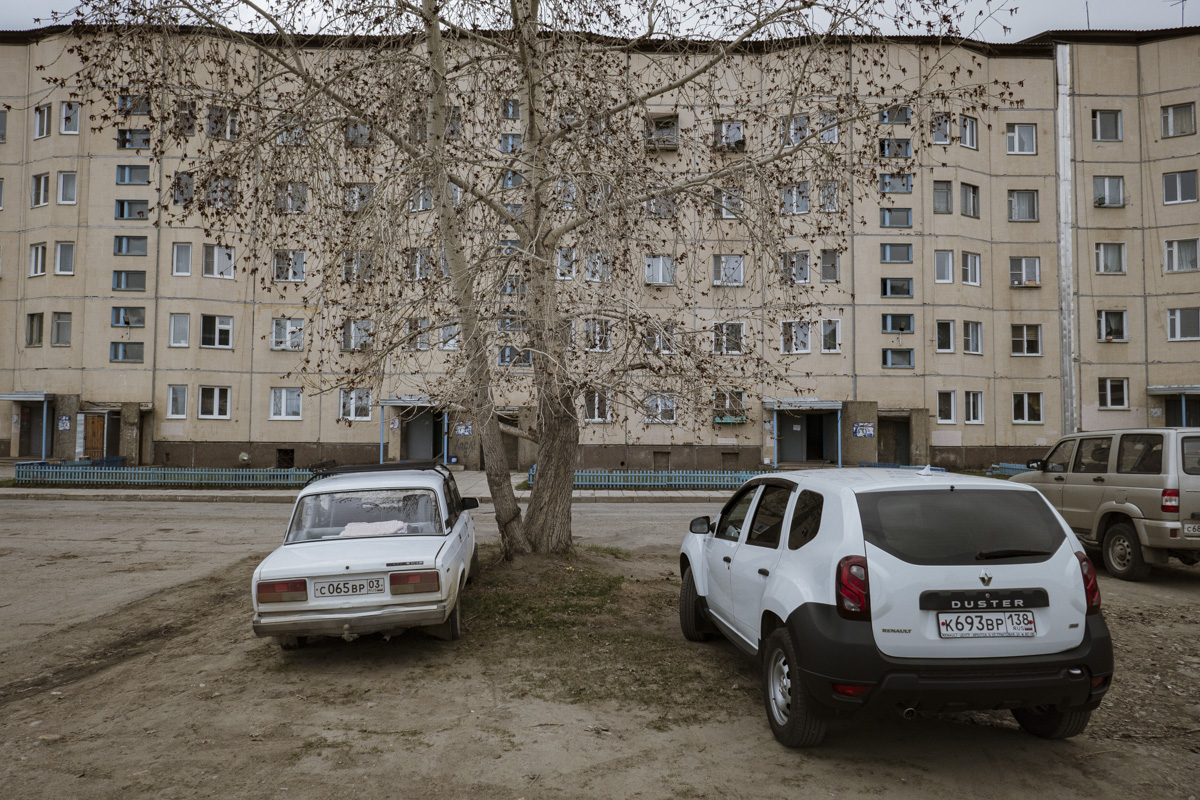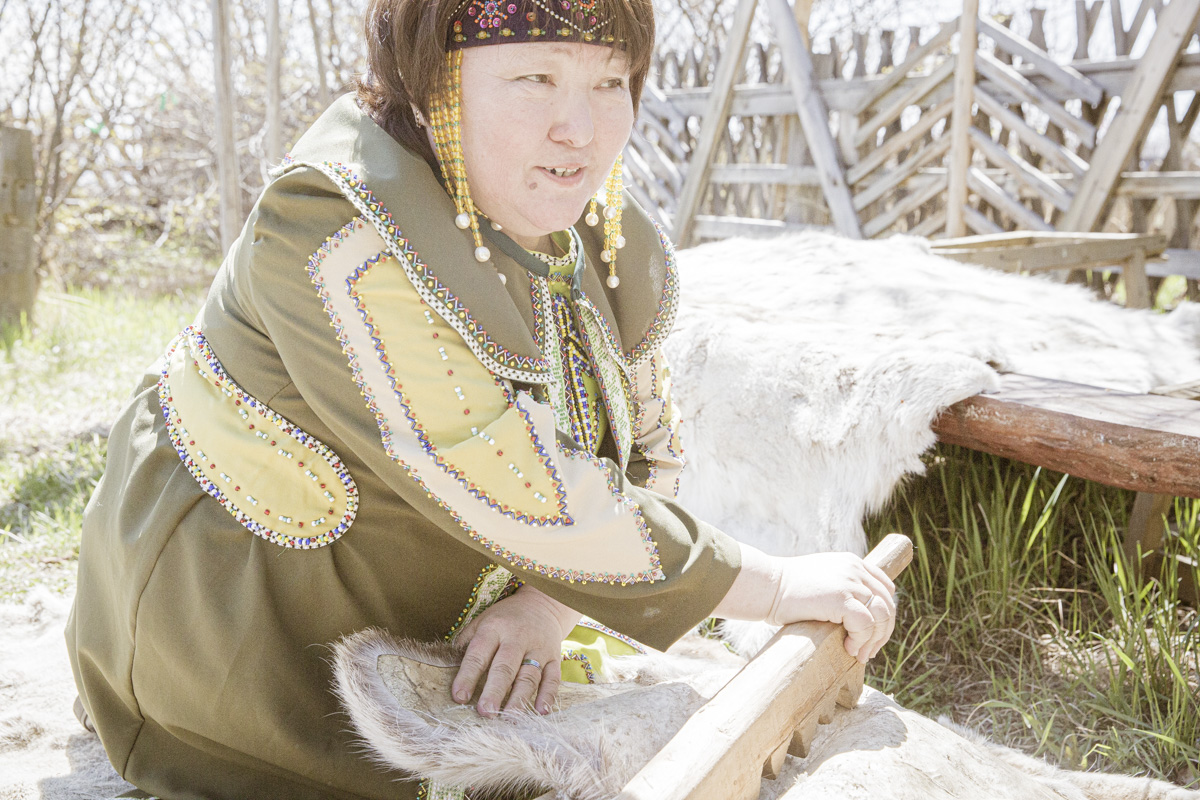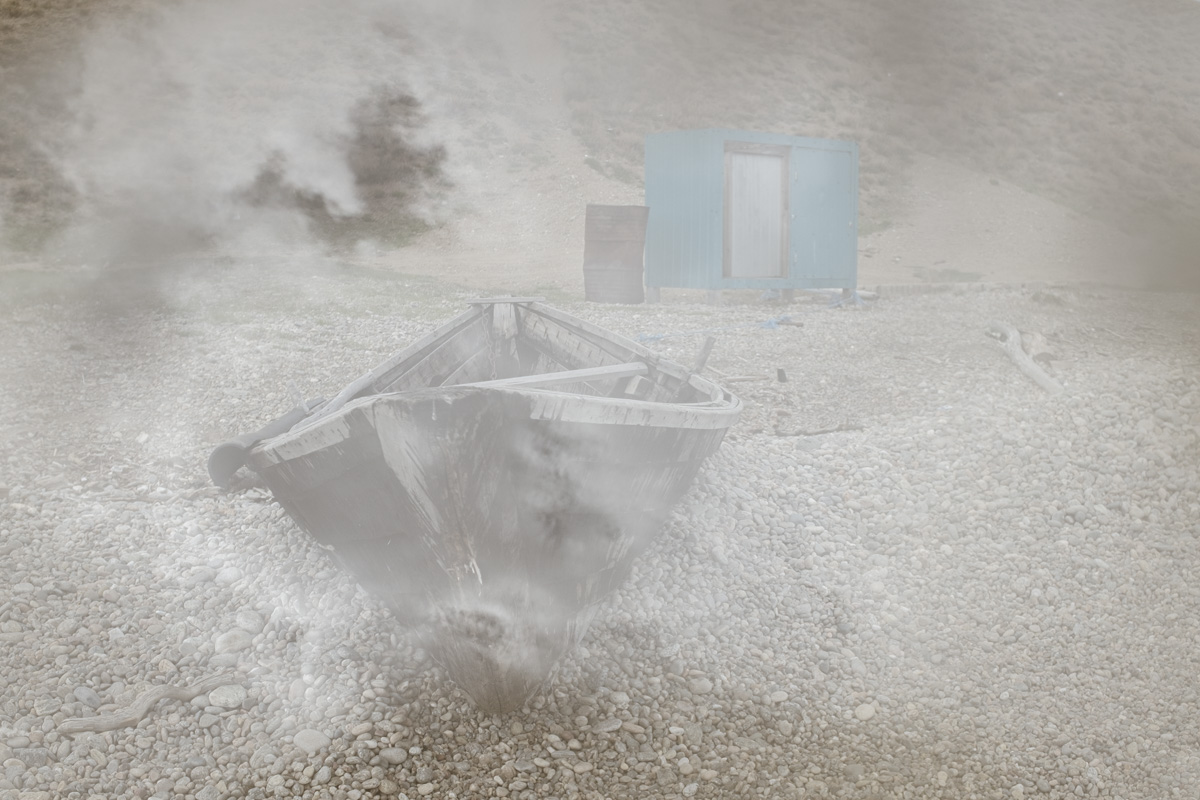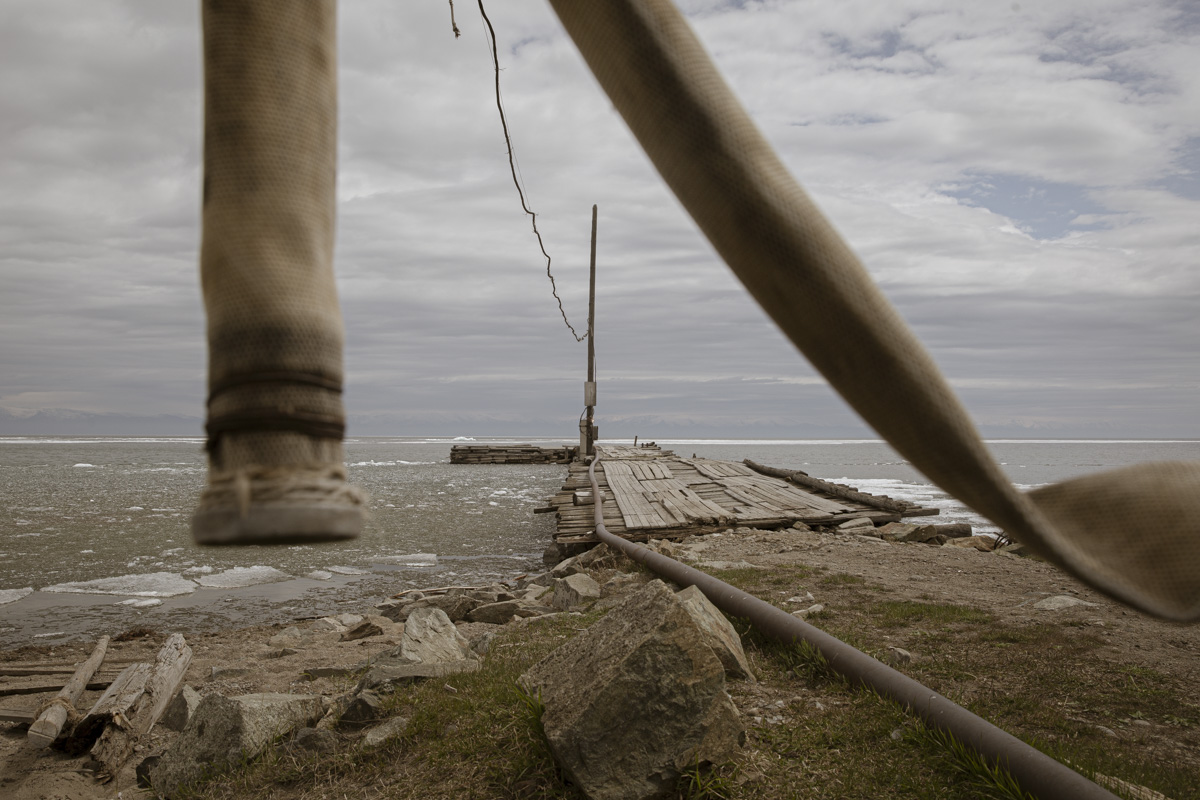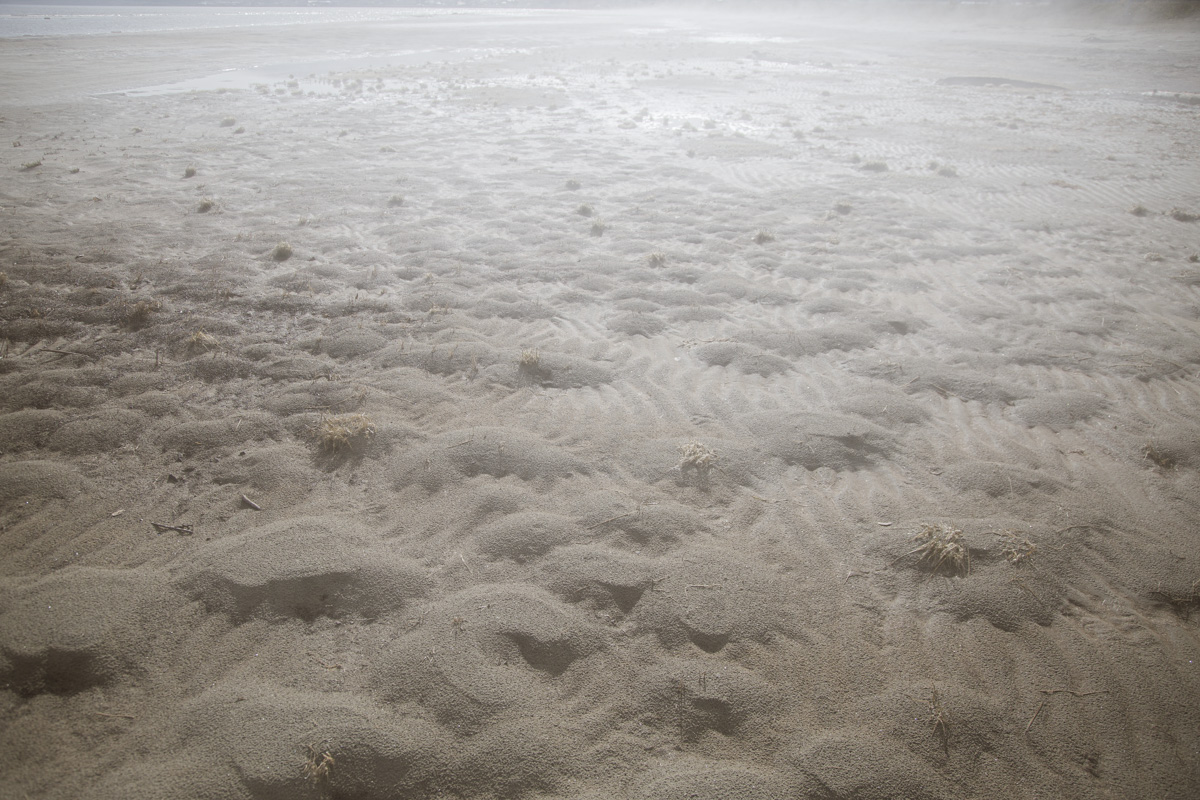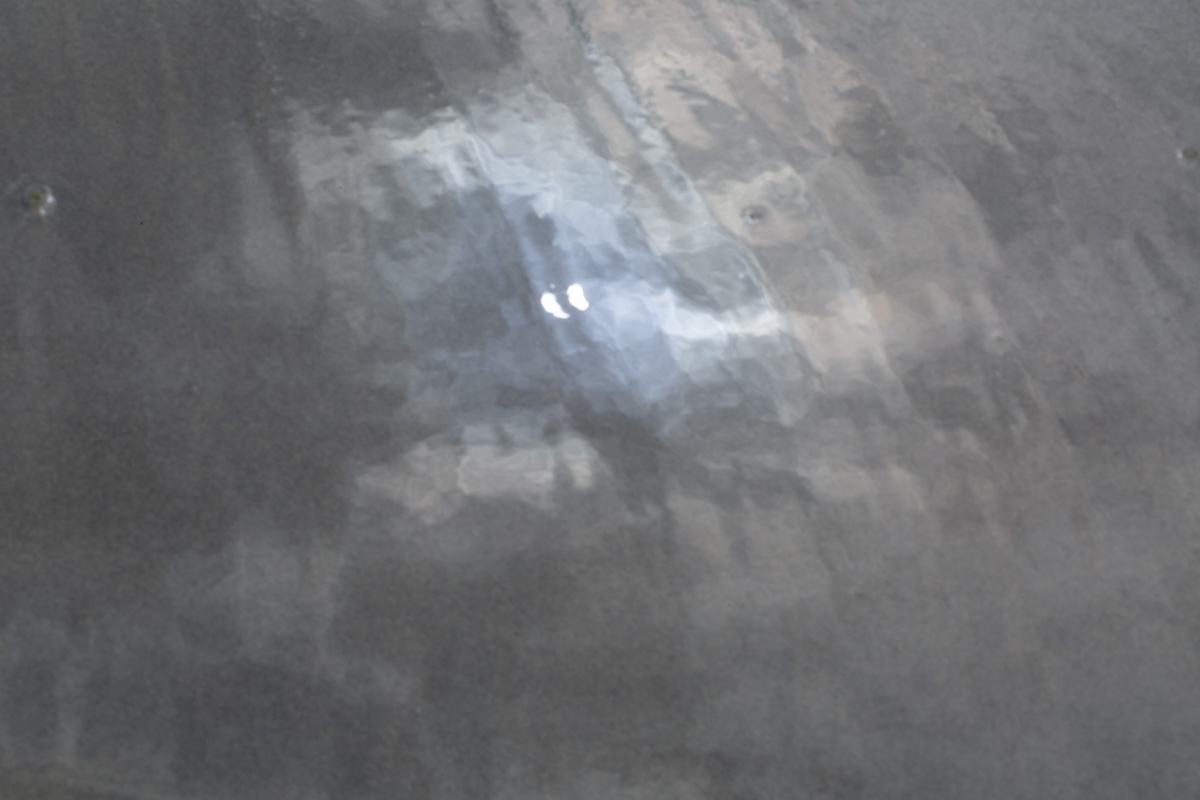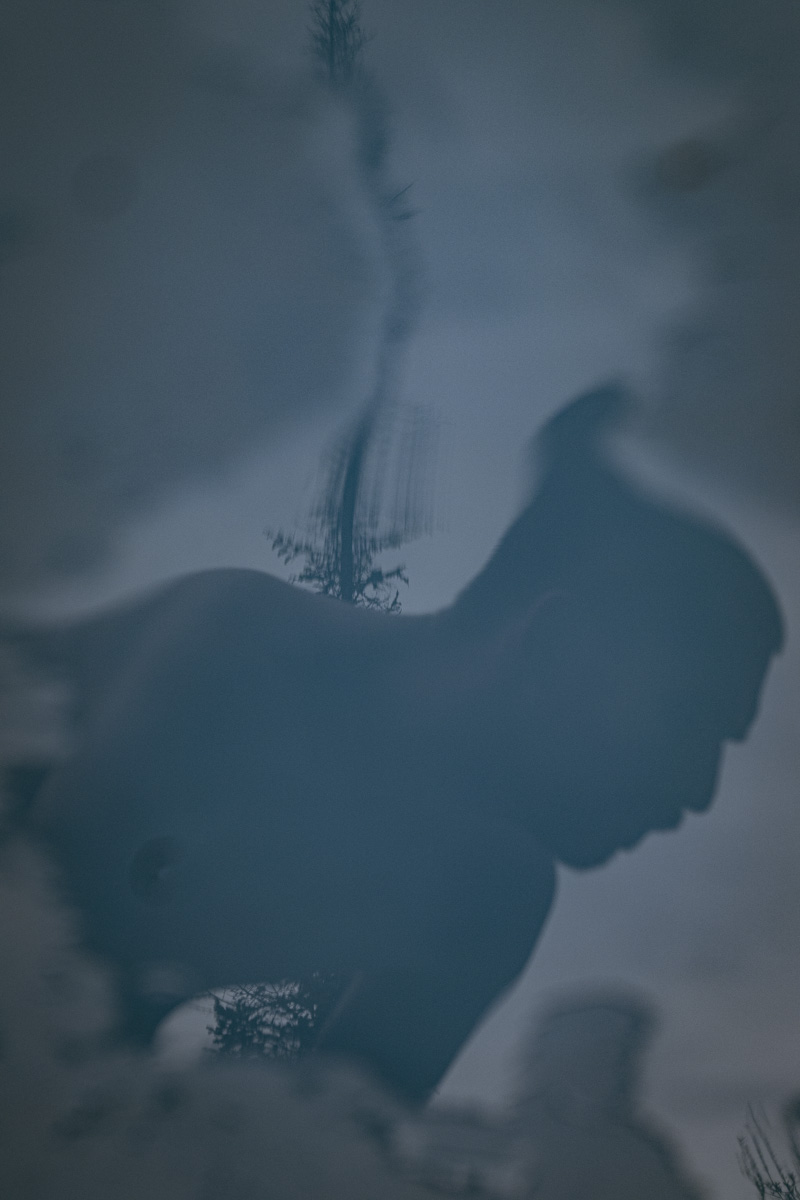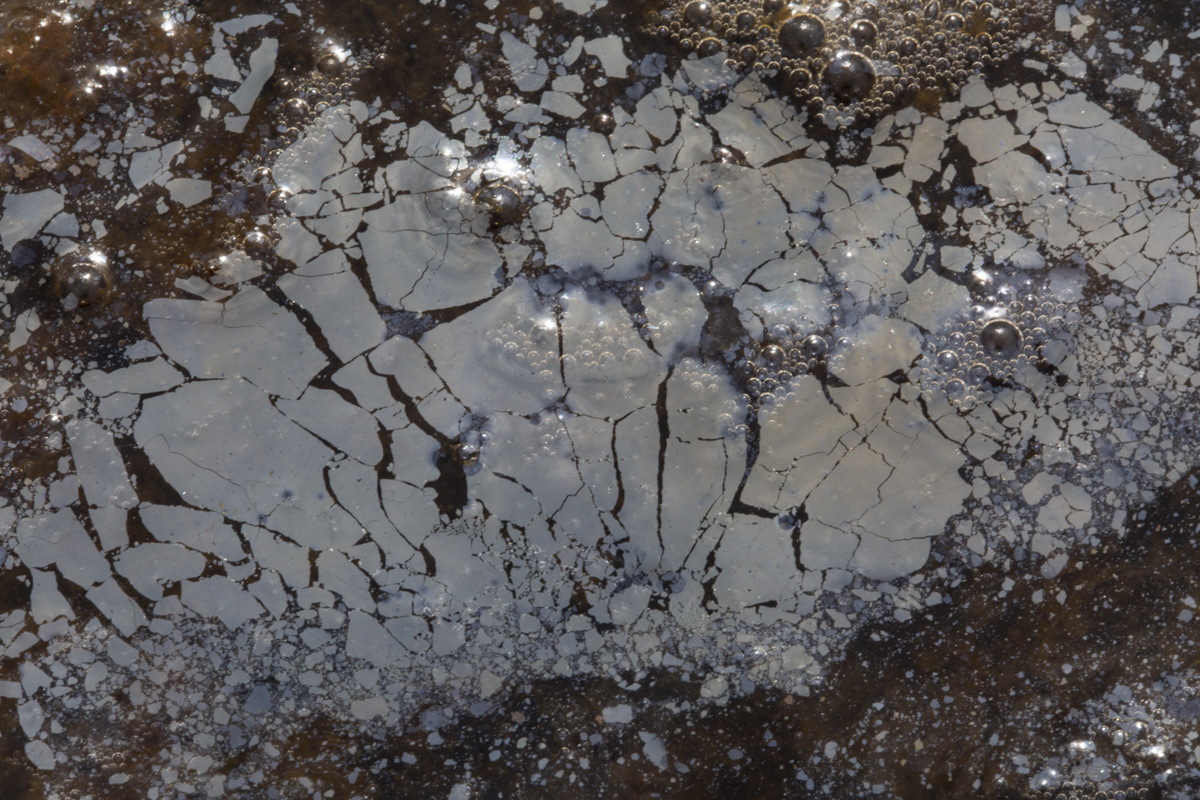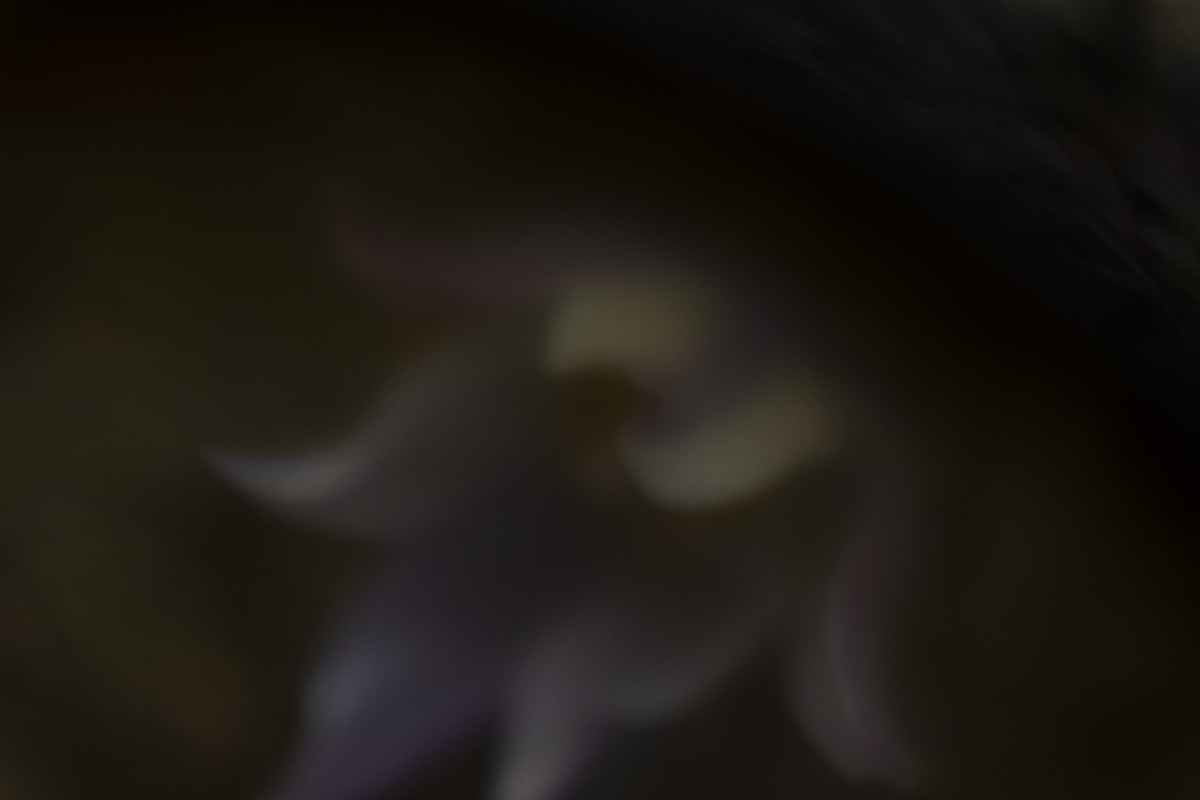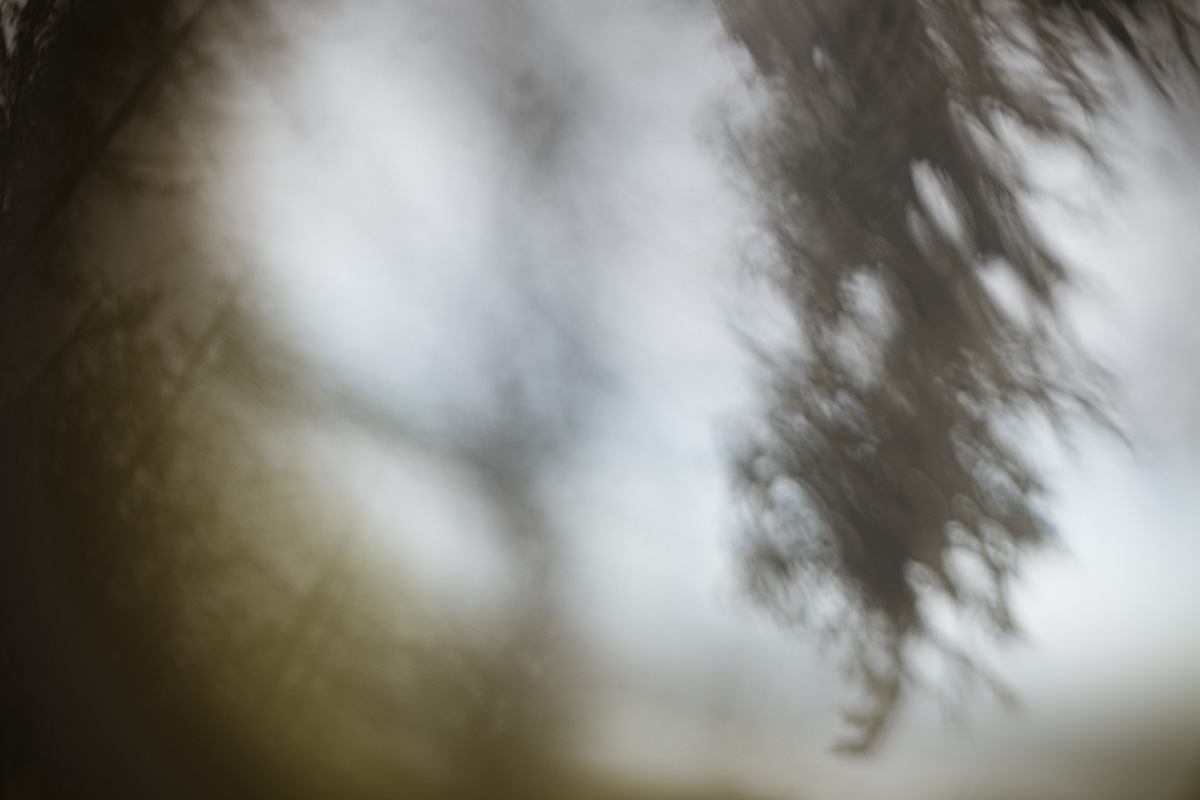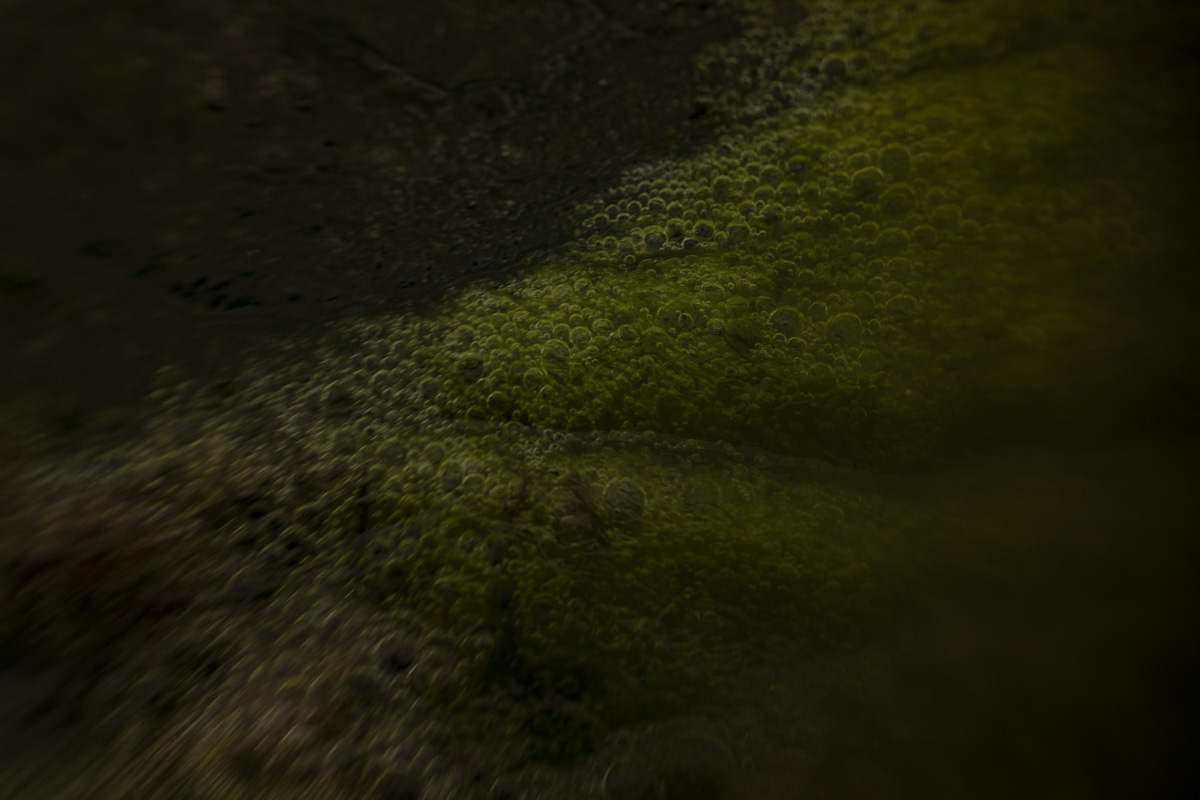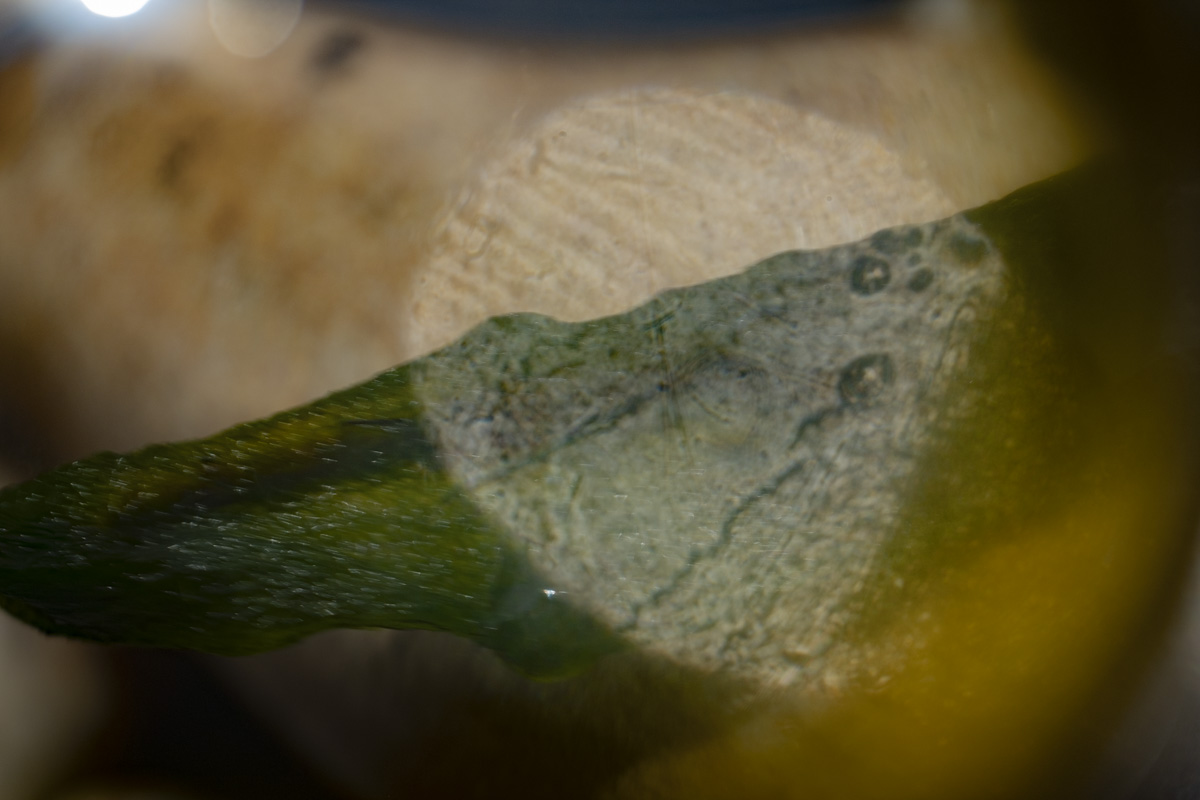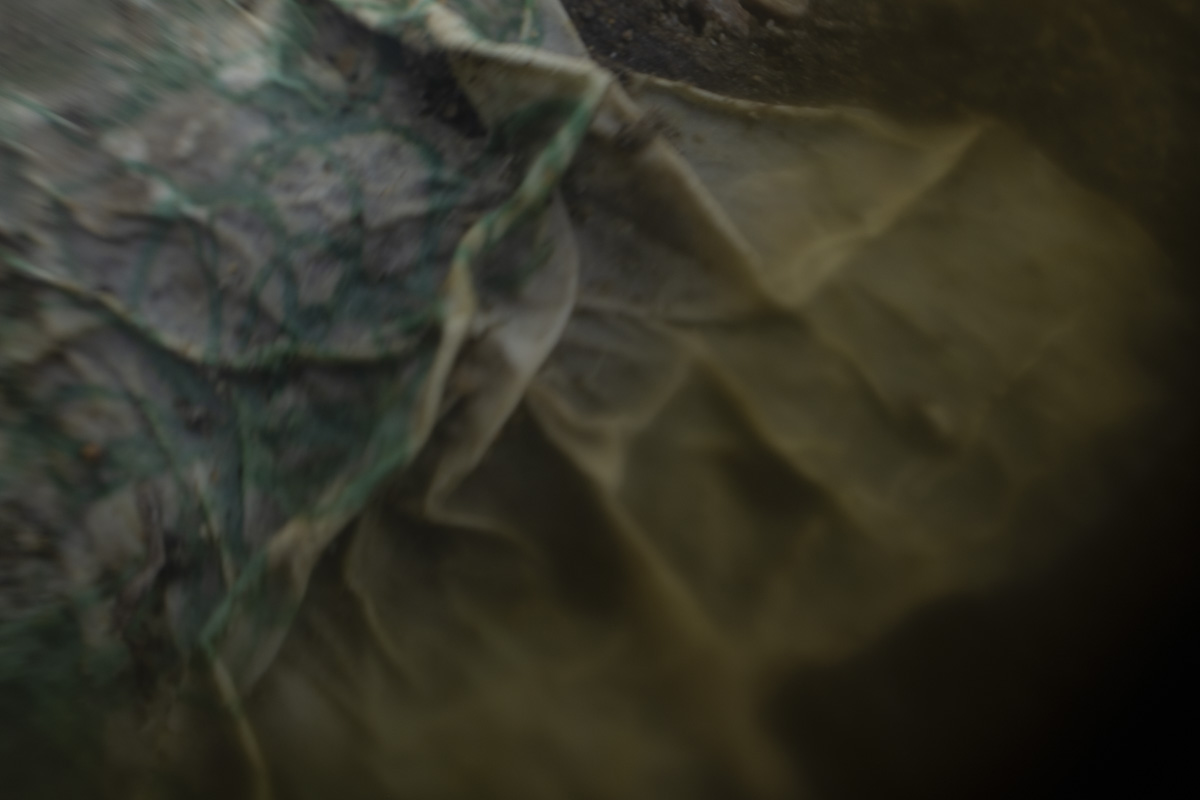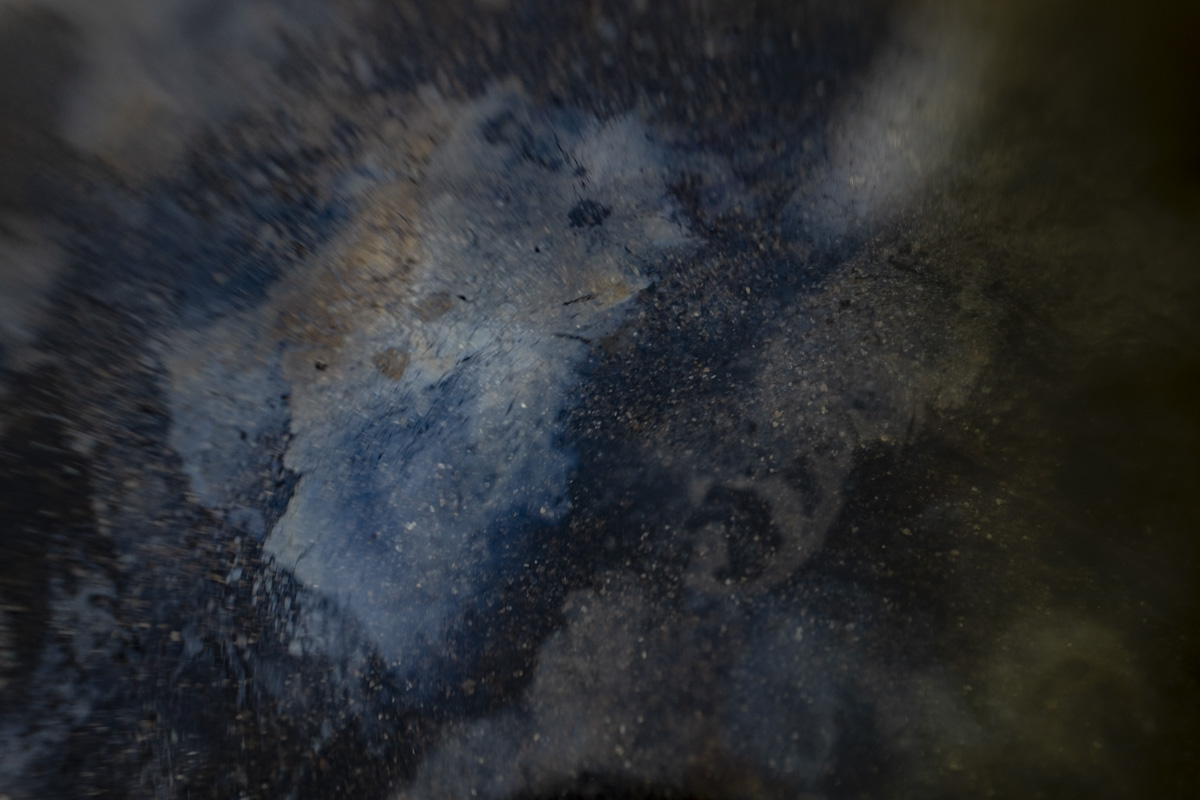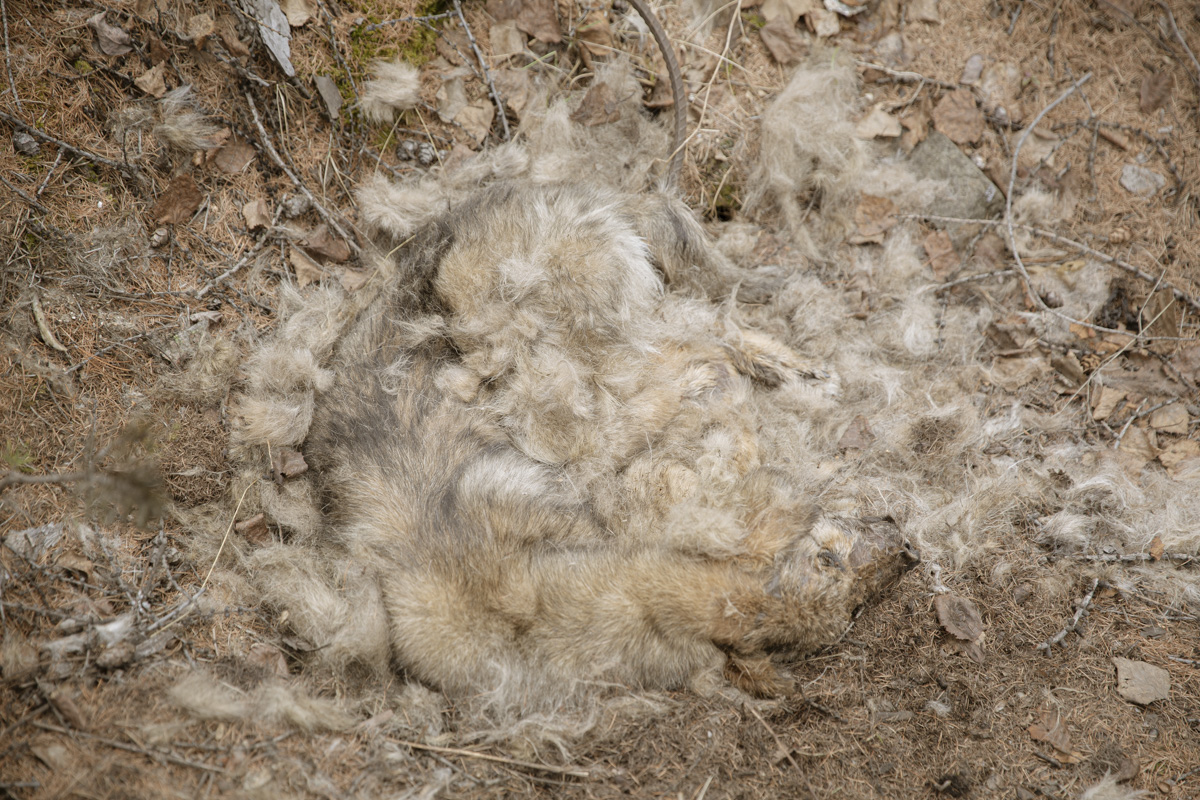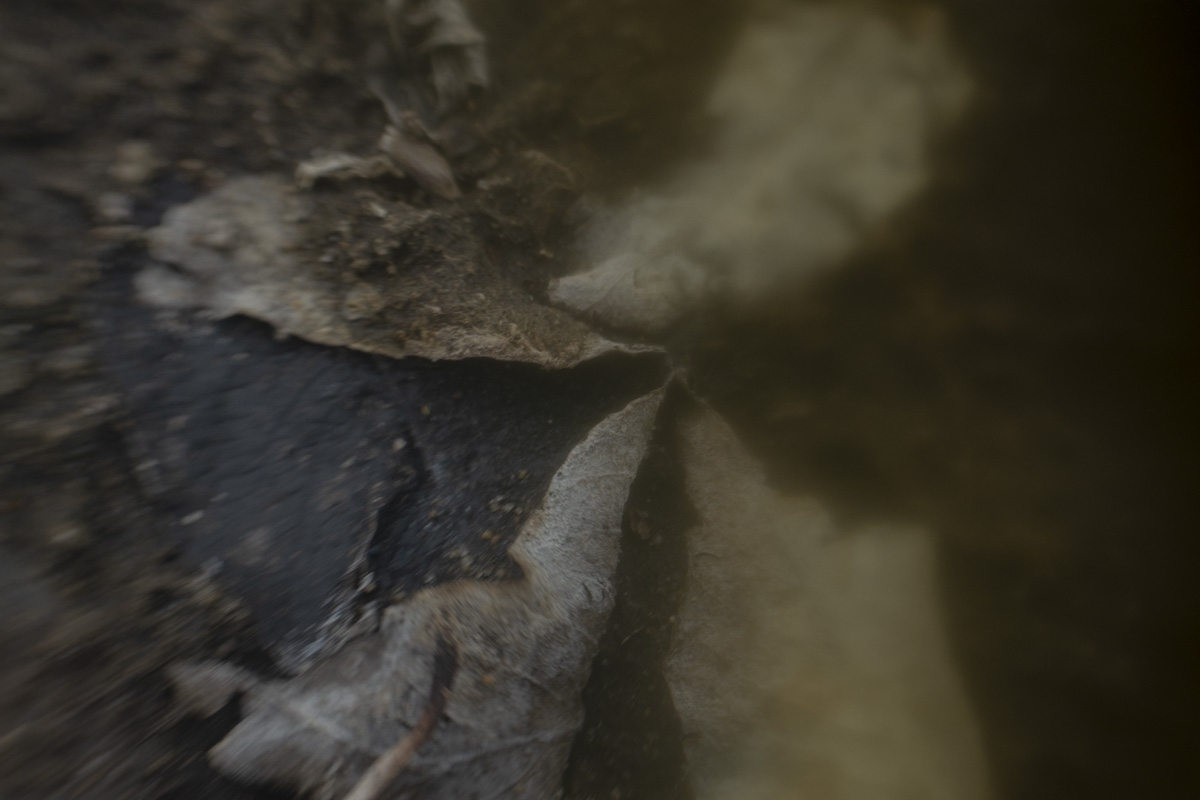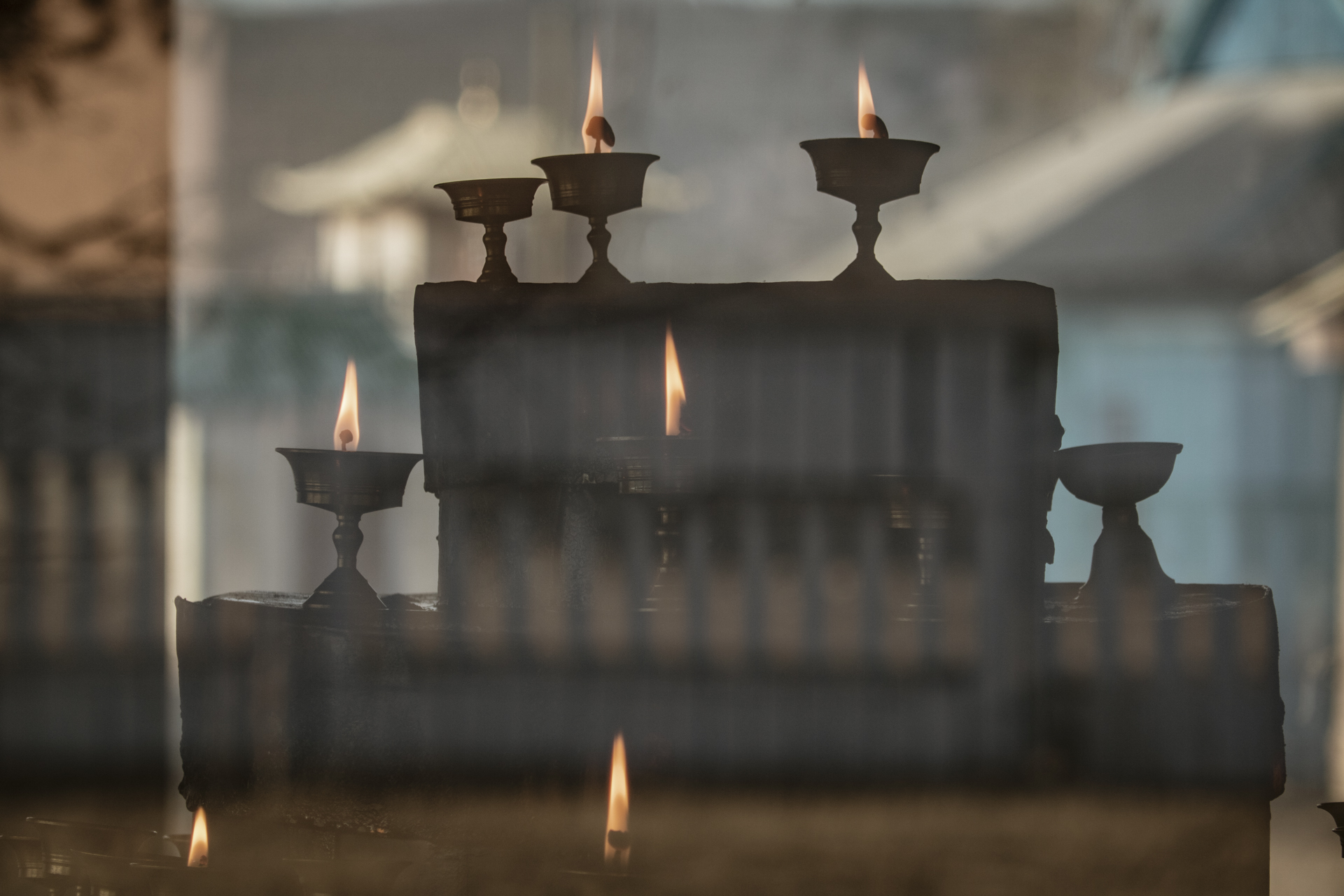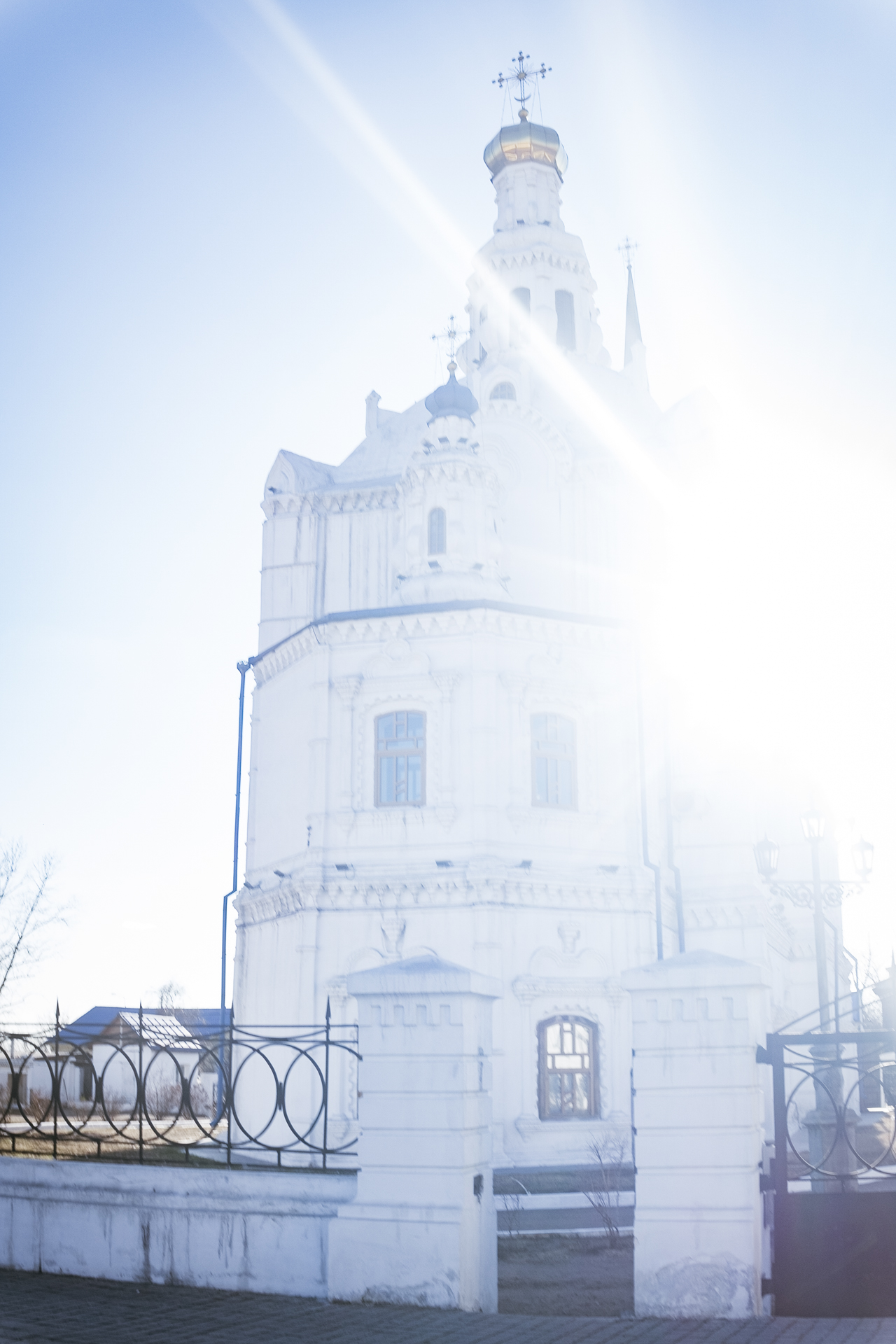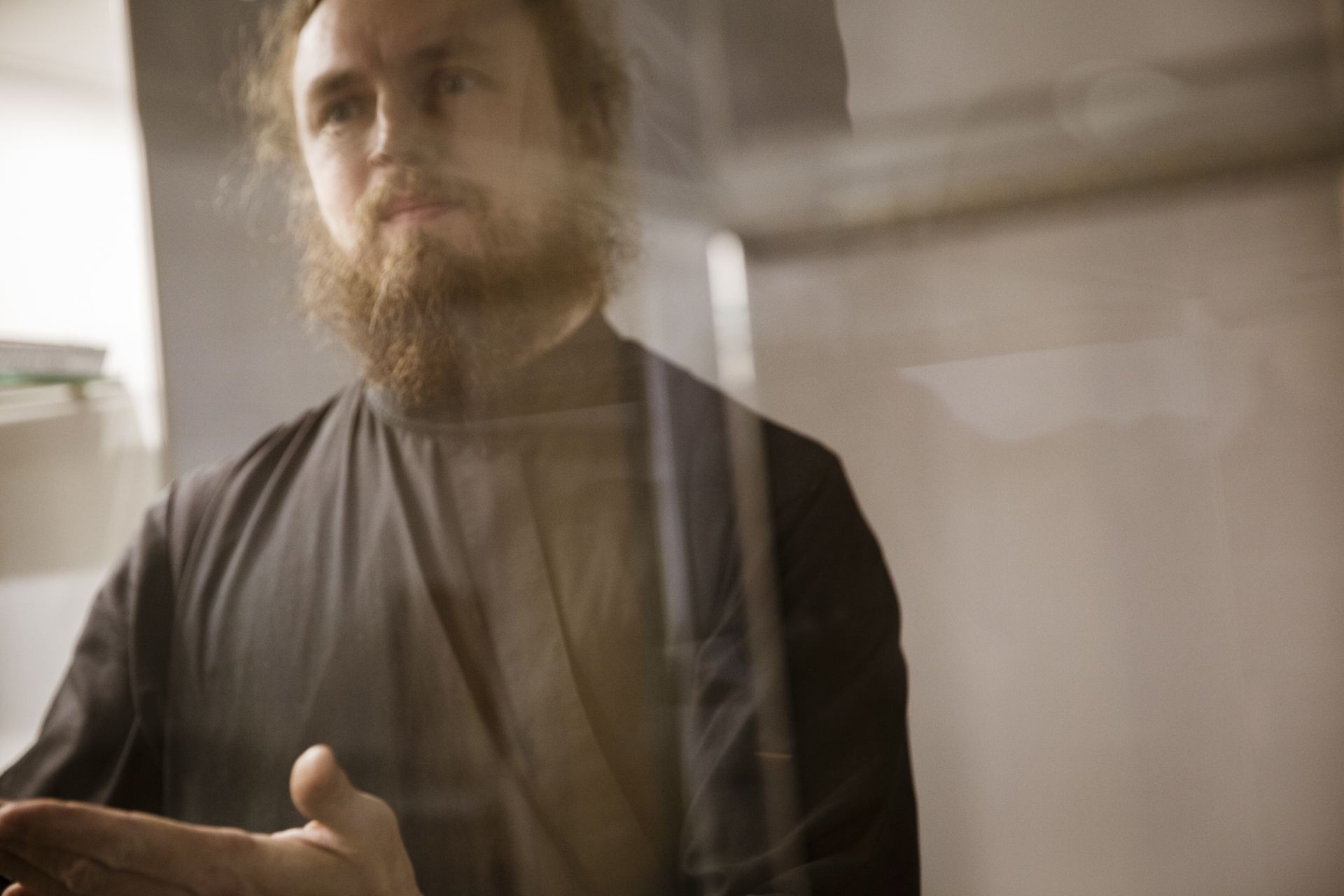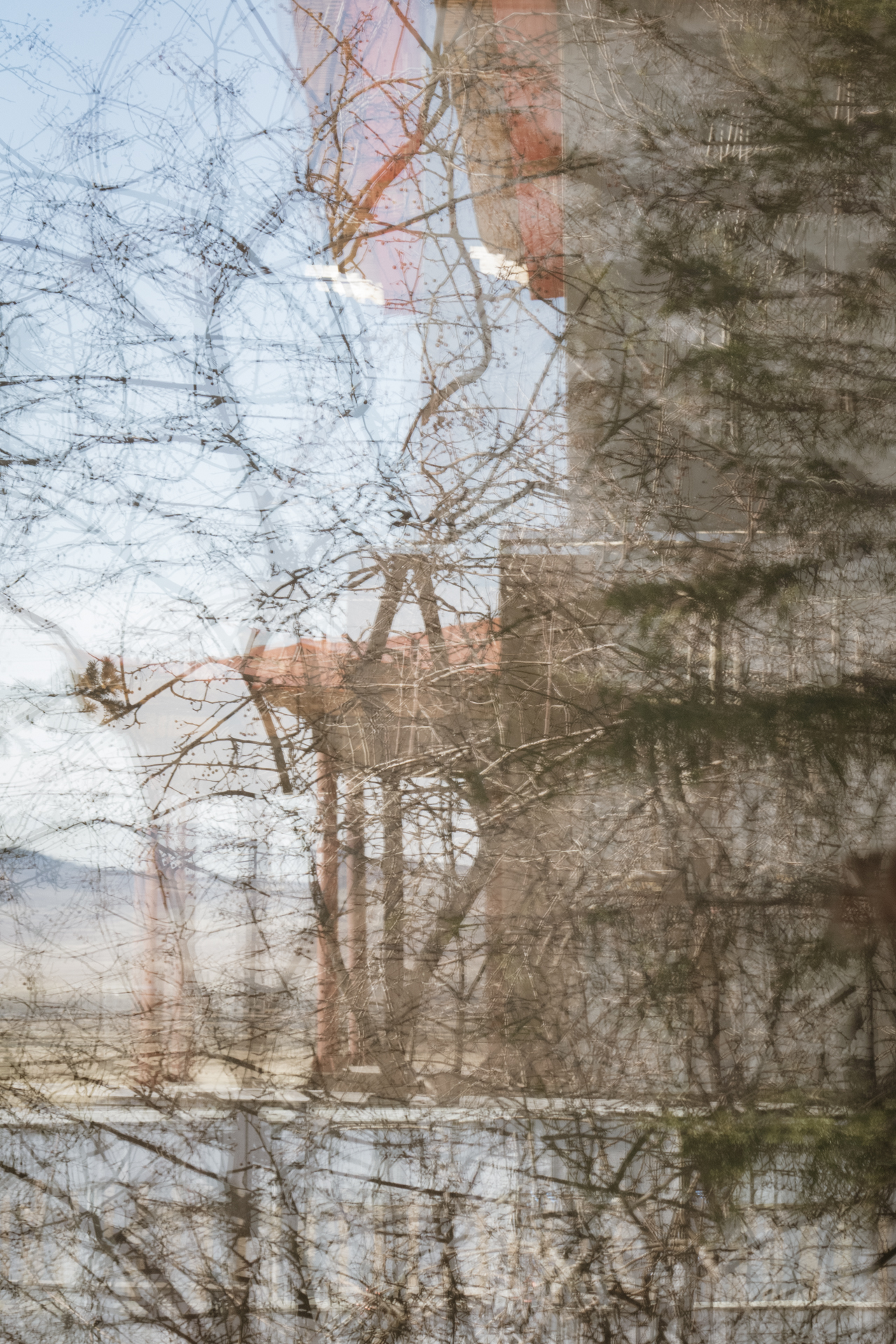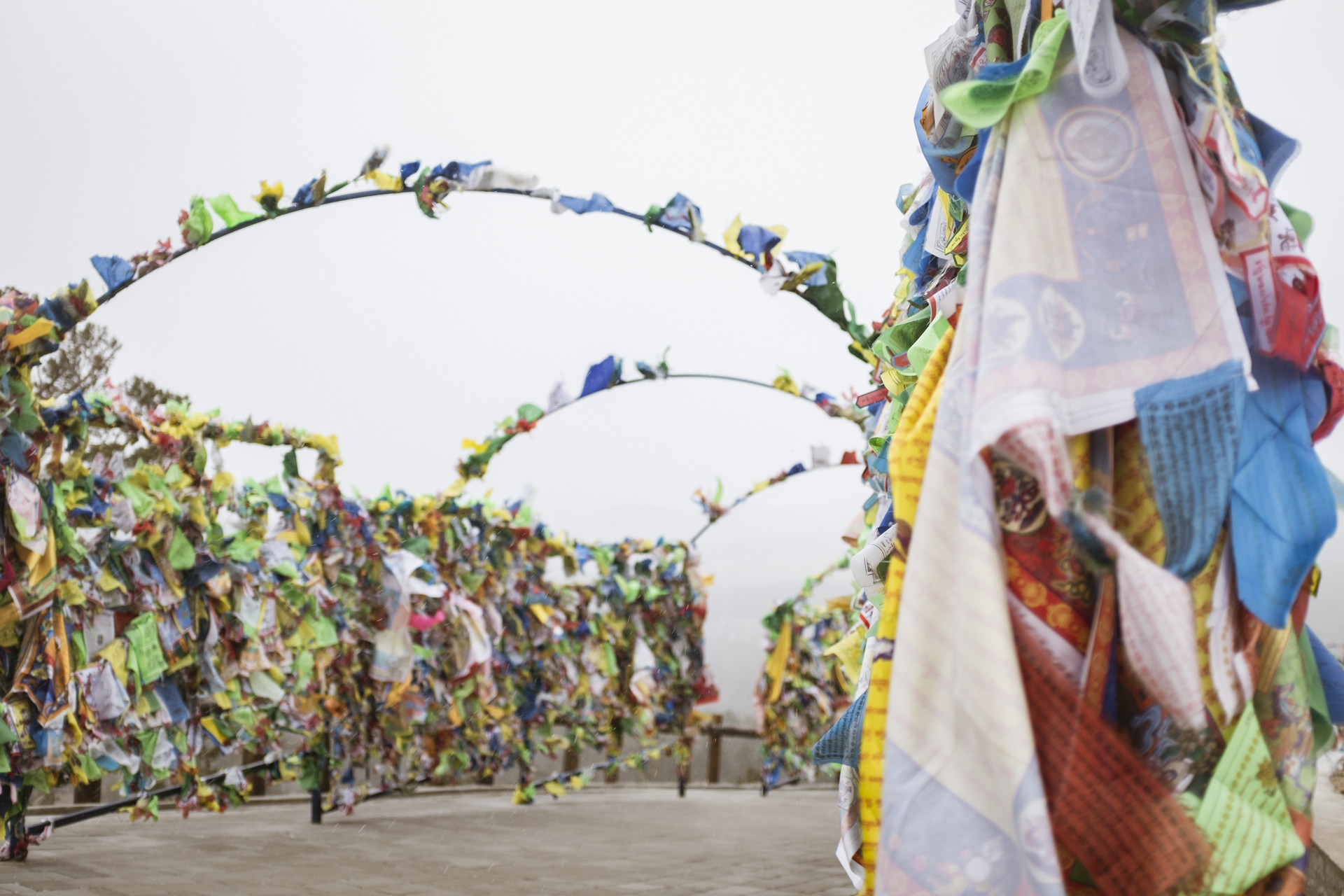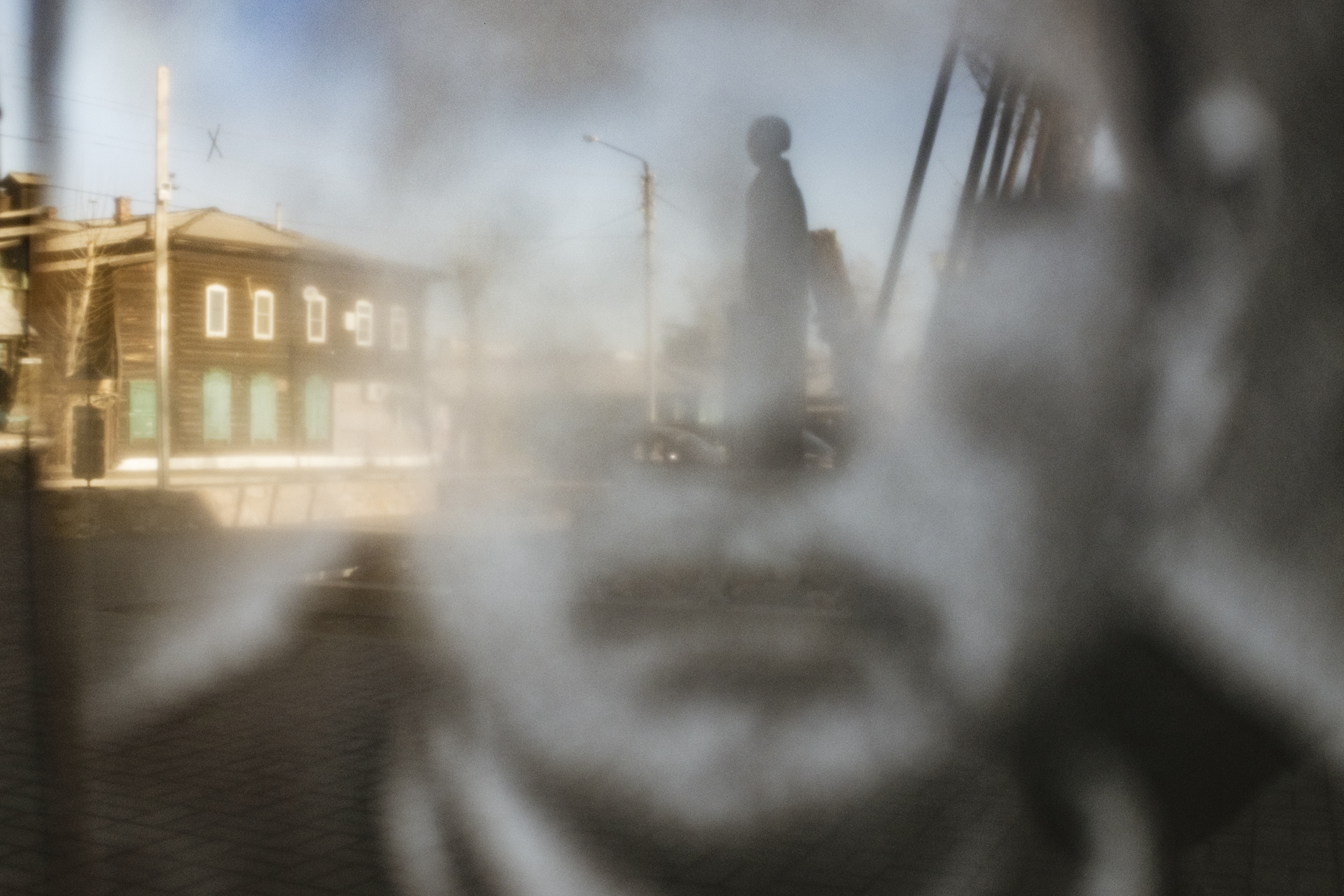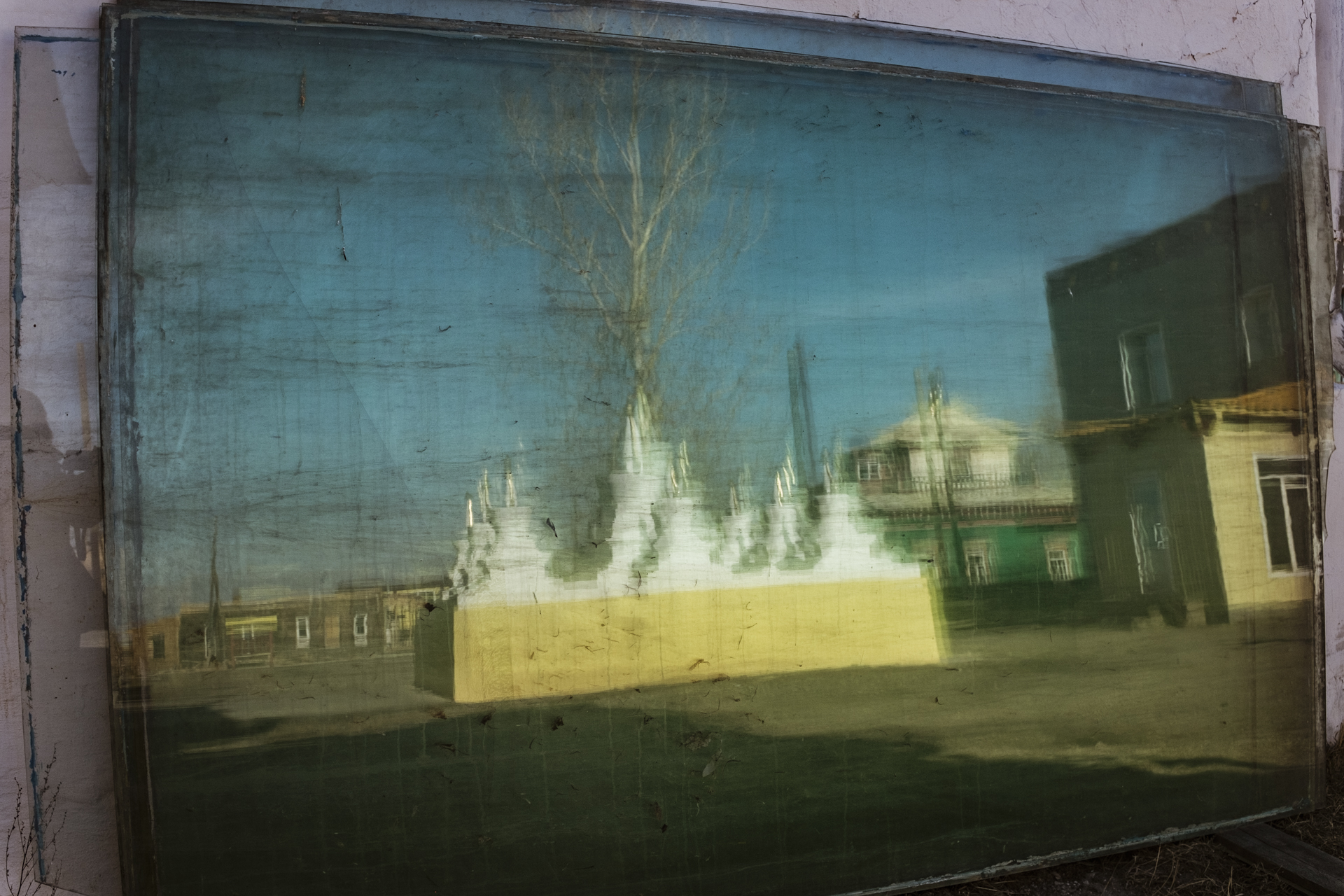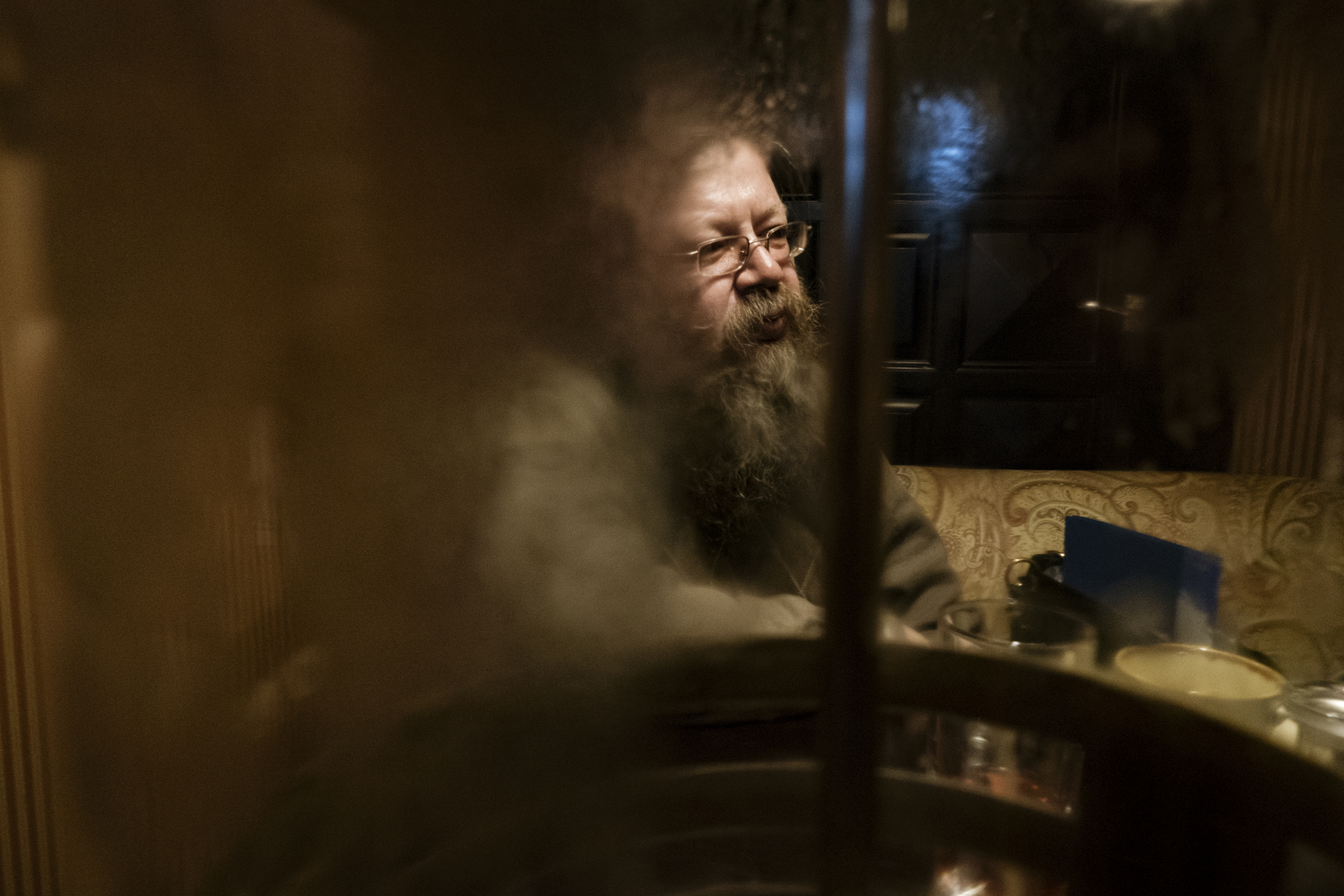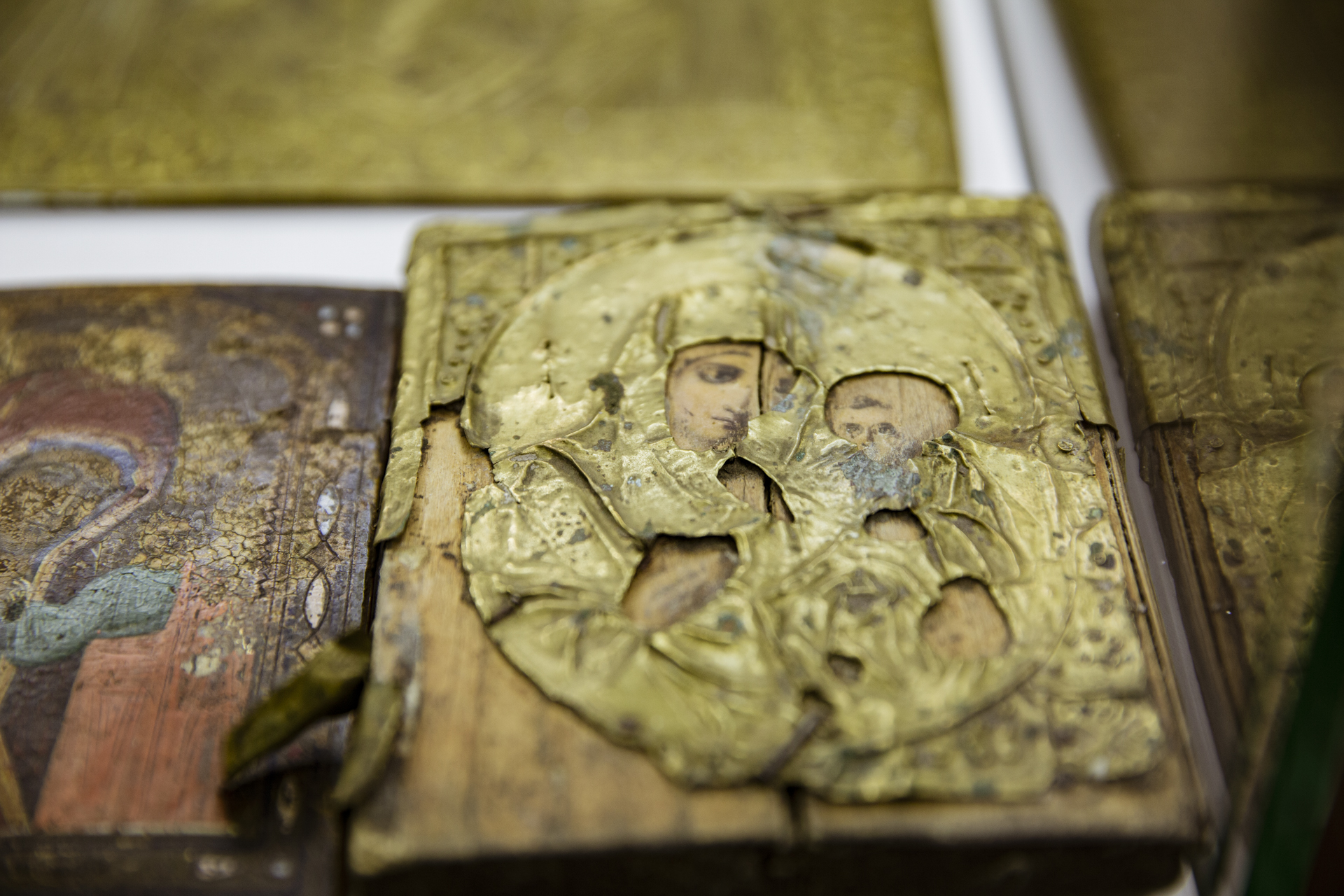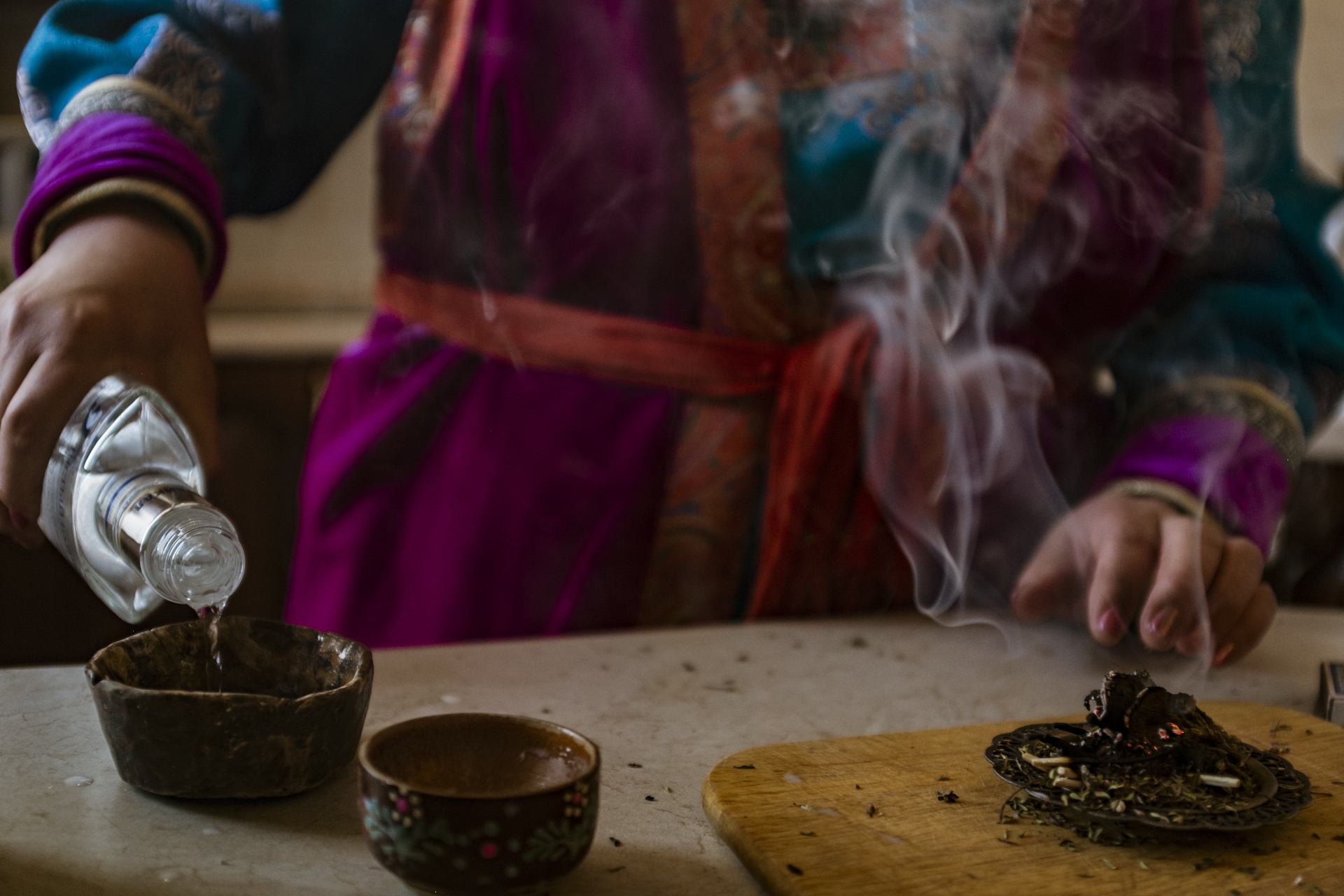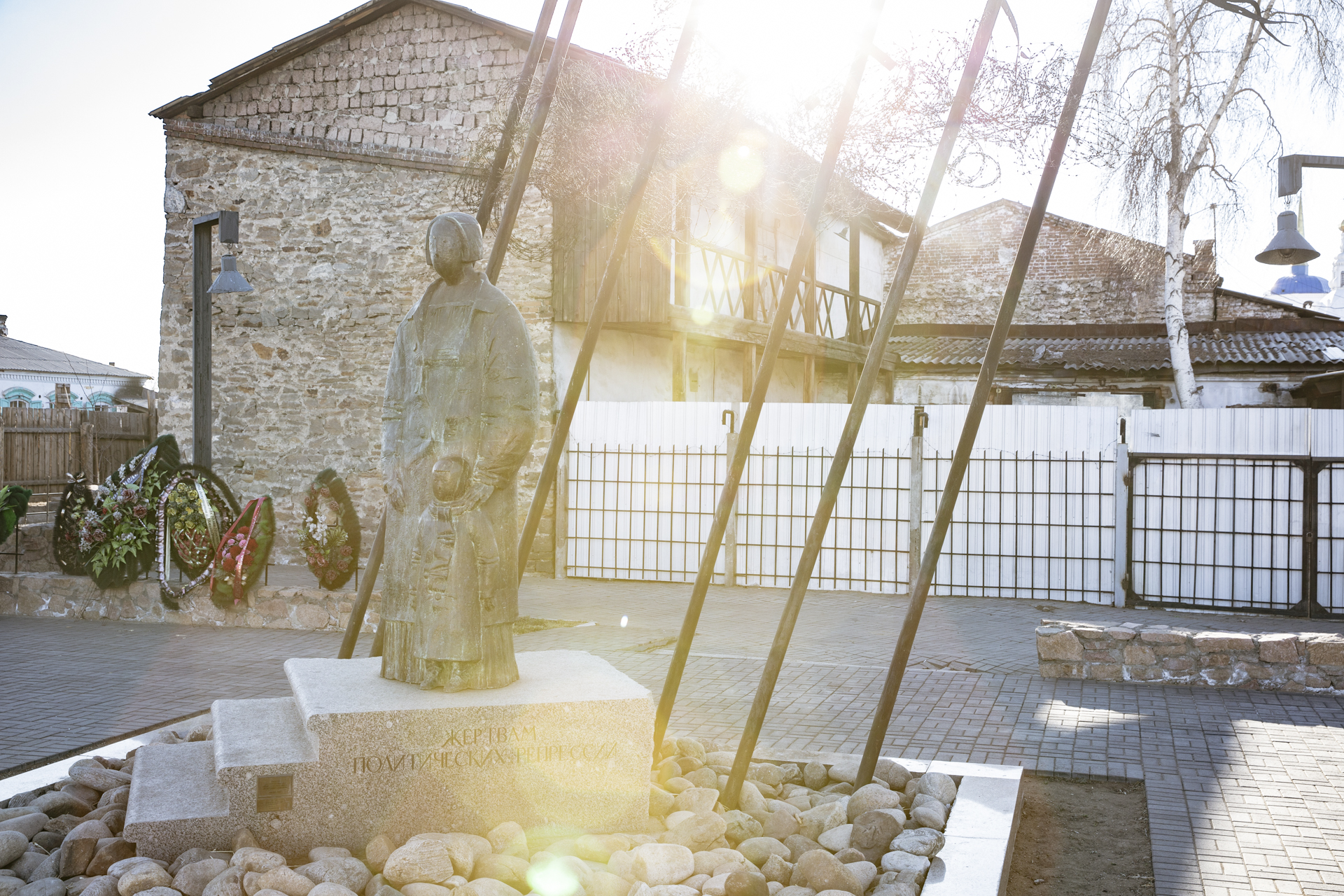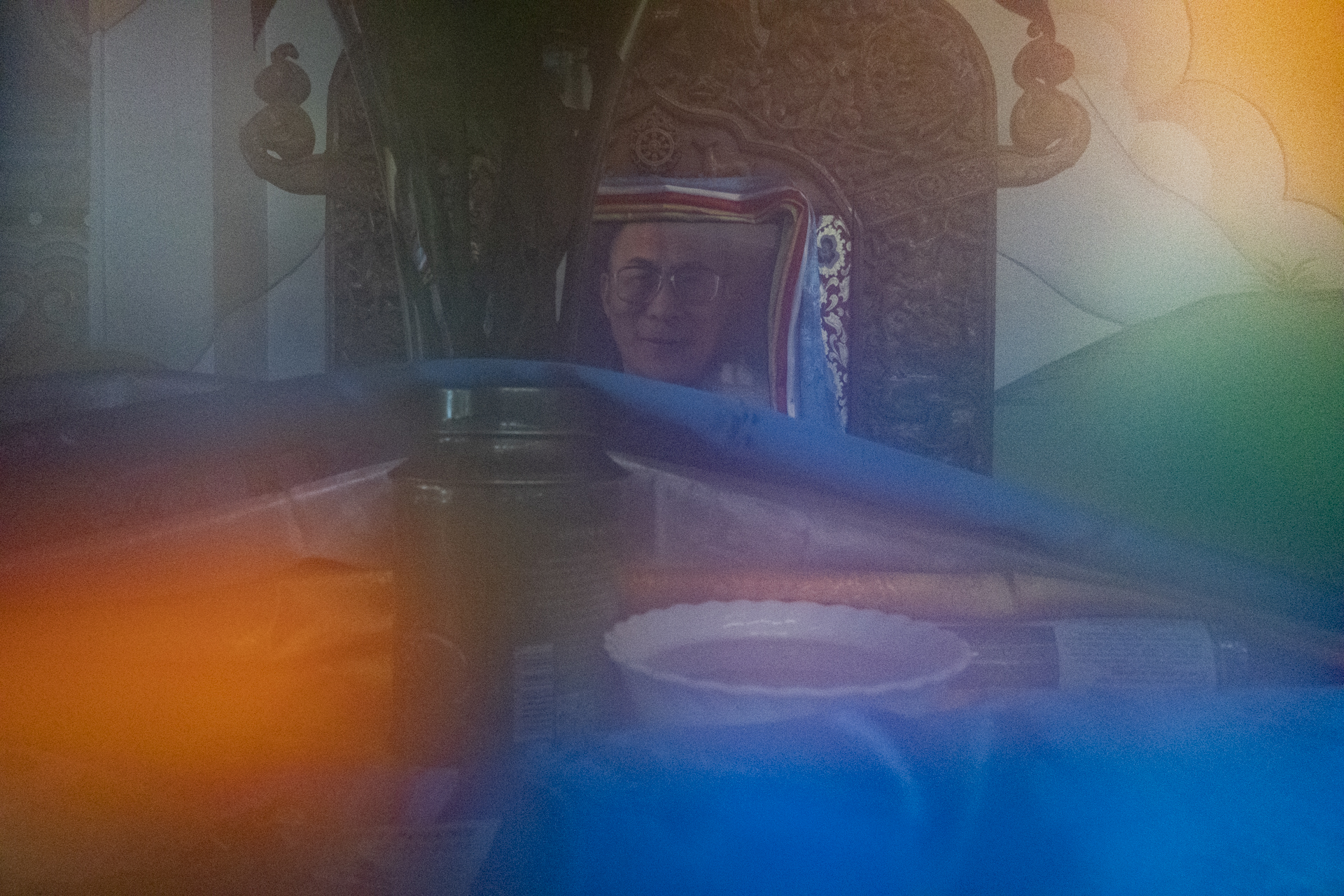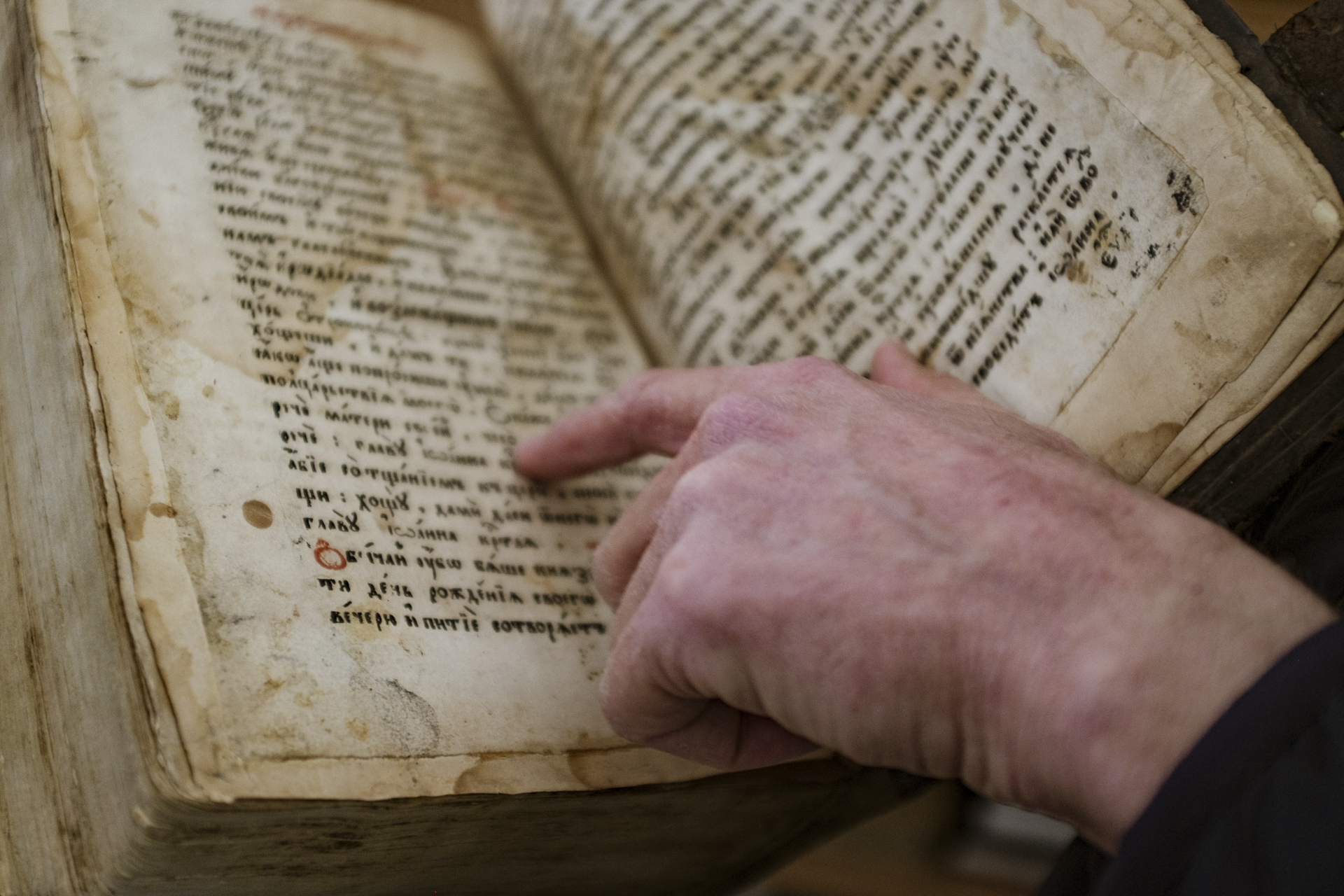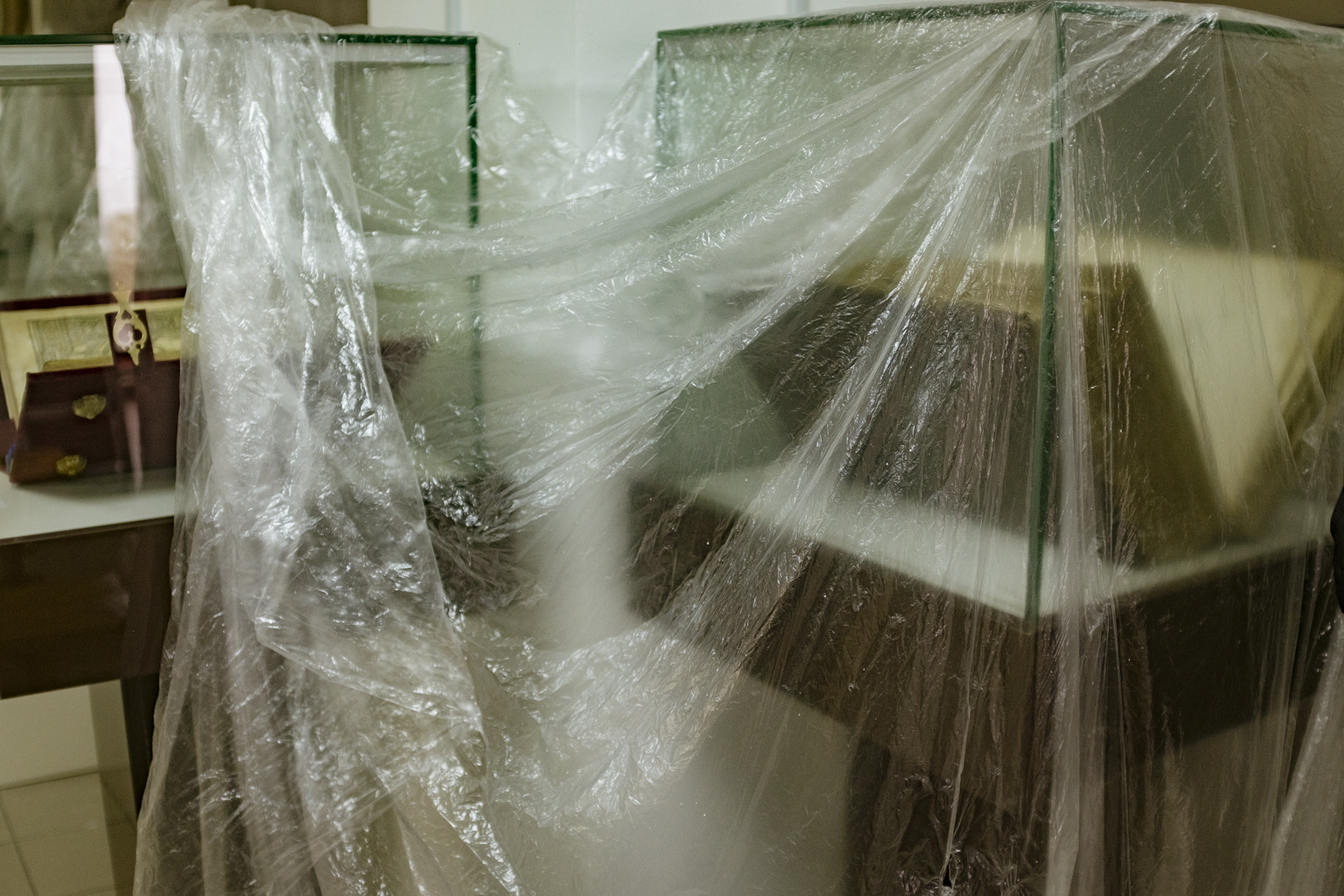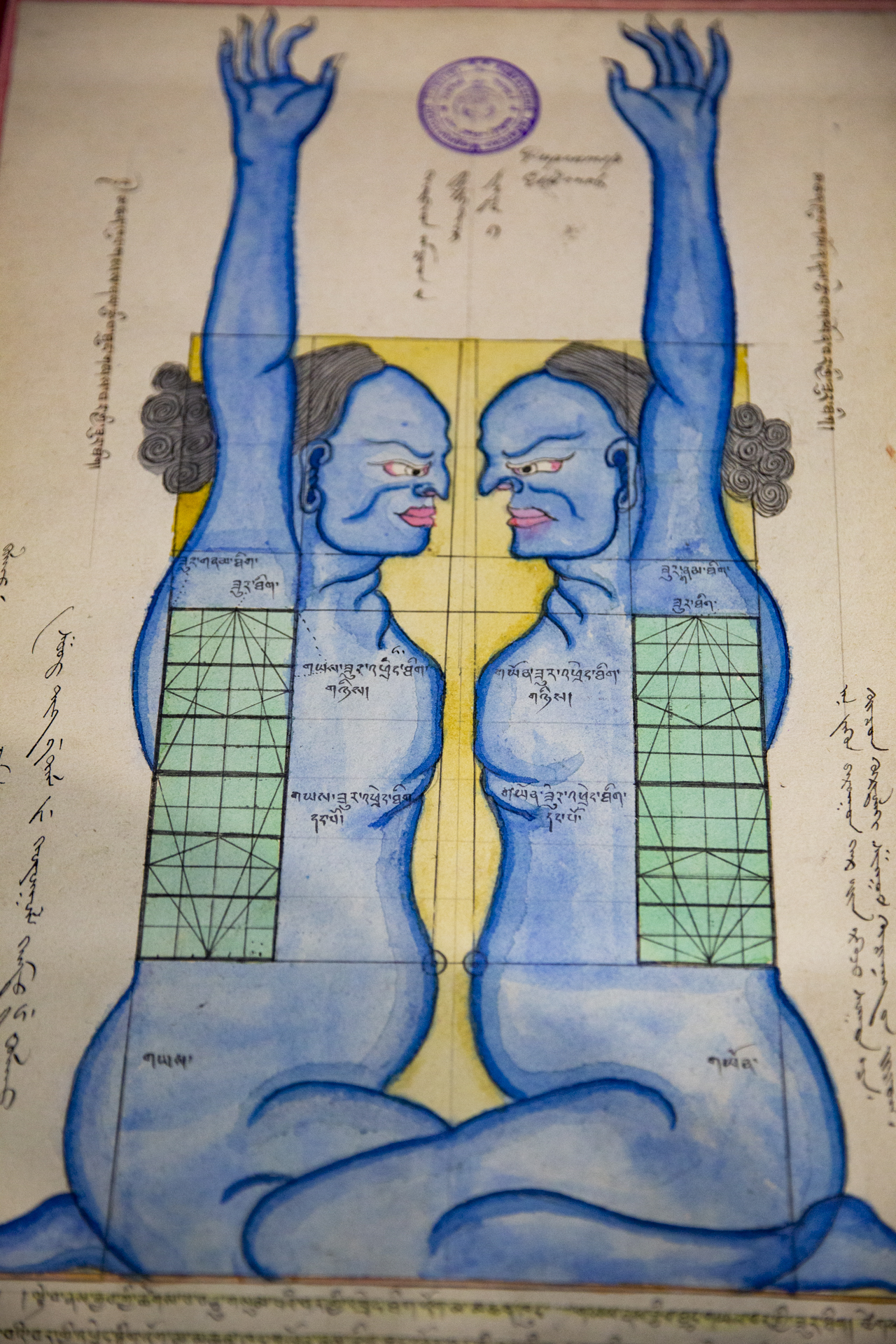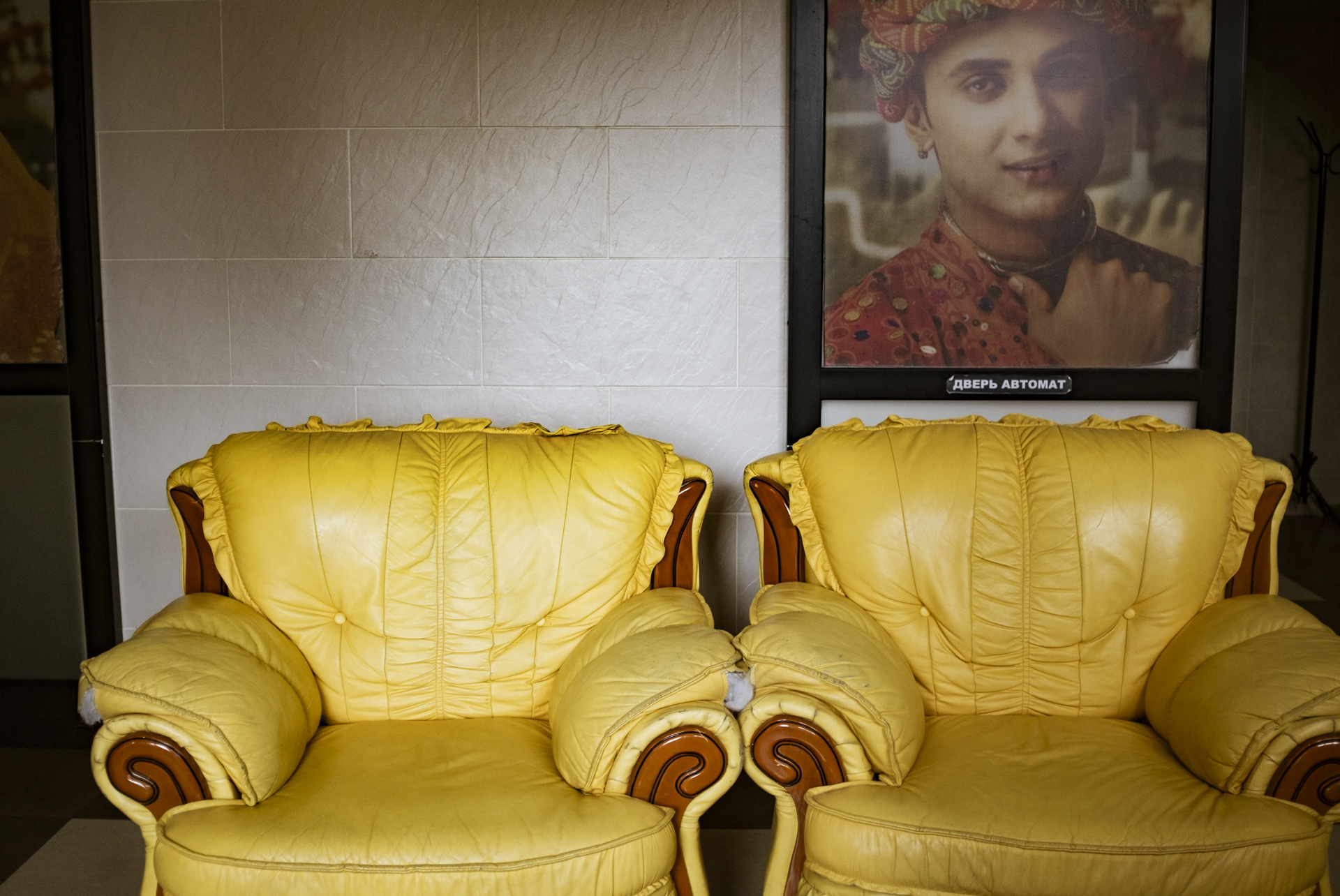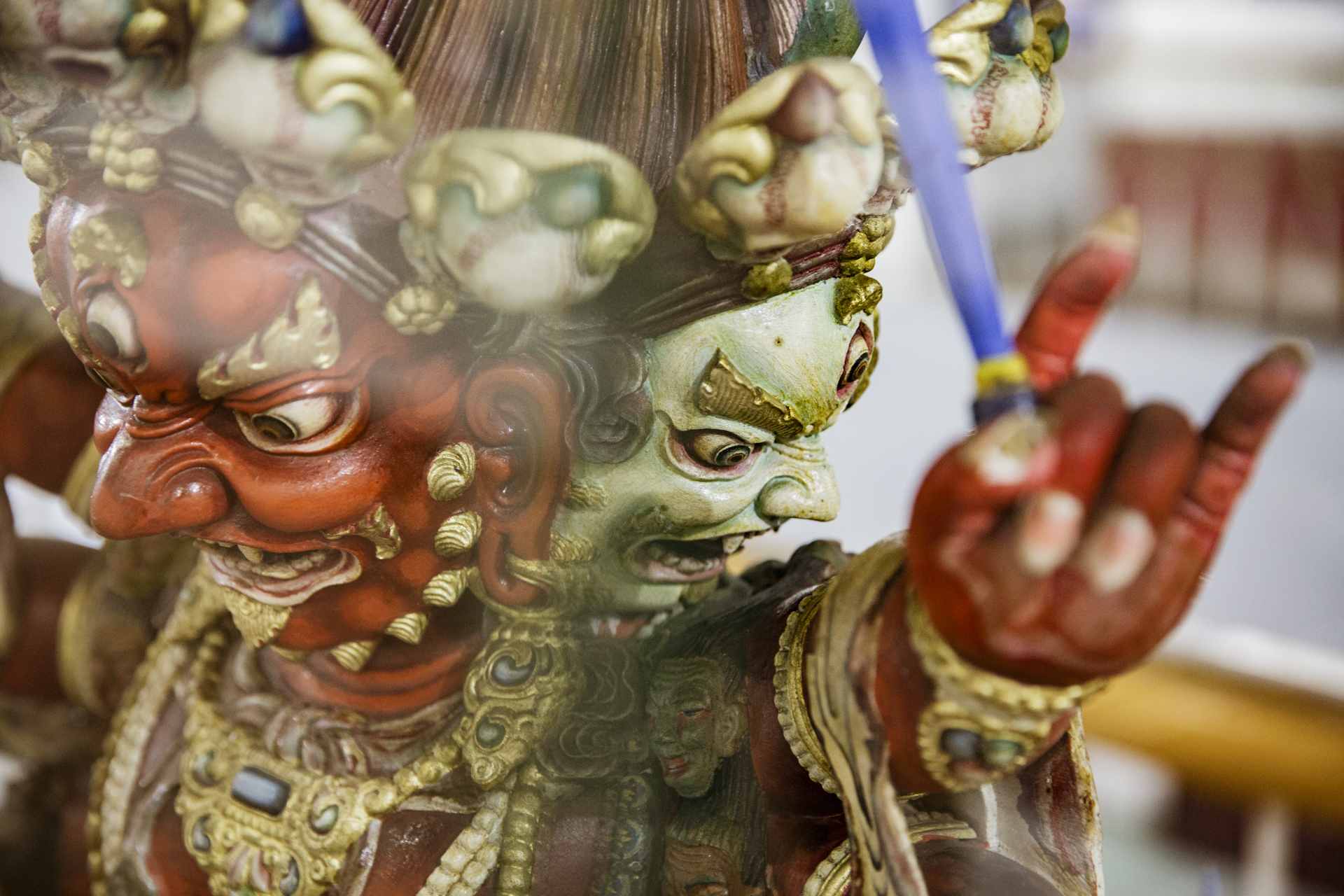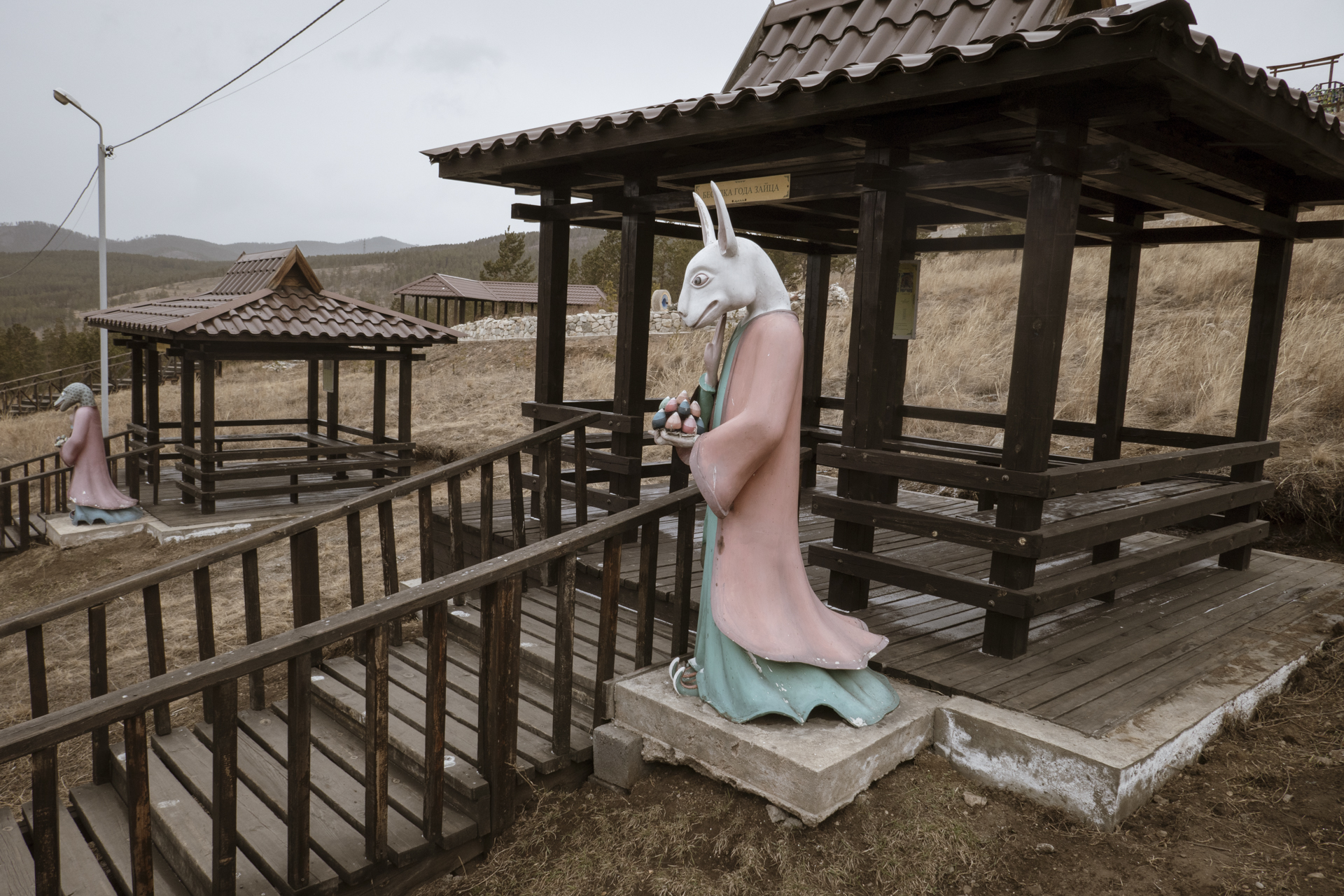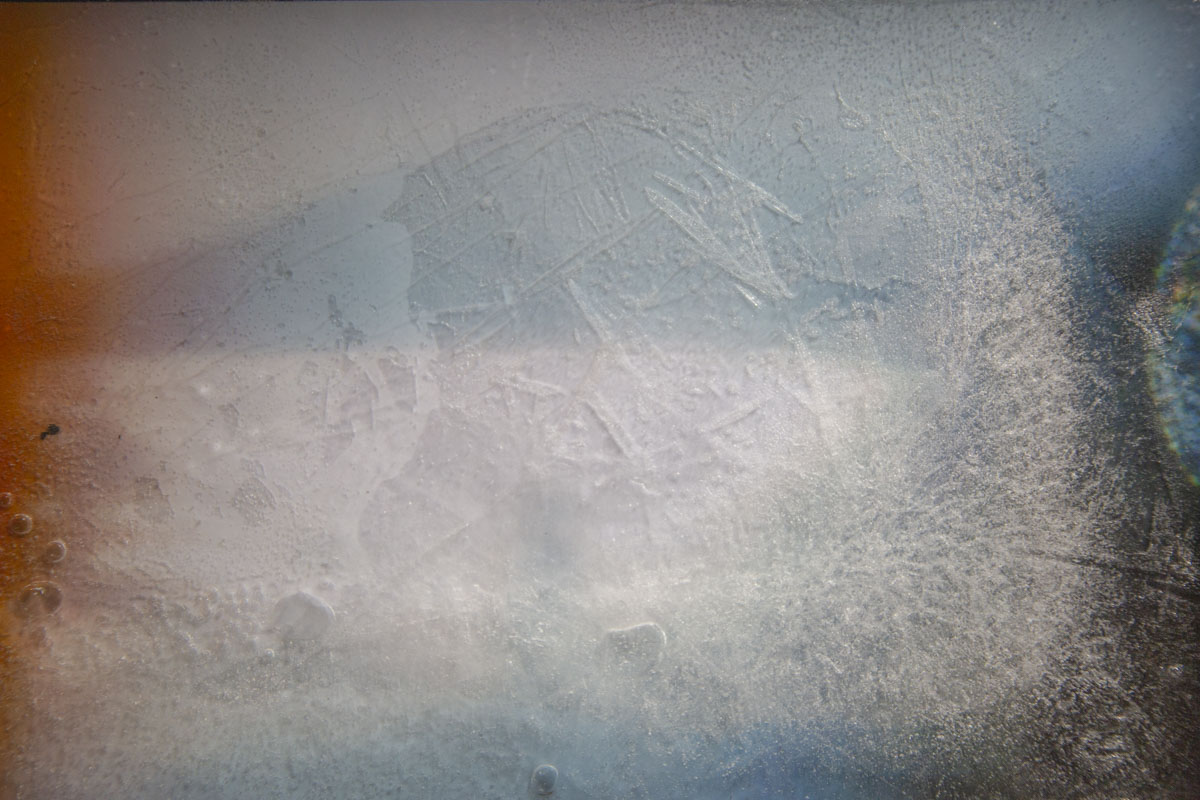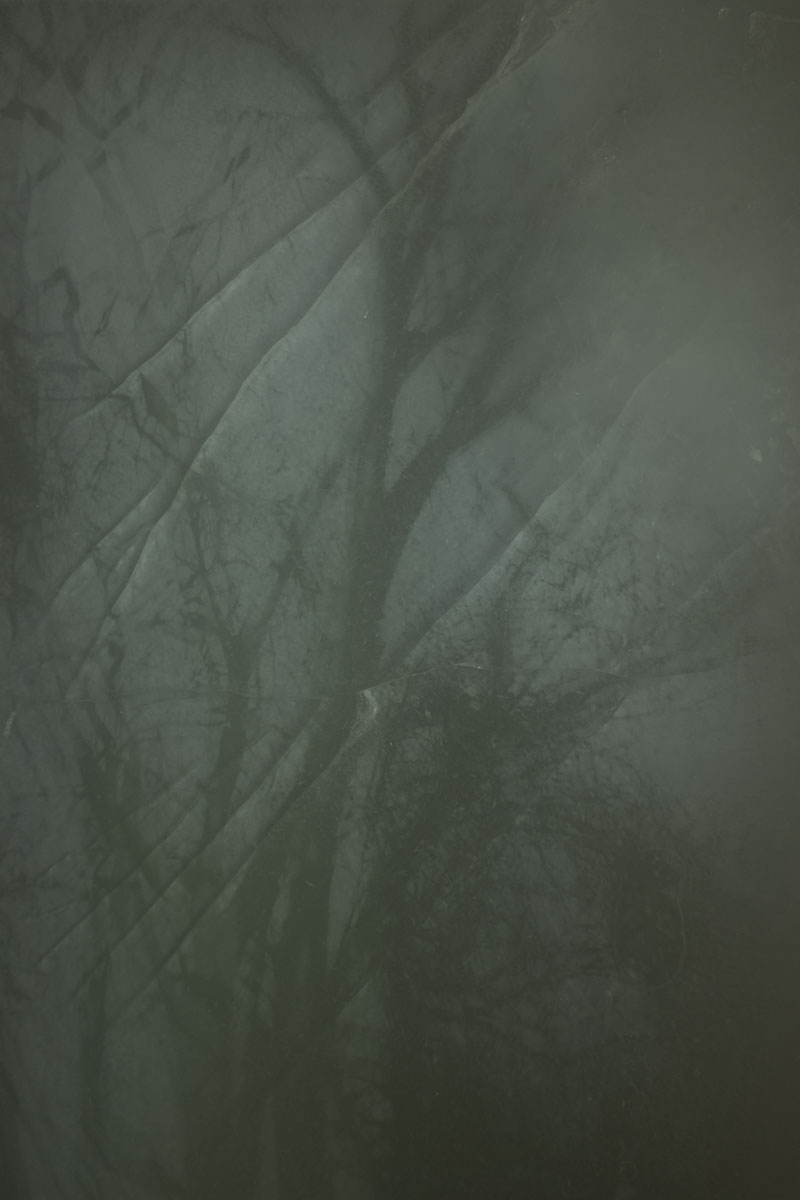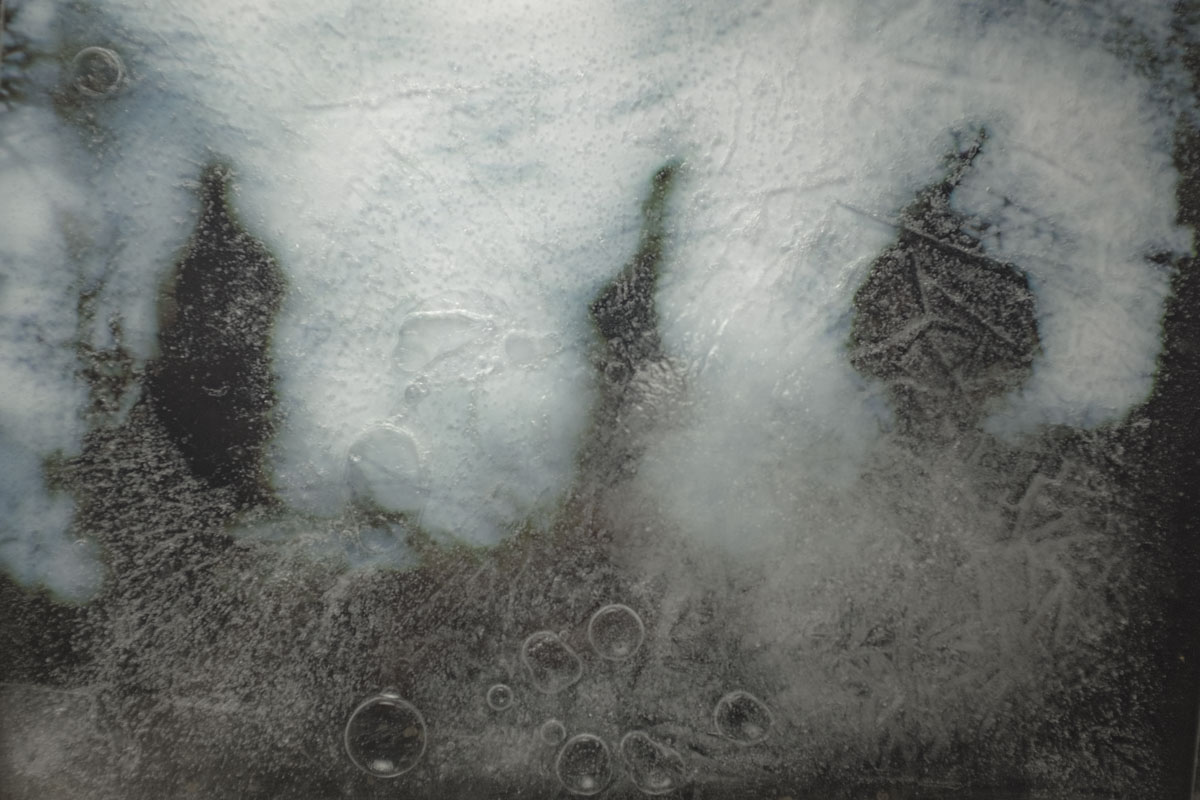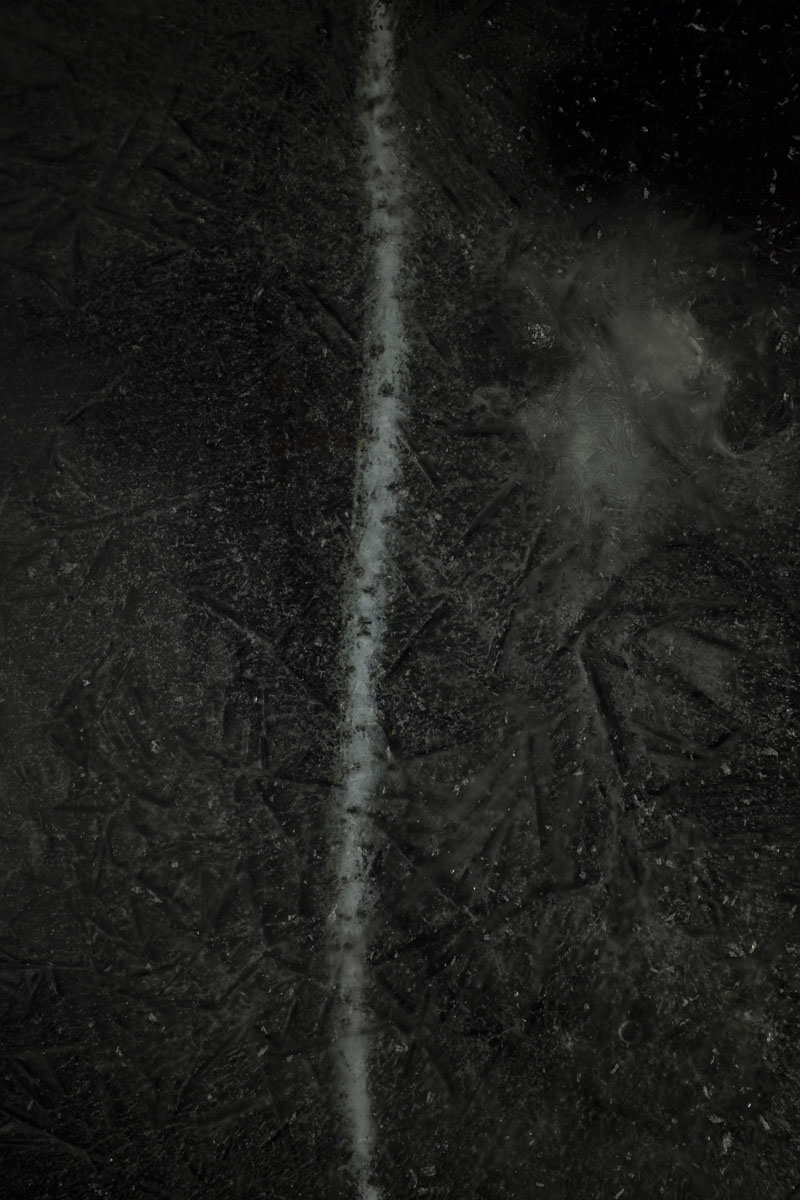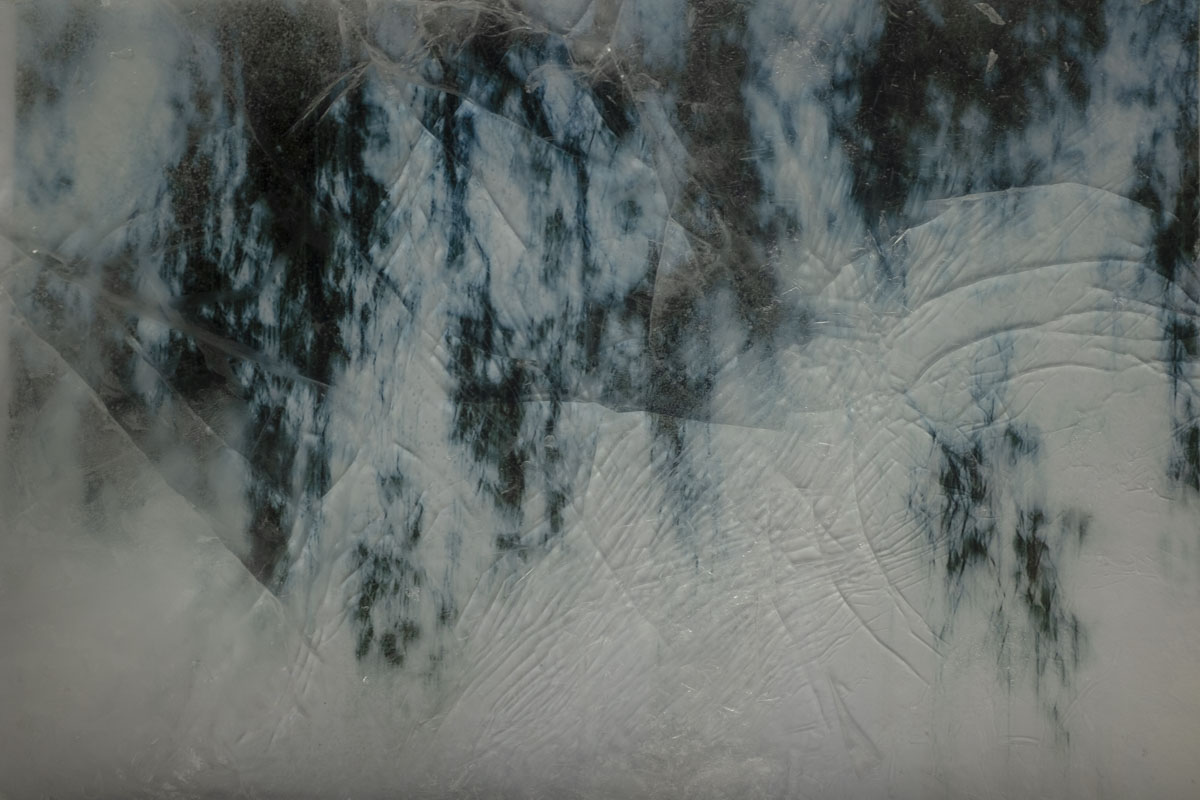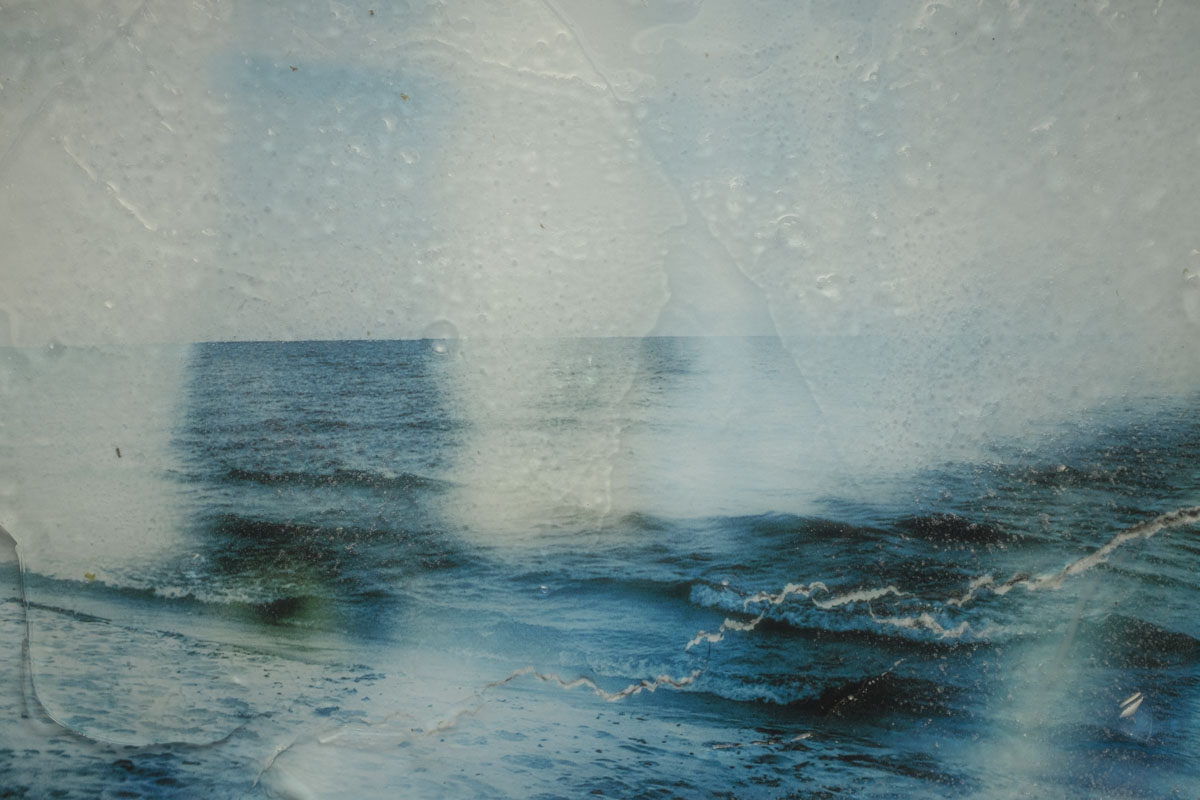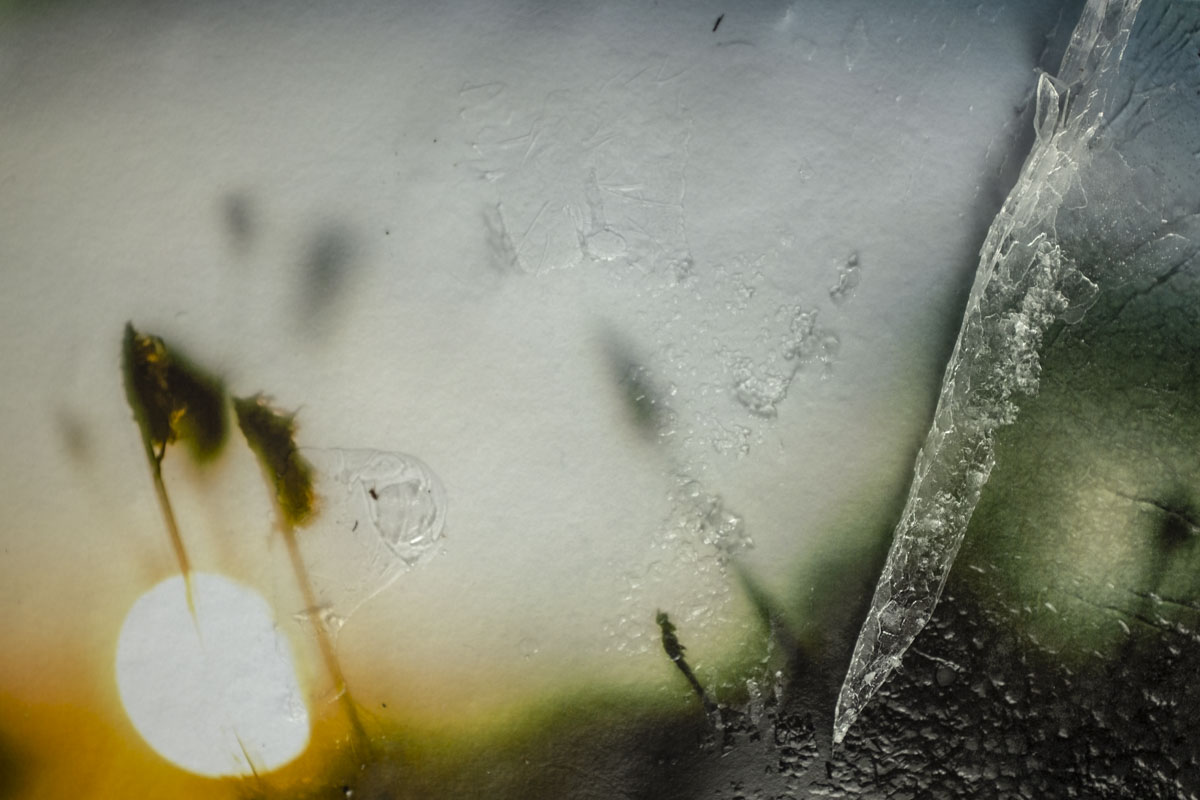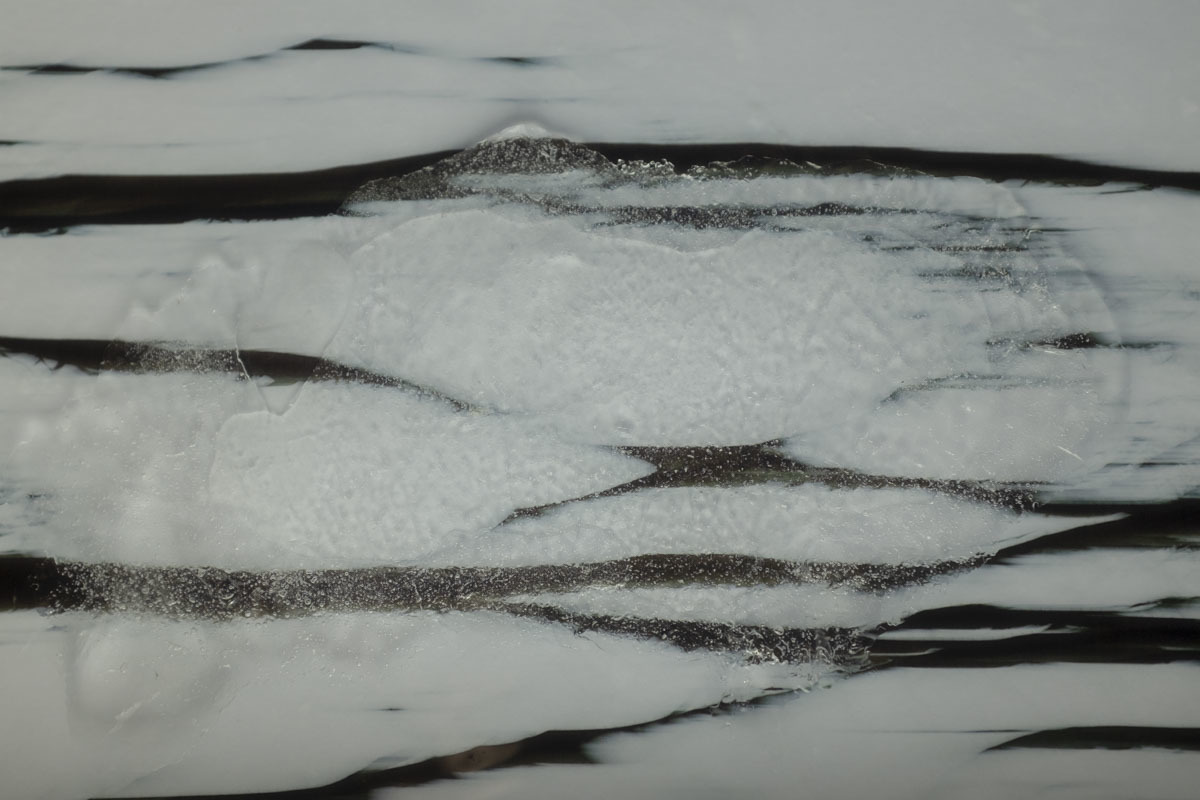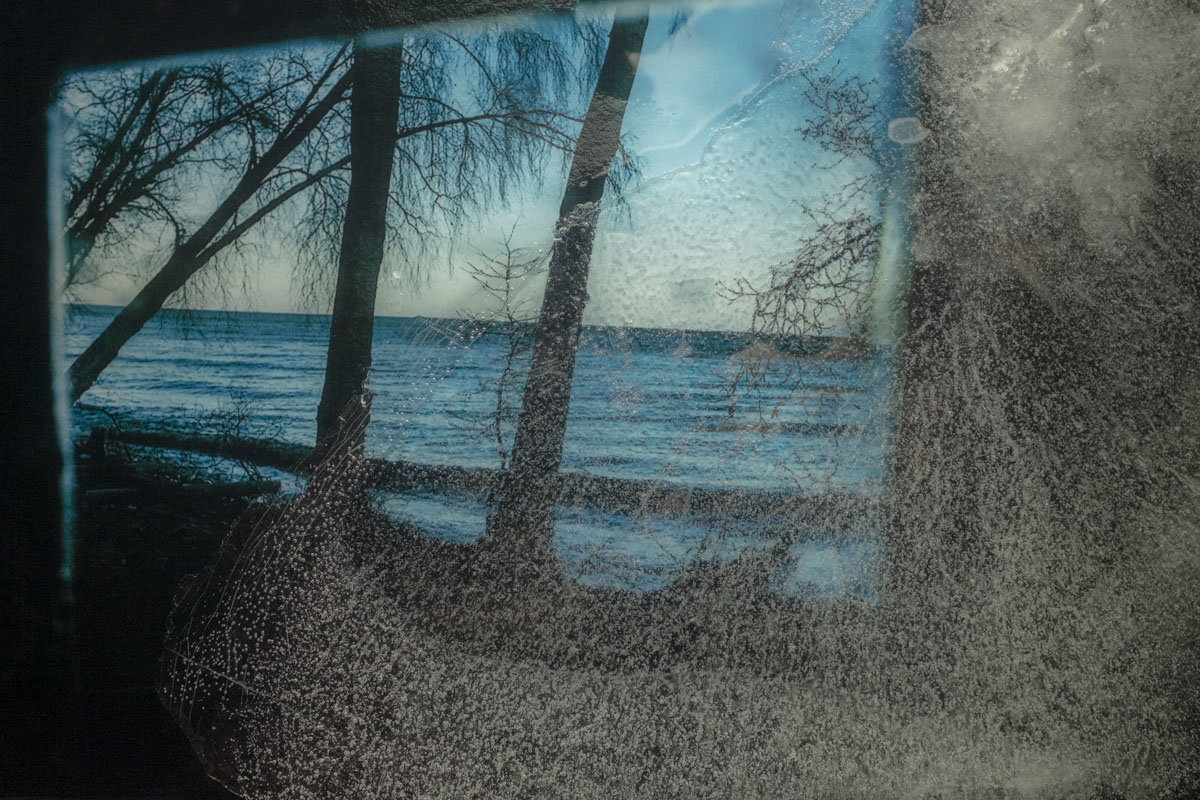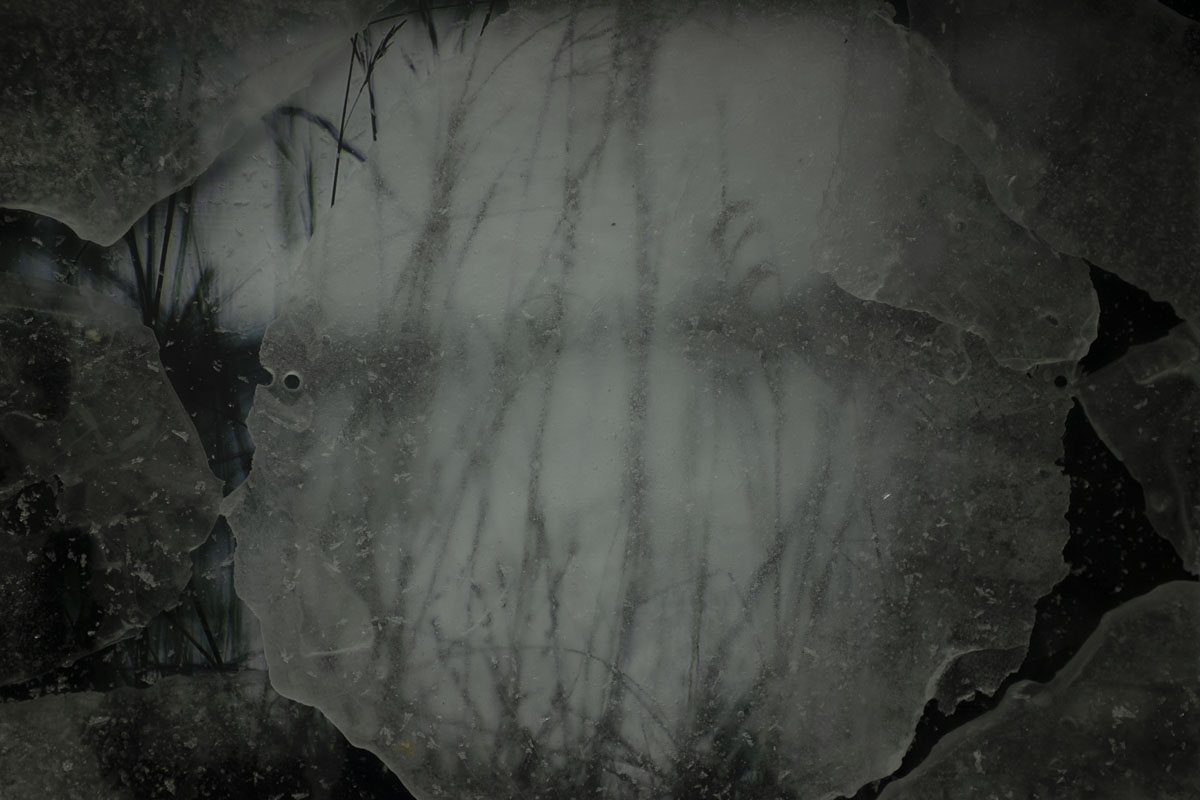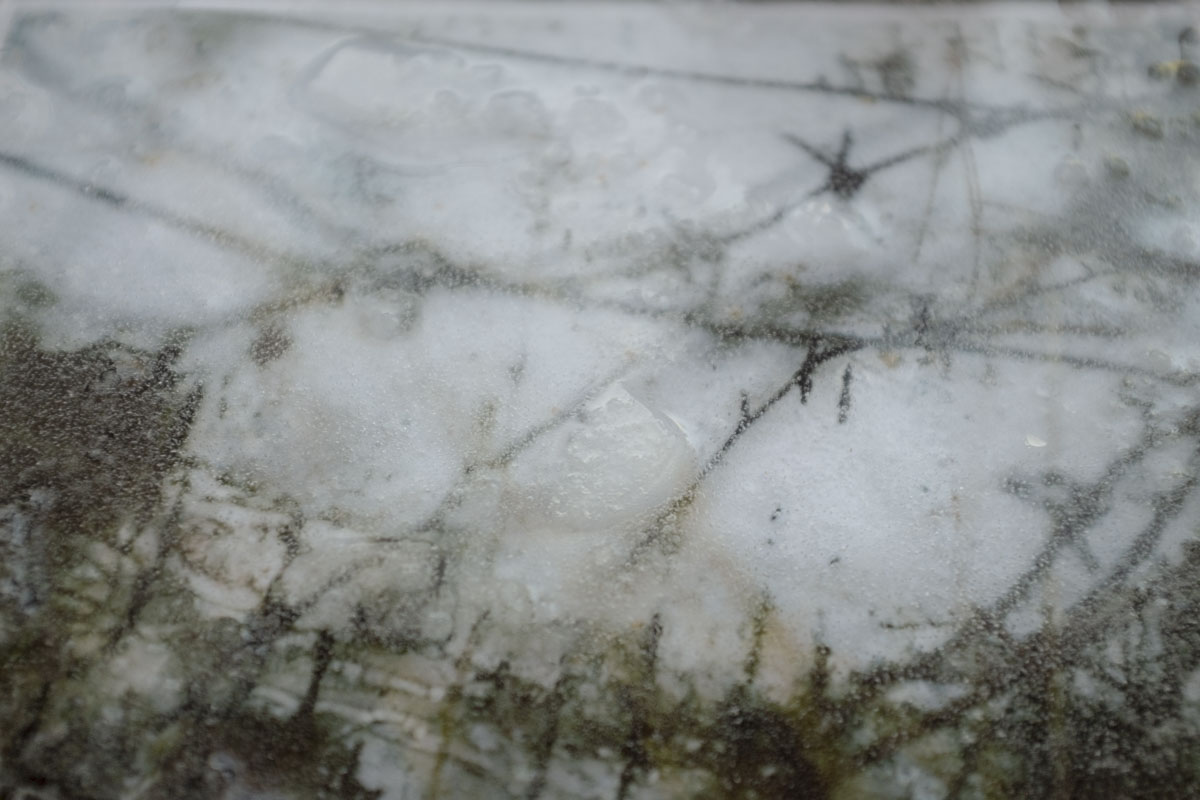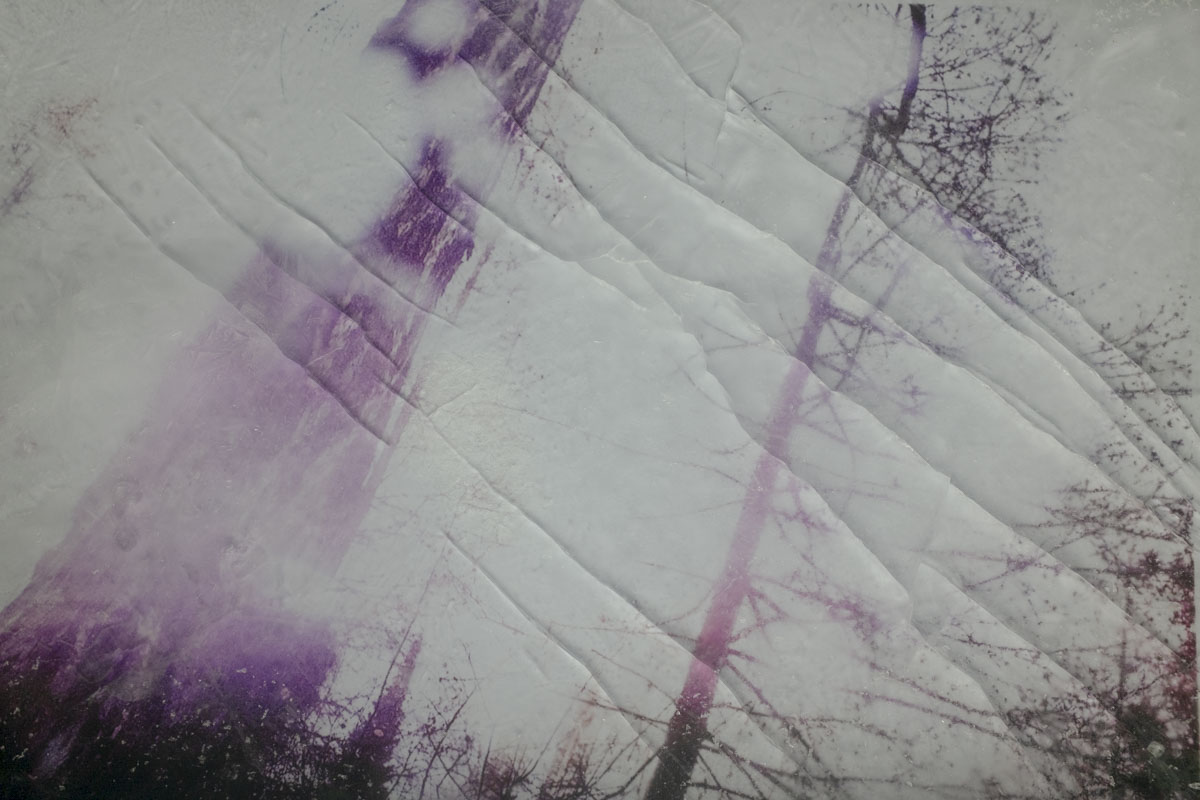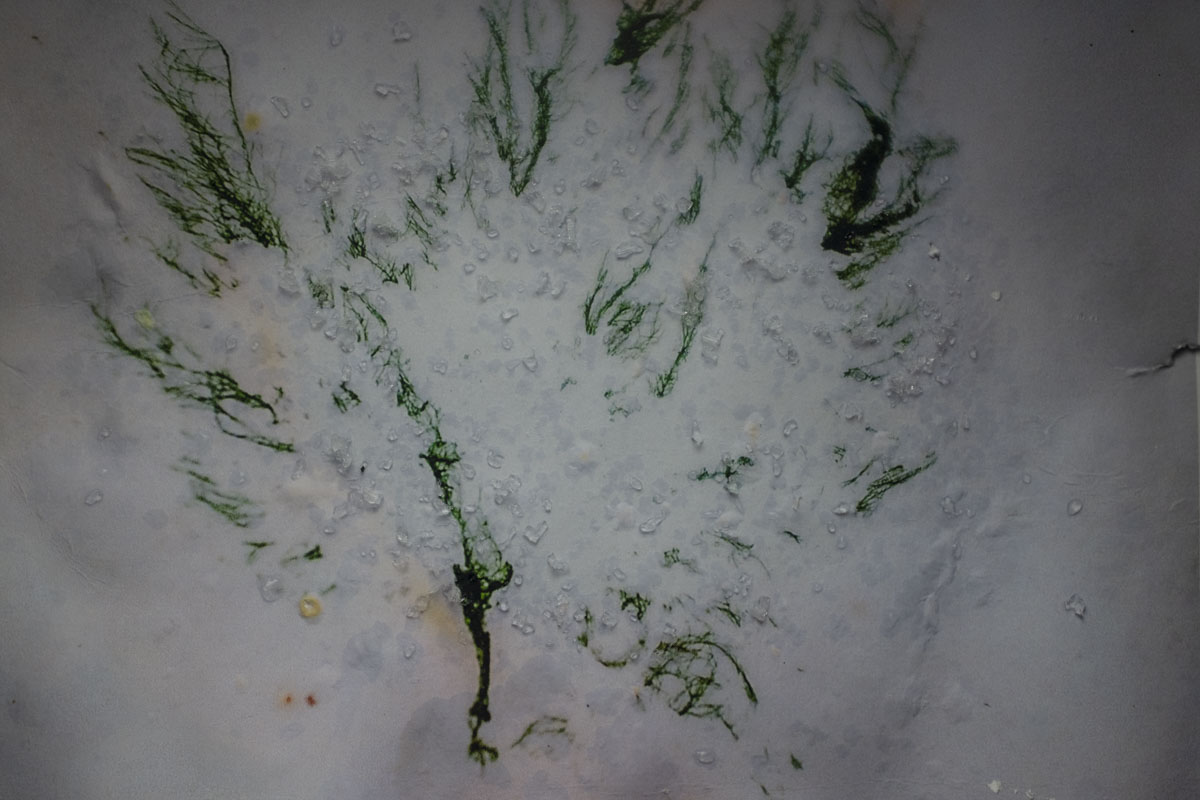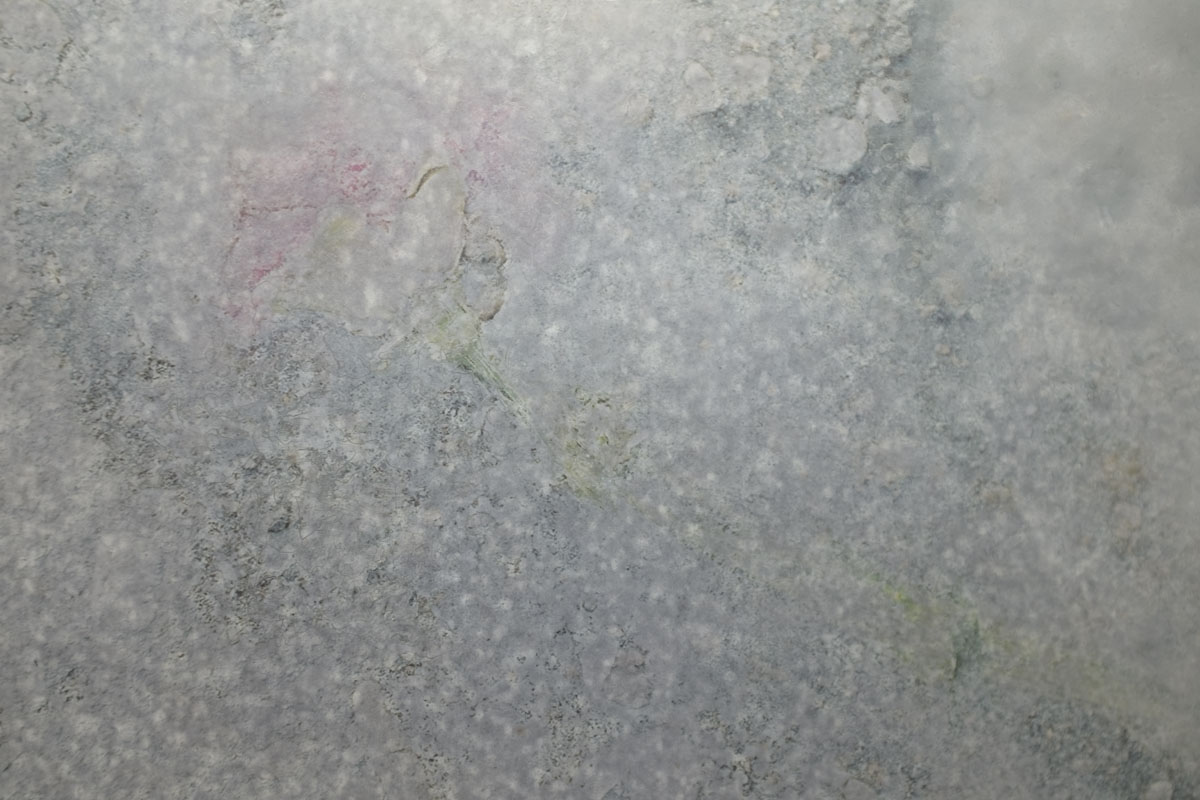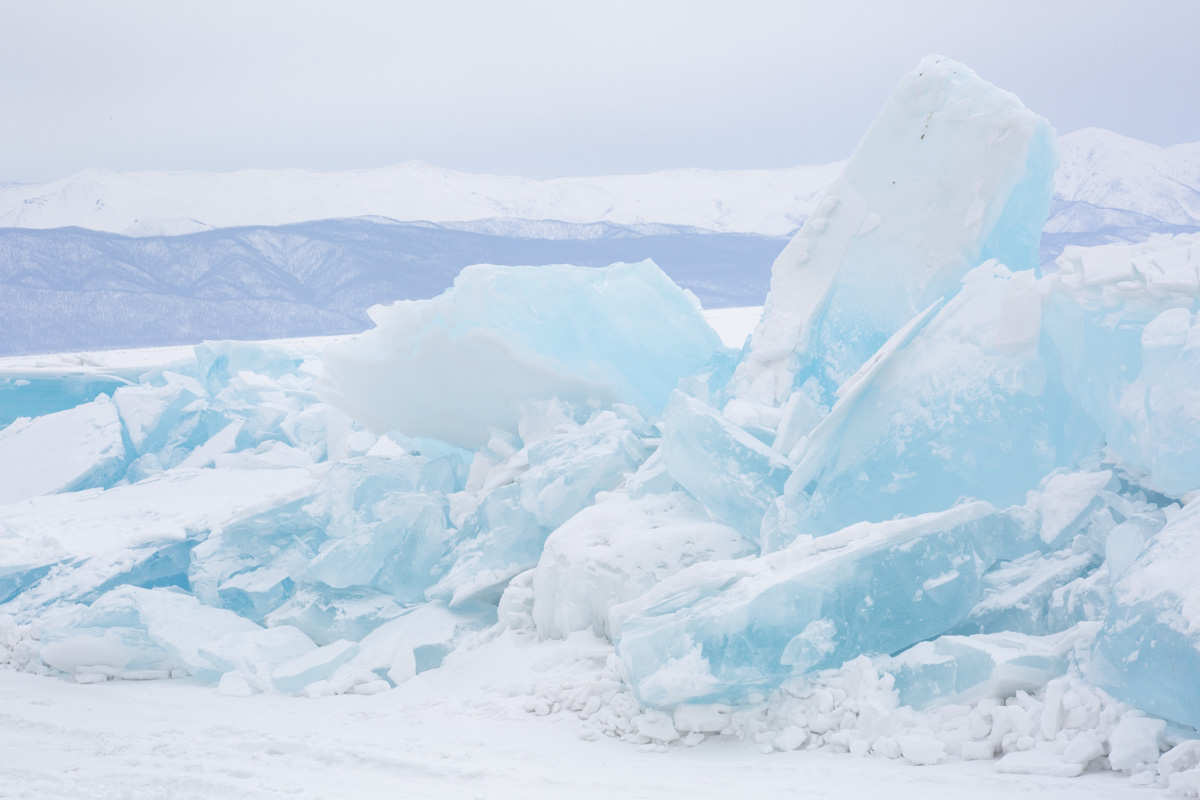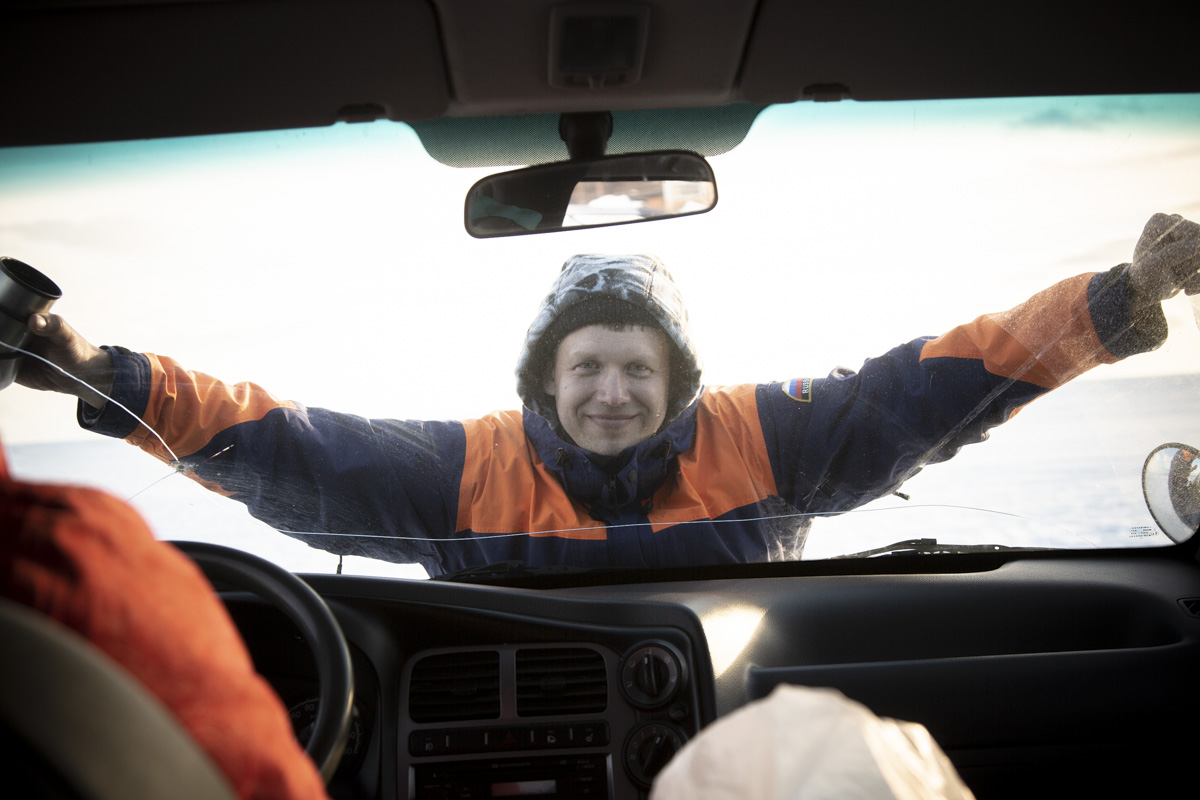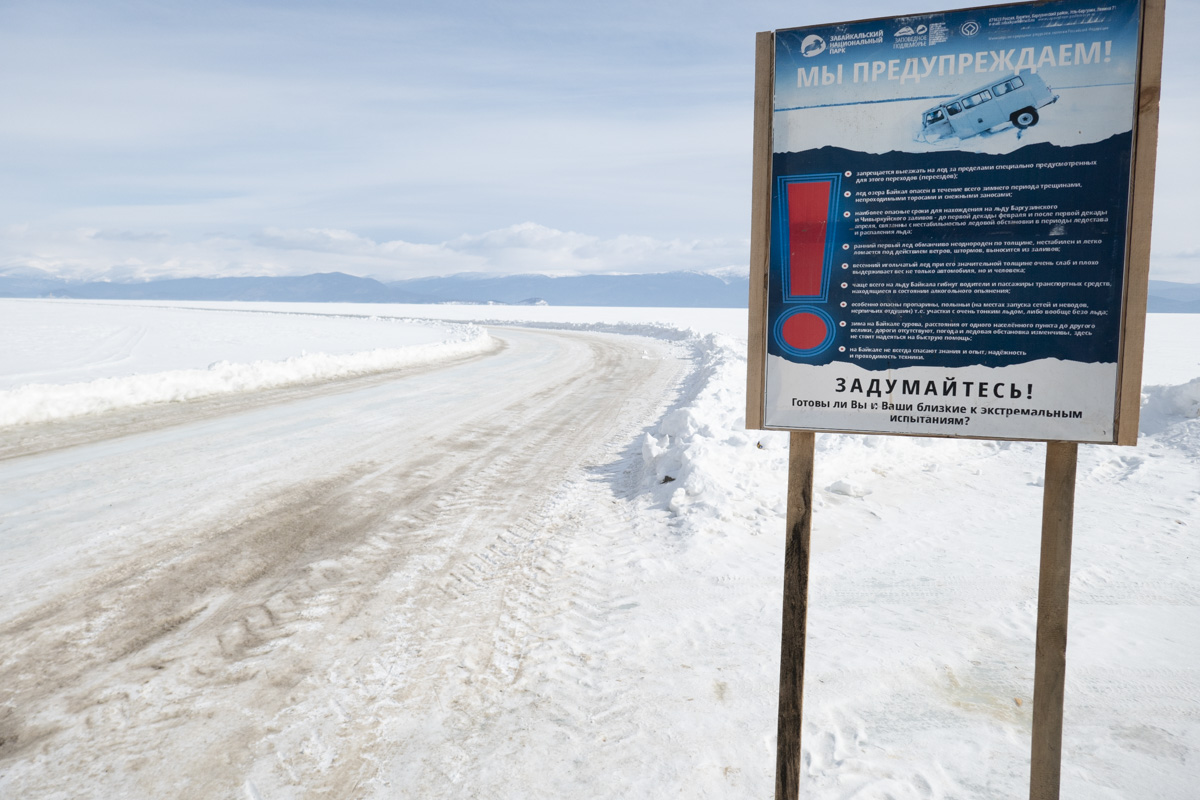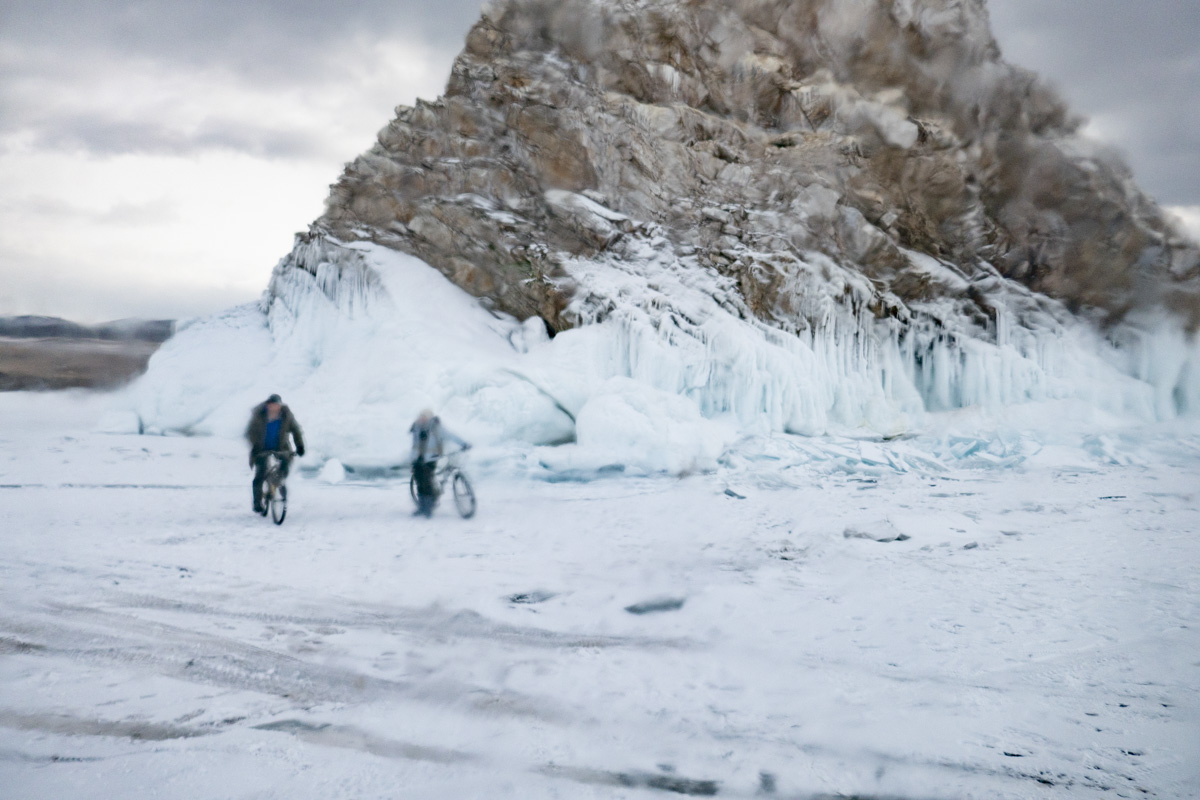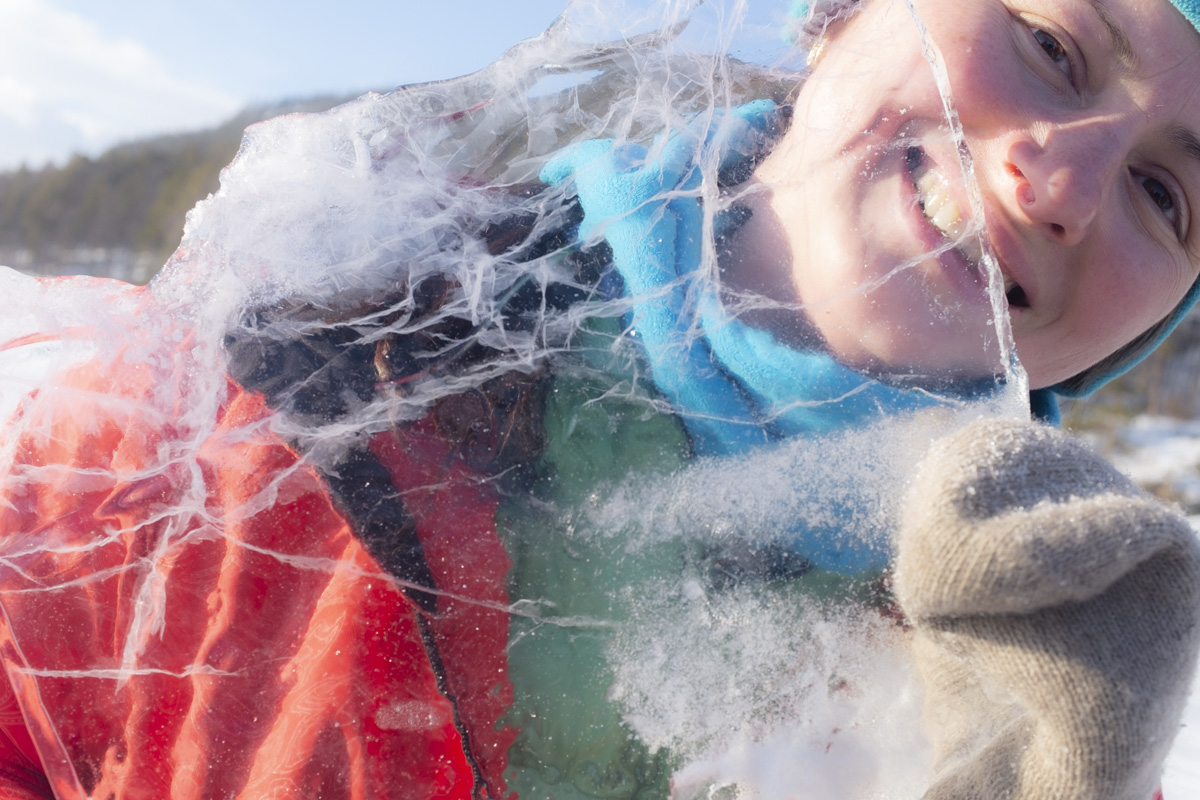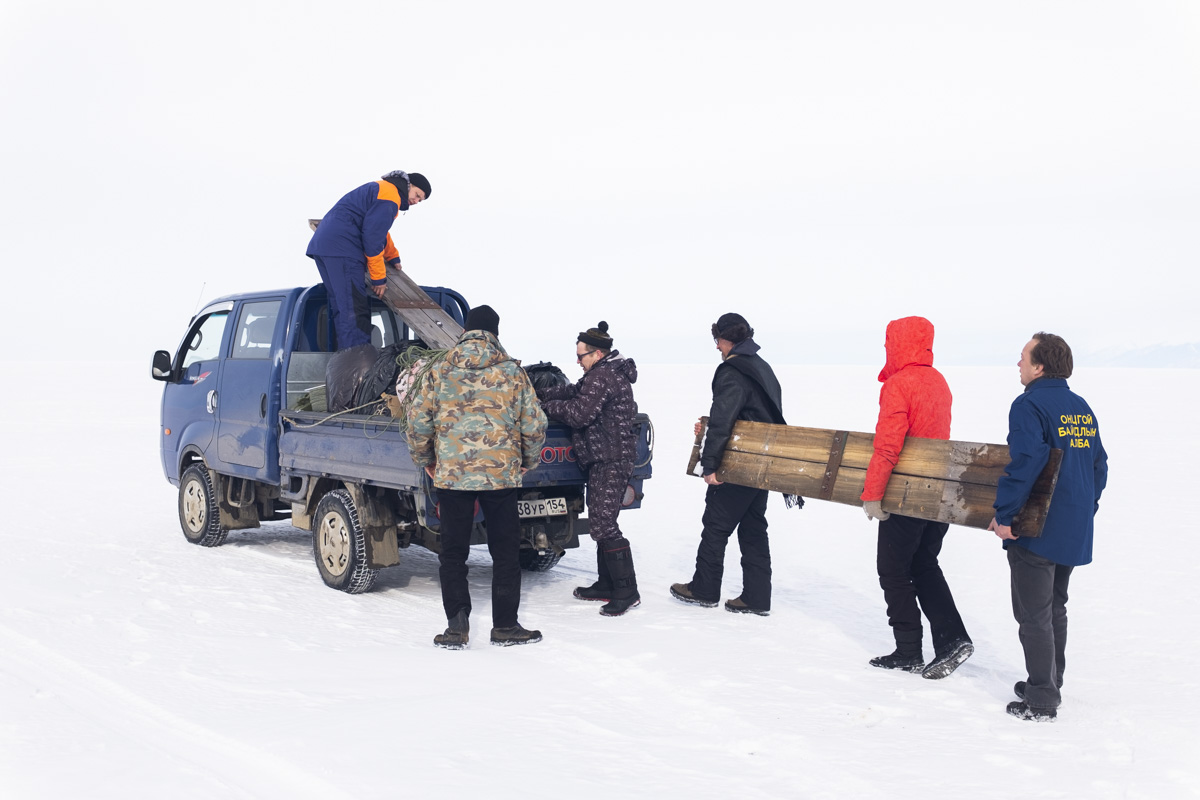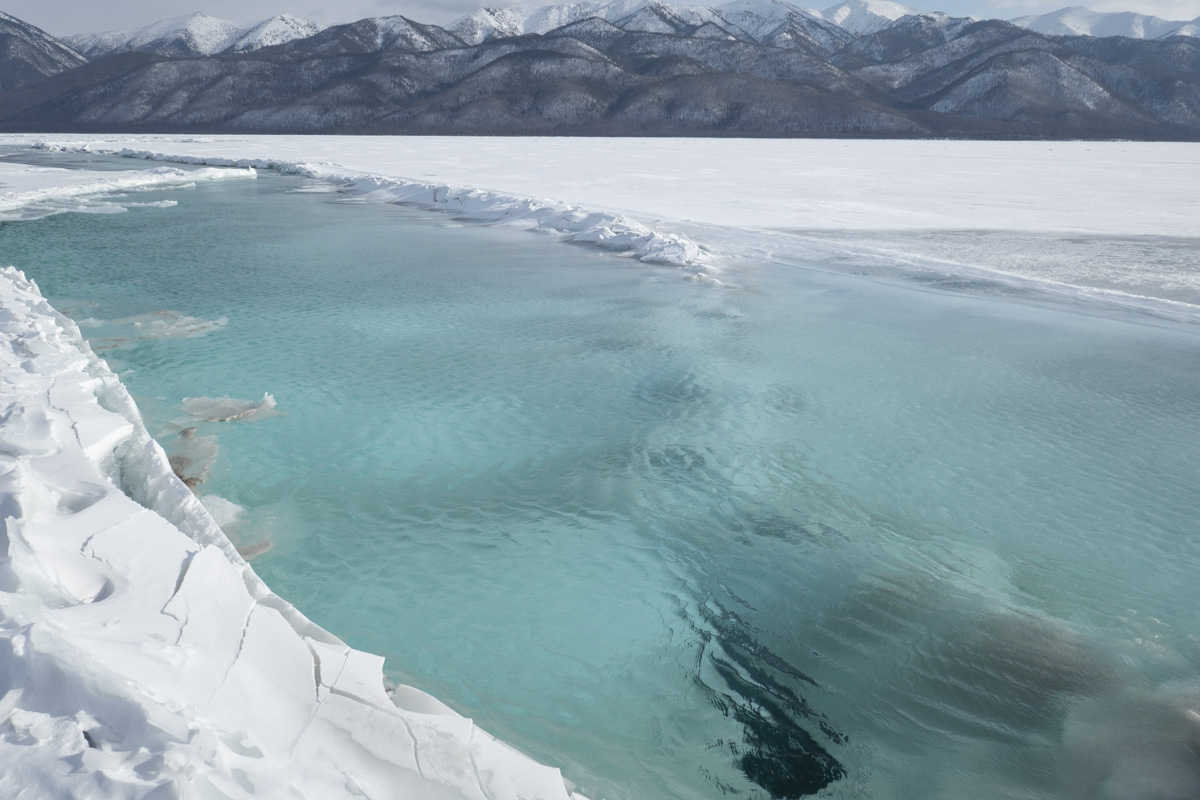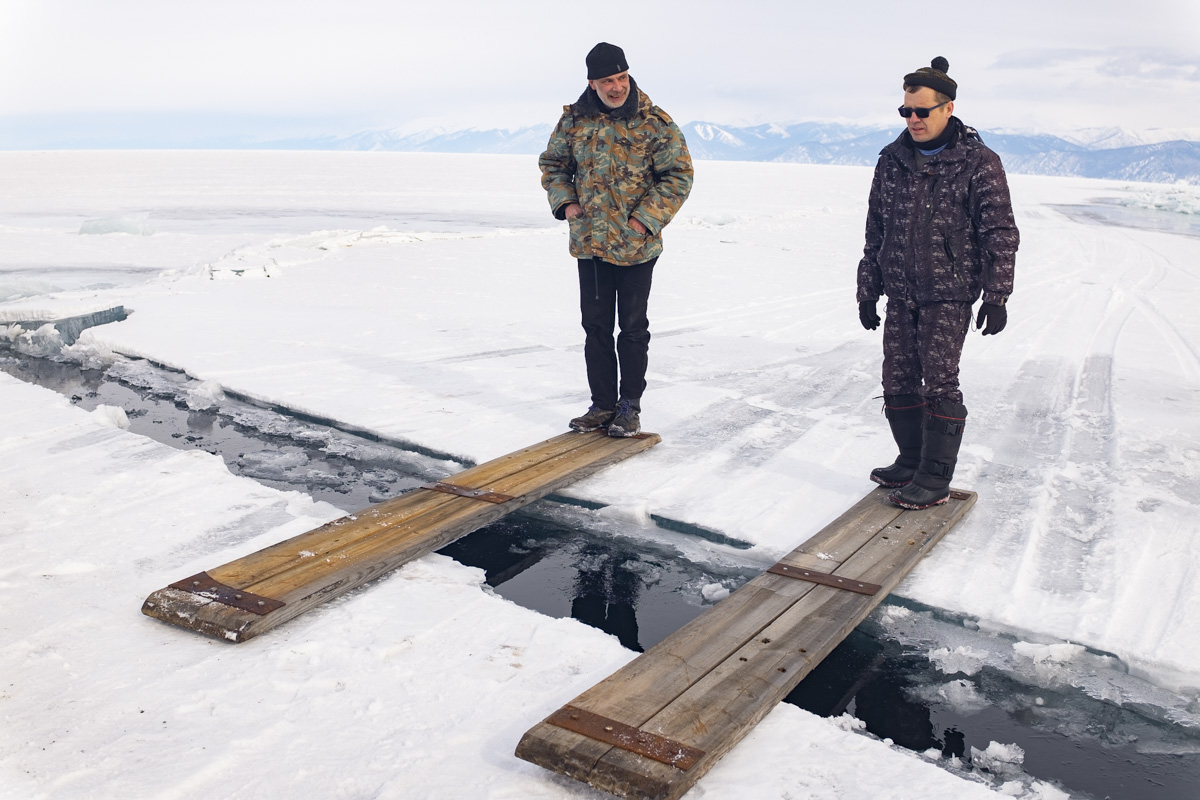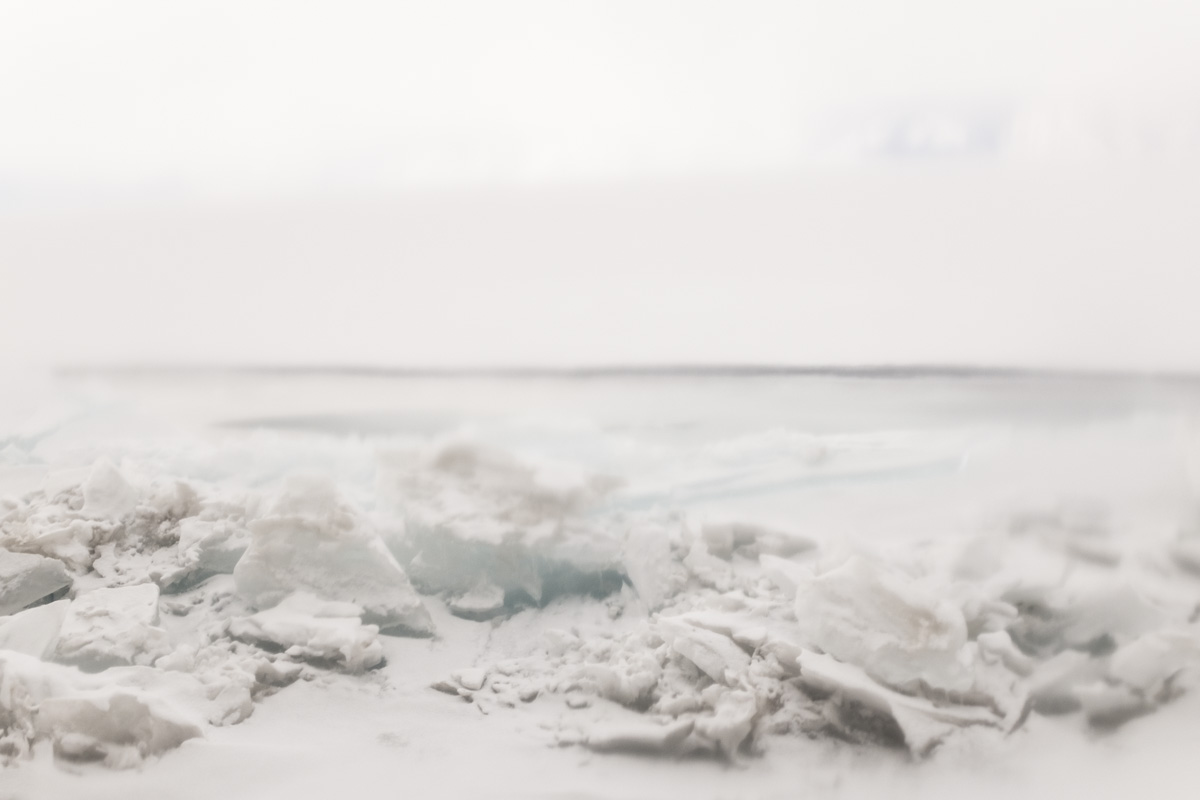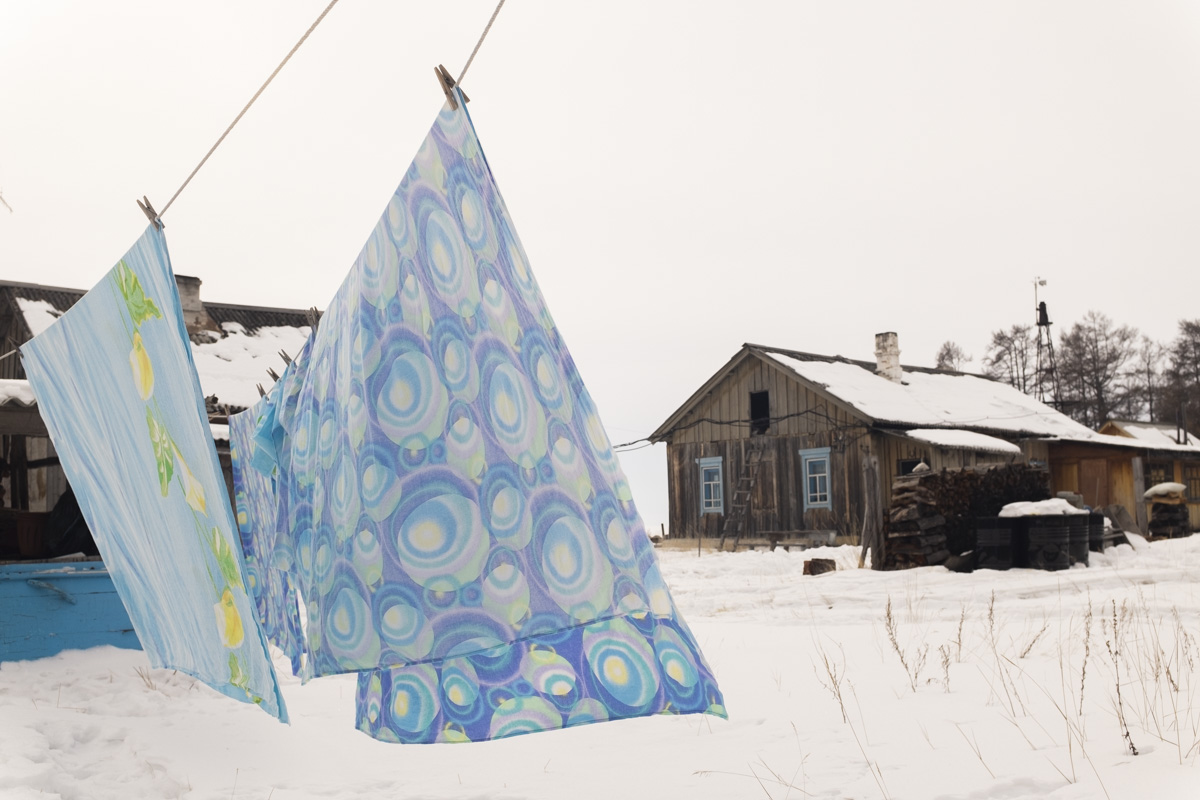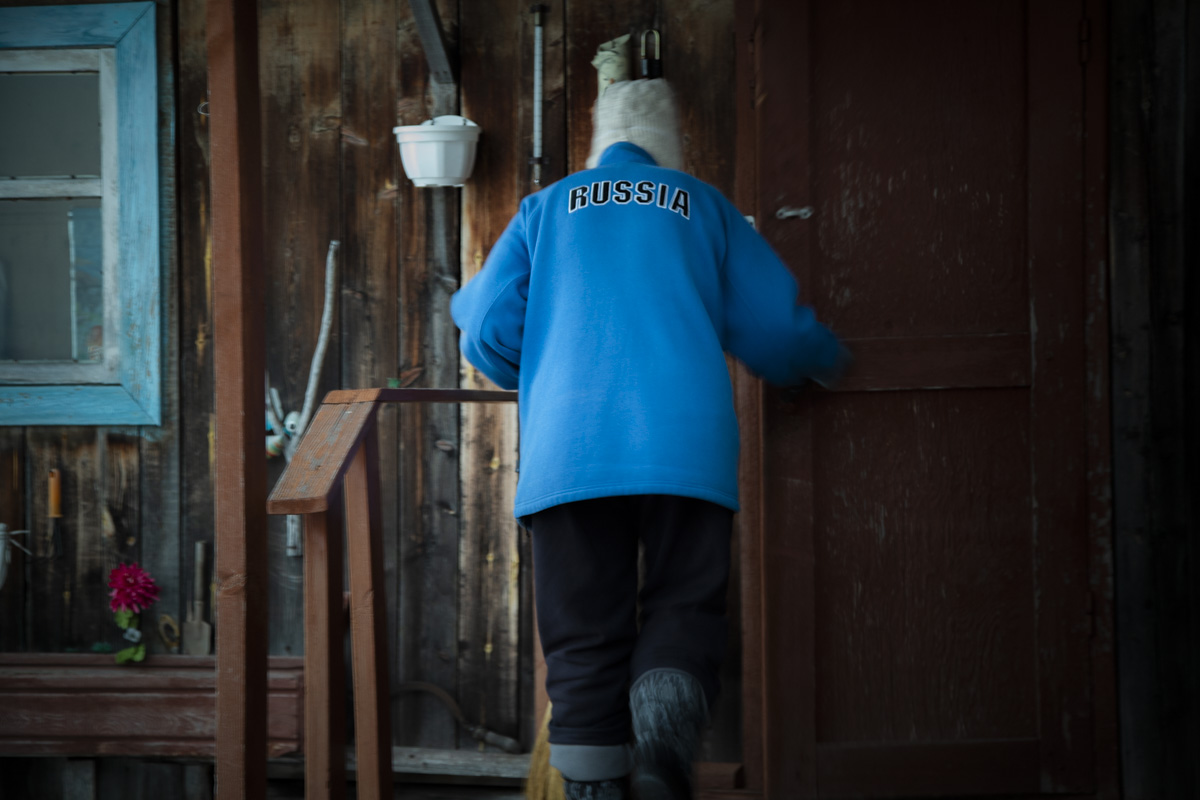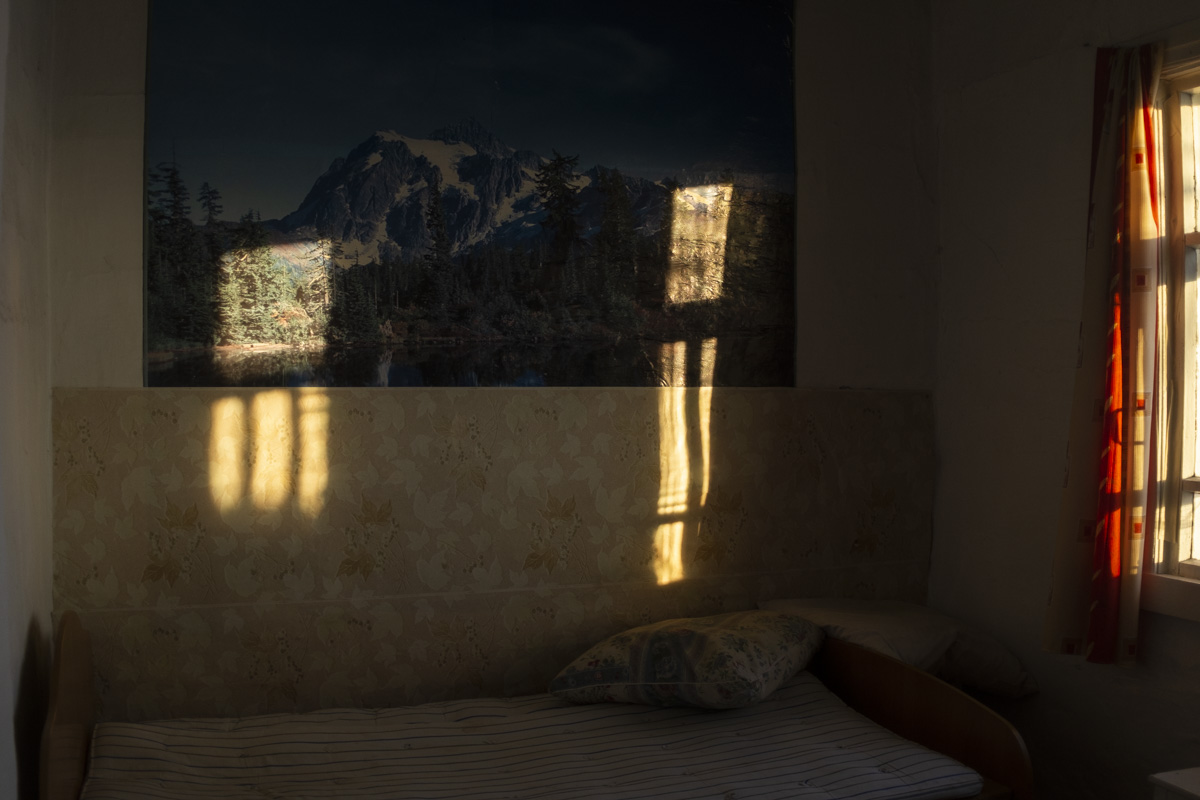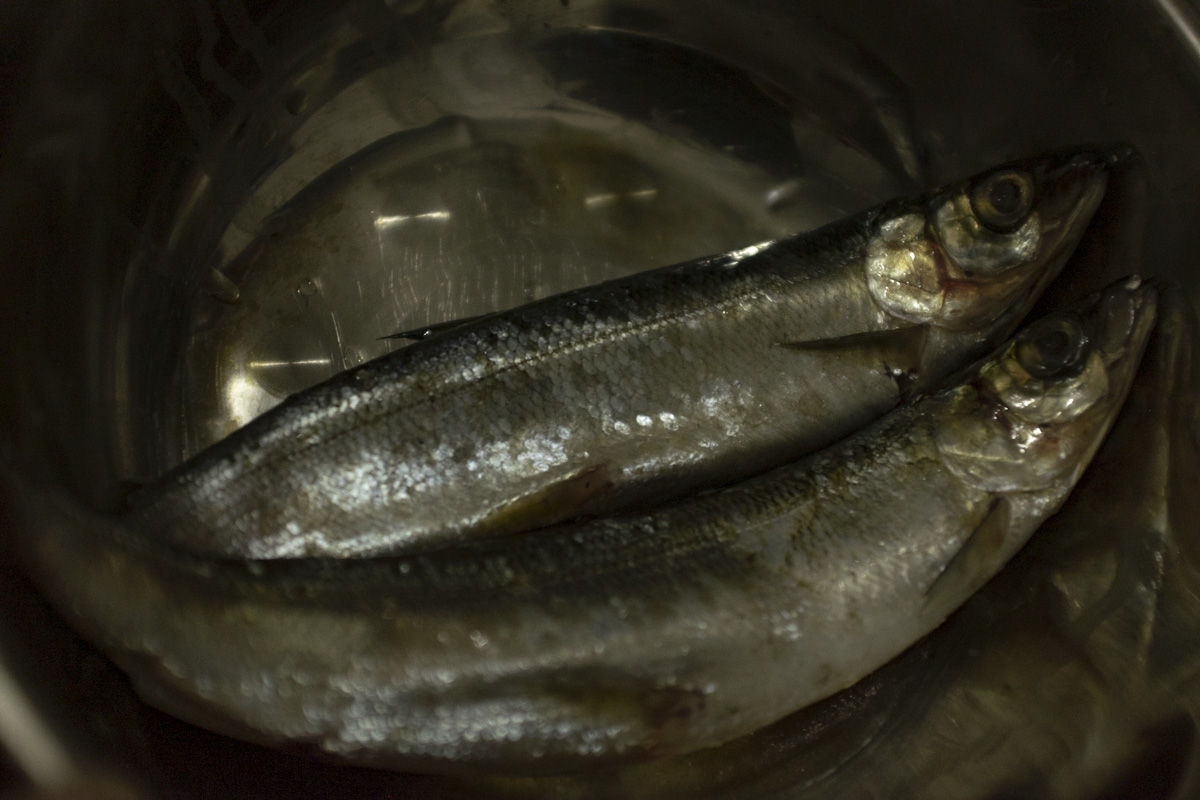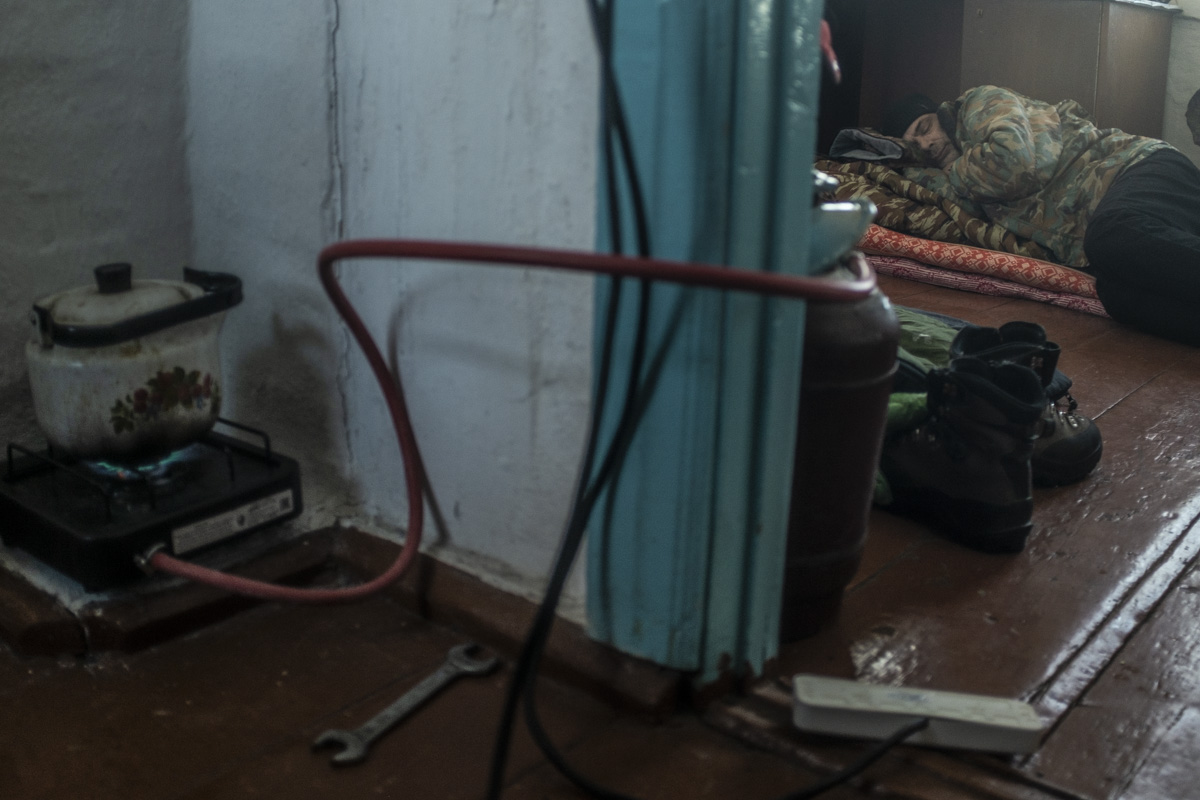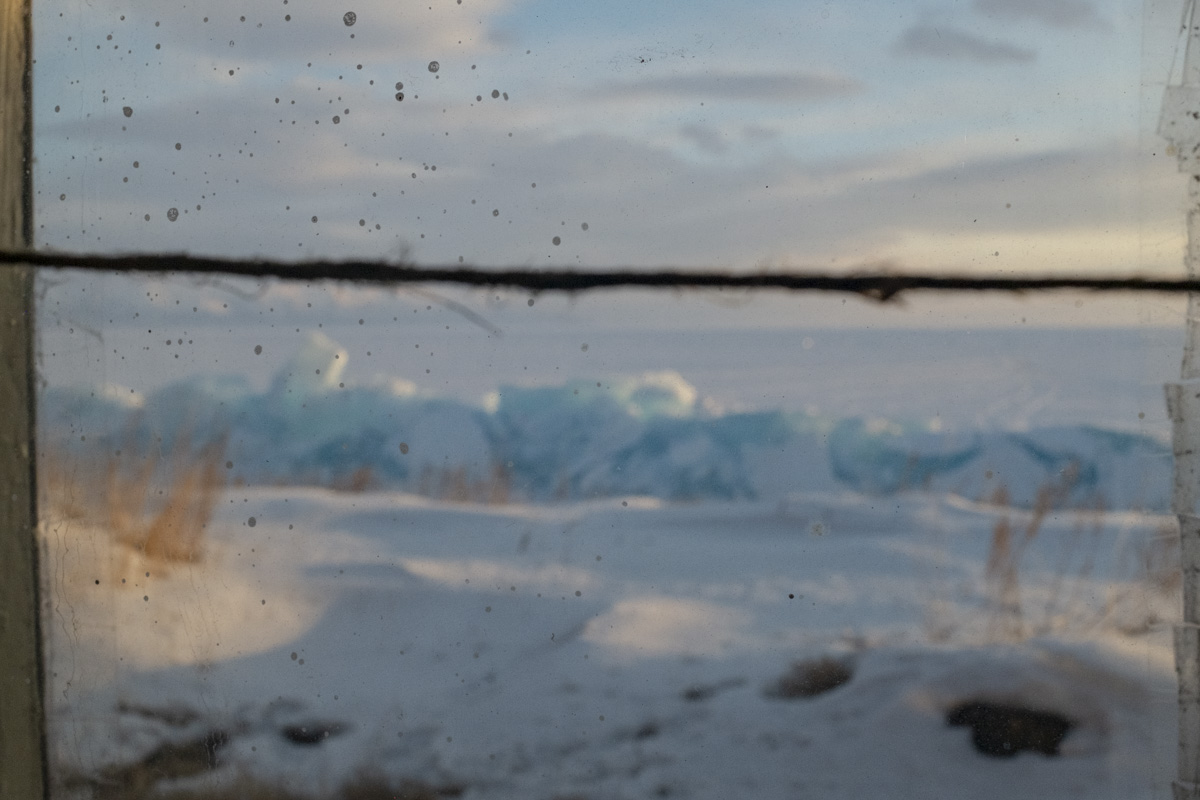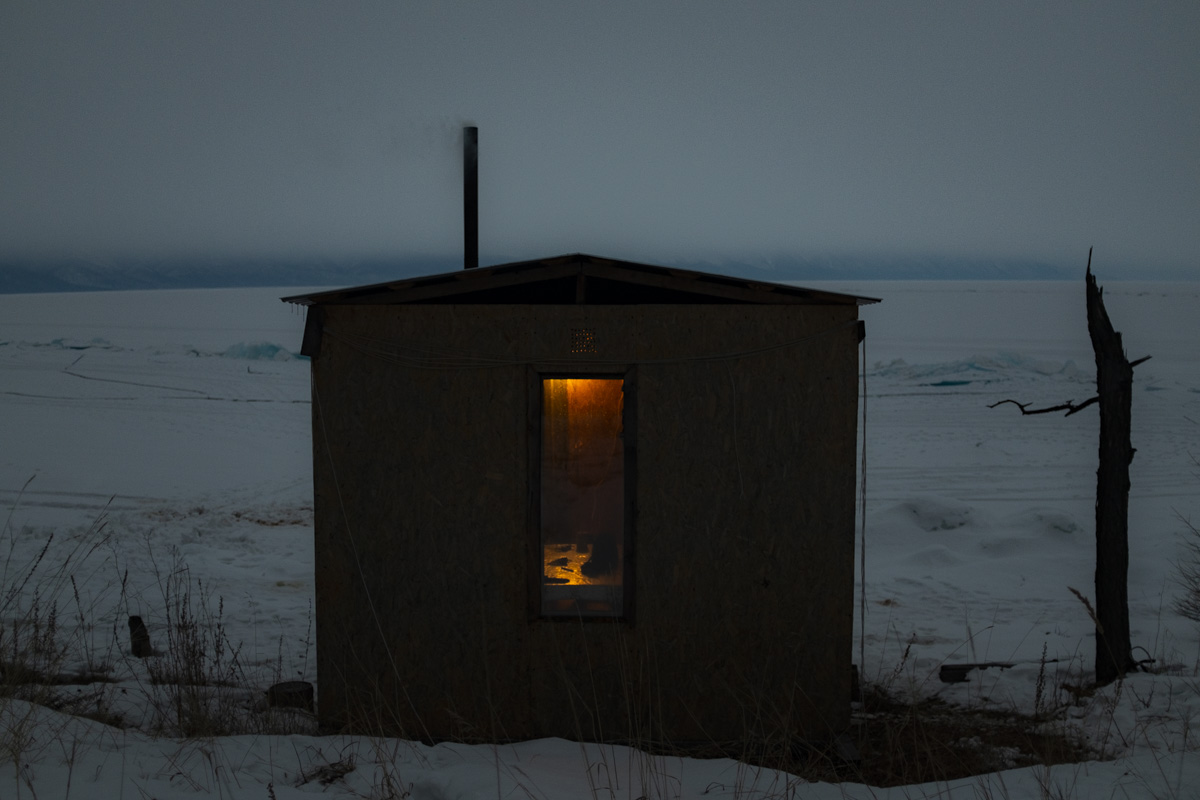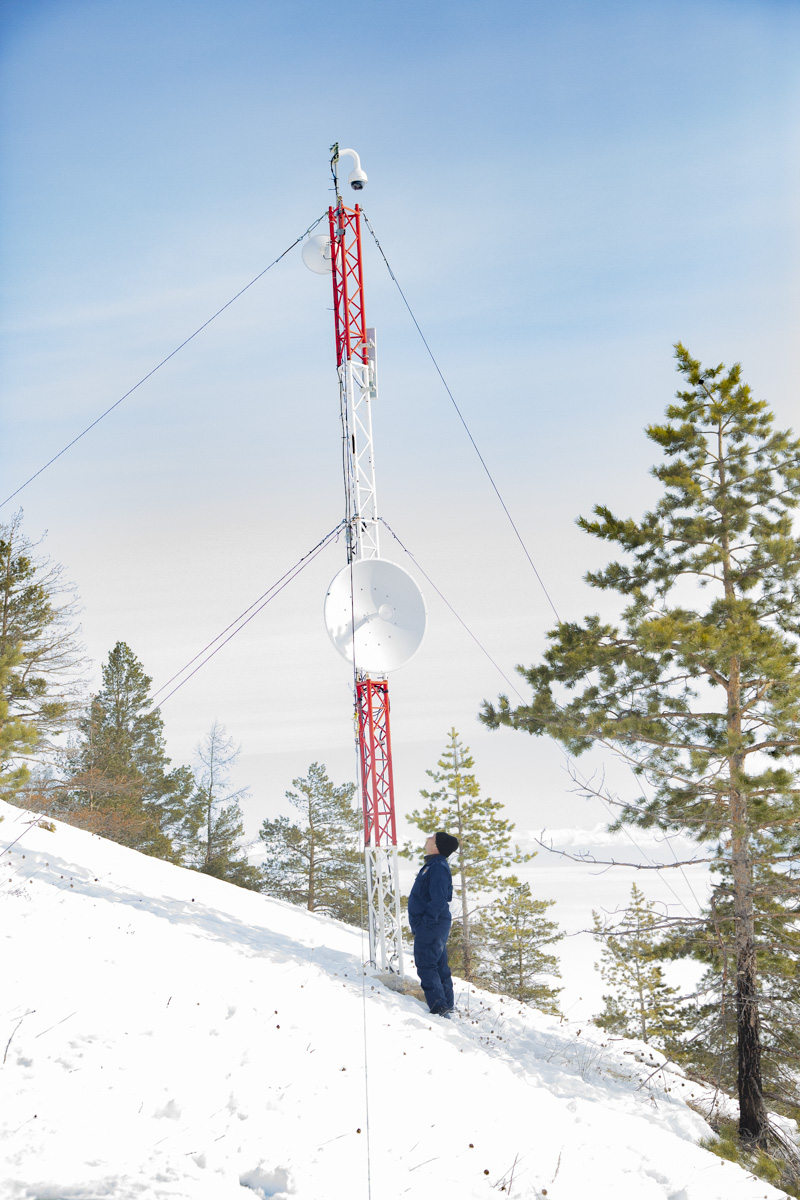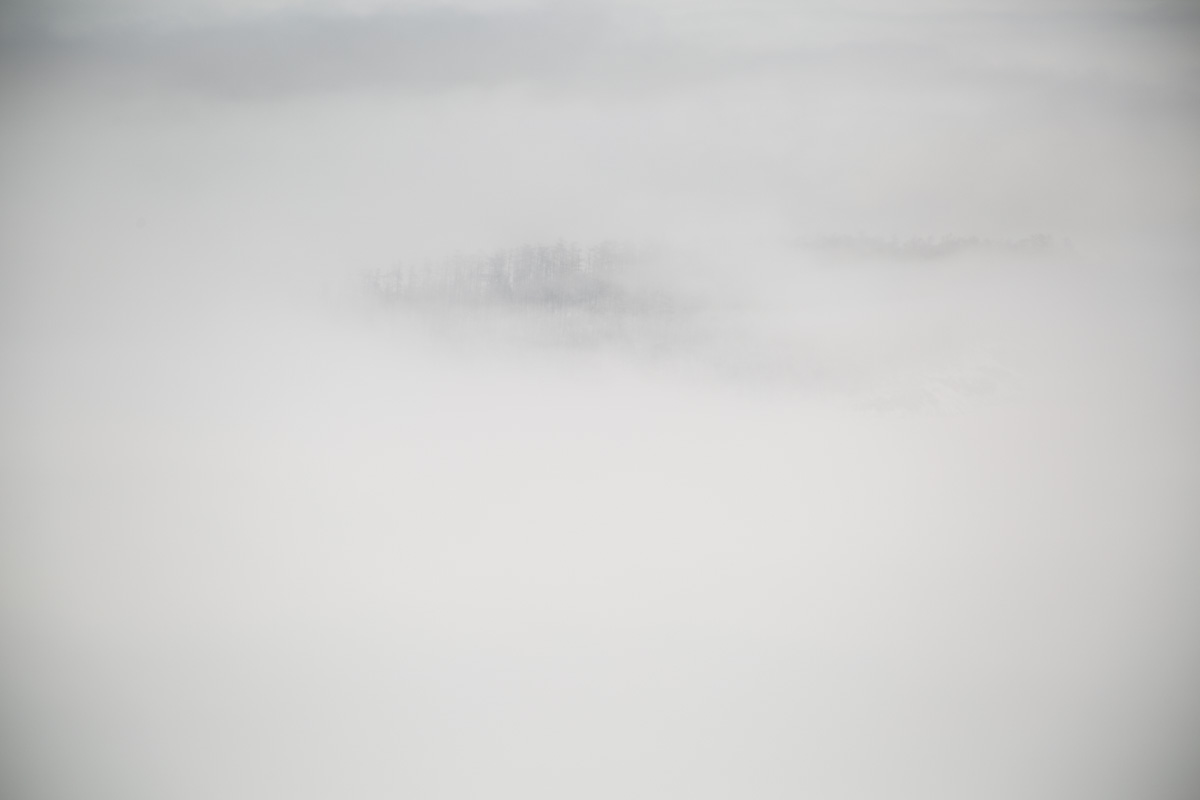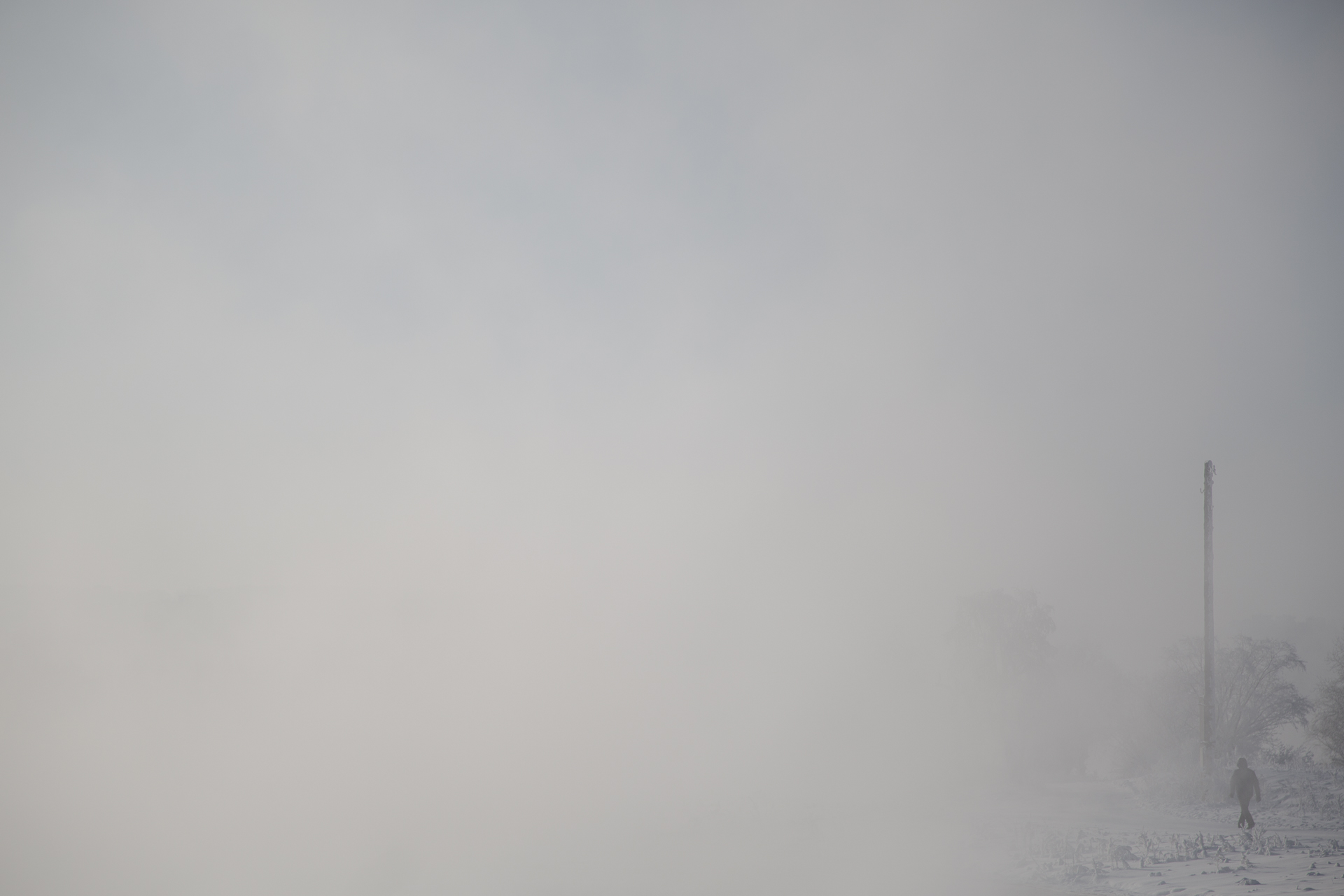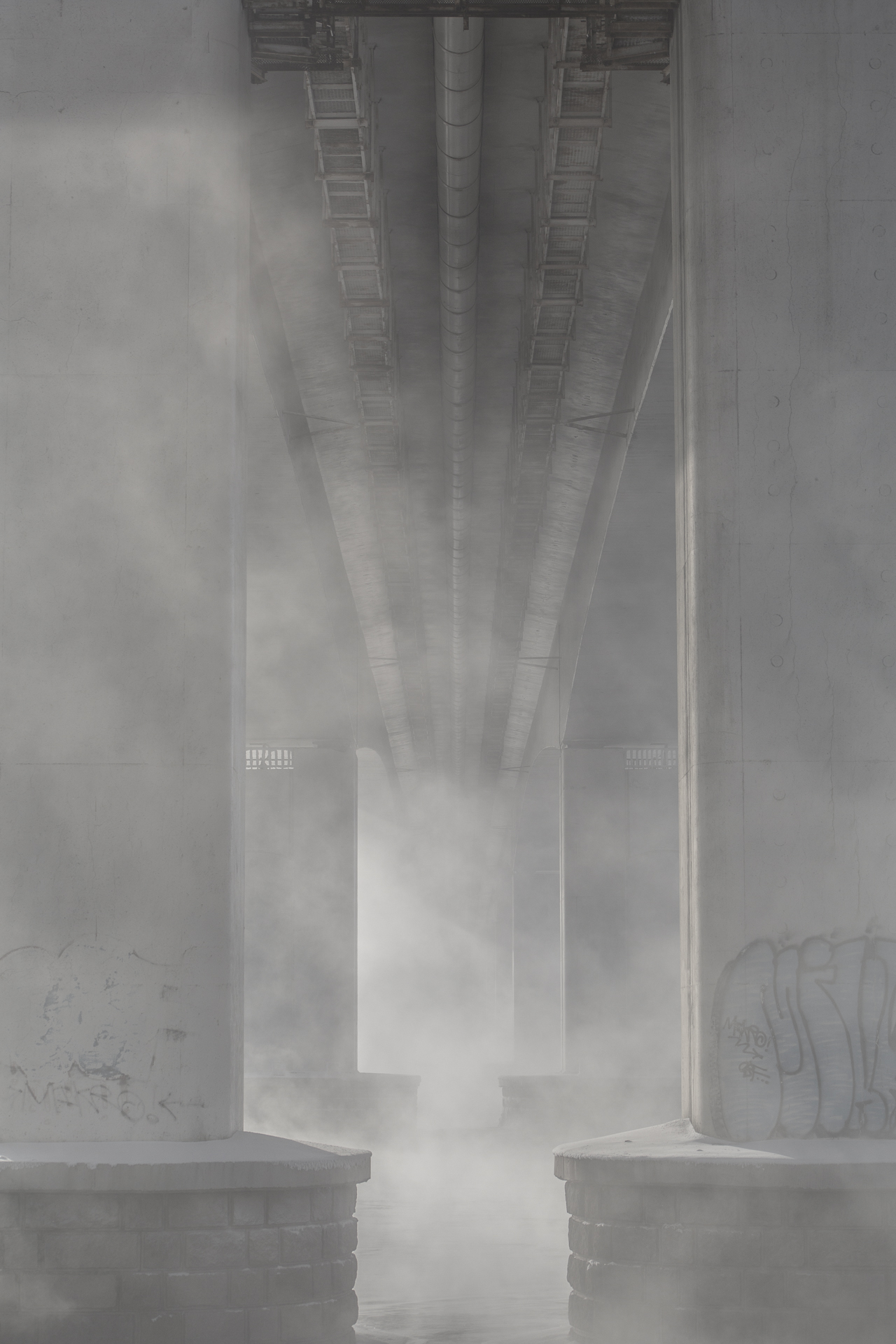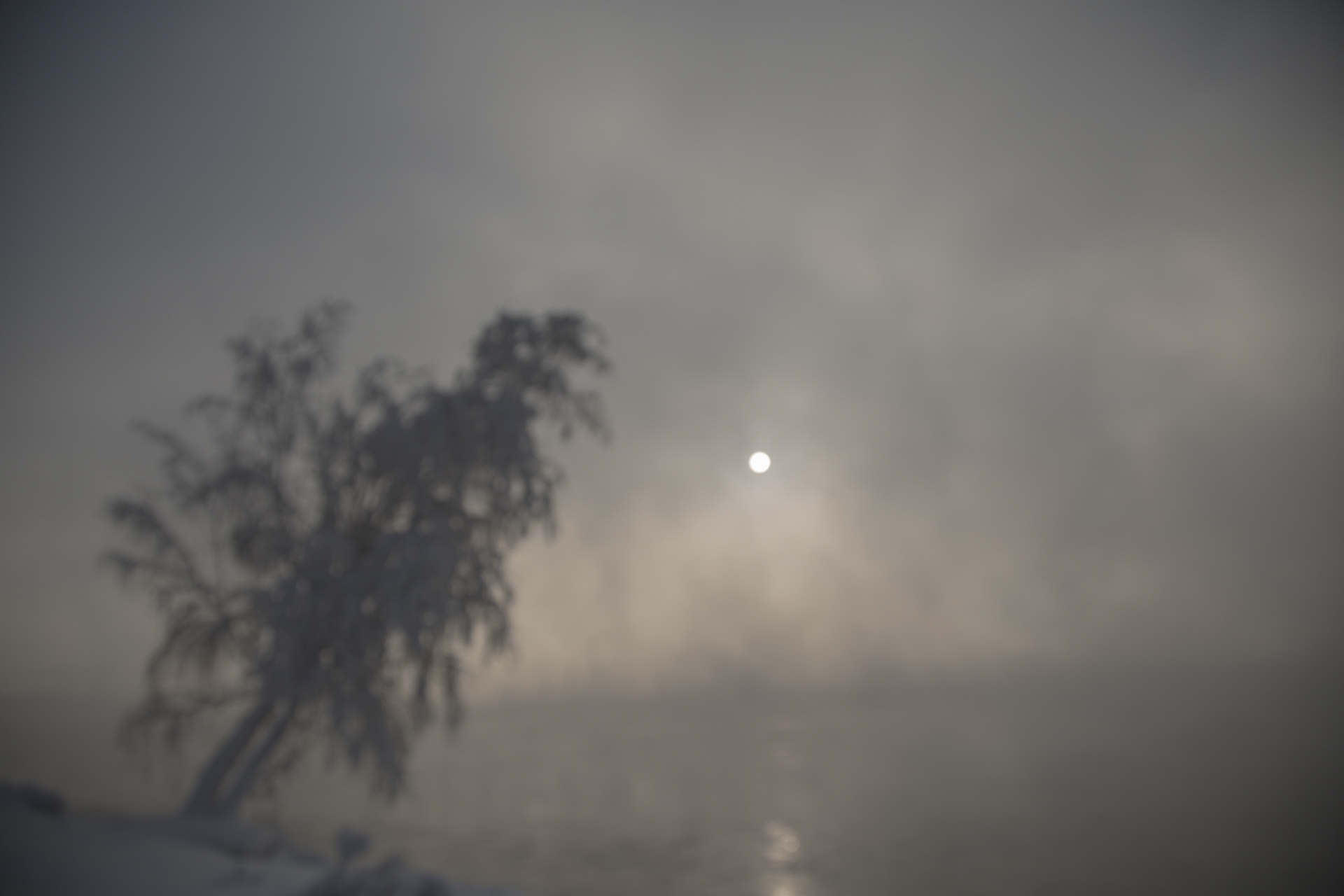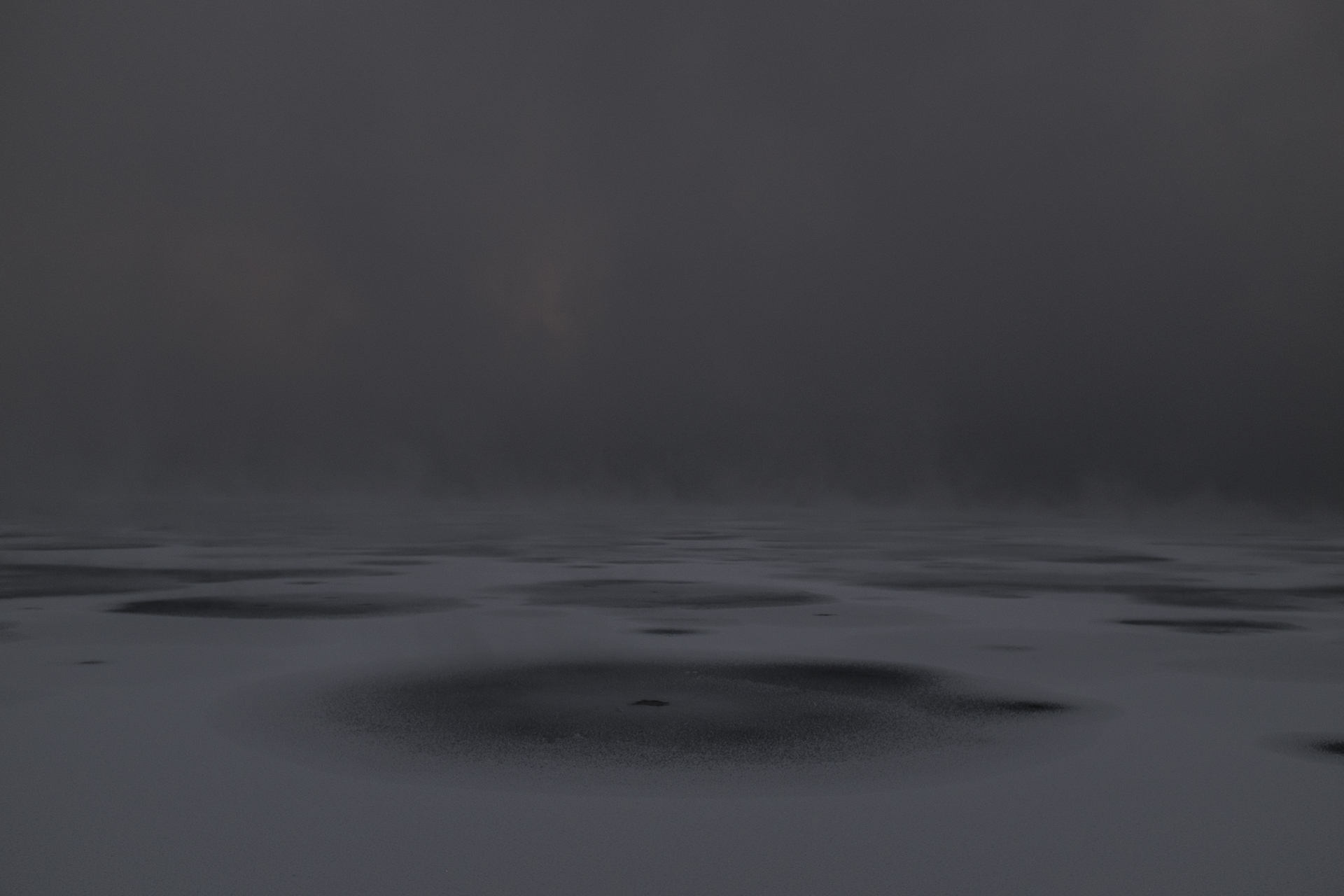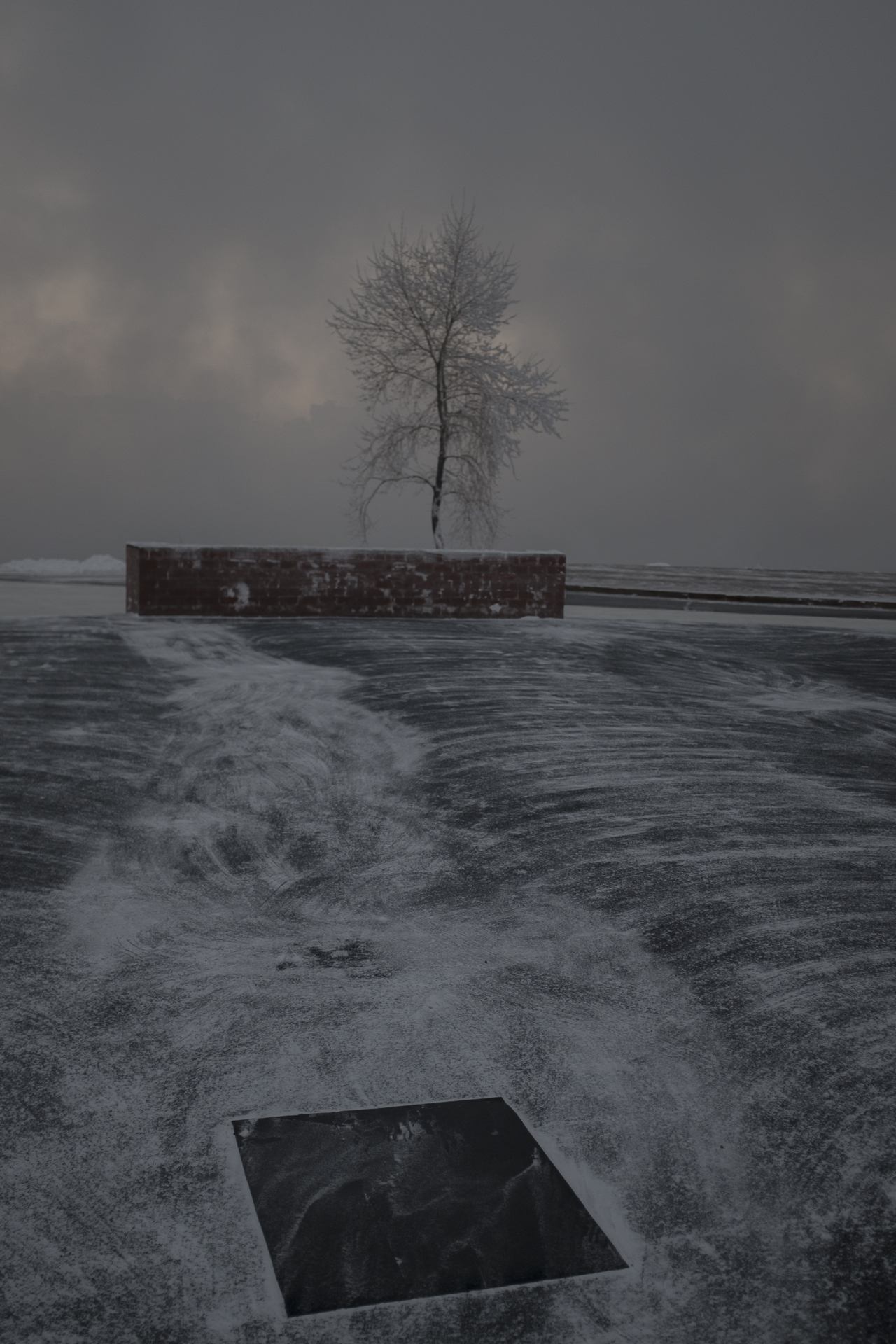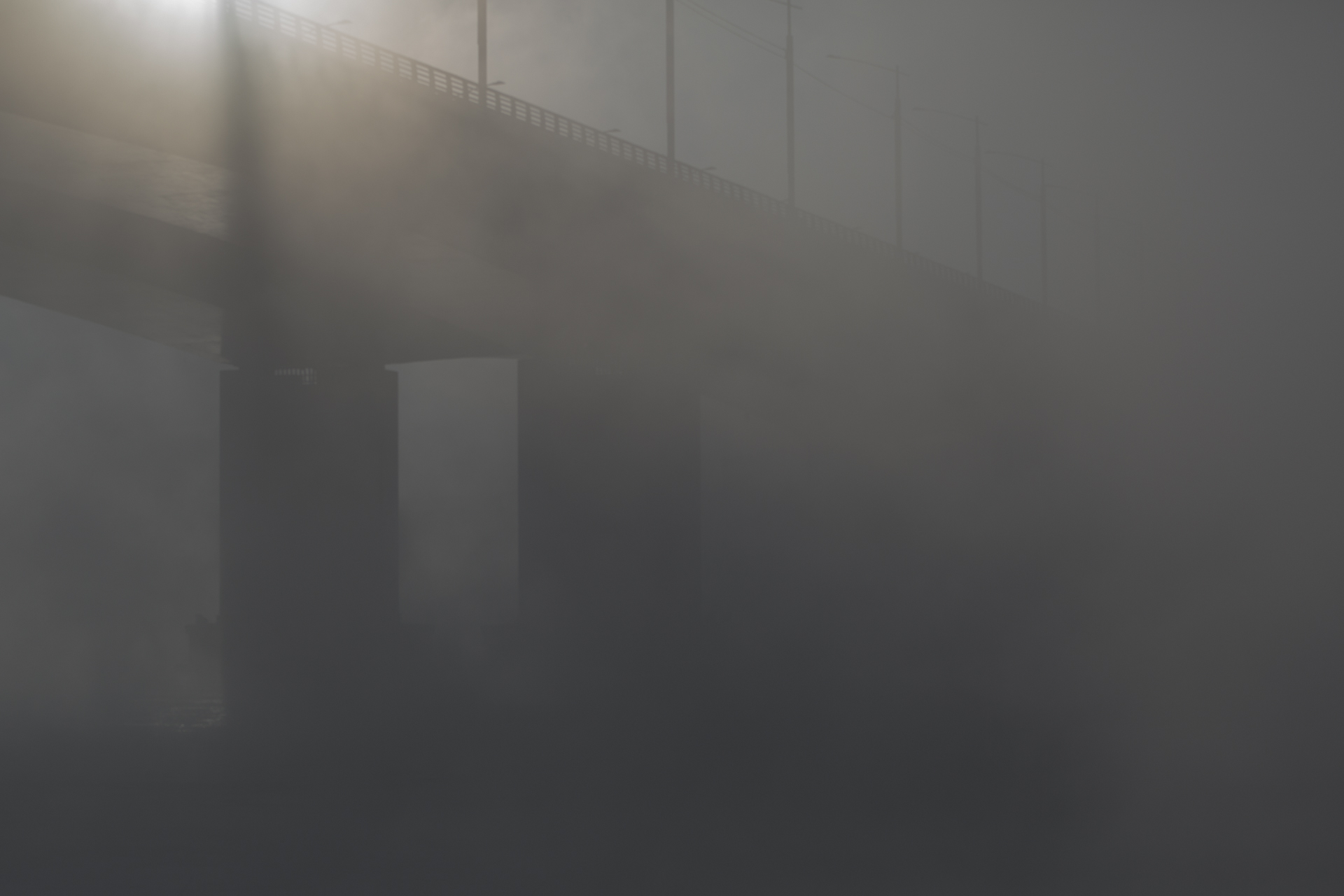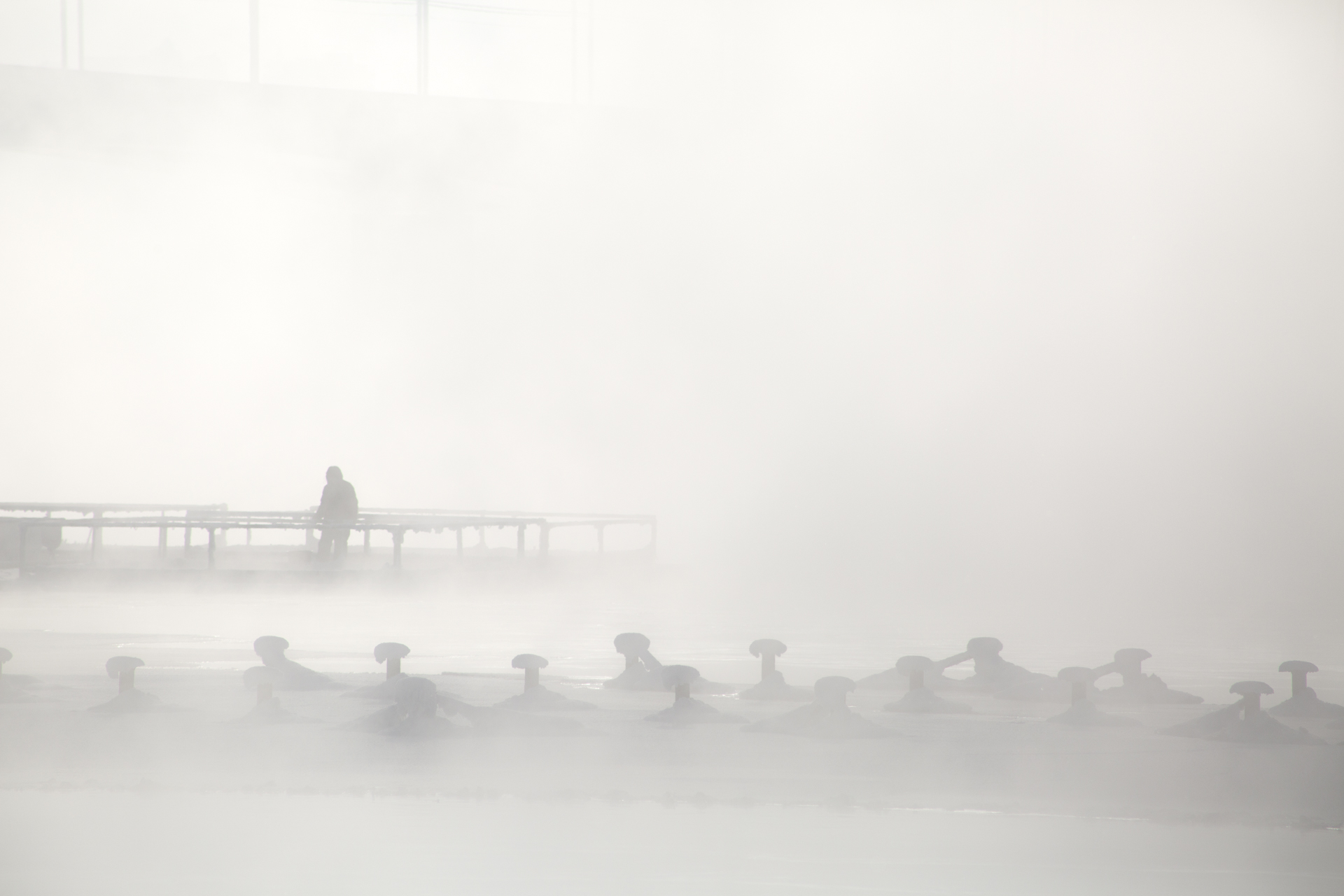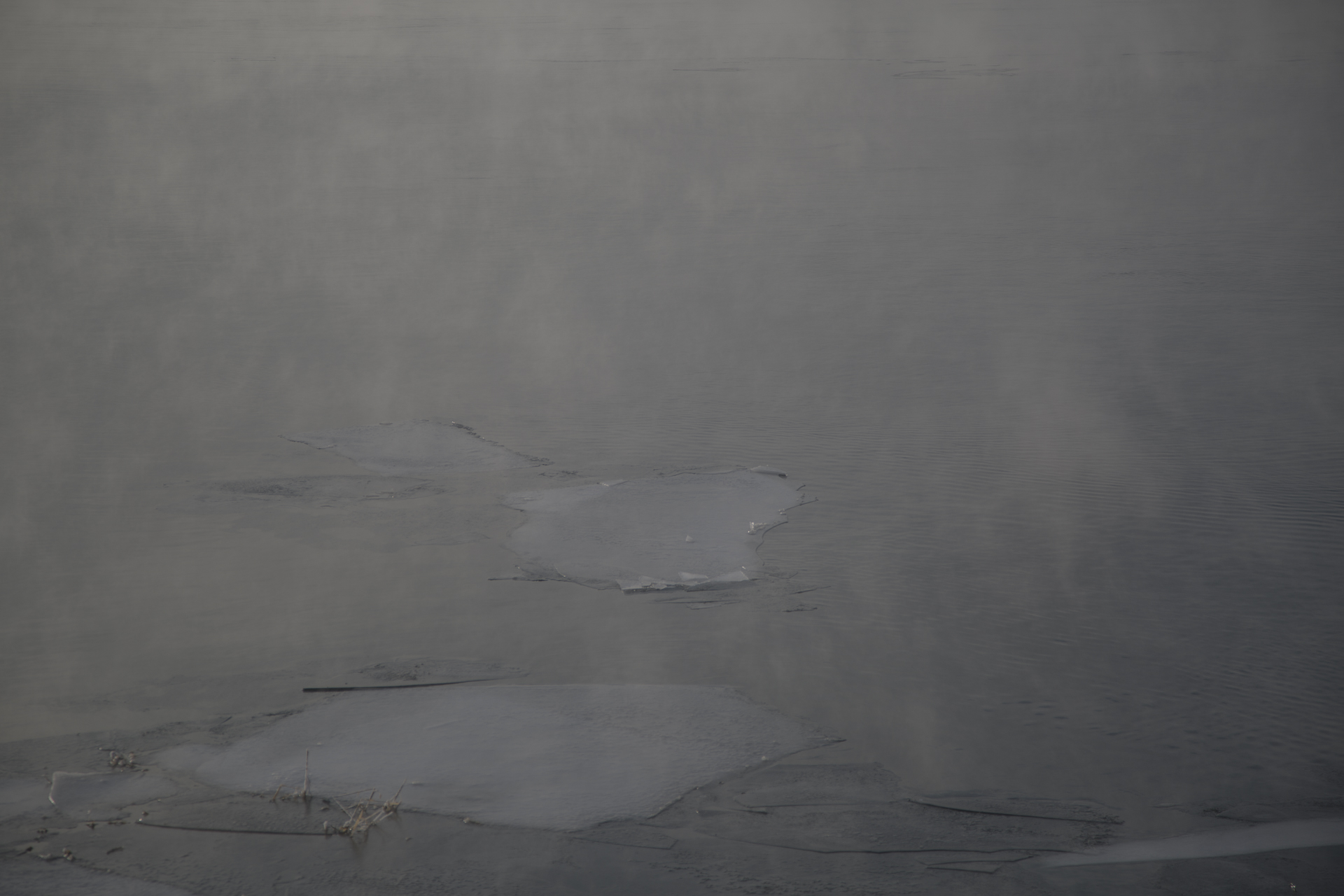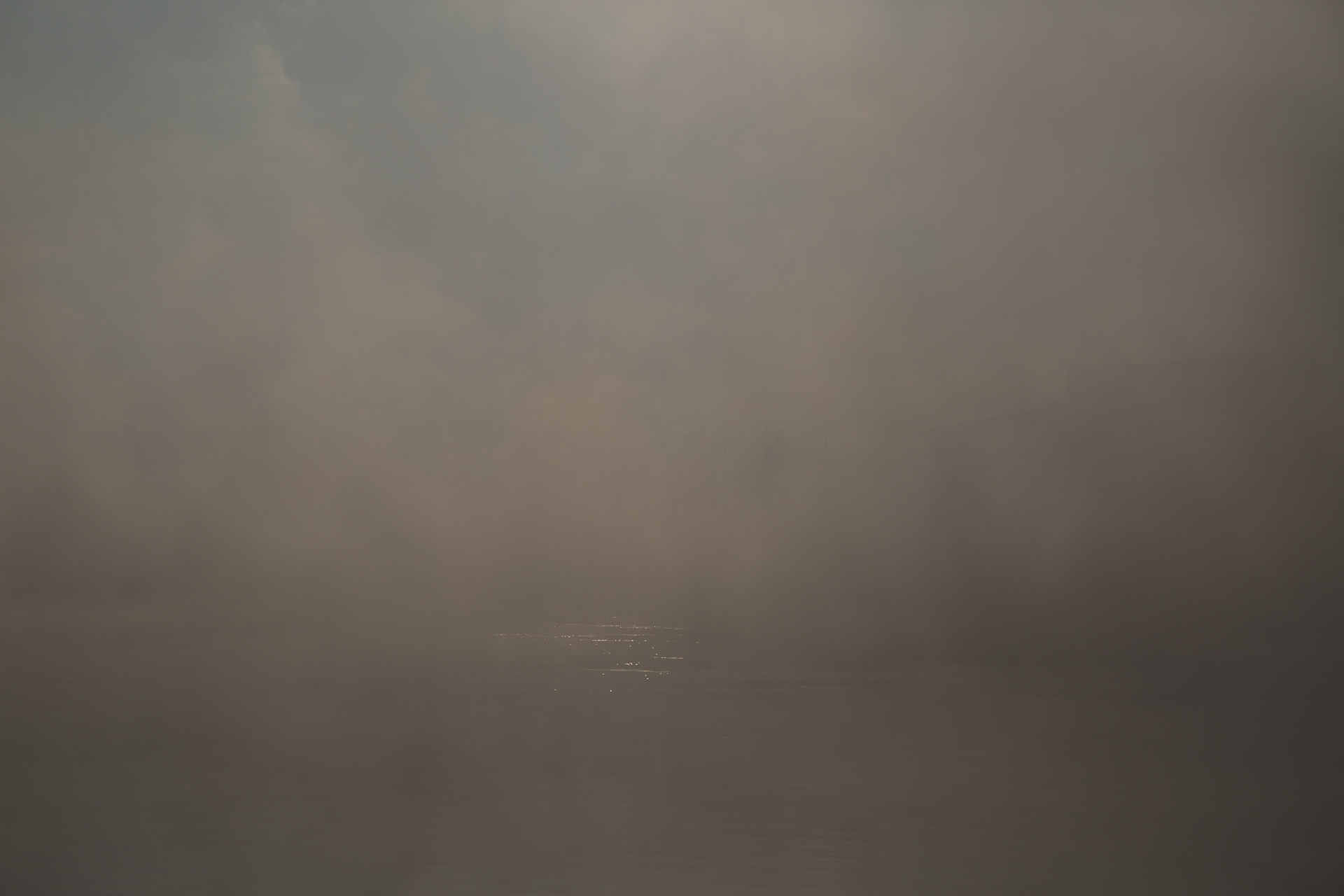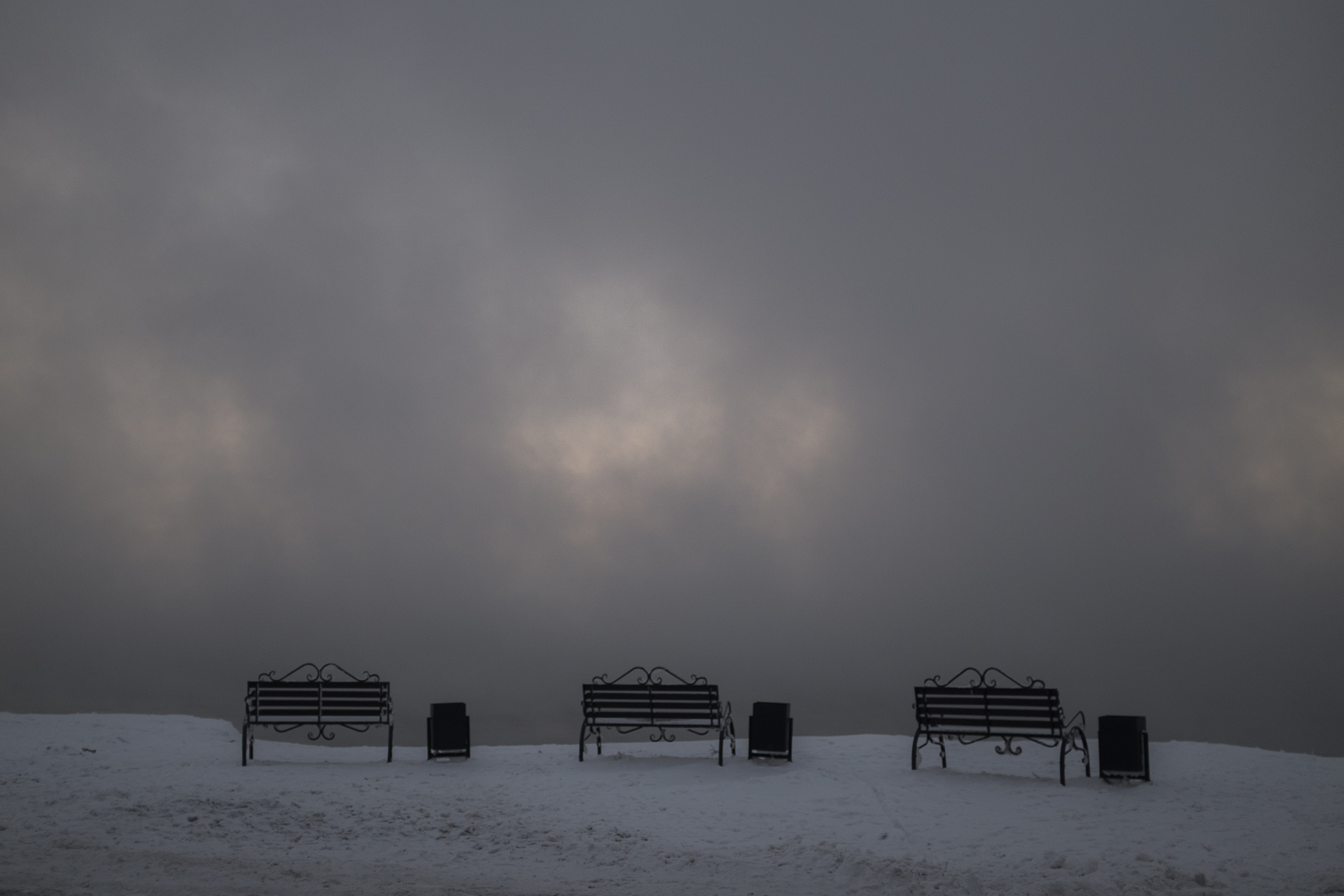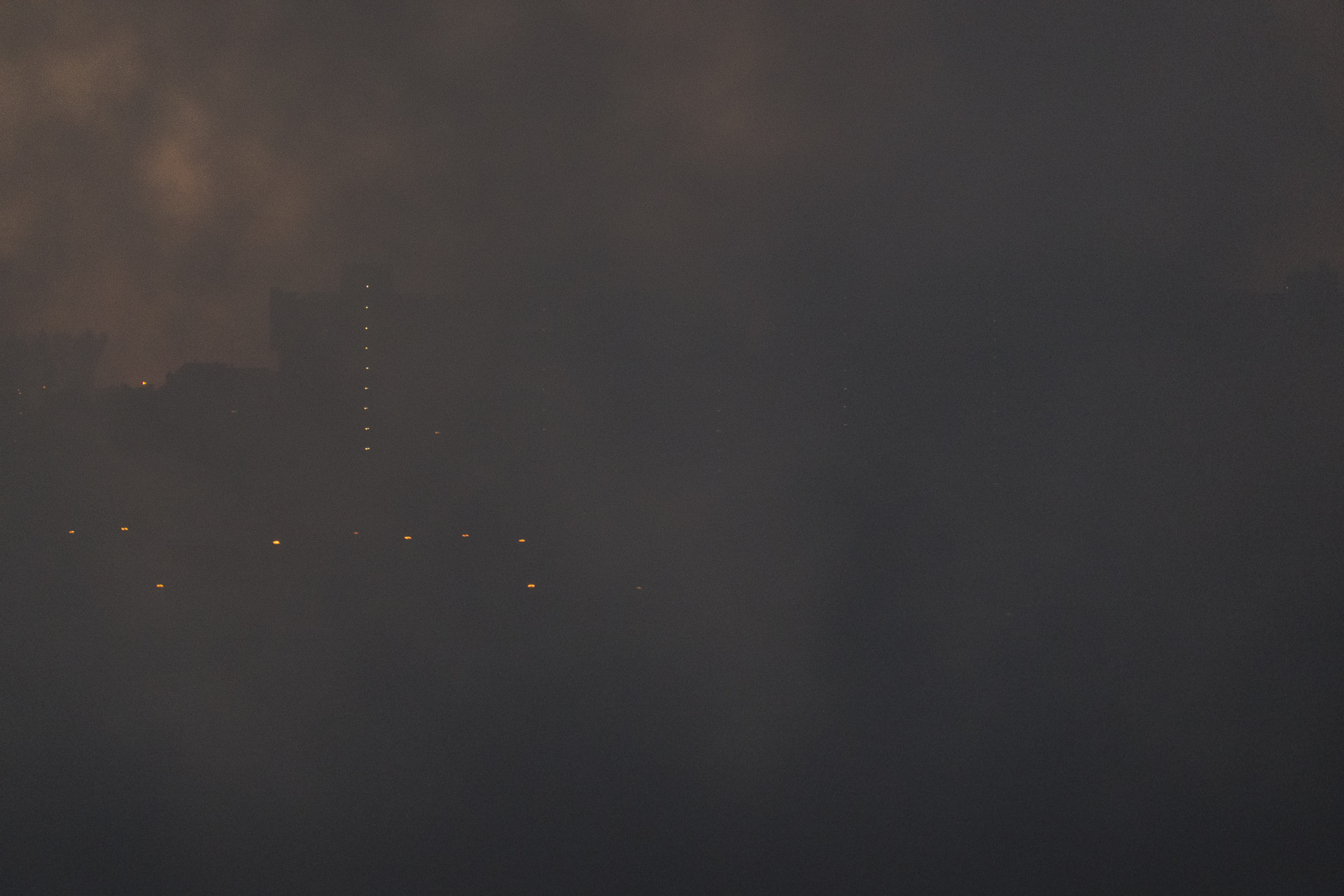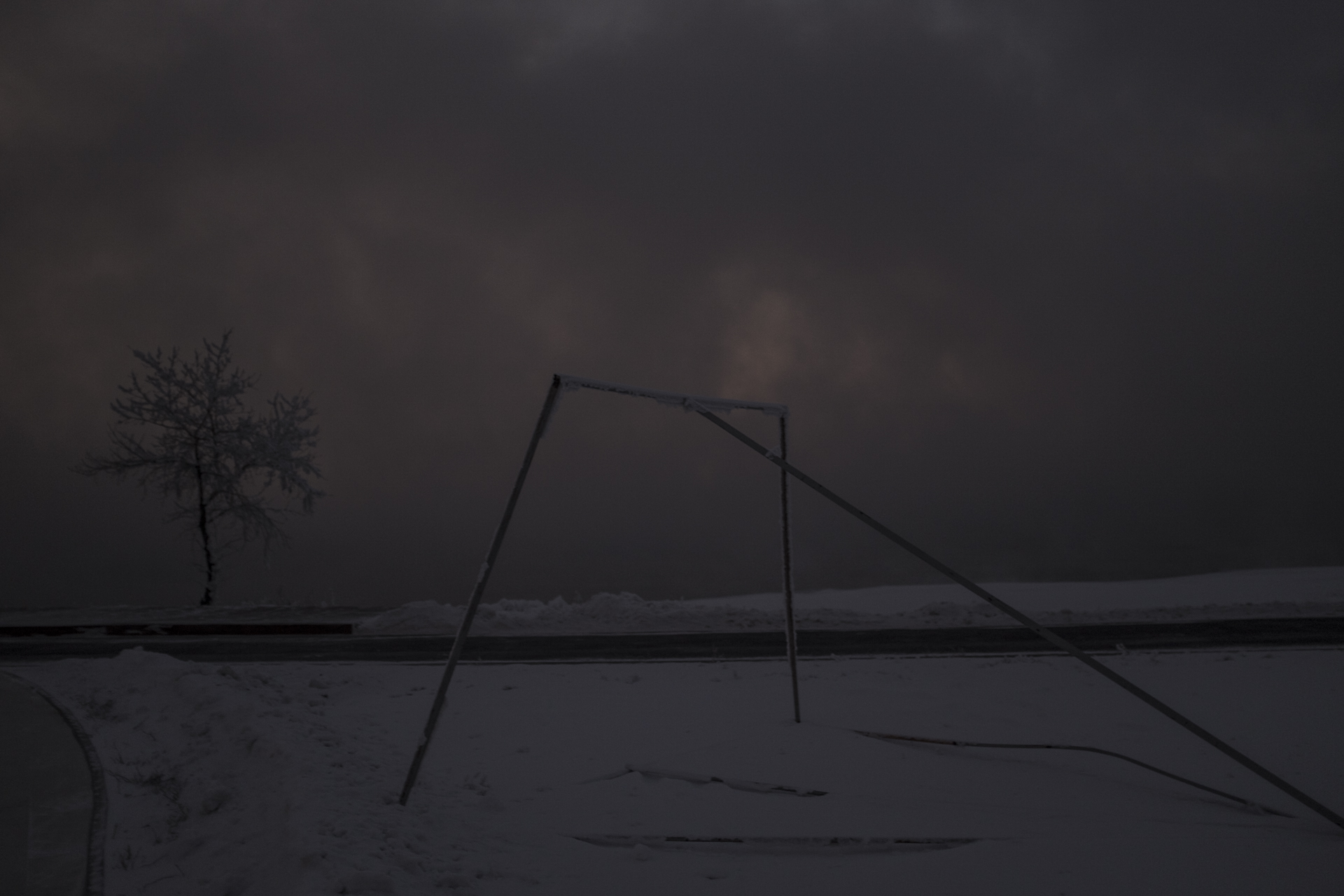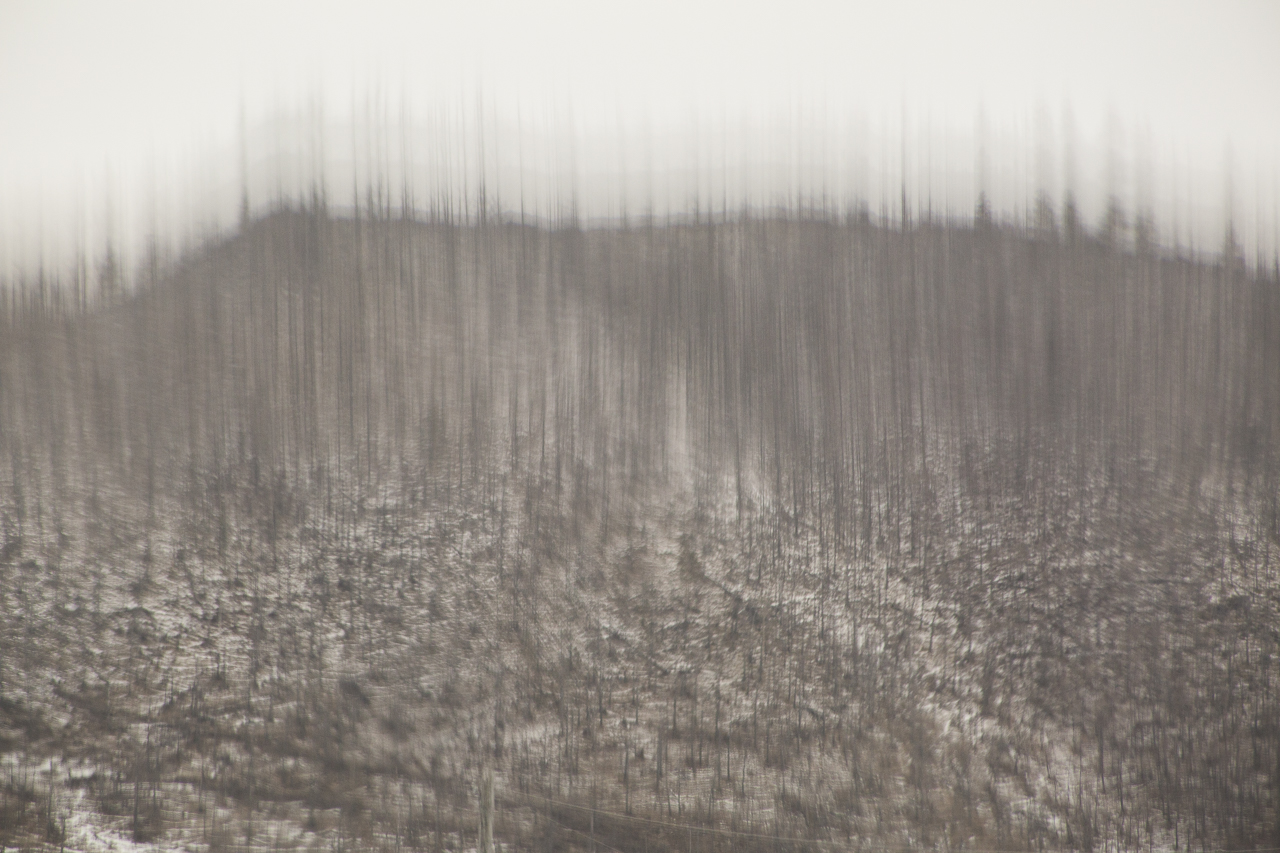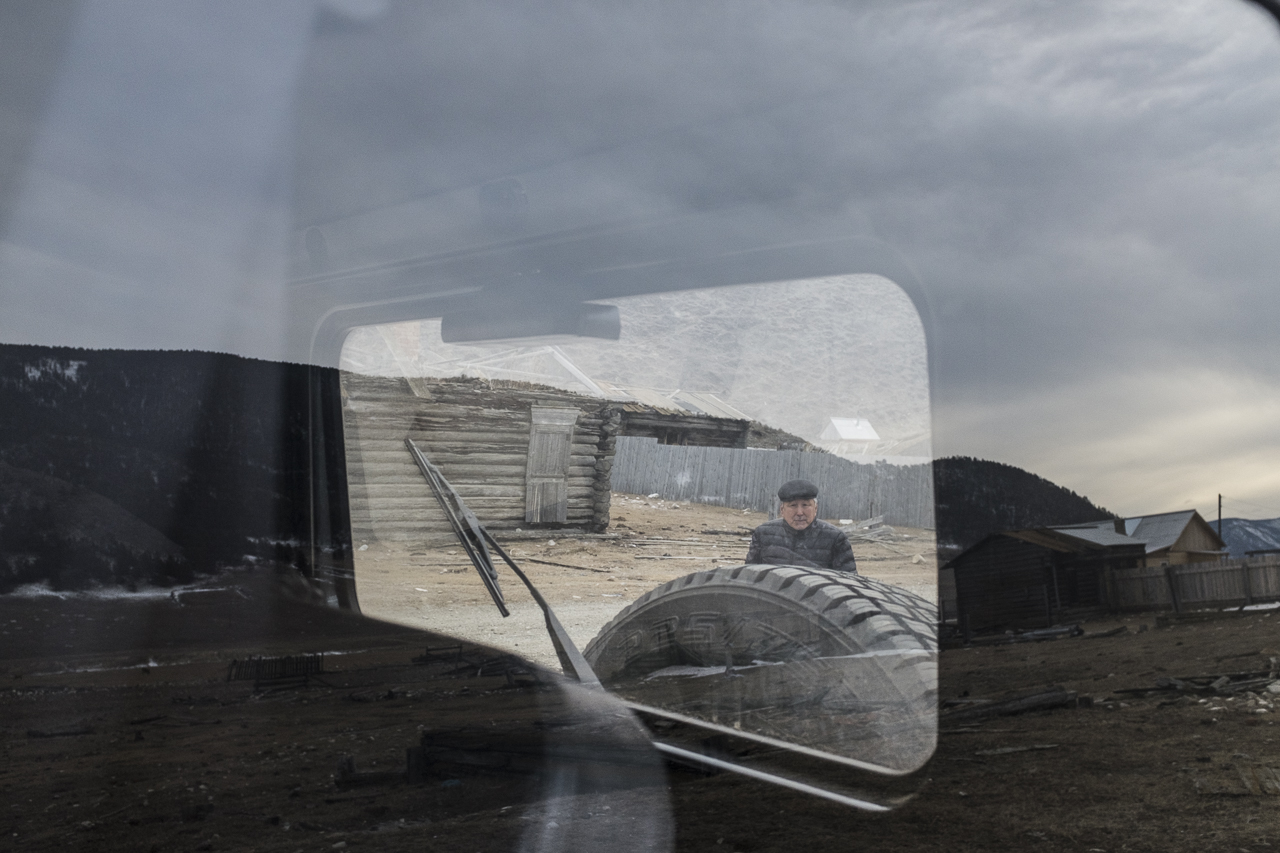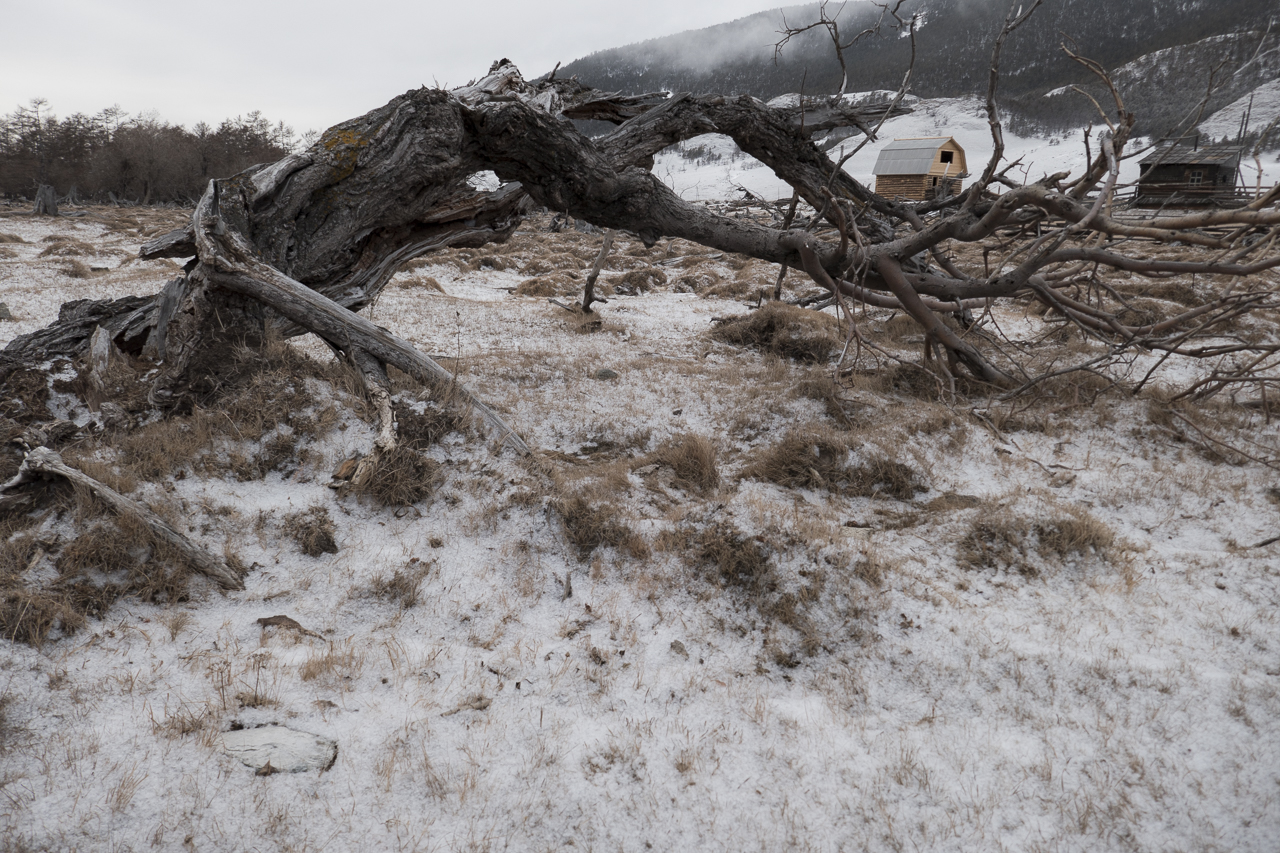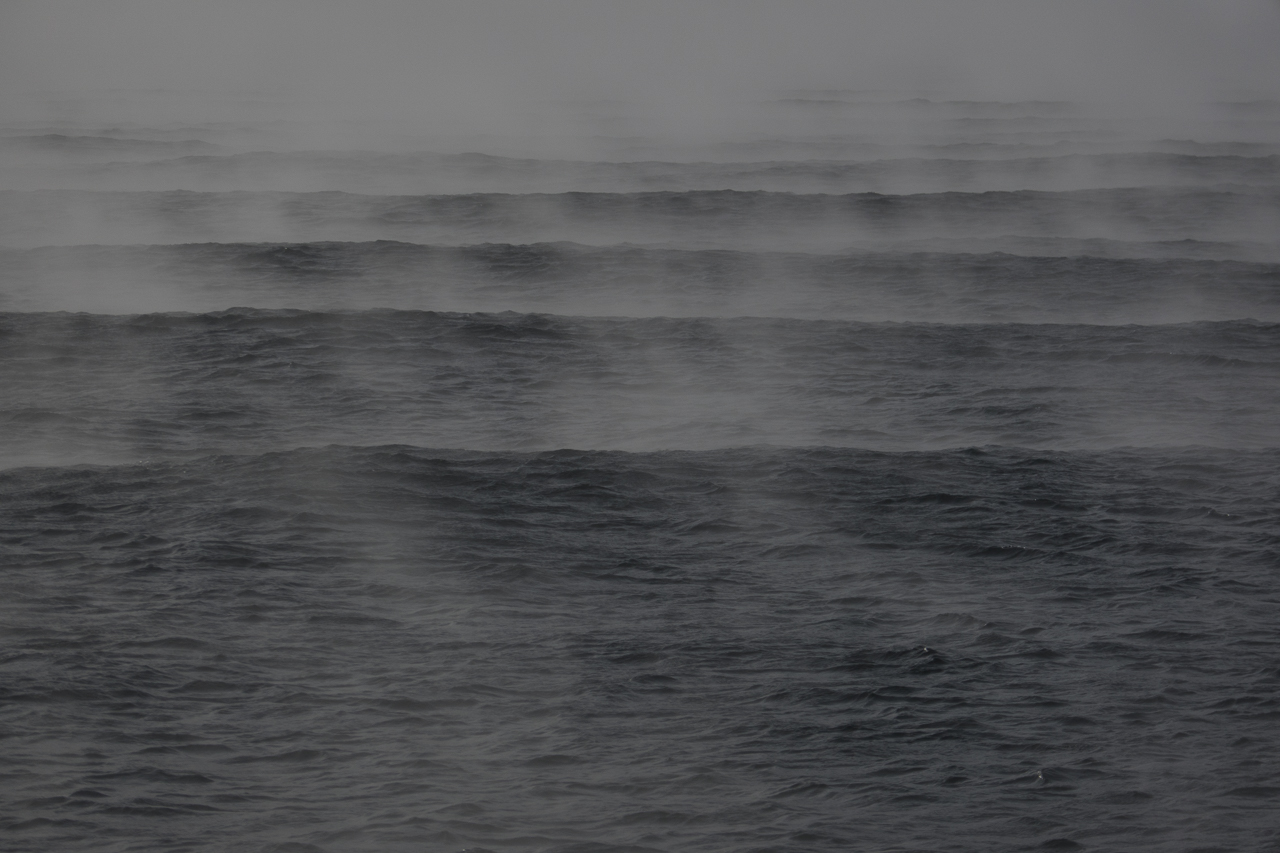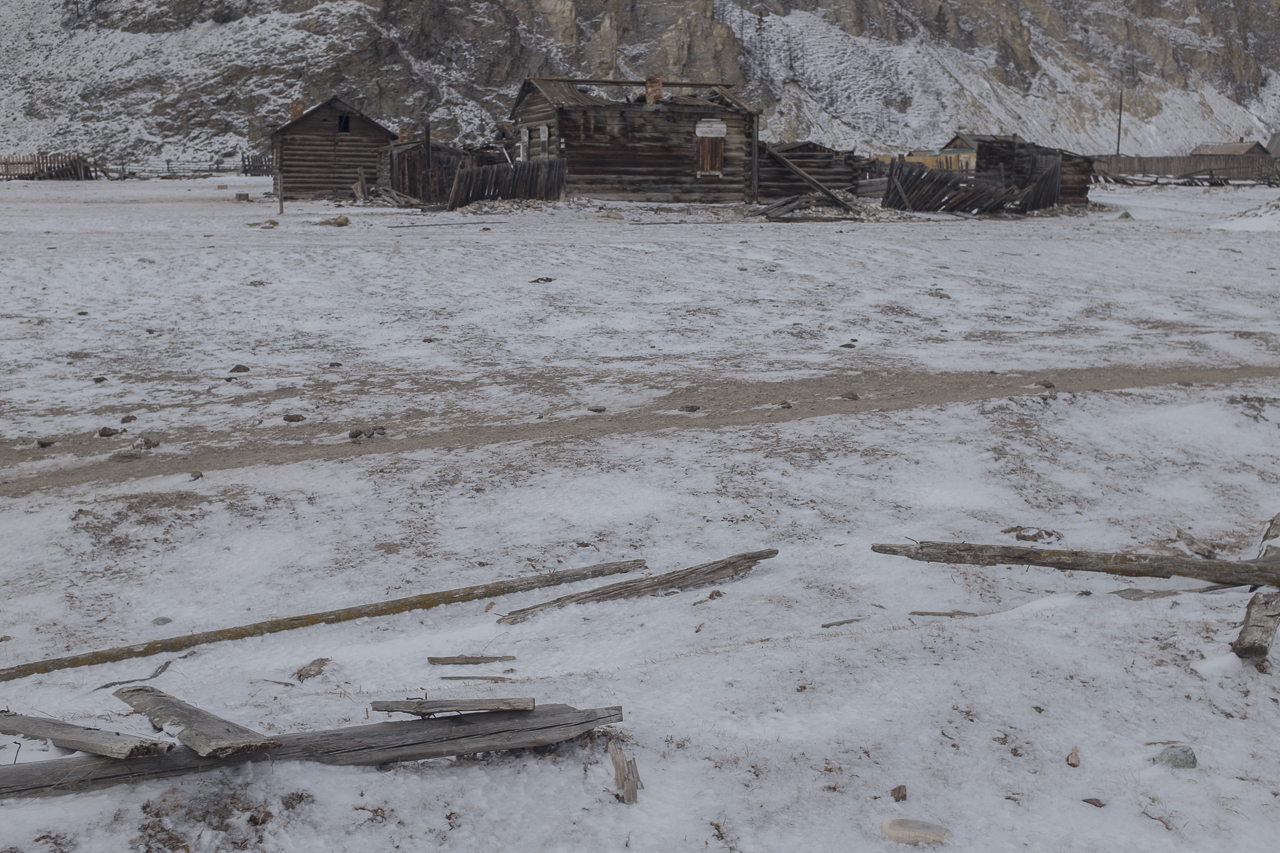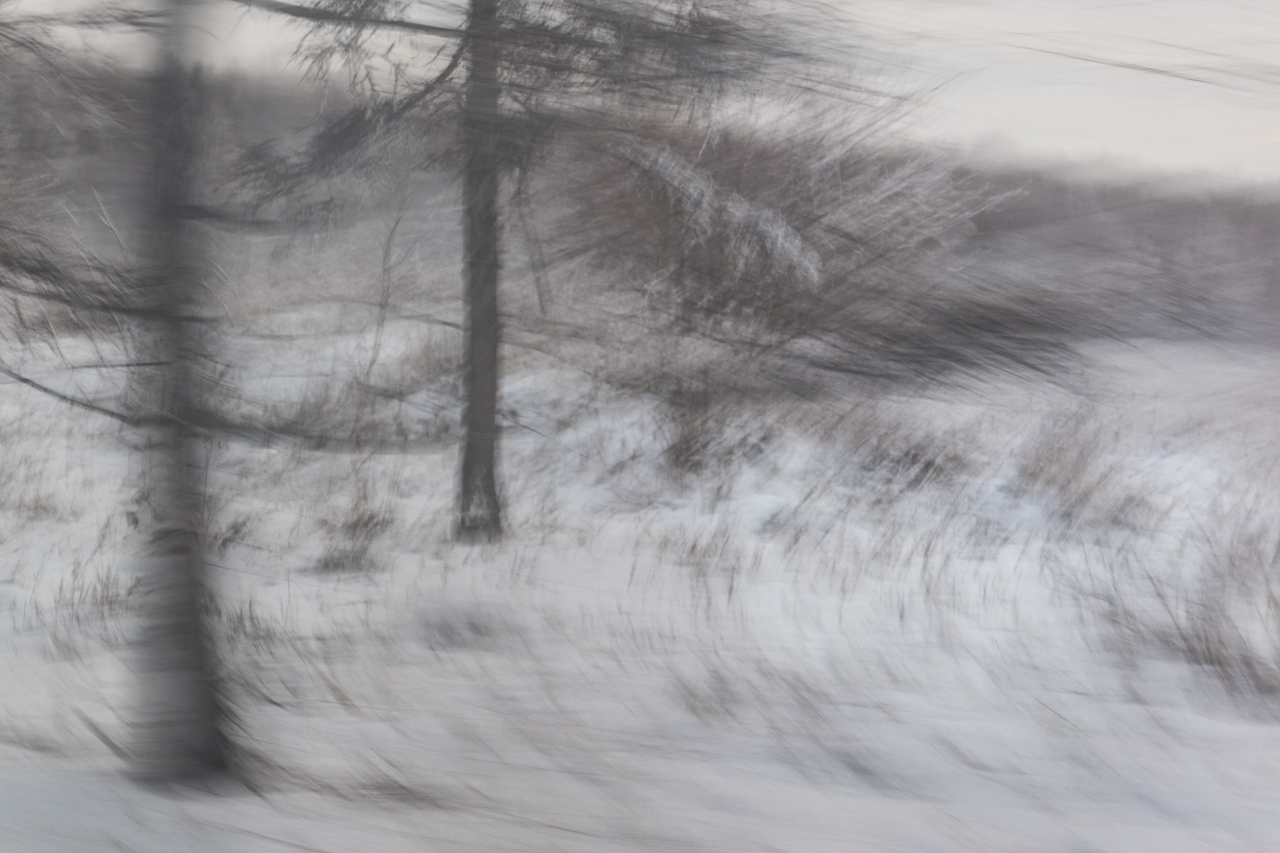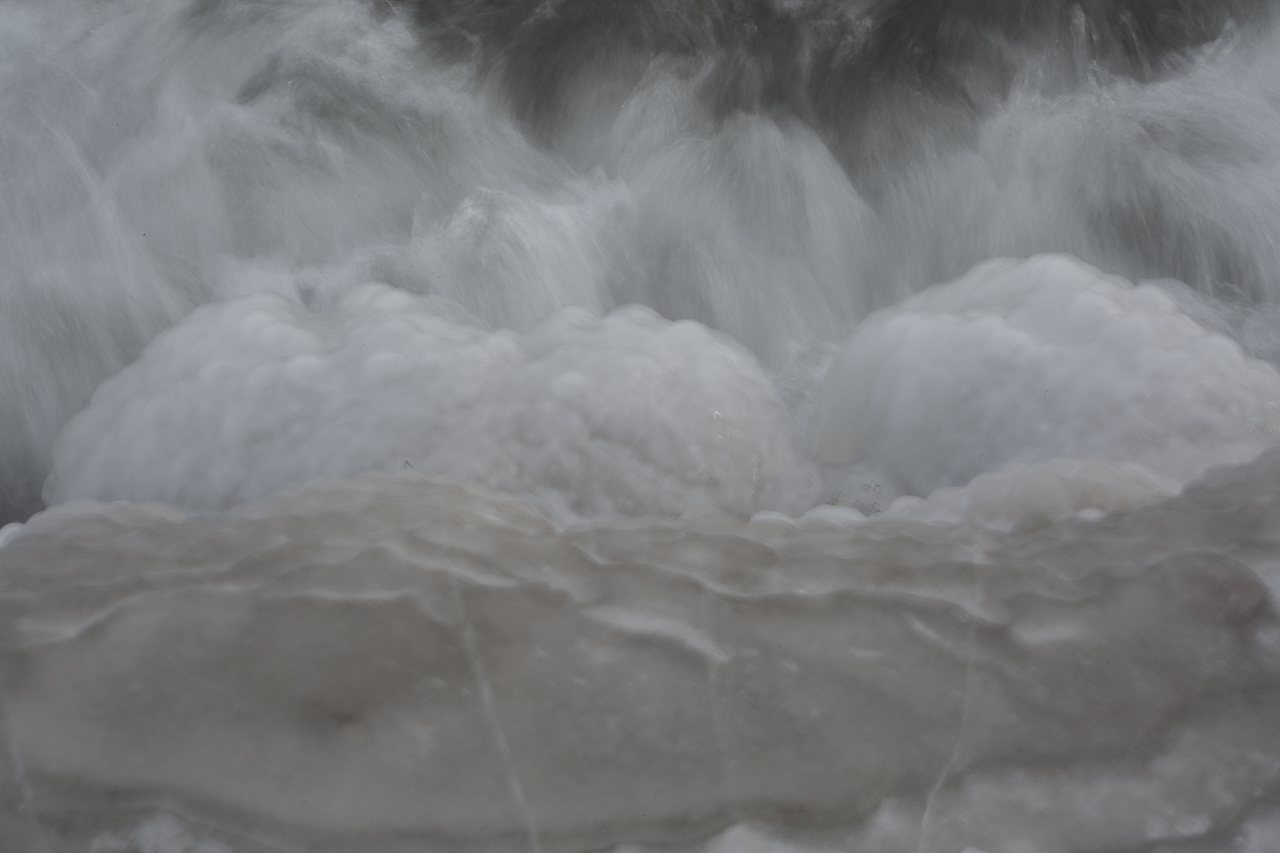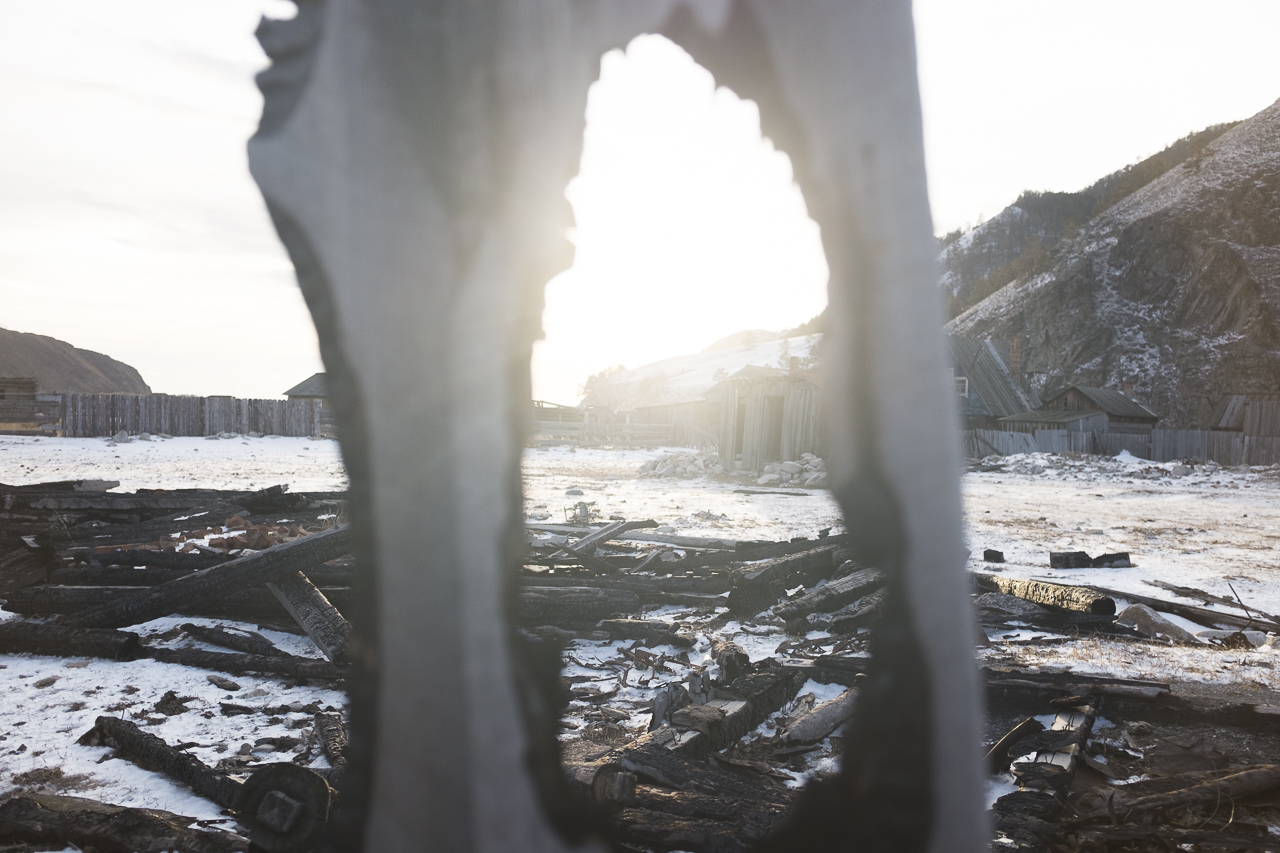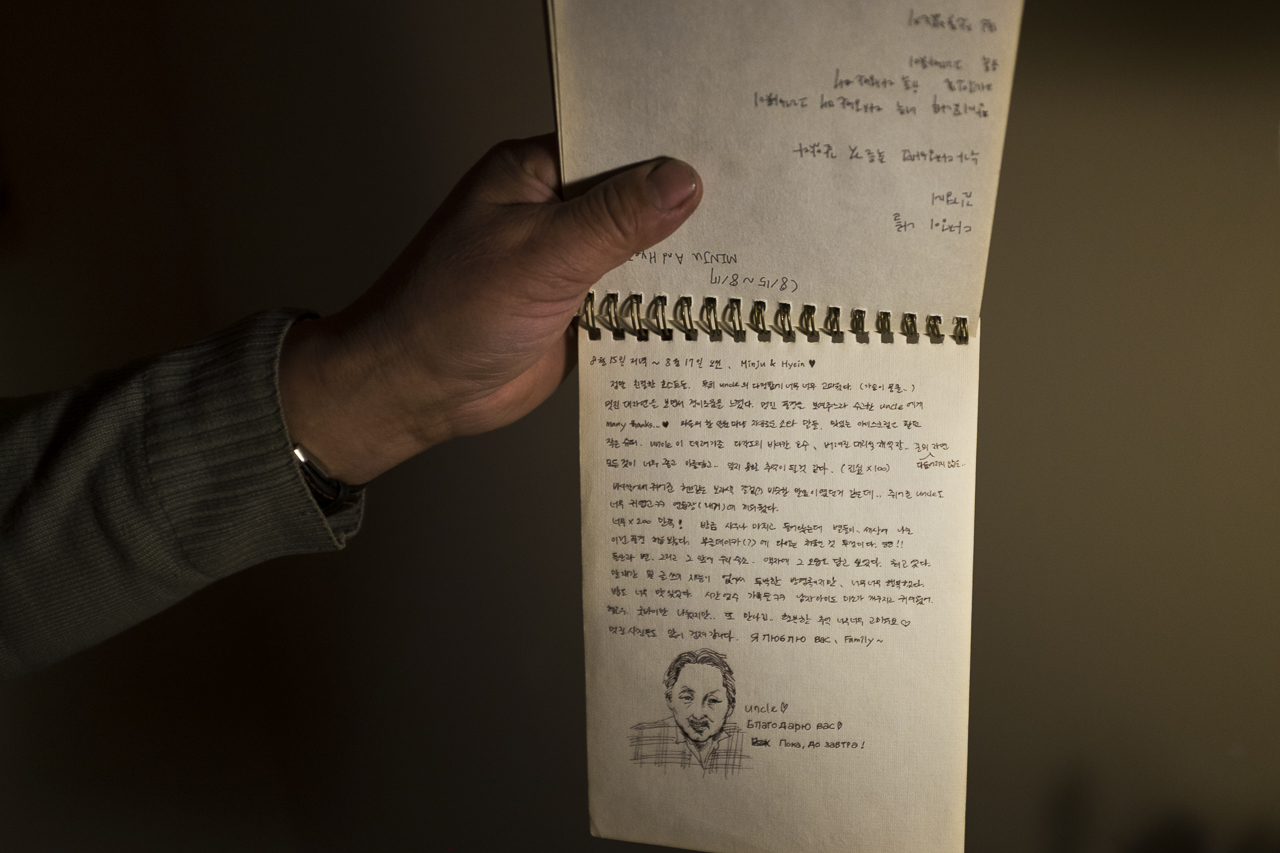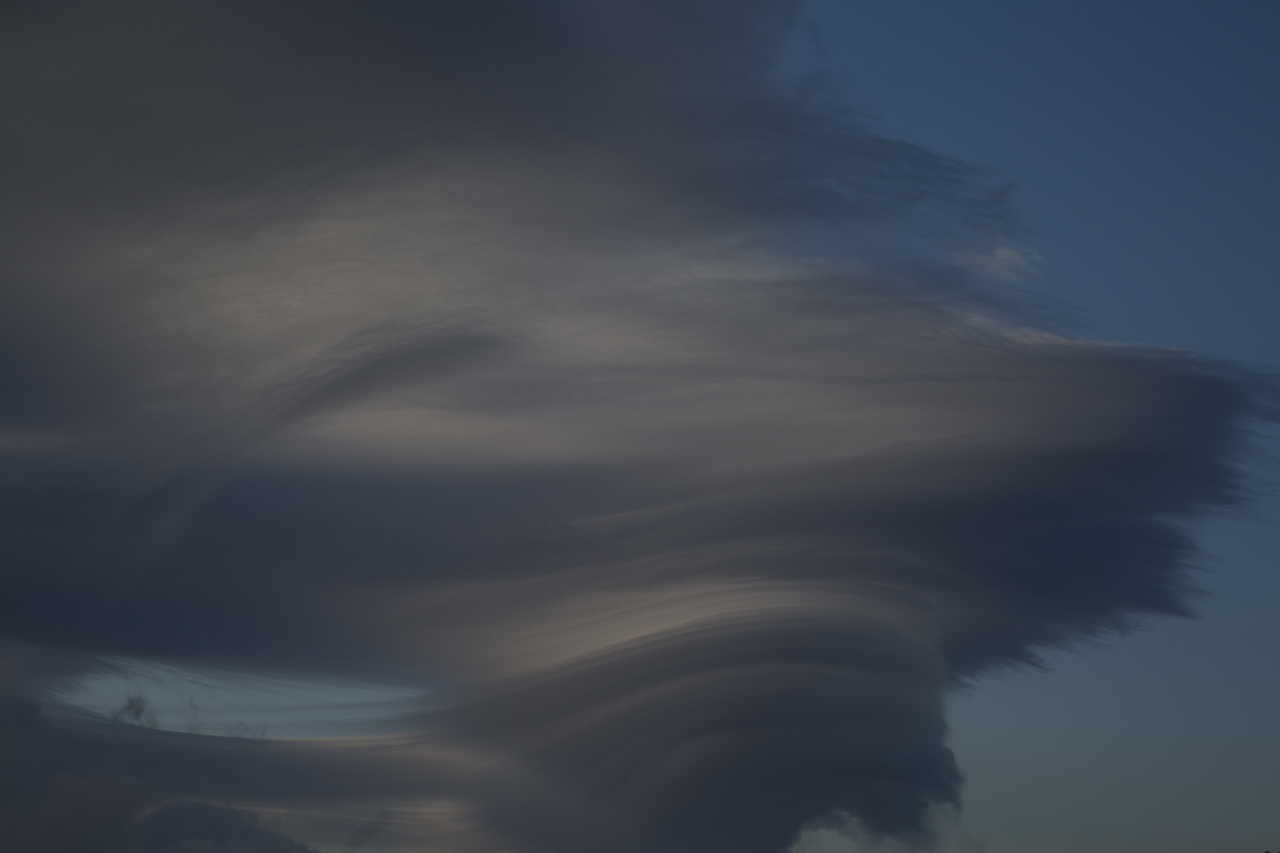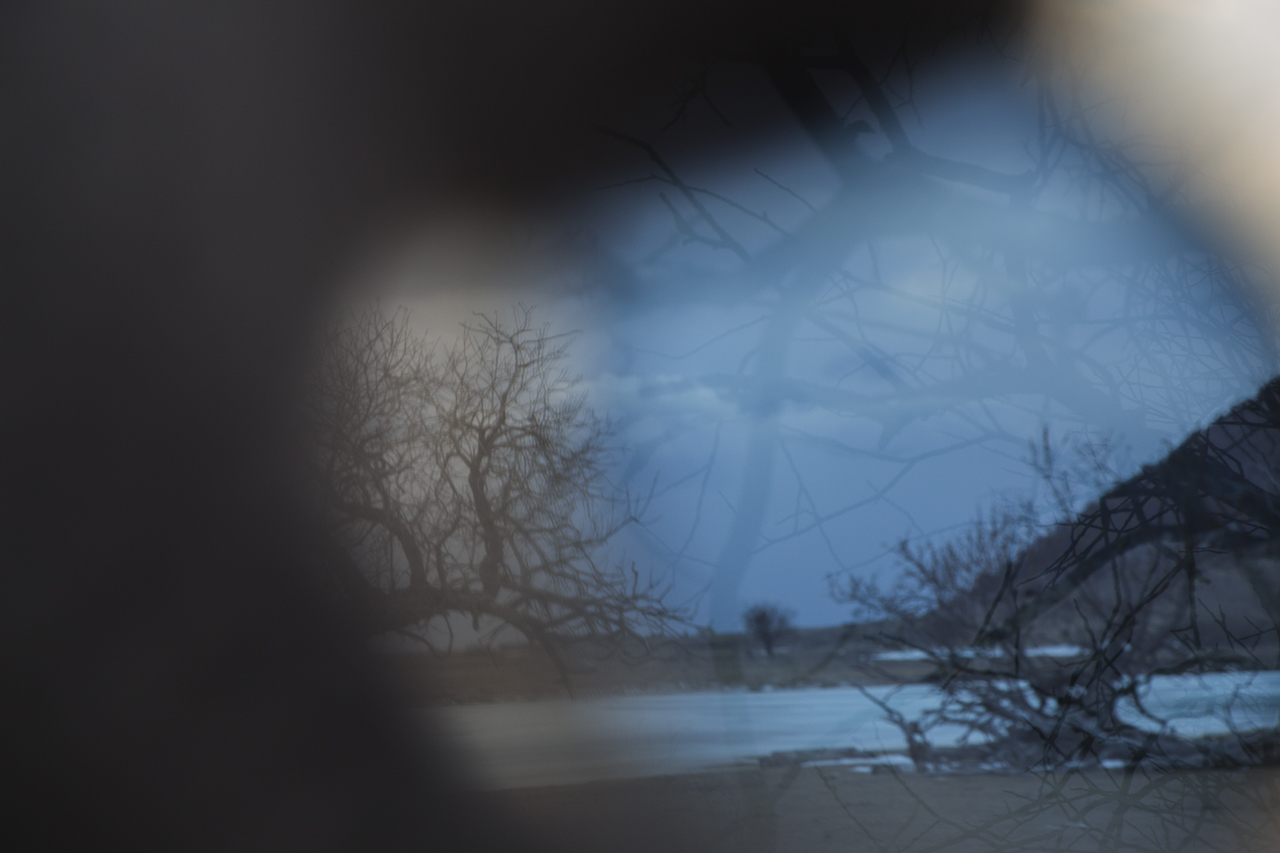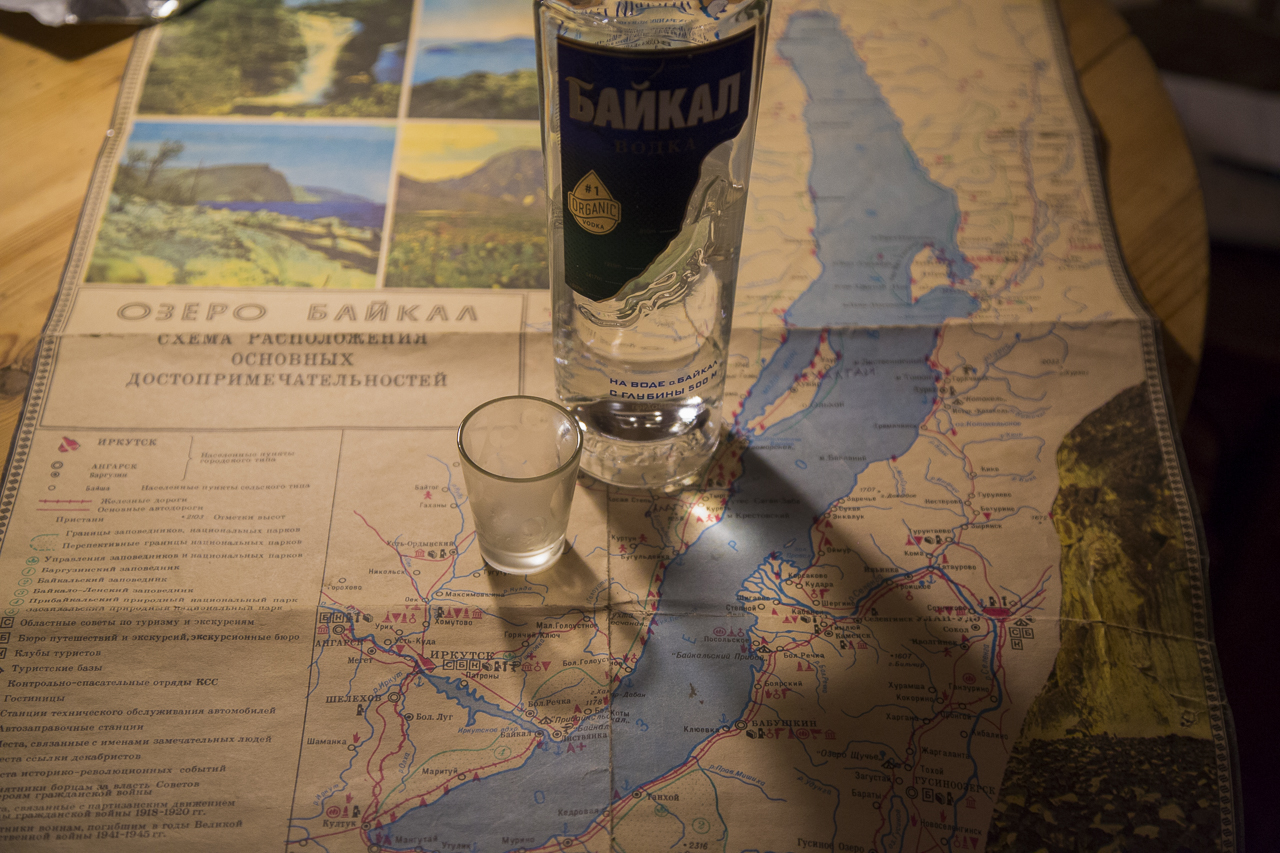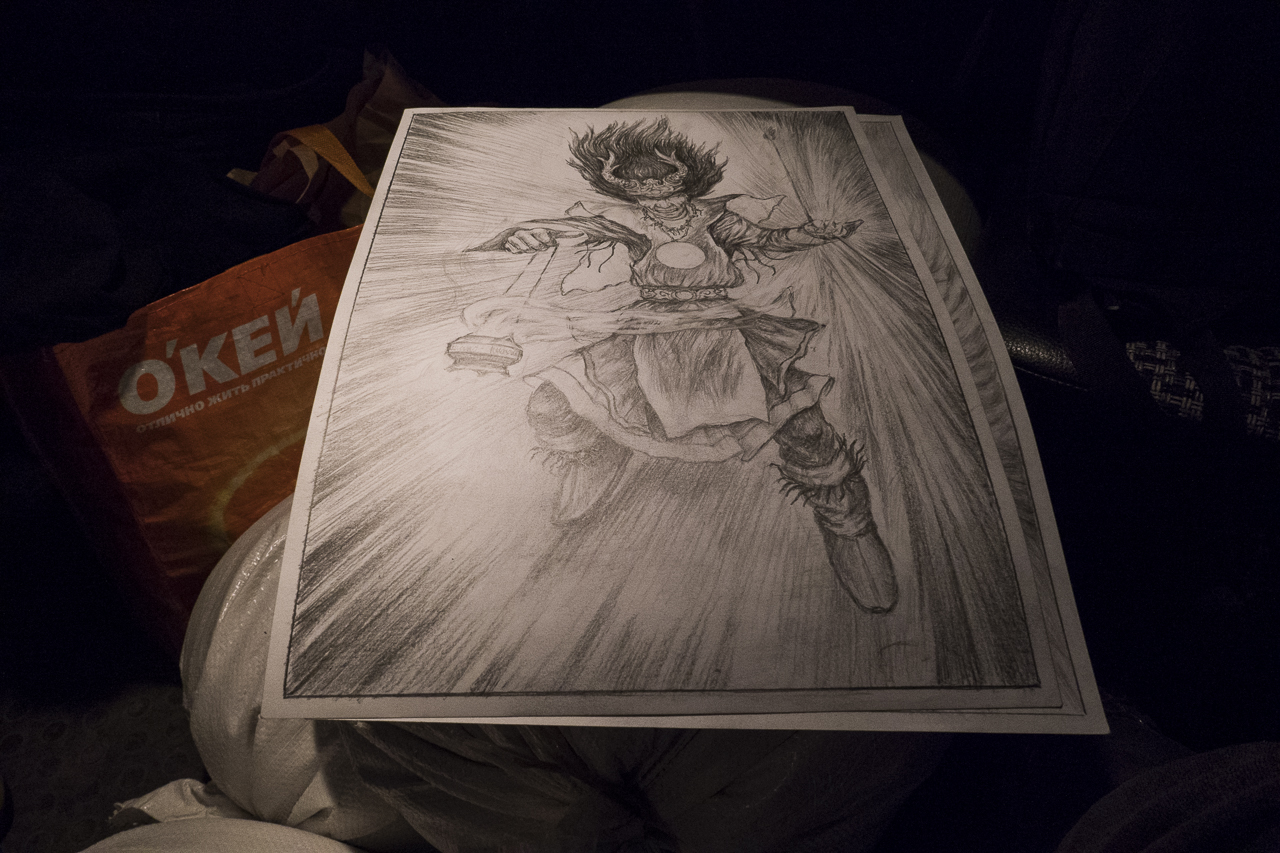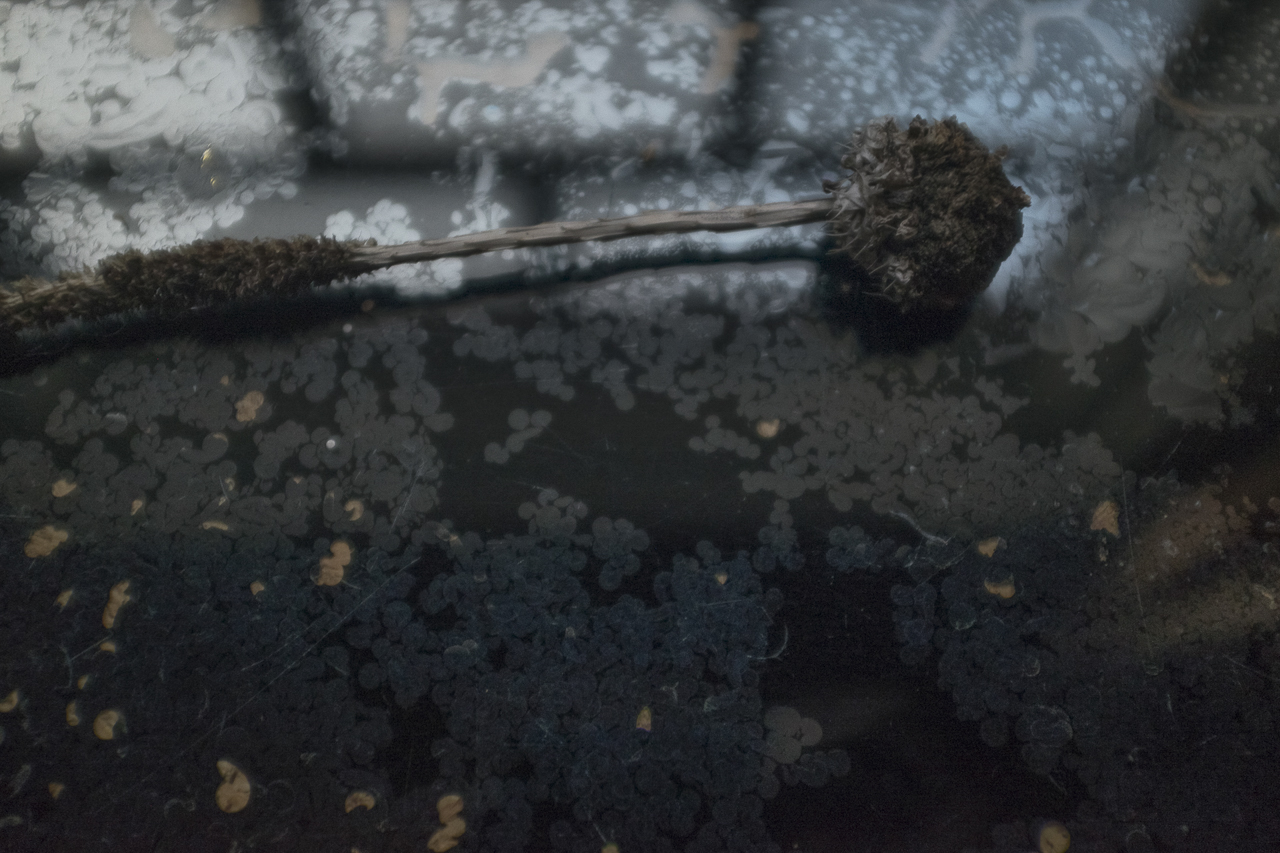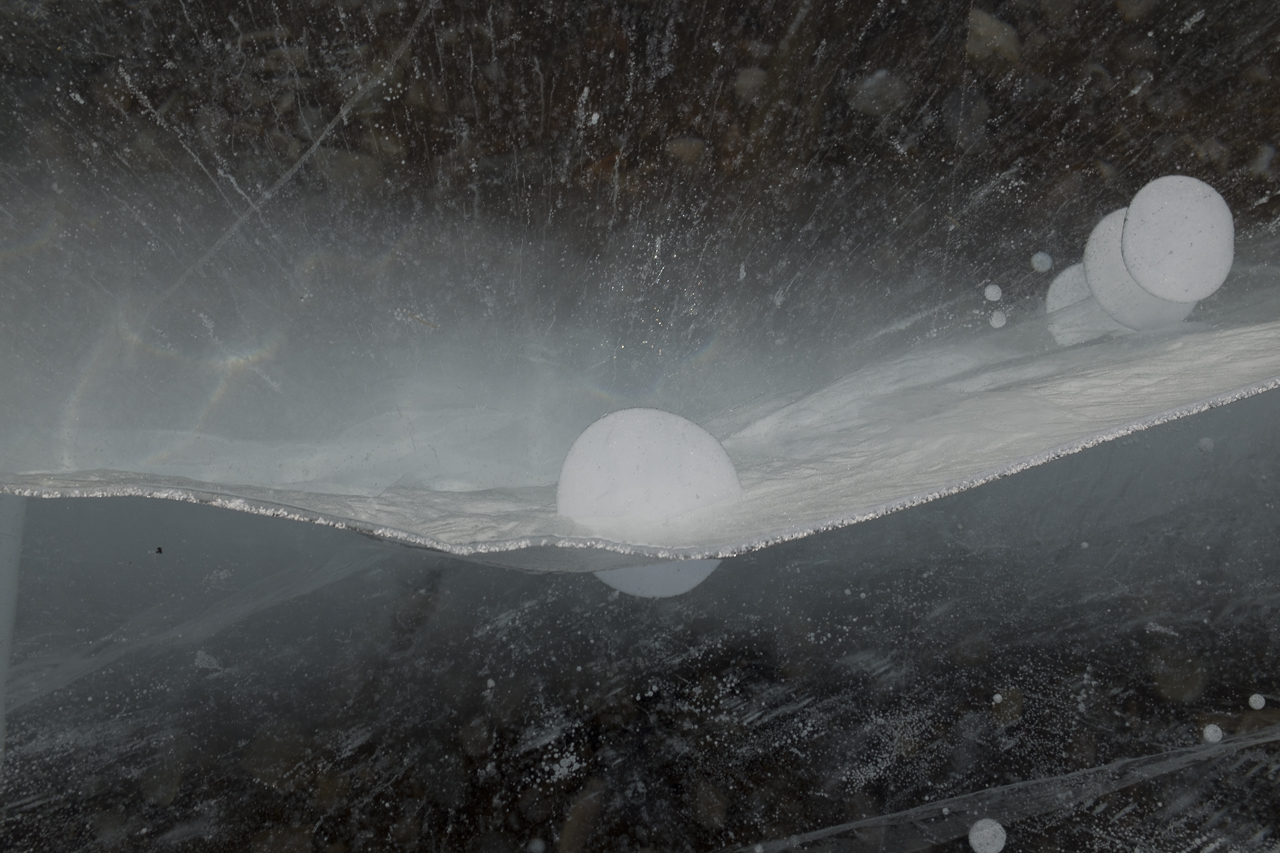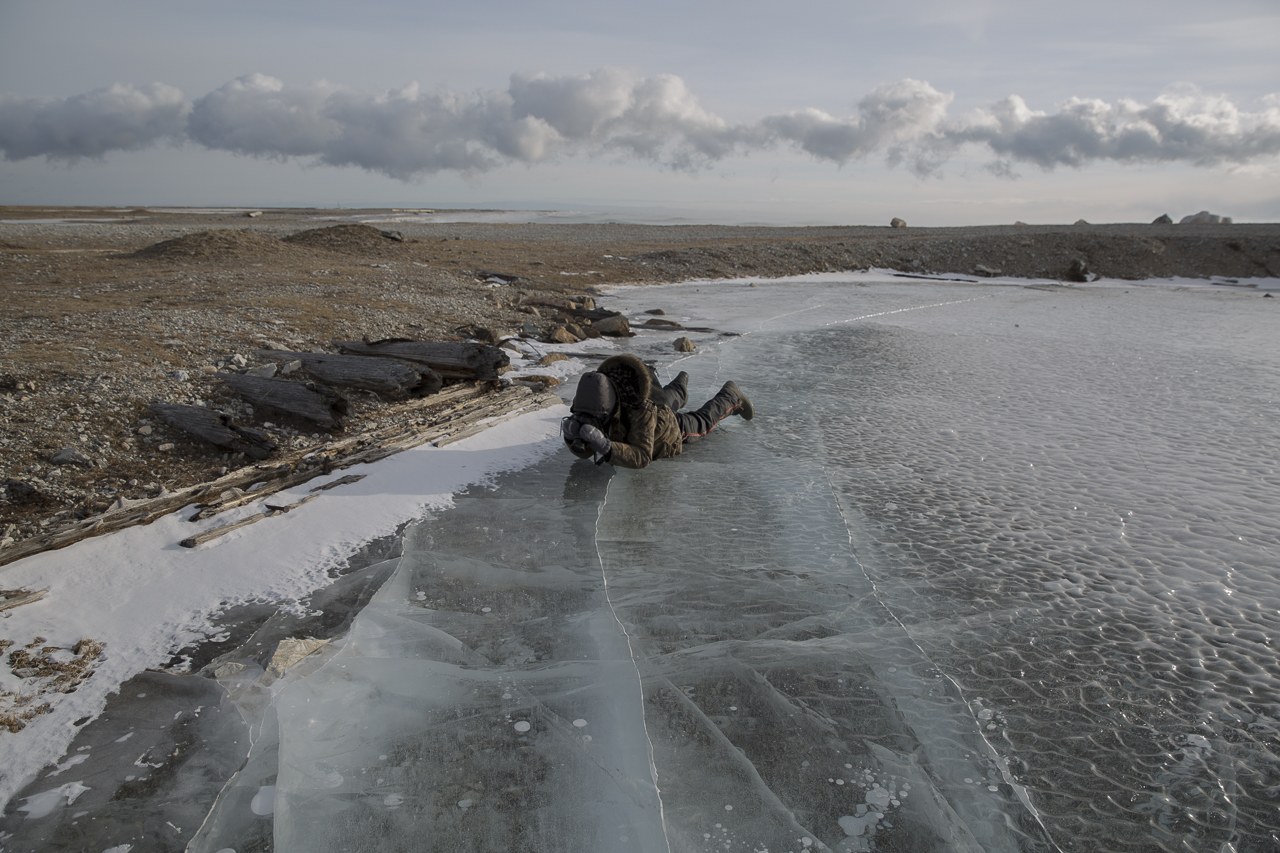New work by Valery Kondakov / Новая работа Валерия Кондакова
85 cm х 44 cm х 6 cm. Photograph by Valery Kondakov / Фото Валерия Кондакова.
Valery Kondakov, a professional artist who lives and works in Nizhneangarsk, a remote town at the northernmost point of Lake Baikal in eastern Siberia, is a regular contributor to Atlantika Collective. His prolific and diverse artwork includes painting, graphics, sculpture, decorative art, literature, and poetry. It is created under the pseudonym “Evi Enk,” a reference to his indigenous Evenki roots.
Валерий Кондаков, профессиональный художник, живущий и работающий в Нижнеангарске, отдаленном городке на самой северной точке озера Байкал в Восточной Сибири, является постоянным сотрудником Коллектива Атлантика. Его плодовитые и разнообразные произведения искусства включают живопись, графику, скульптуру, декоративное искусство, литературу и поэзию. Он создан под псевдонимом «Эви Энк», отсылка к его коренным эвенкийским корням.
90 cm х 32 cm х 6 cm. Photograph by Valery Kondakov / Фото Валерия Кондакова.
In this post, Kondakov introduces us to his new body of work titled “Human Nature: Seers from the Upper World.” In describing the new pieces, he writes simply, “We create because our brains create it. But then who is he - the creator of our brain? And why then do we create? Seers from the Upper World can answer many questions with signs that they send us while we are still human.”
В этом посте Кондаков знакомит нас со своей новой работой под названием «Природа человека: Провидцы из Верхнего Мира». Описывая новые произведения, он просто пишет: «Мы создаём потому, что это создаёт наш мозг. Но тогда кто есть он, - создатель нашего мозга? И для чего тогда мы создаём? На многие вопросы могут ответить Провидцы из Верхнего Мира знаками, которые они нам присылают, пока мы ещё люди.».
8 7 cm х 42 cm х 5 cm. Photograph by Valery Kondakov / Фото Валерия Кондакова.
Russian anthropologist Anna Sirina has studied and written about Kondakov’s work. Among other things, she emphasizes his place in the movement known as “neoarchaicism,” an artistic direction “formed in Siberian art of the late 20th to early 21st century, based on the artists' appeal to the archaeological heritage, myth and ethnic roots of the peoples of Siberia.”
Русский антрополог Анна Сирина изучала и писала о работе Кондакова. Среди прочего, она подчеркивает его место в движении, известном как «неоархаизм», художественном направлении, «сформированном в сибирском искусстве конца XX - начала XXI века на основе обращения художников к археологическому наследию, мифам и этническим корням народов Сибири».
89 cm х47 cm х 7 cm. Photograph by Valery Kondakov / Фото Валерия Кондакова.
But she goes on to clarify that Kondakov uses his attachment to images of ethnic cultures in a decisively modern way. “For Valery Kondakov,” she writes, “it has become a kind of carte blanche, which allows us to talk about modern problems of society, express our point of view on the modern world and the processes of rapid cultural change and globalization taking place in it, using traditional images, symbols, colors inherent in Evenk culture, but in a rethought, revised form.”
Но далее она поясняет, что Кондаков решительно современно использует свою привязанность к изображениям этнических культур. «Она стала для Валерия Кондакова своего рода carte blanshe, которая позволяет говорить о современных проблемах общества, высказывать свою точку зрения на современный мир но в переосмысленном, переработанном виде».
89 cm х 38 cm х 6 cm. Photograph by Valery Kondakov / Фото Валерия Кондакова.
The harsh Siberian winter is already intruding in Nizhneangarsk, where Kondakov lives a reclusive lifestyle, and in the last few days, he was forced to pause and move from his summer studio into his winter studio. But his nonstop quest will soon continue.
Суровая сибирская зима уже вторгается в Нижнеангарск, где Кондаков ведет затворнический образ жизни, и в последние дни он был вынужден сделать паузу и переехать из летней студии в зимнюю. Но его безостановочные поиски скоро продолжатся.
90 cm х 41 cm х 9 cm. Photograph by Valery Kondakov / Фото Валерия Кондакова.
“By all means available to him,” Sirina writes, “the artist is looking for answers to the questions: who am I in the modern world and what is I and where is this world going?” And in answering these questions, he believes we cannot ignore our roots and our ethnicity. And we cannot ignore the natural world, which is a living, breathing entity to which we are all deeply and inextricably connected.
«Любыми доступными ему способами, - пишет Сирина, - художник ищет ответы на вопросы: кто я в современном мире, что я такое и куда этот мир движется?» И, отвечая на эти вопросы, он считает, что мы не можем игнорировать наши корни и нашу этническую принадлежность. И мы также не можем игнорировать природу, которая является живым, дышащим существом, с которым мы все глубоко и неразрывно связаны.
85 cm х42 cm х 7 cm. Photograph by Valery Kondakov / Фото Валерия Кондакова.









